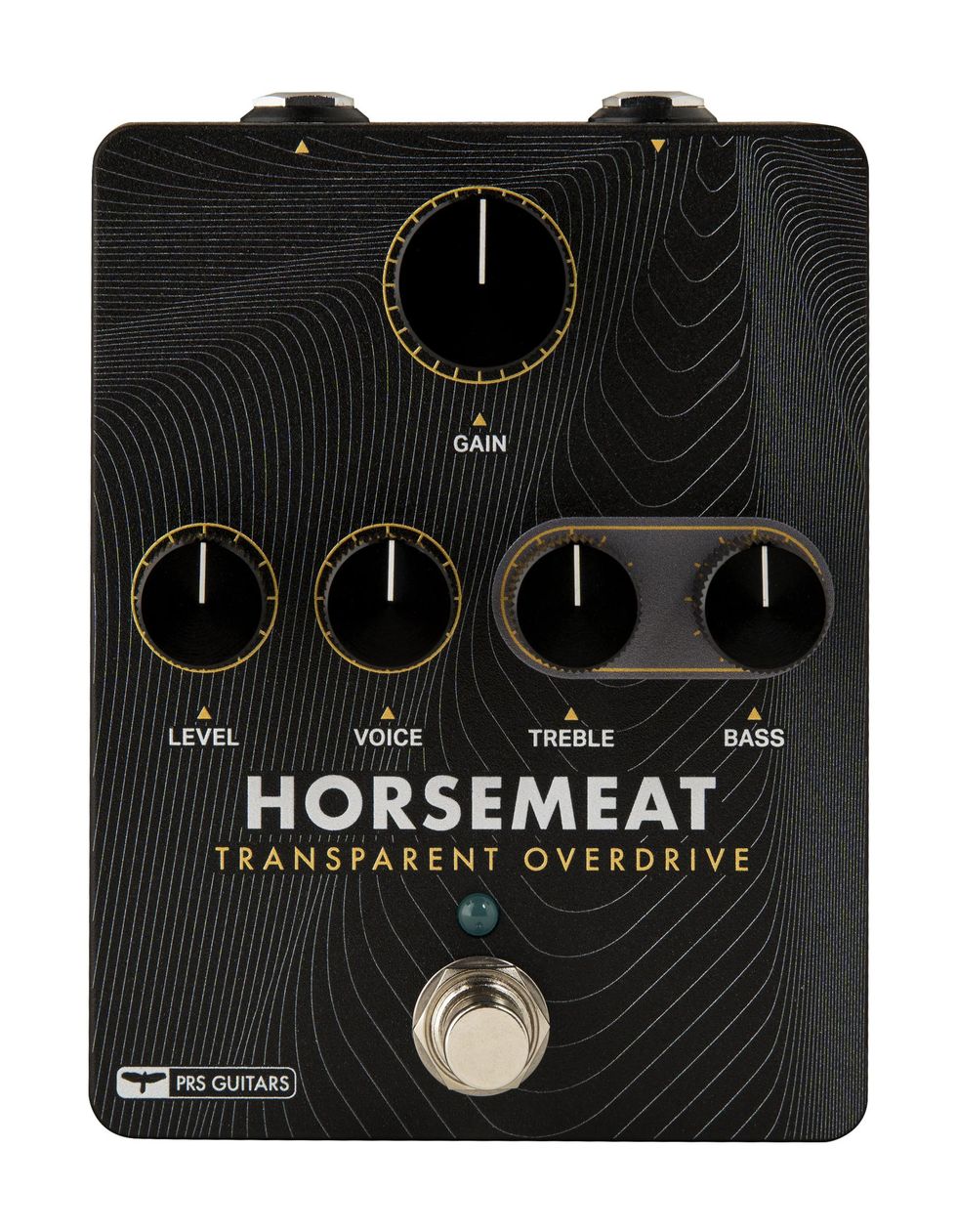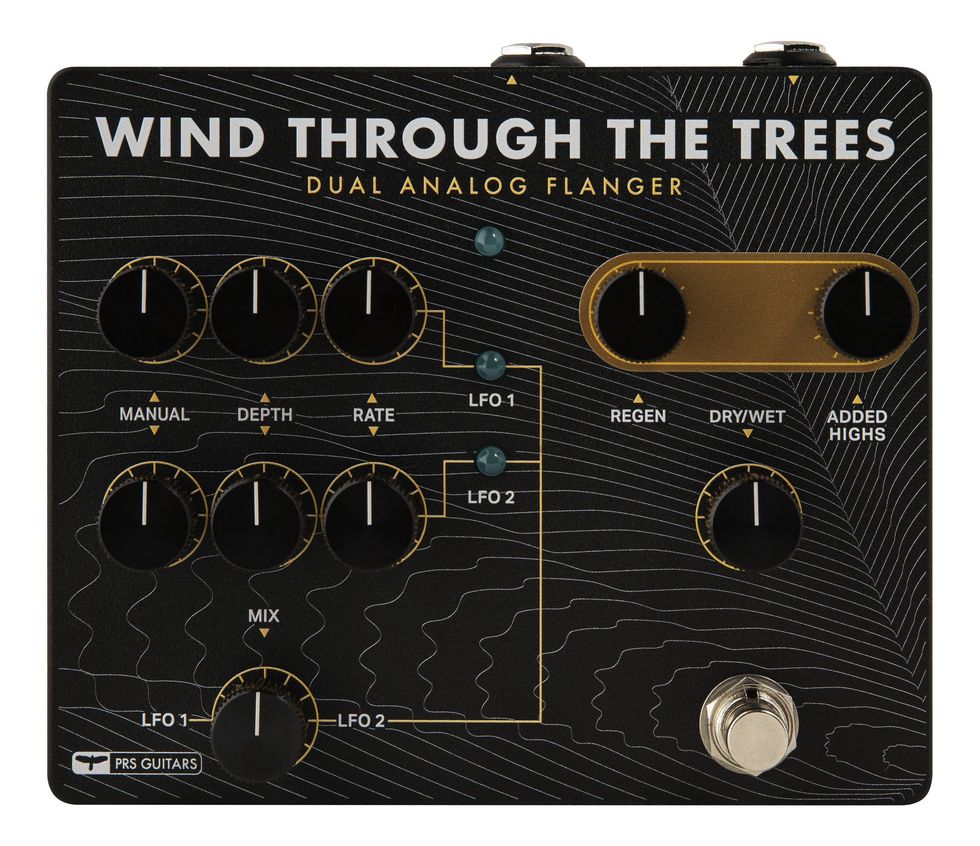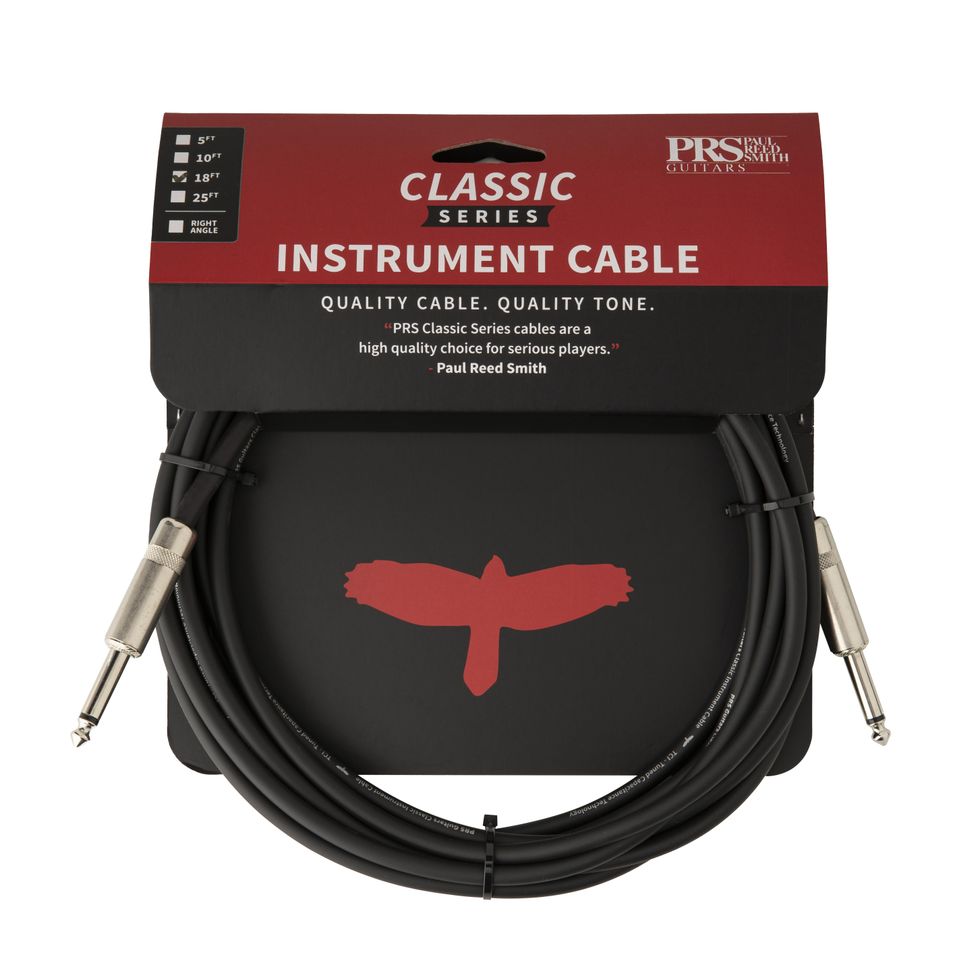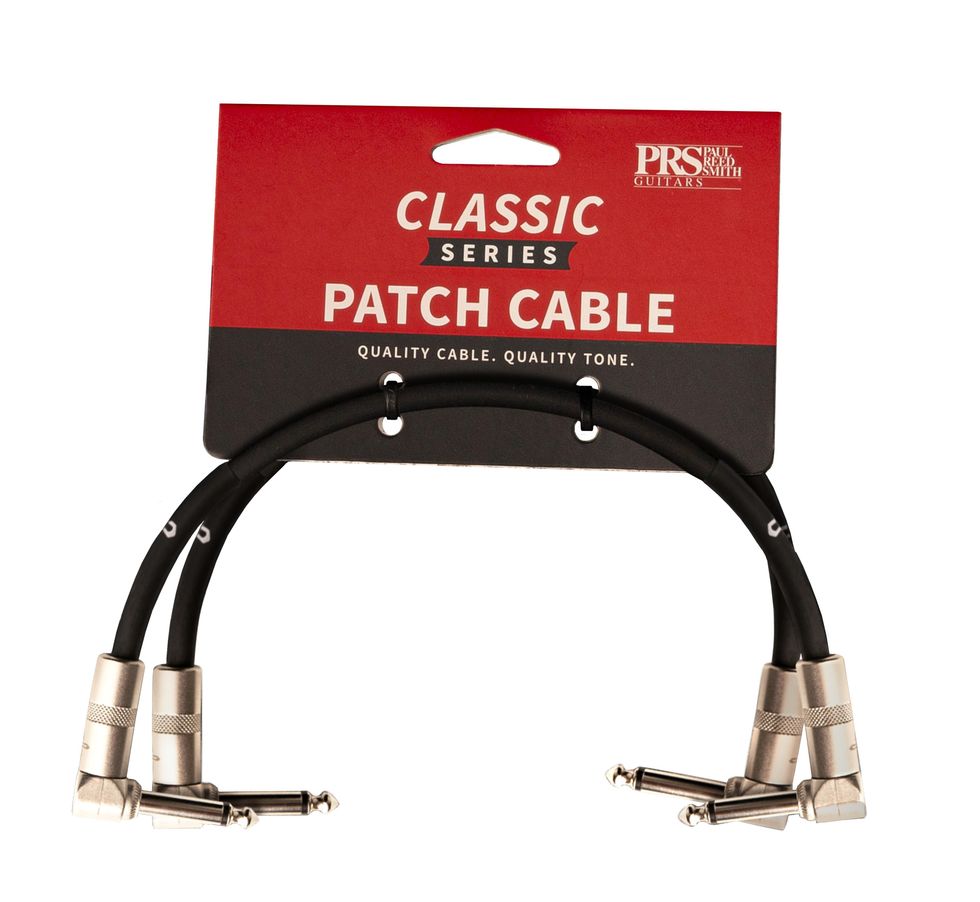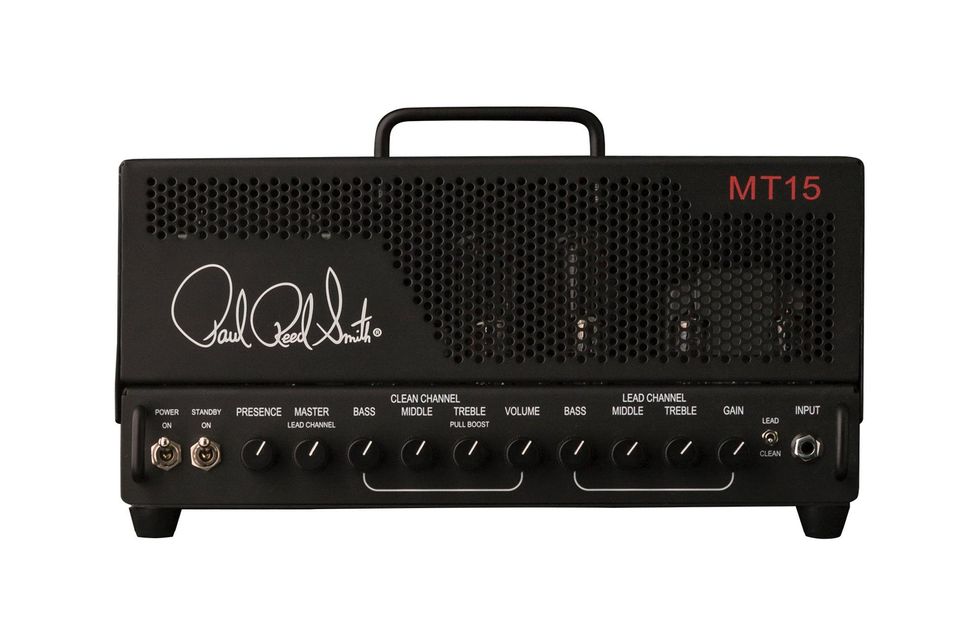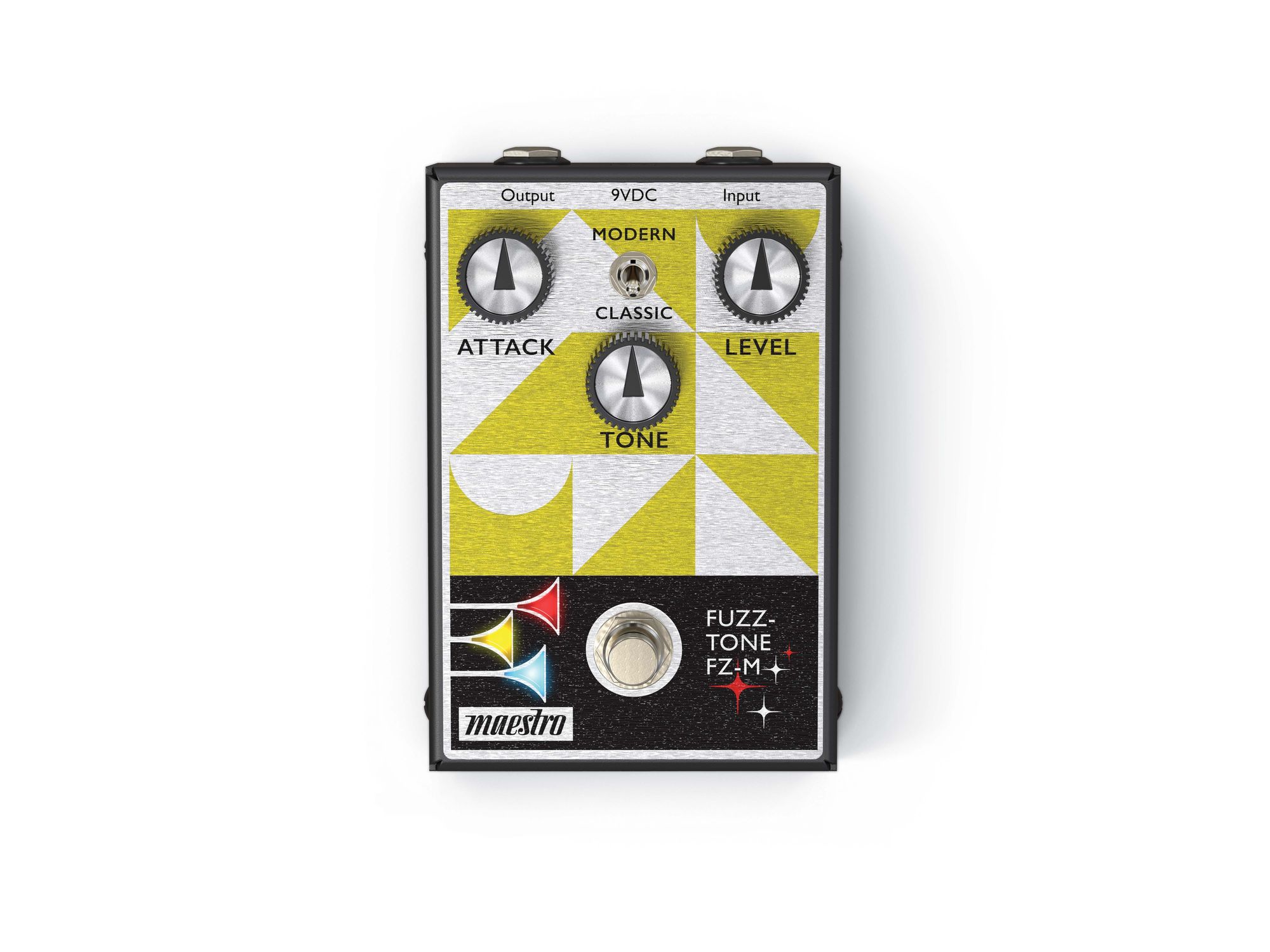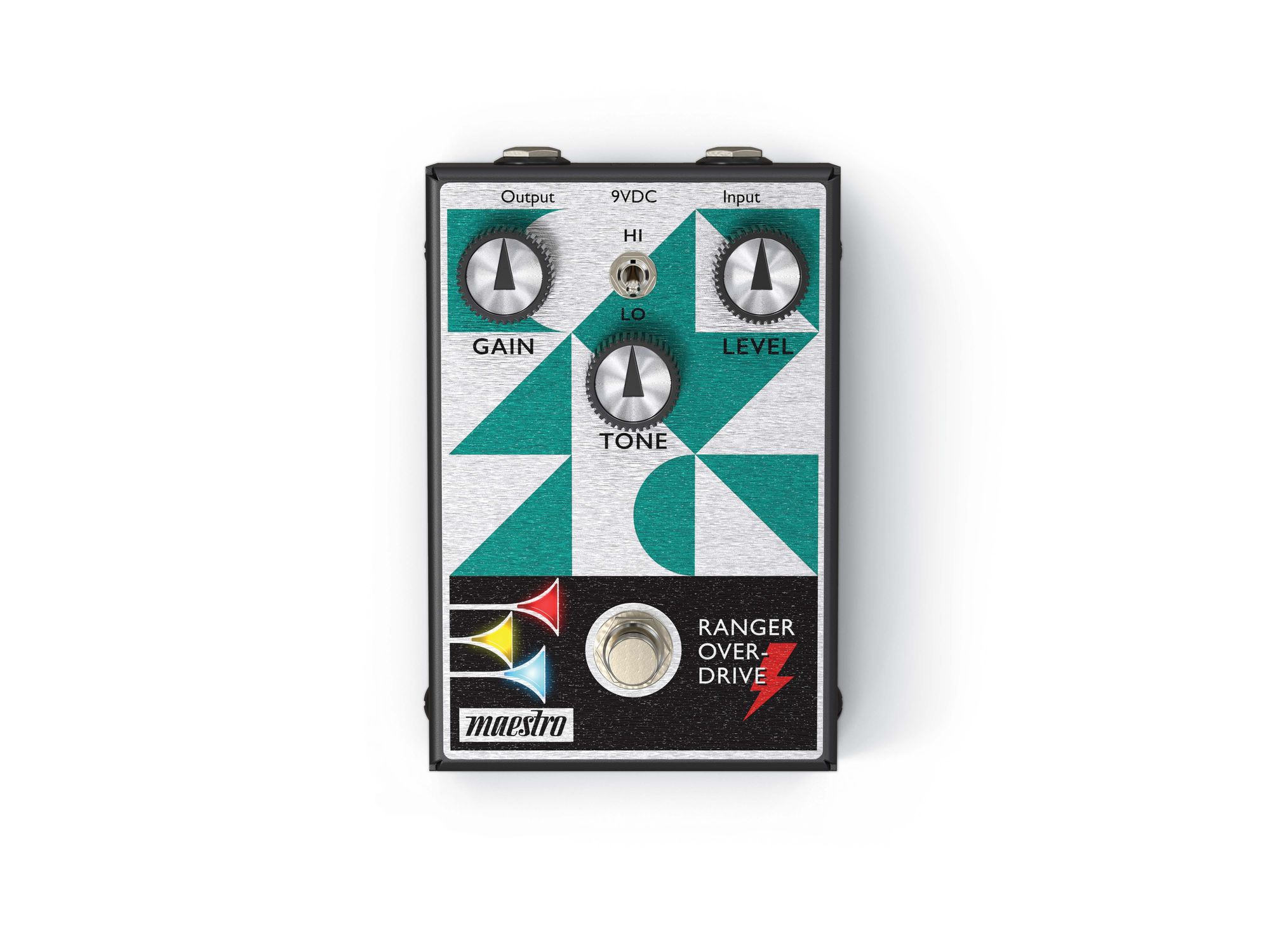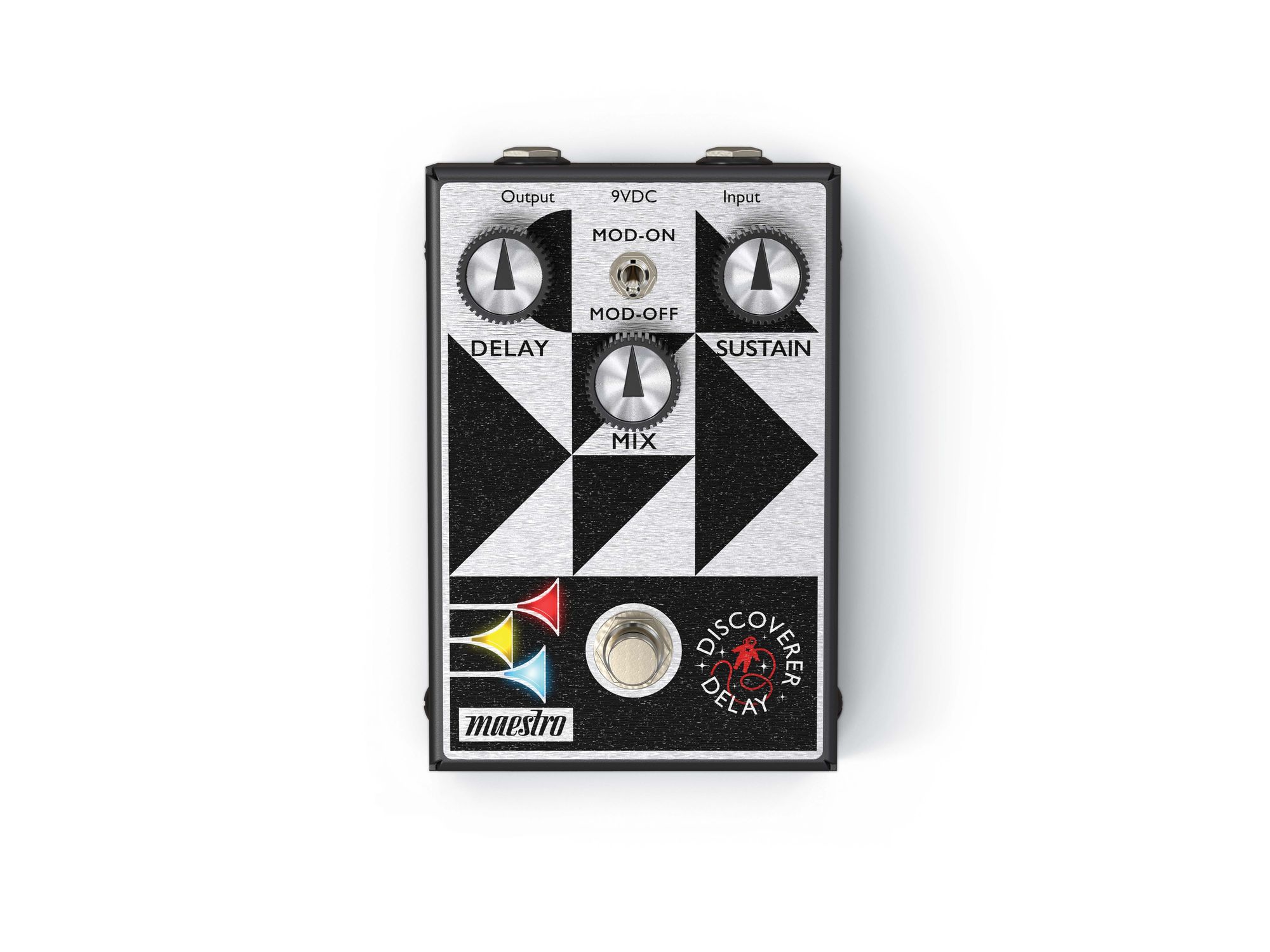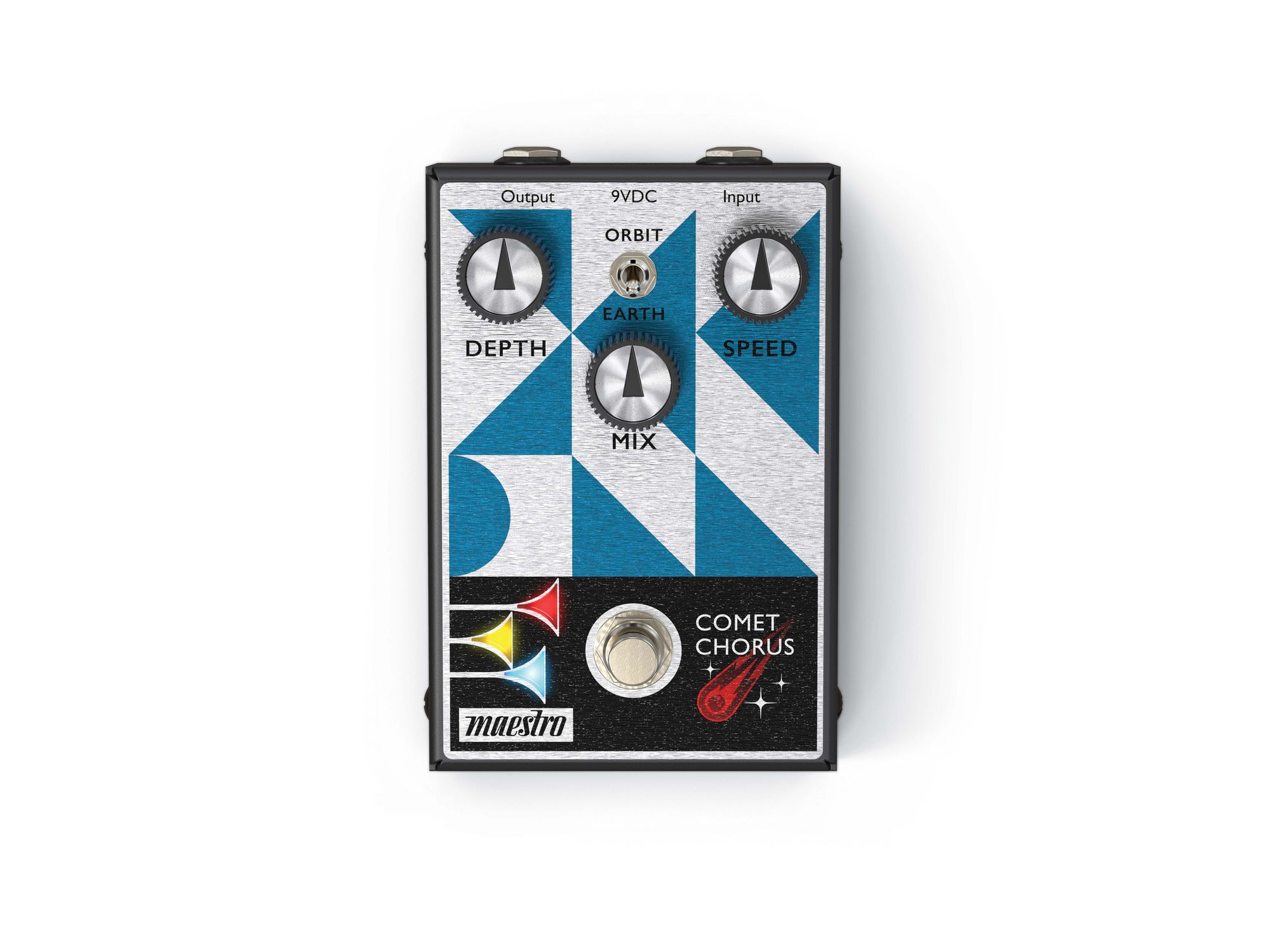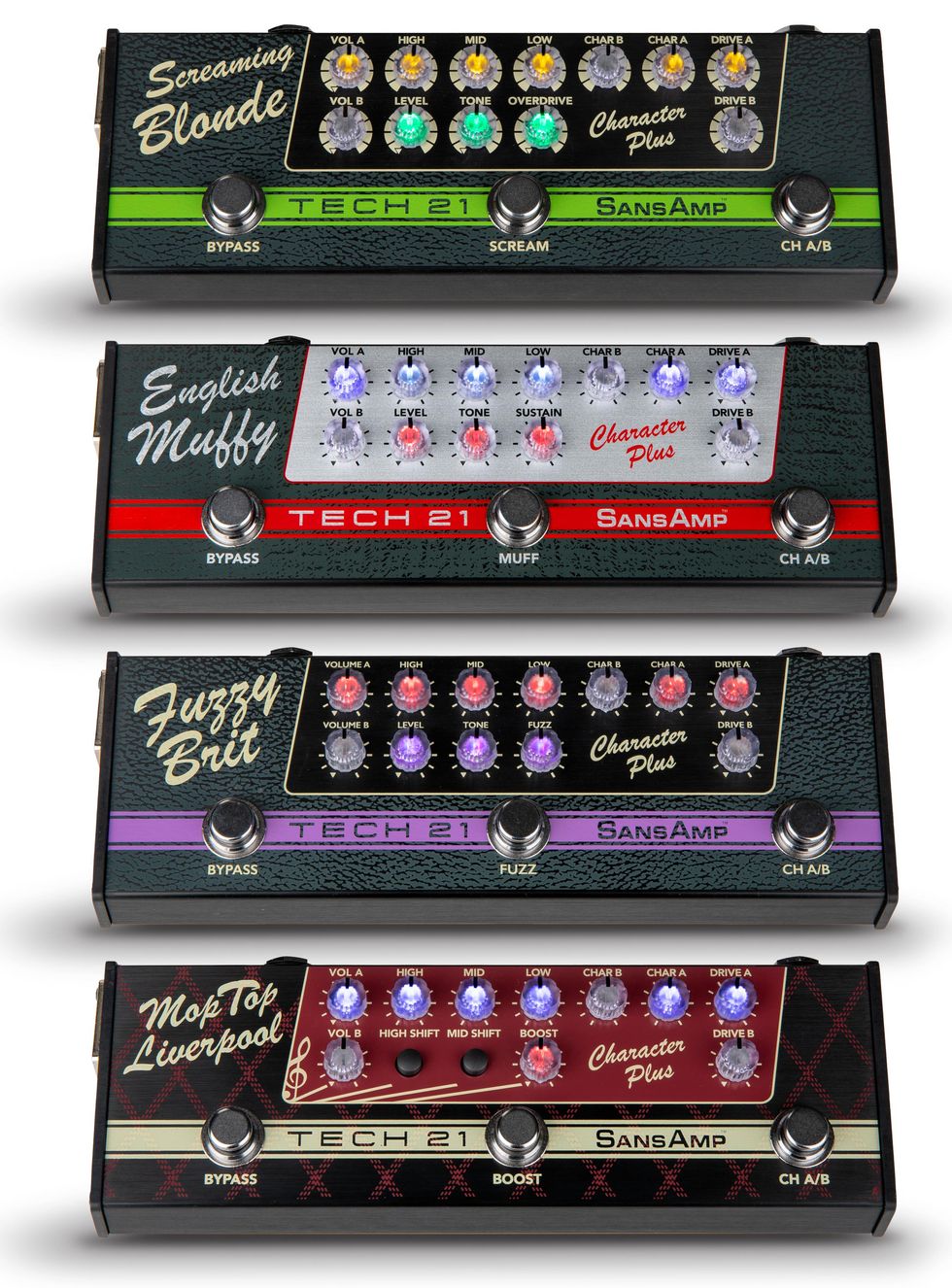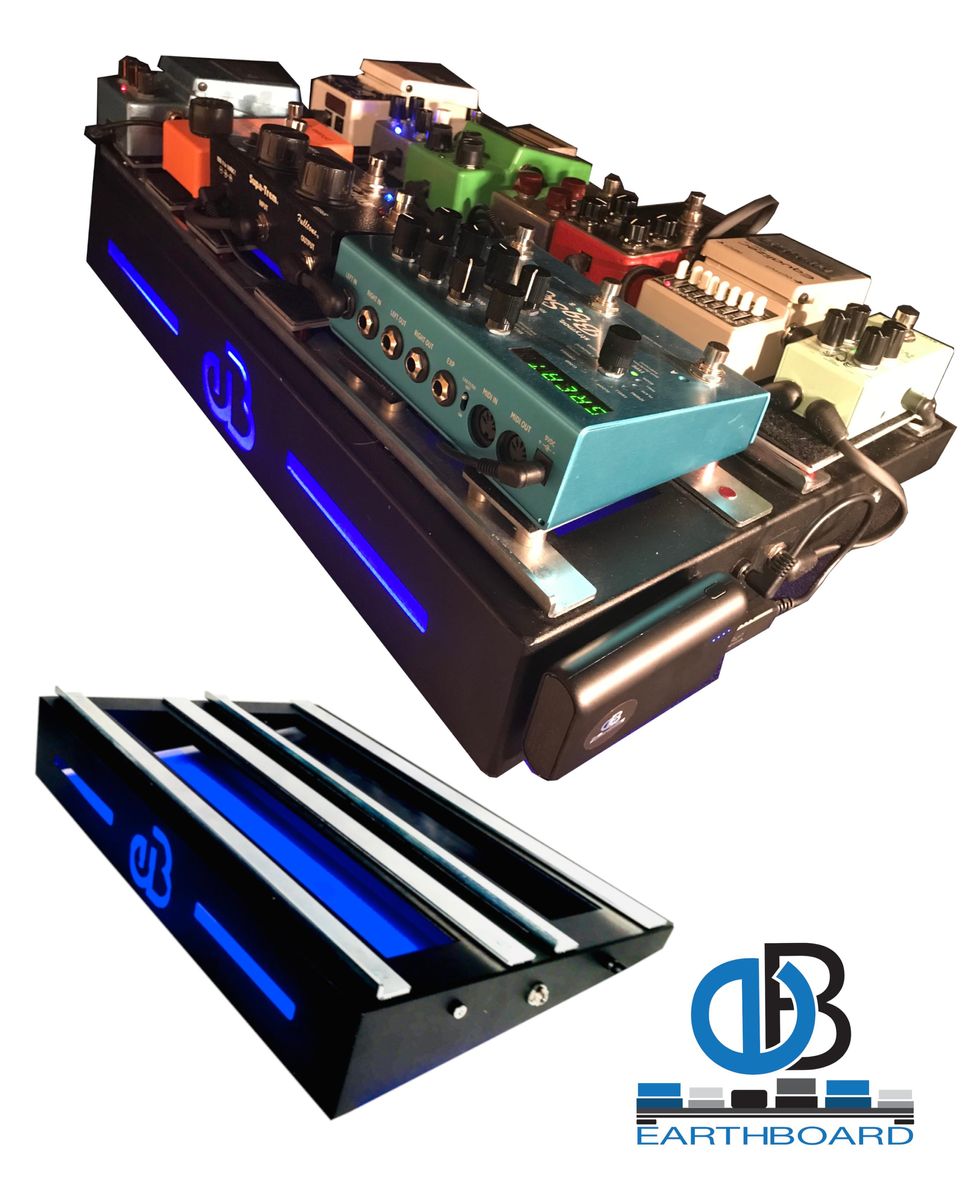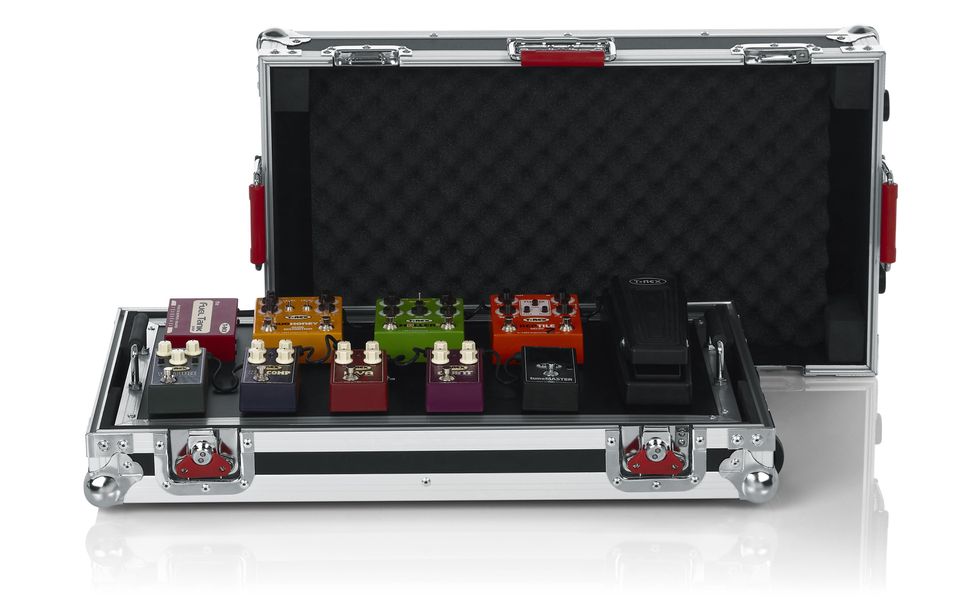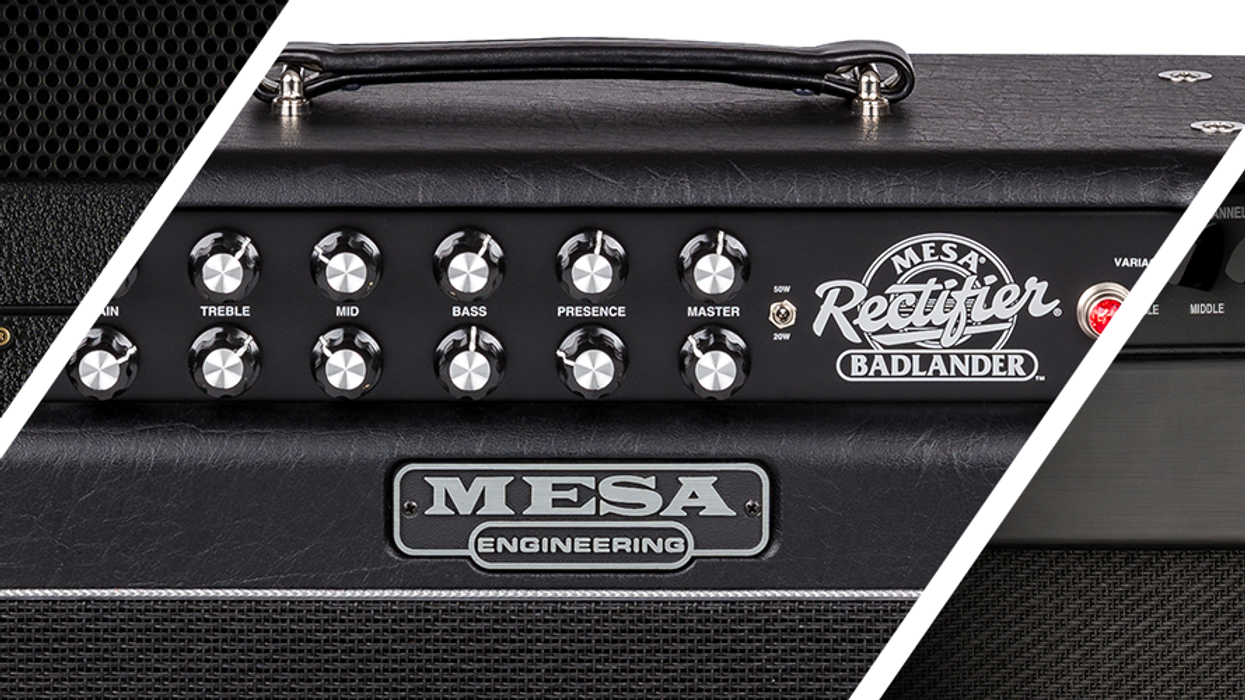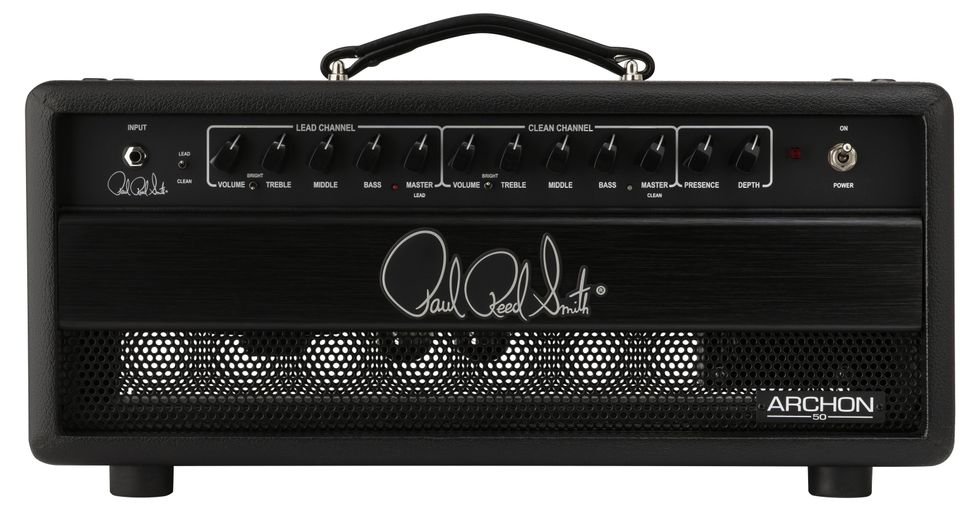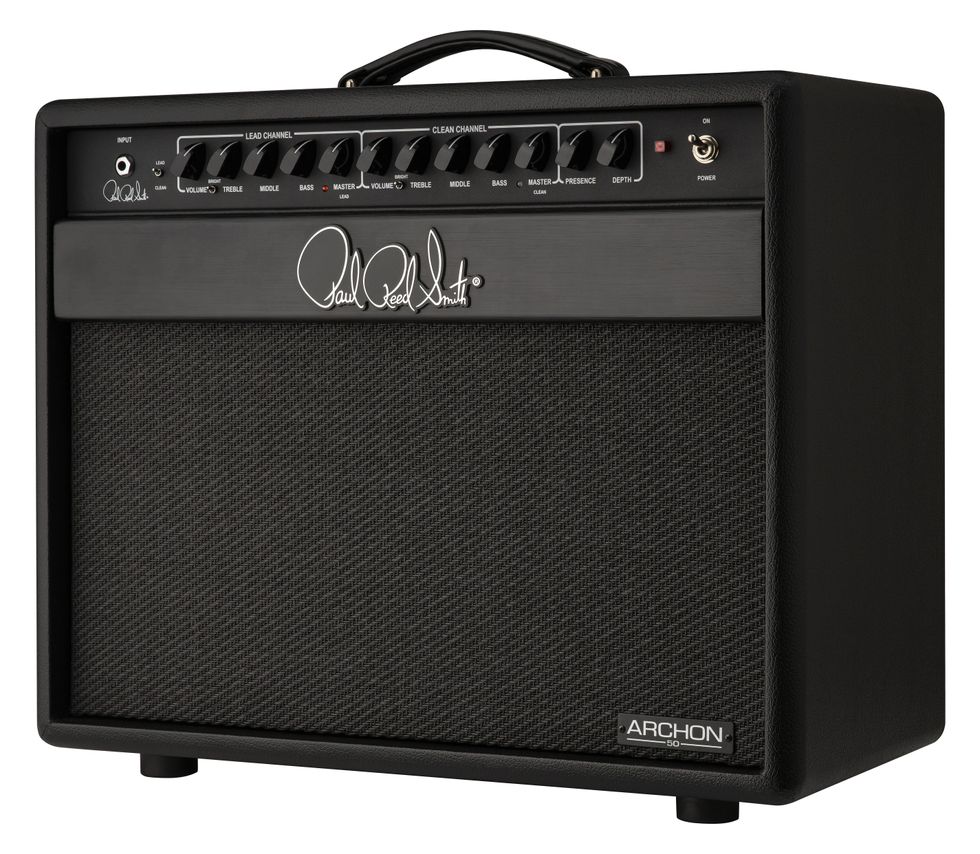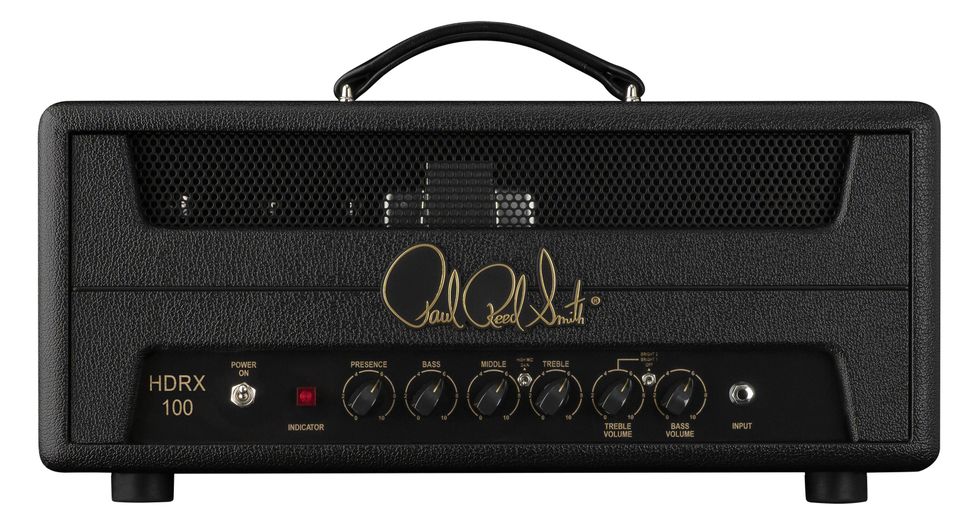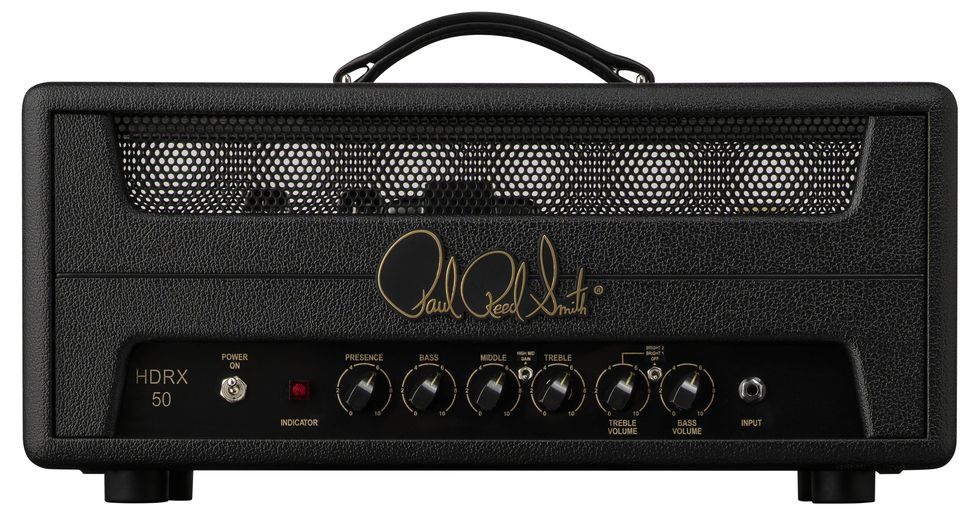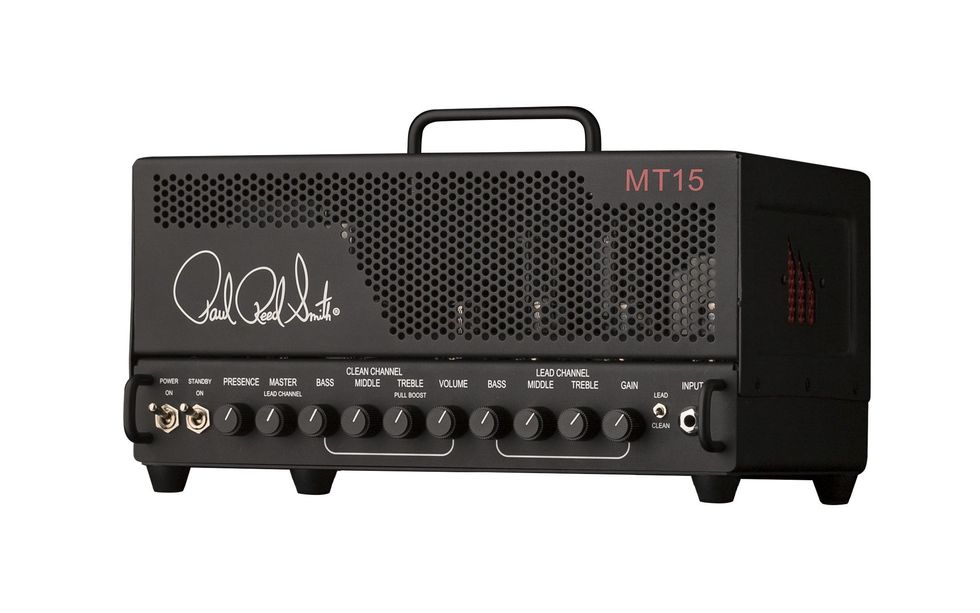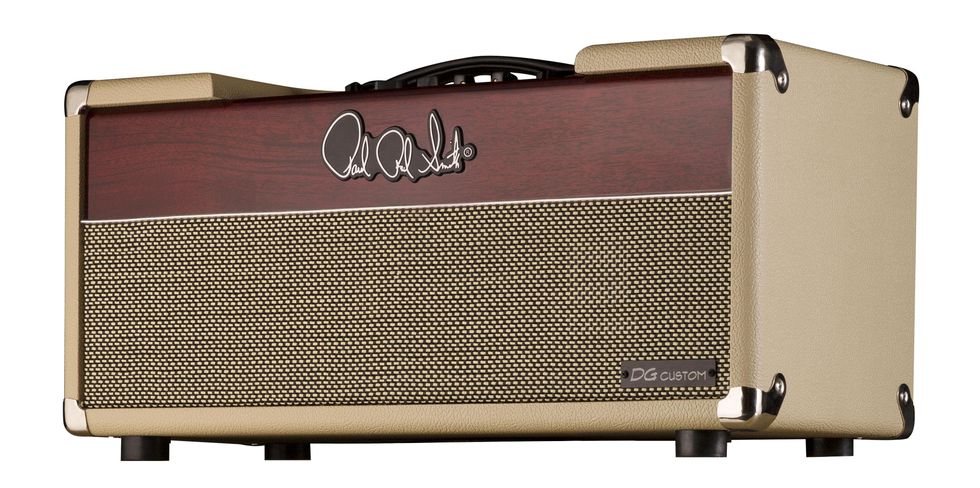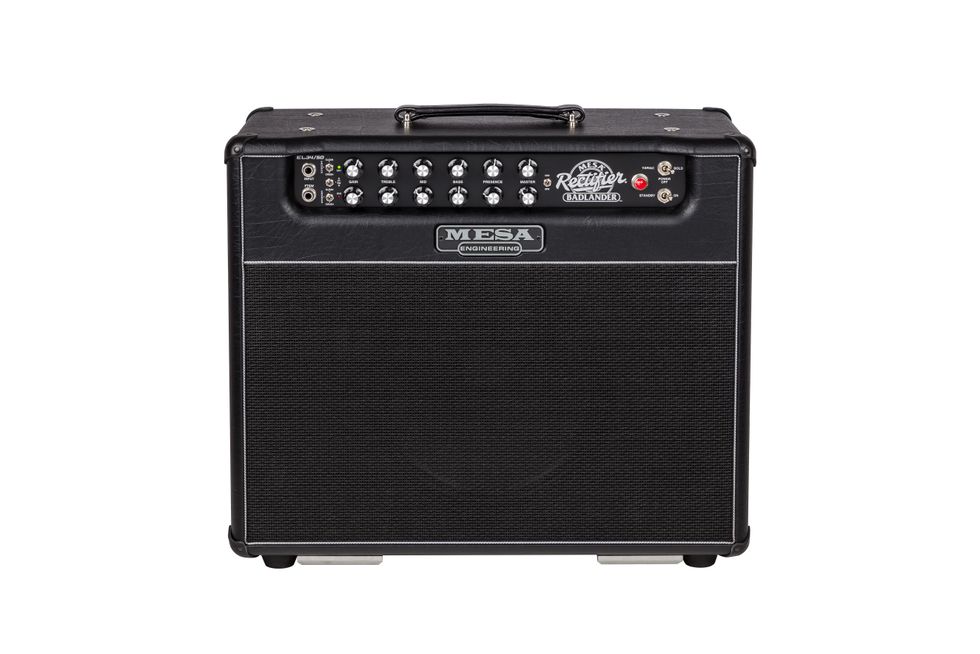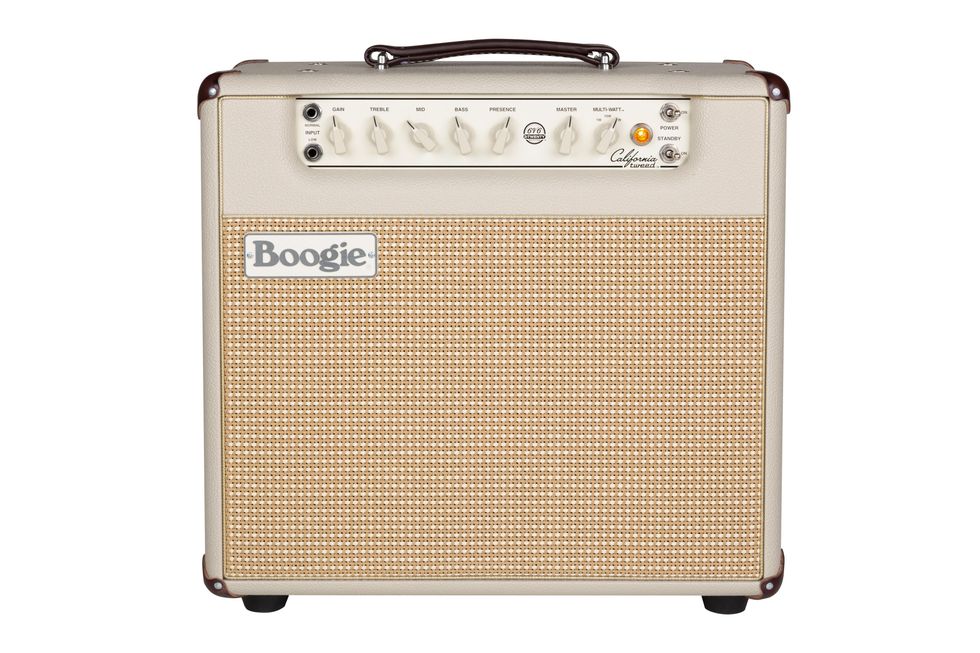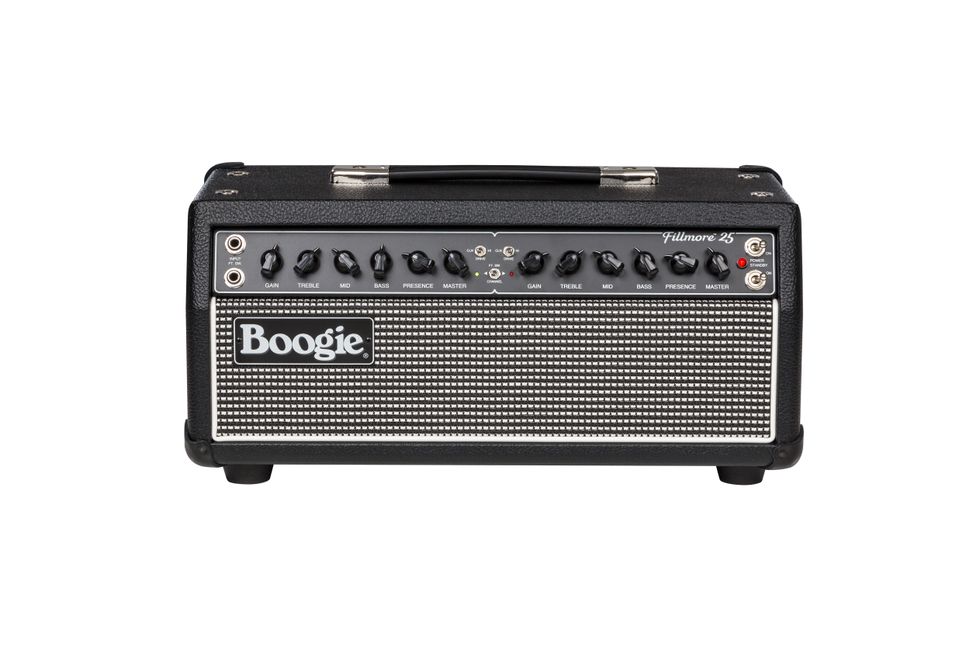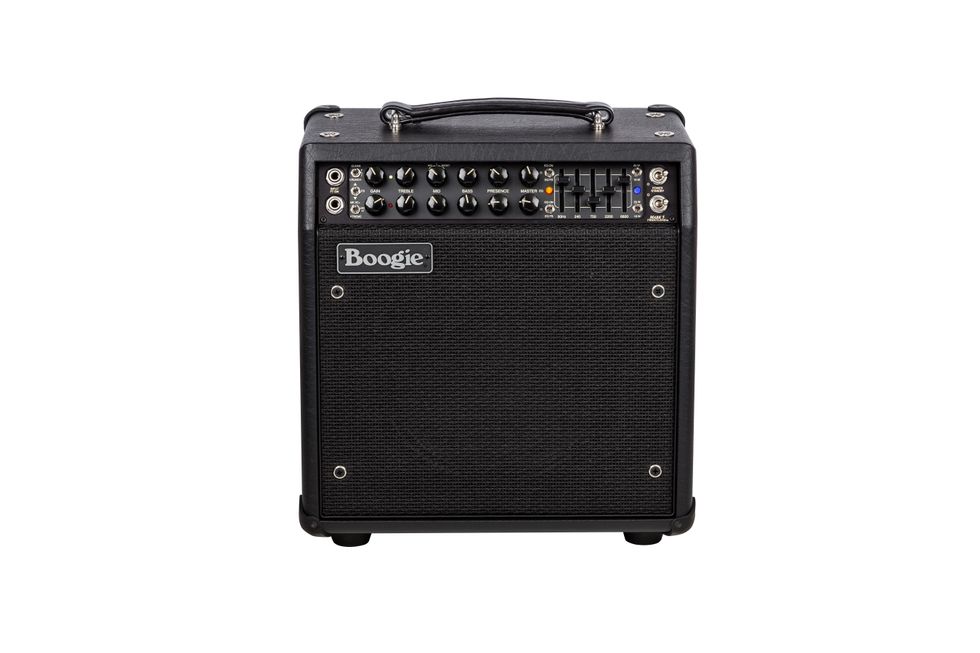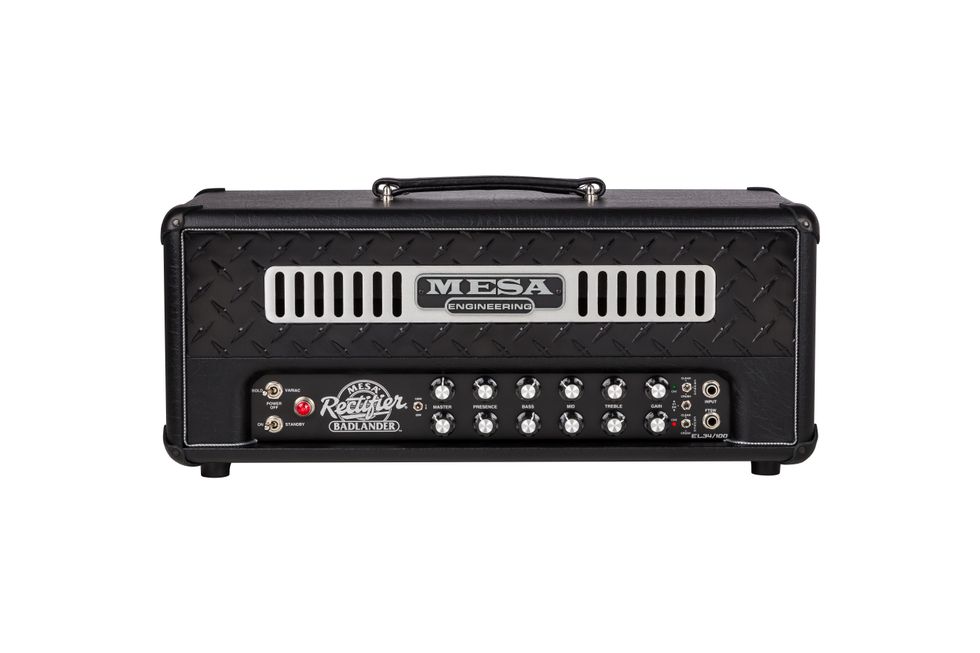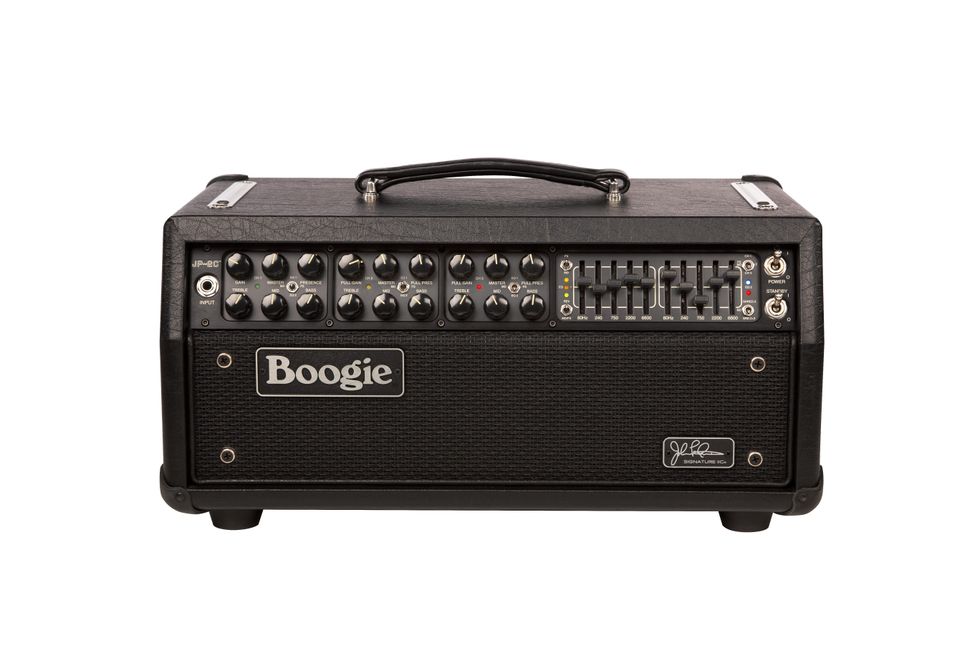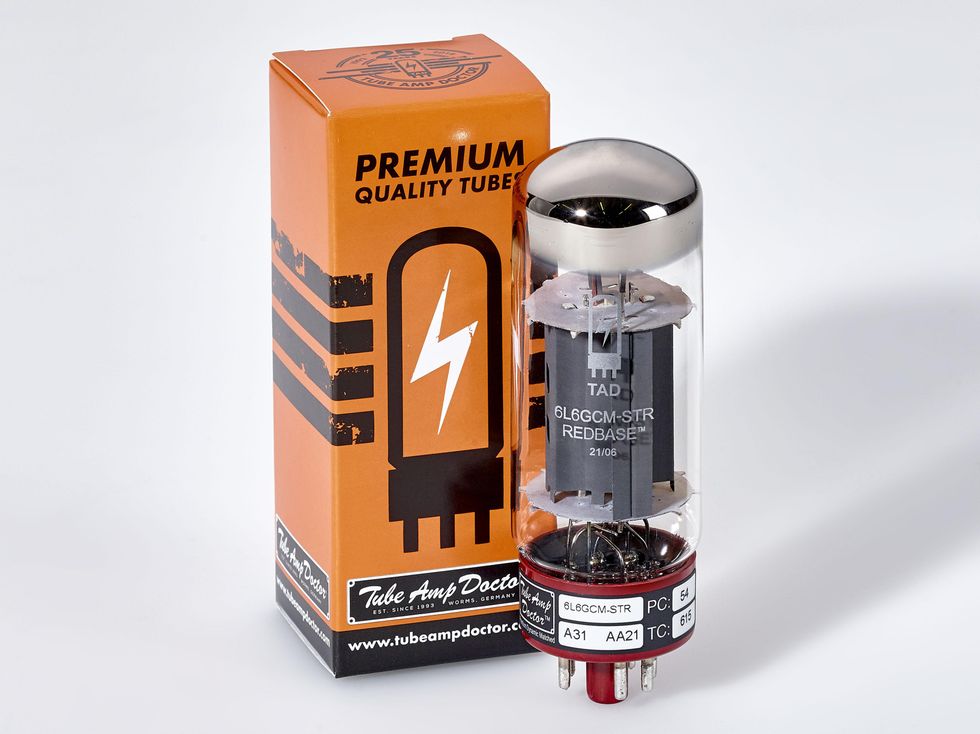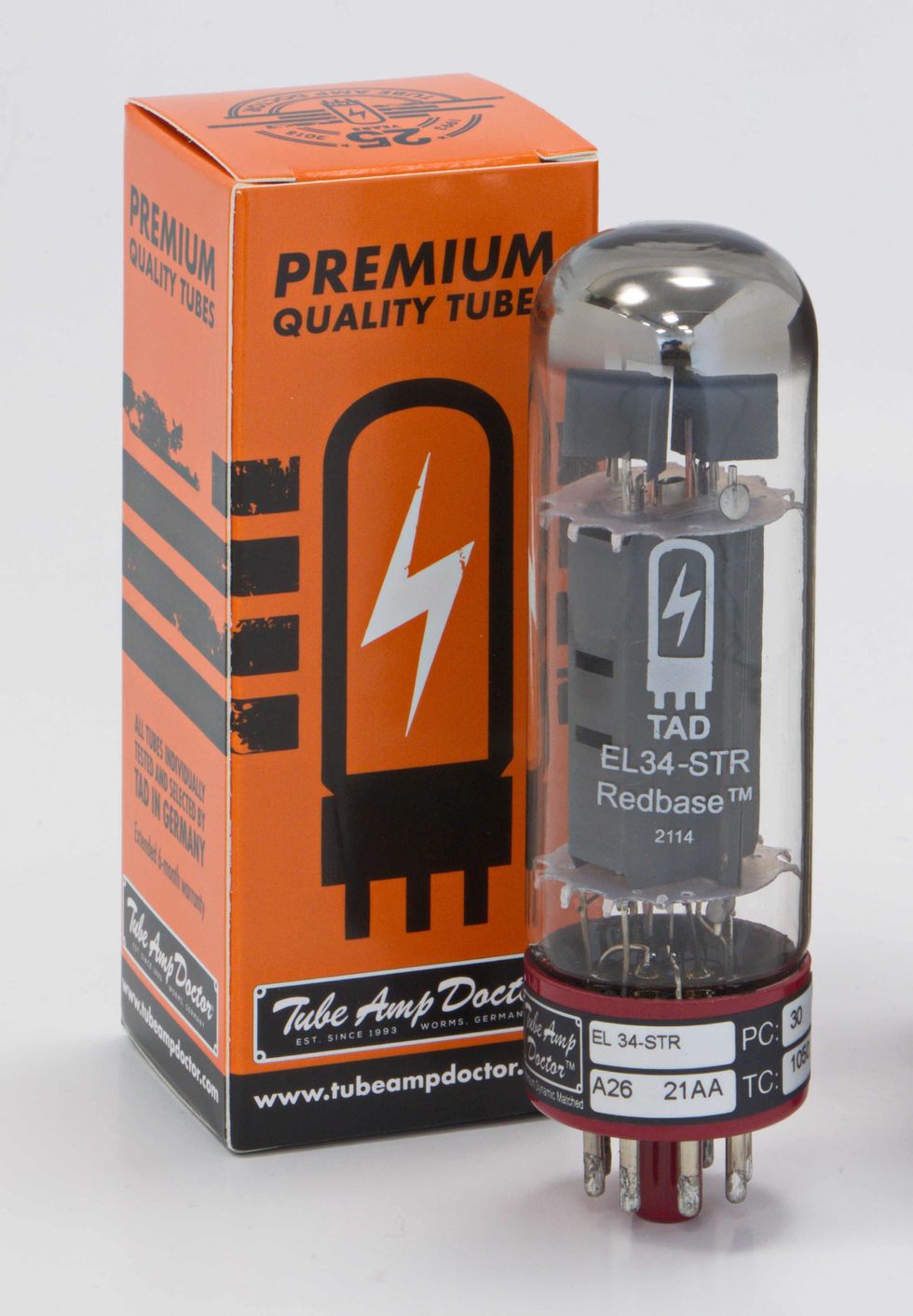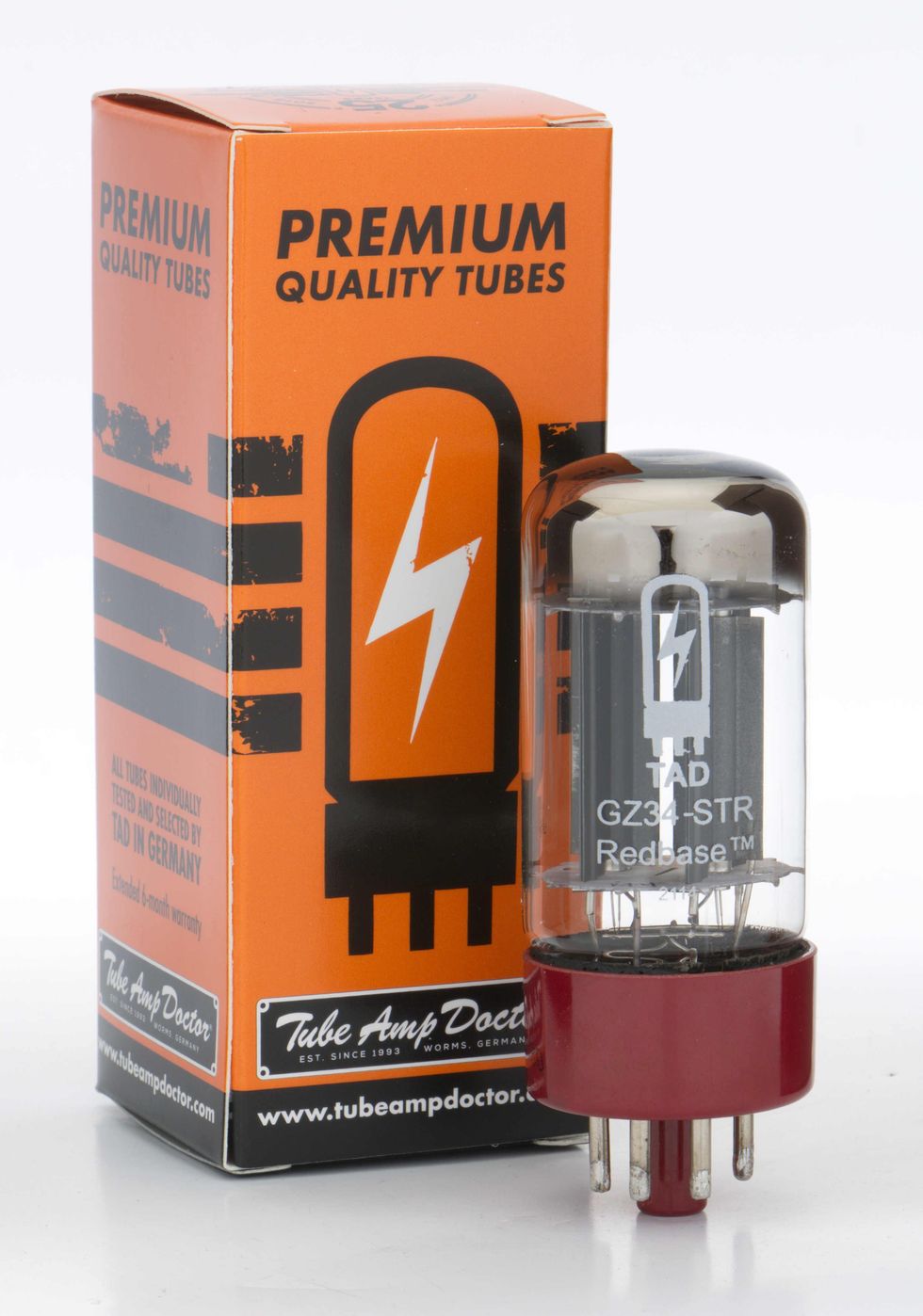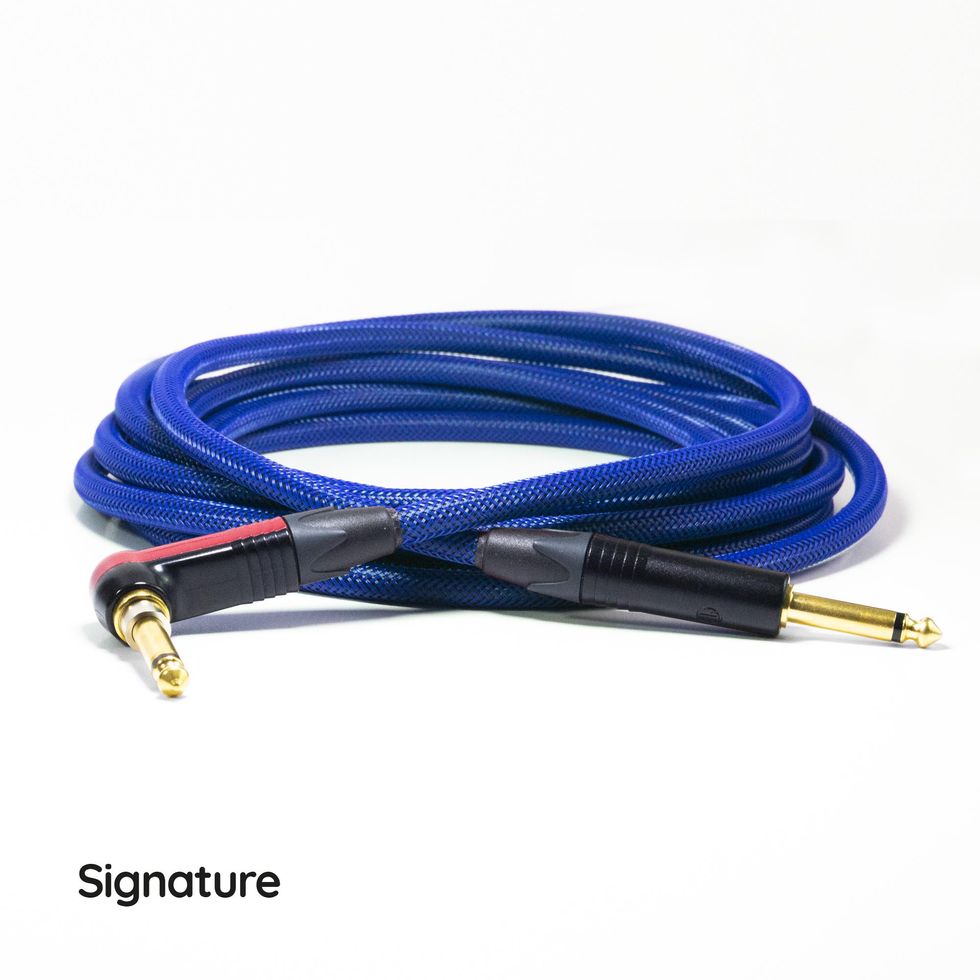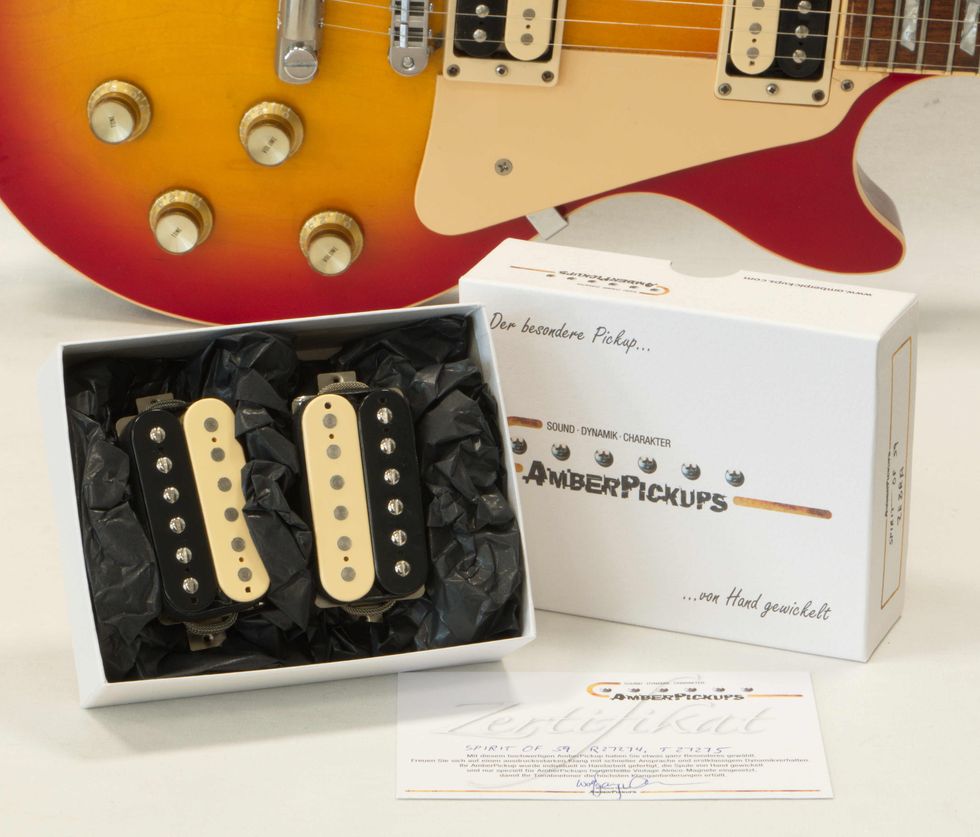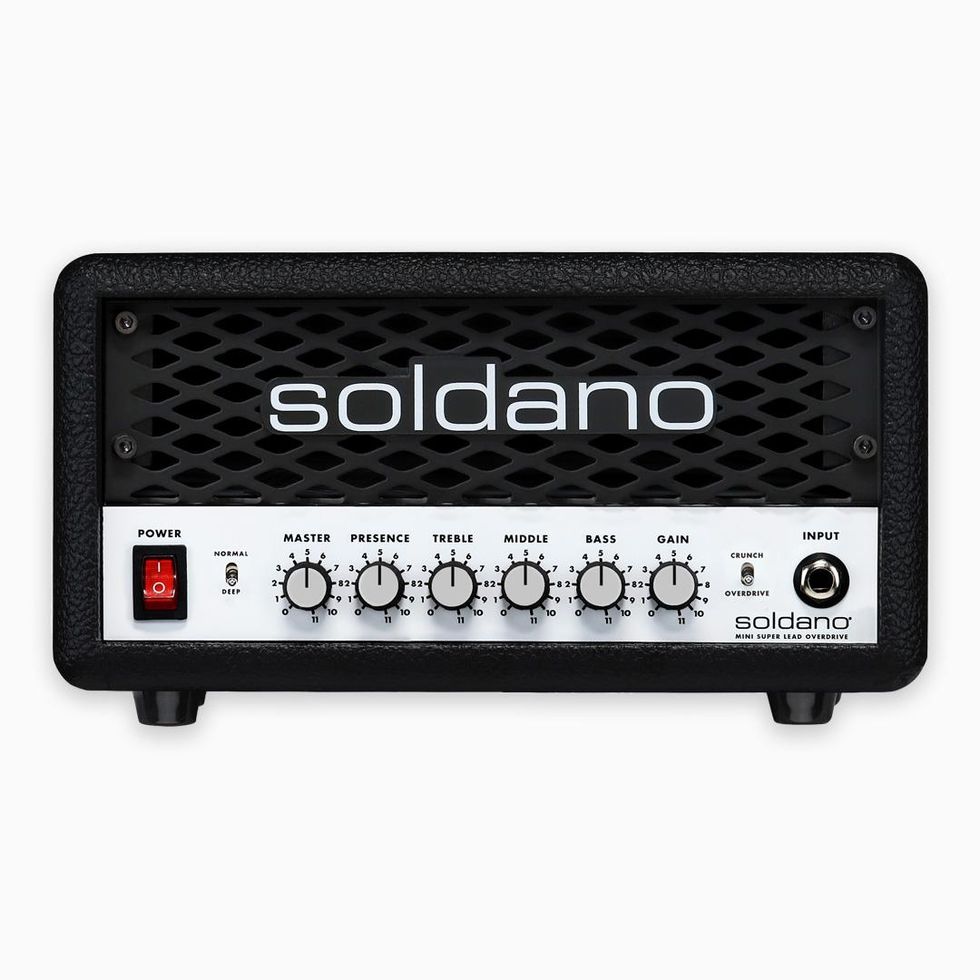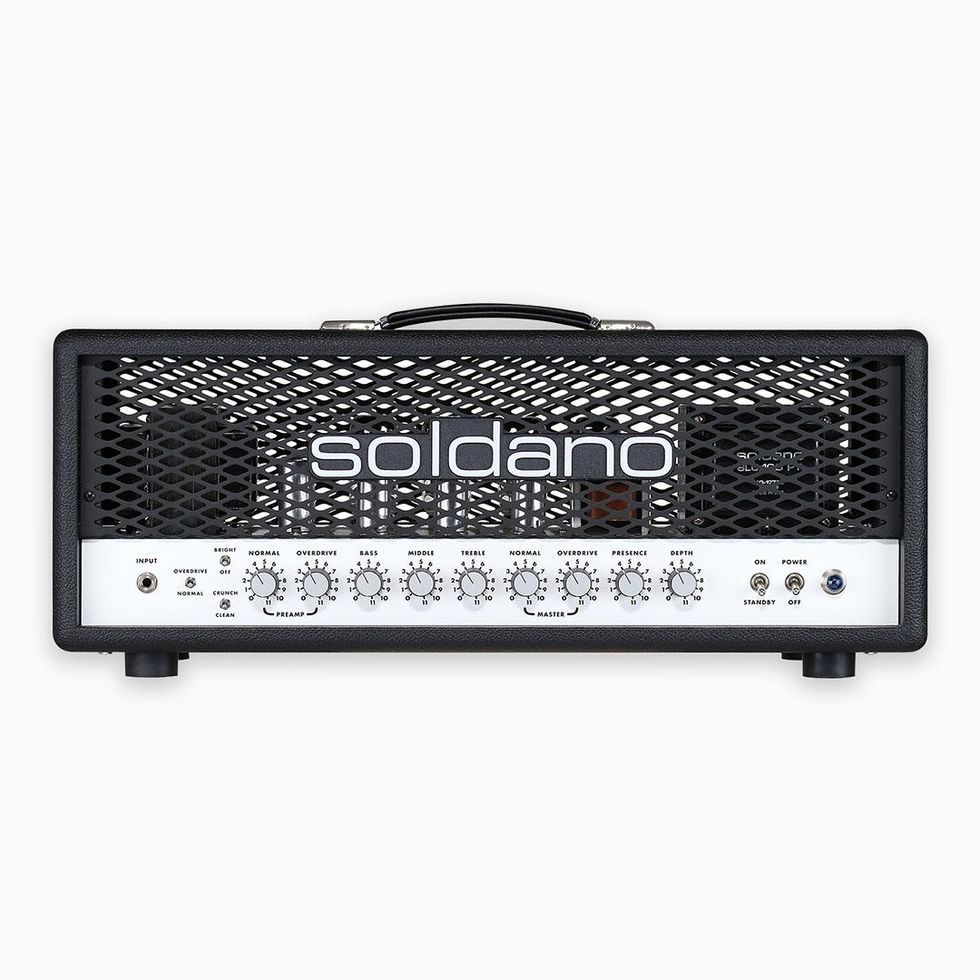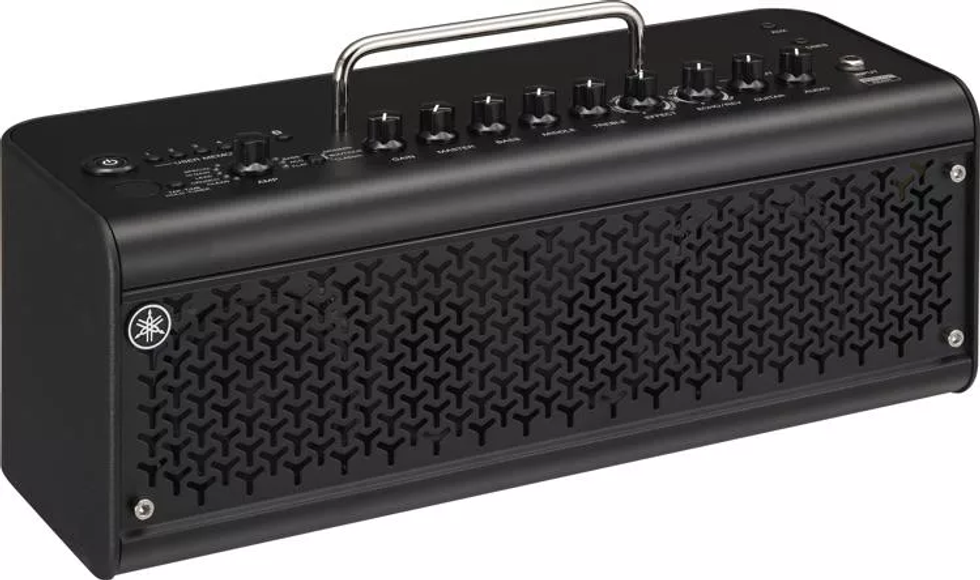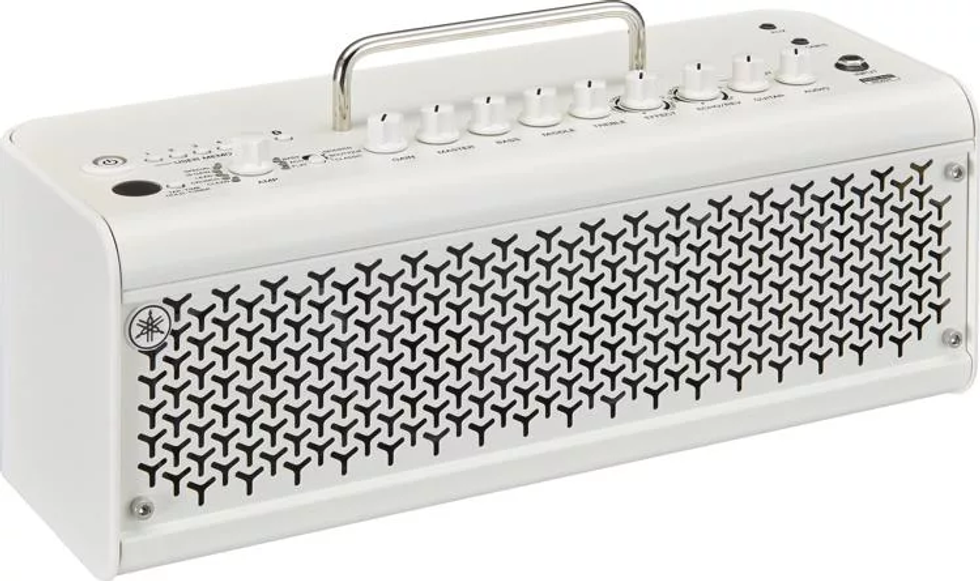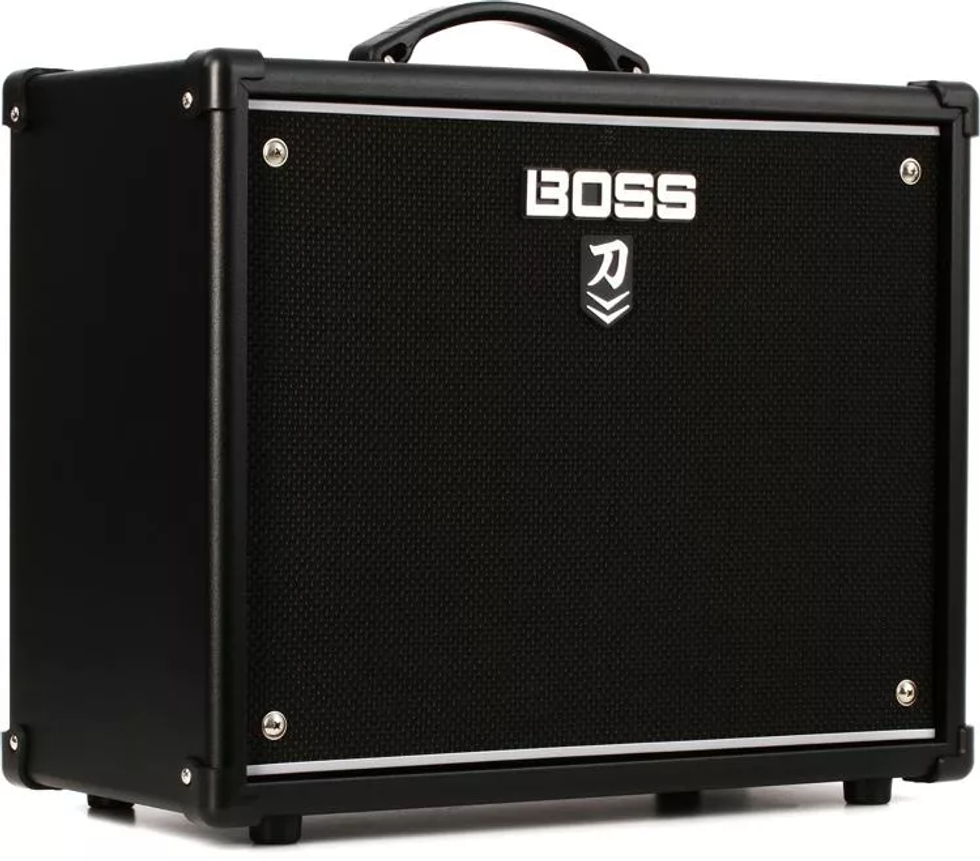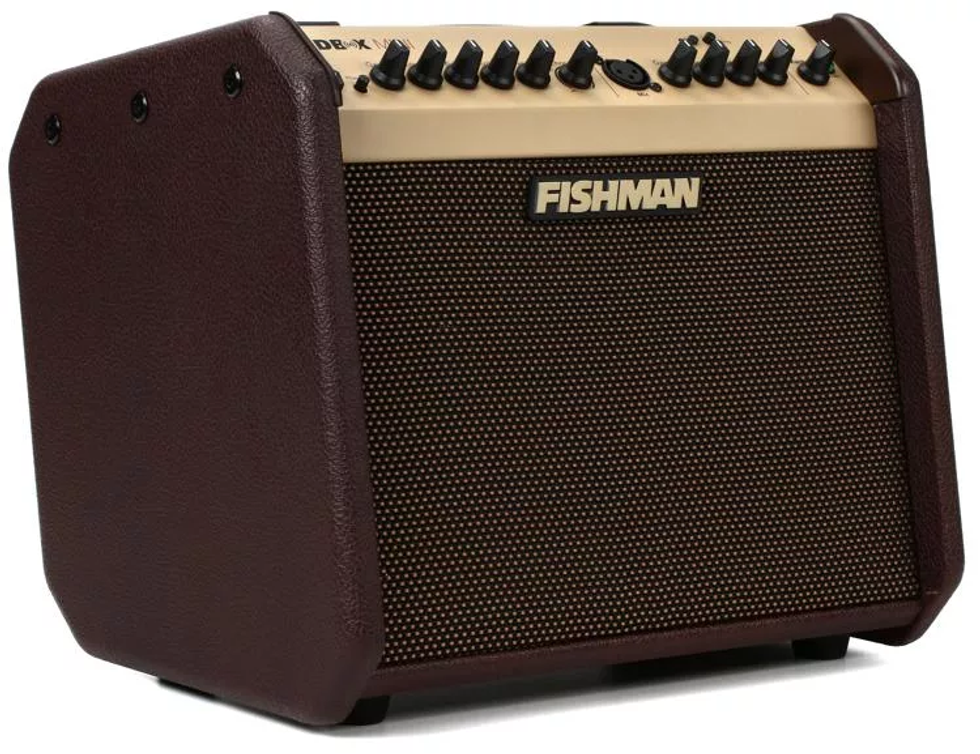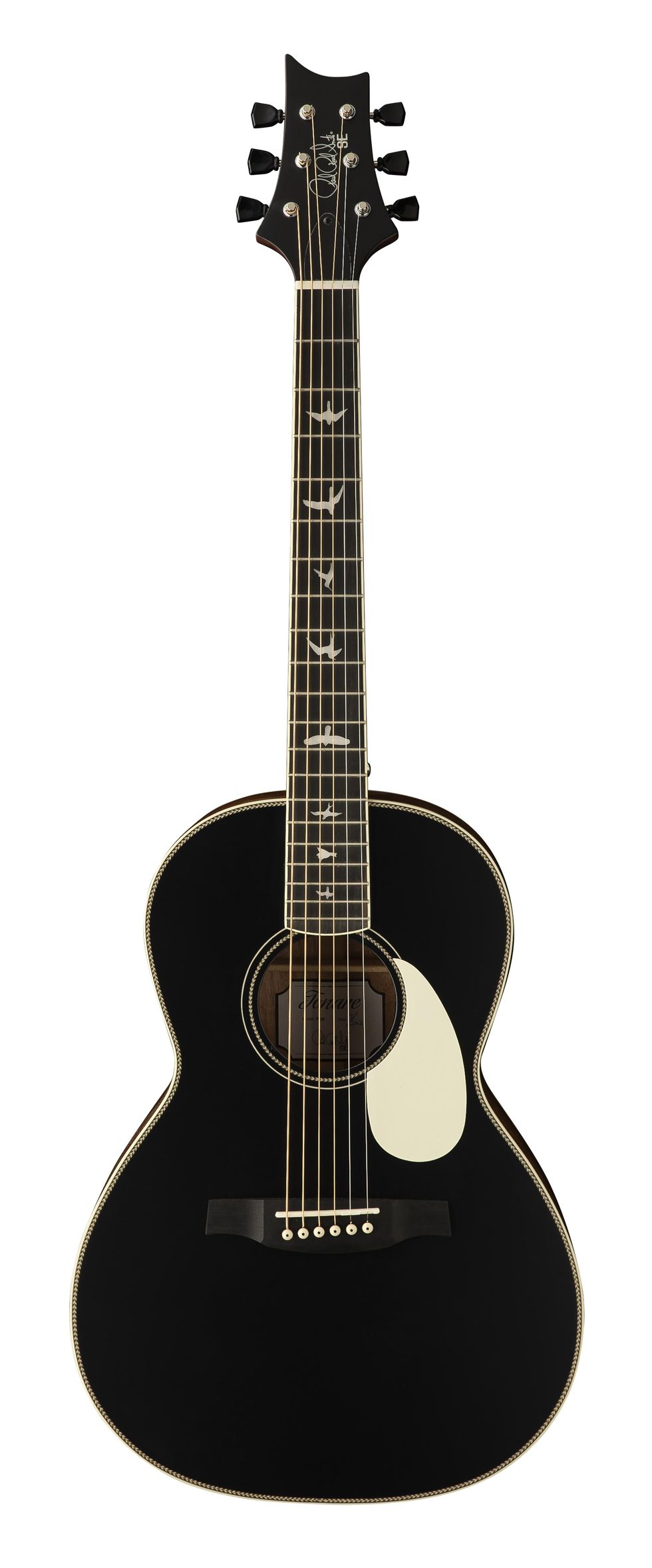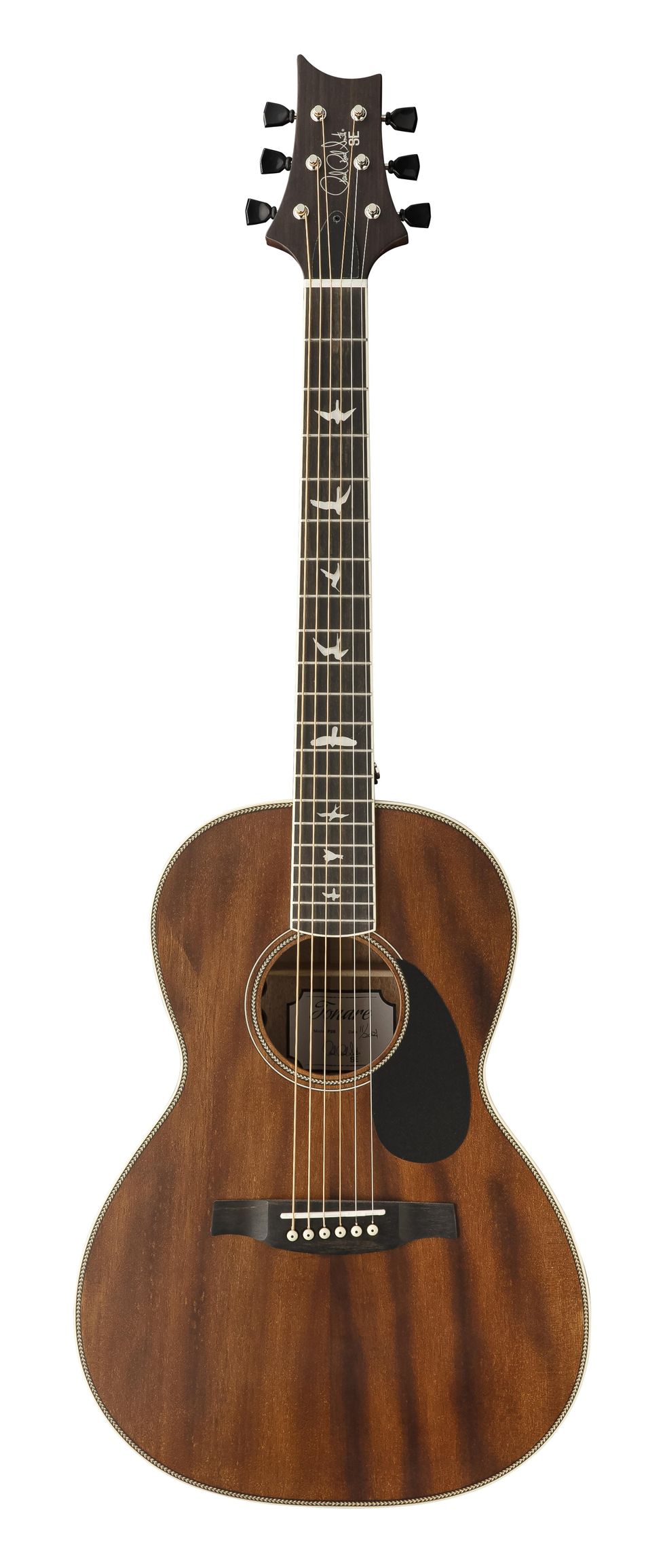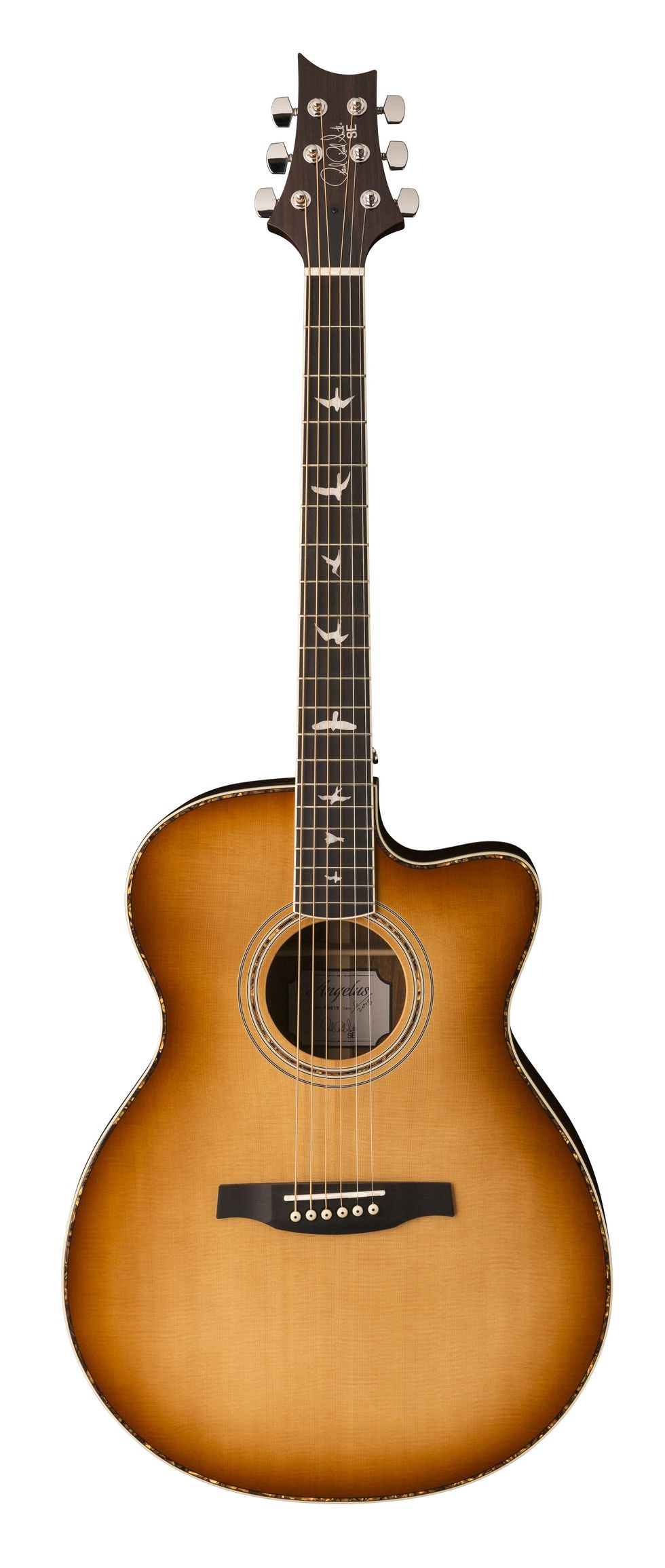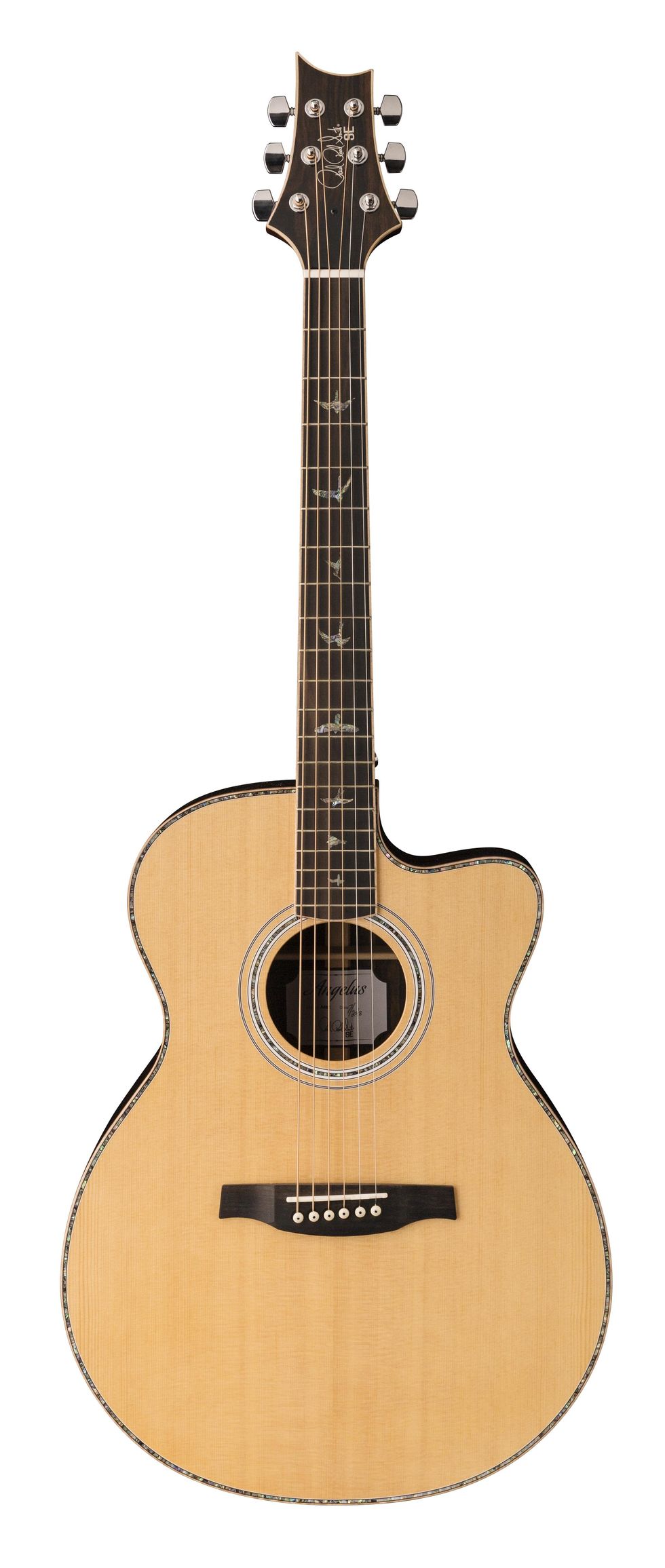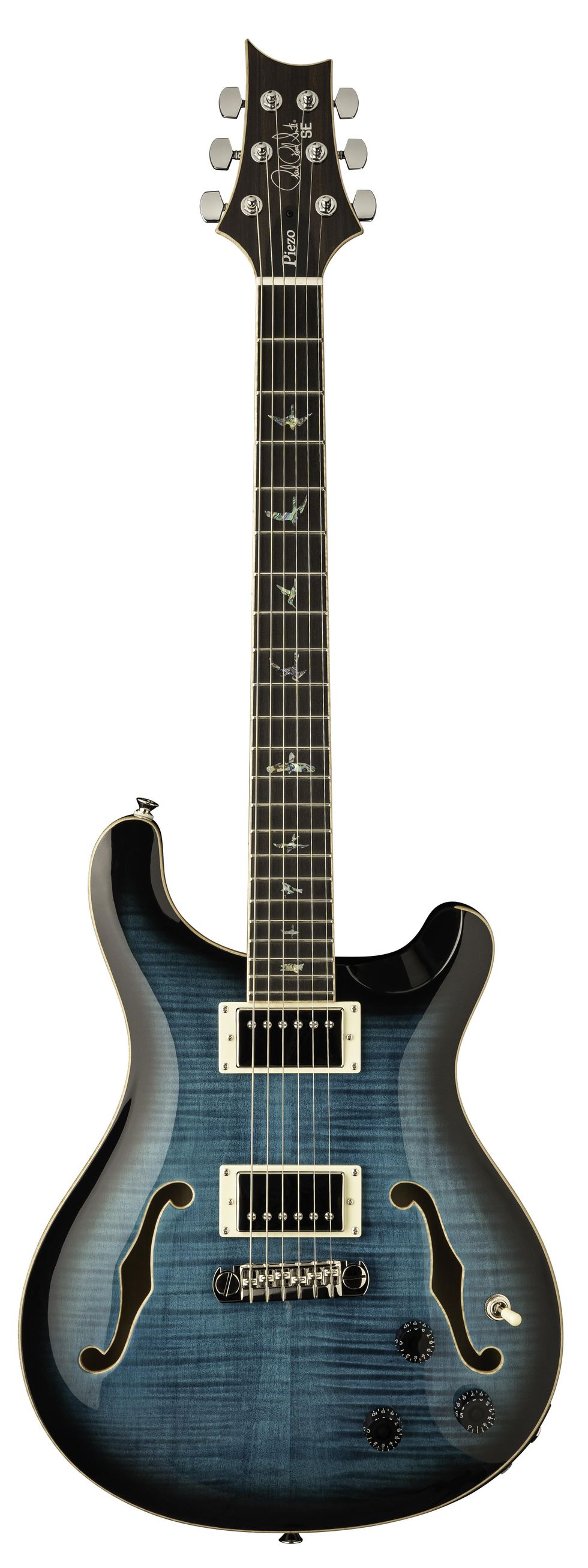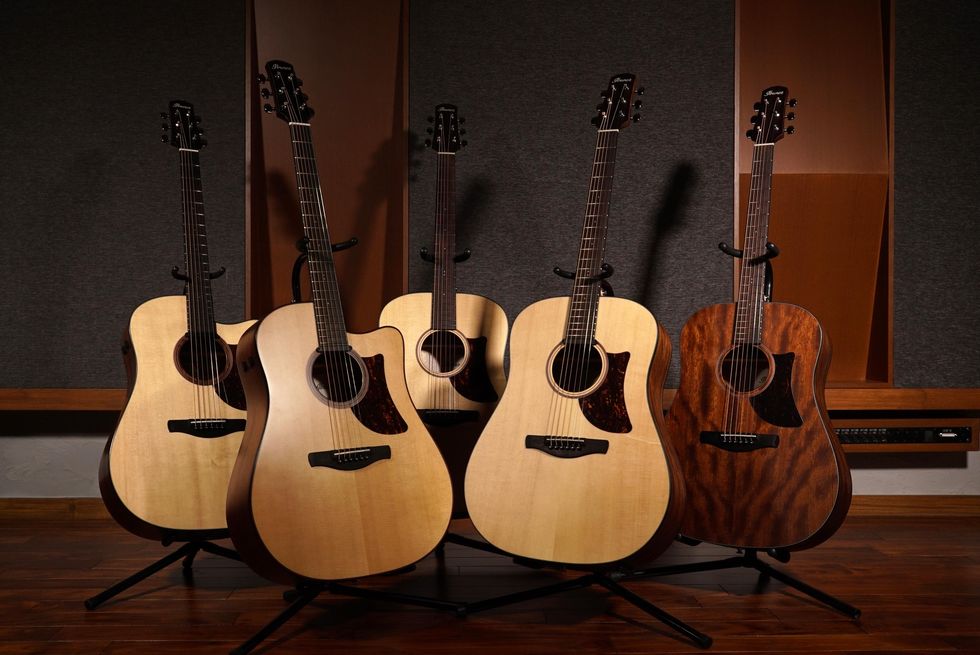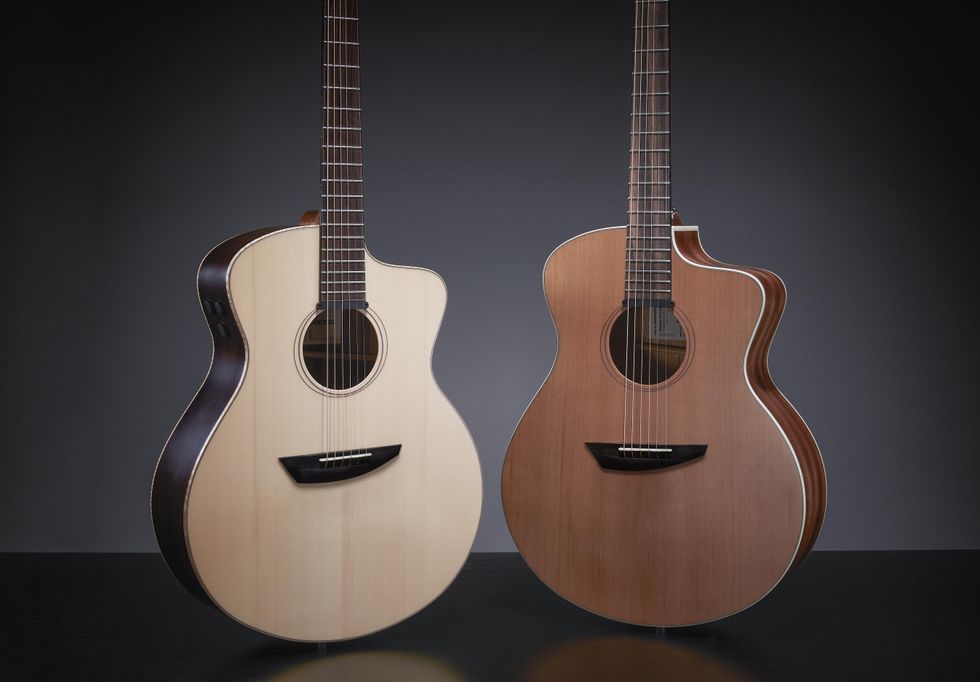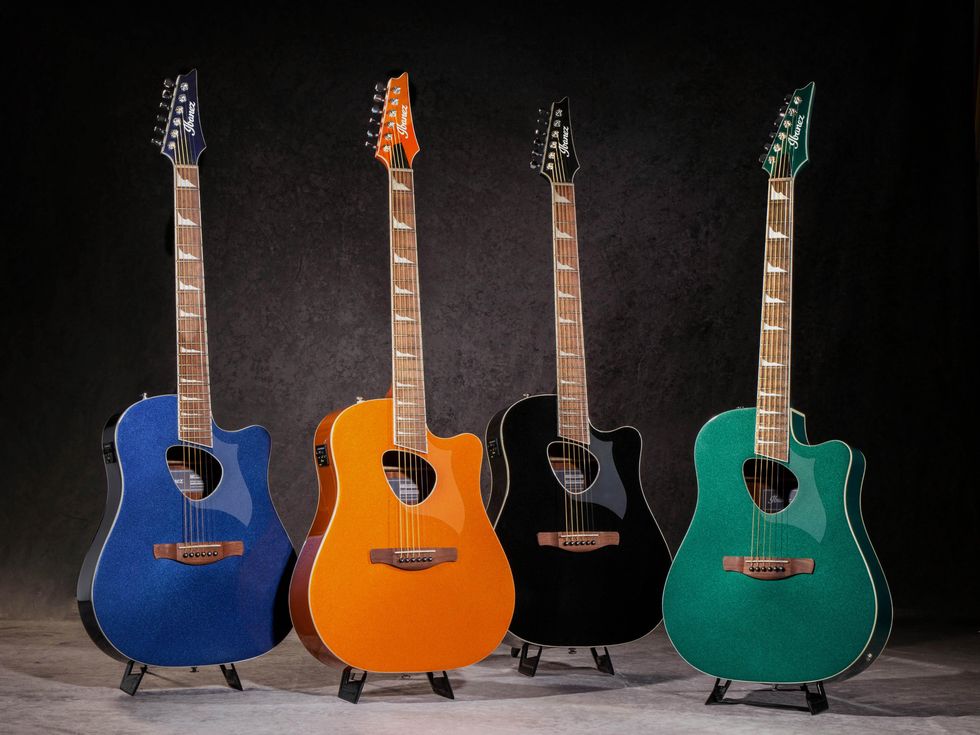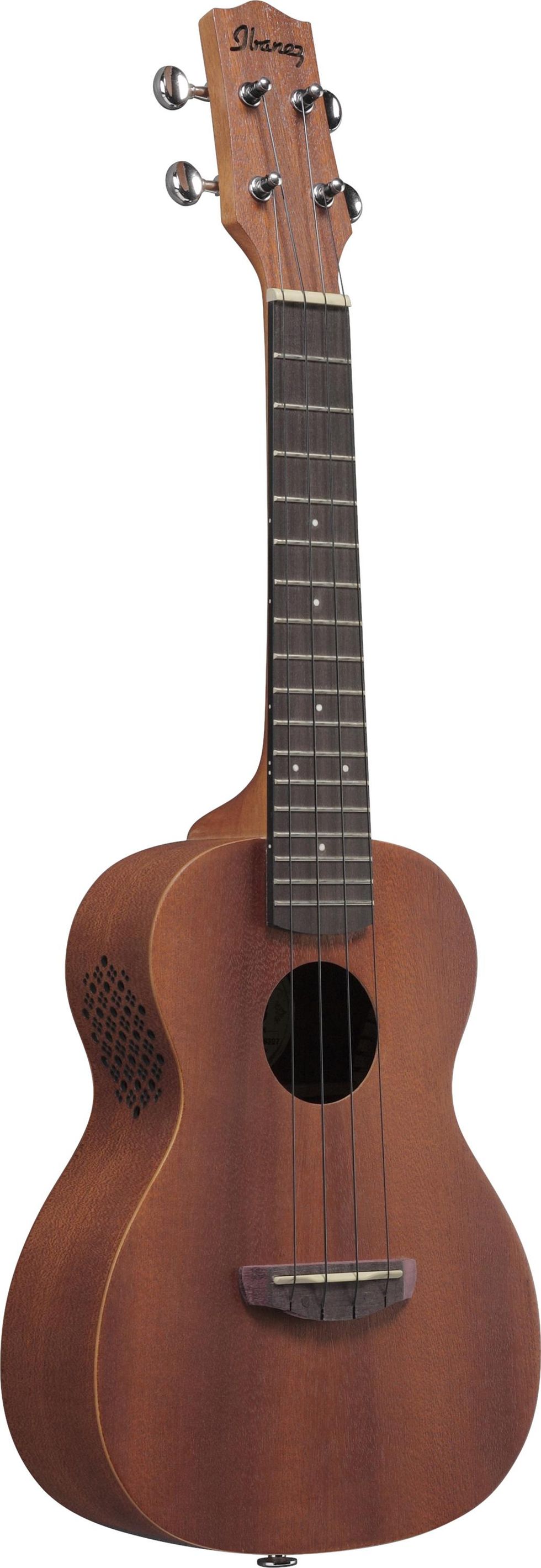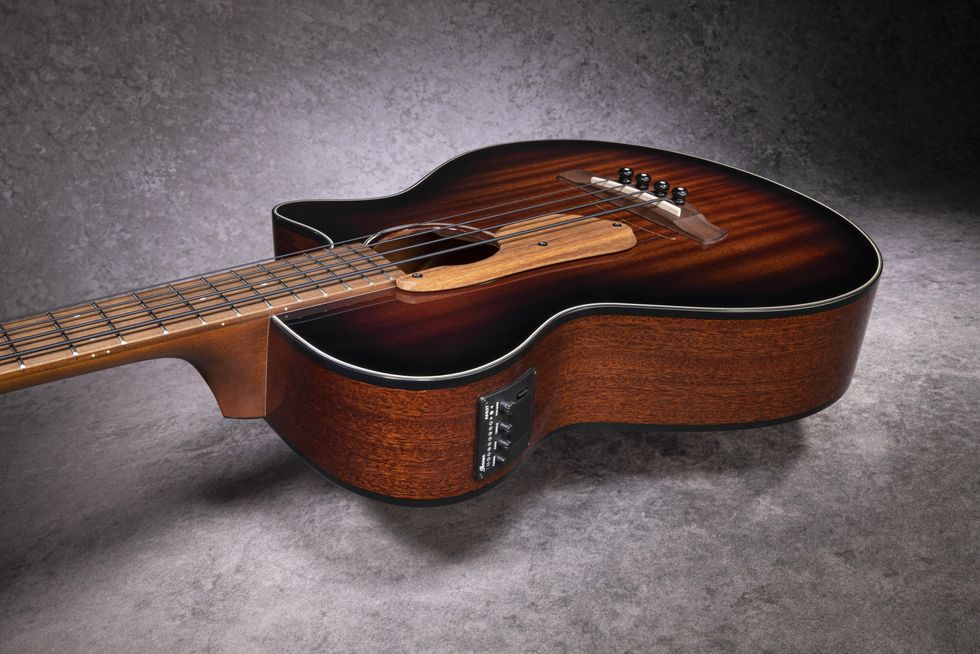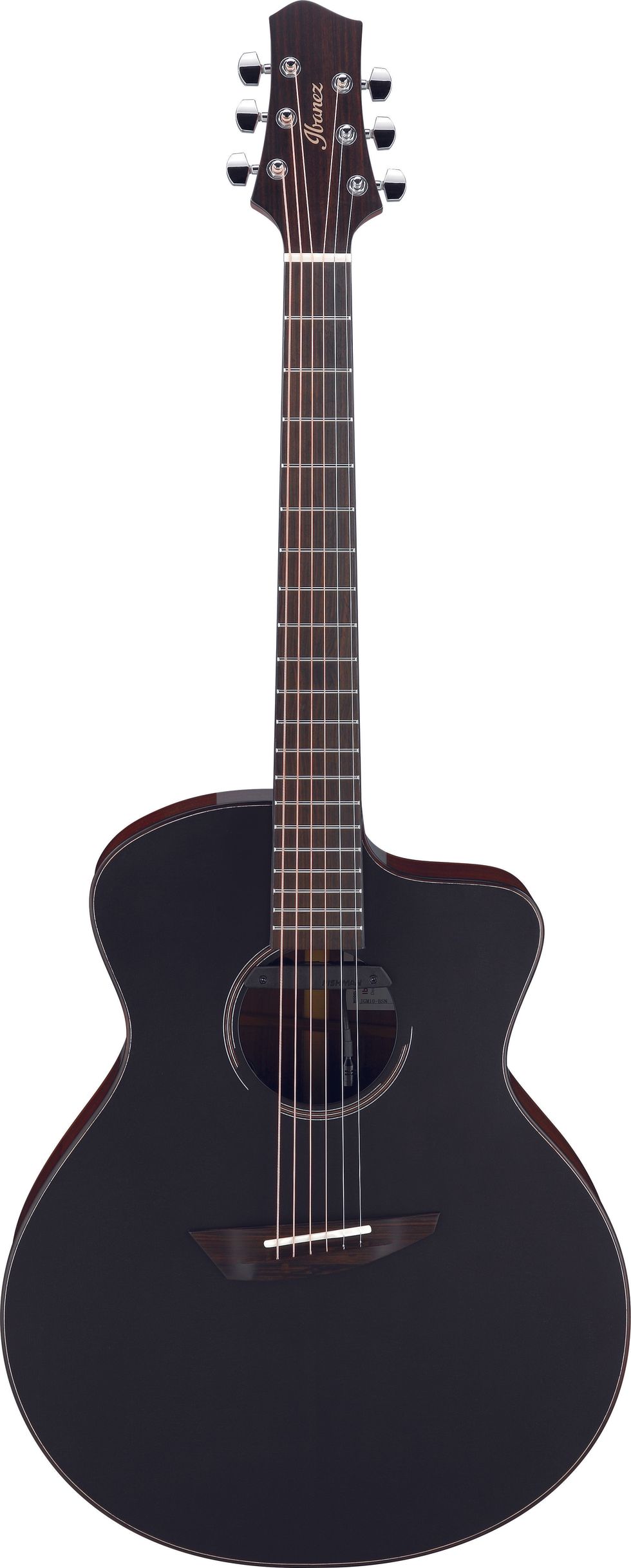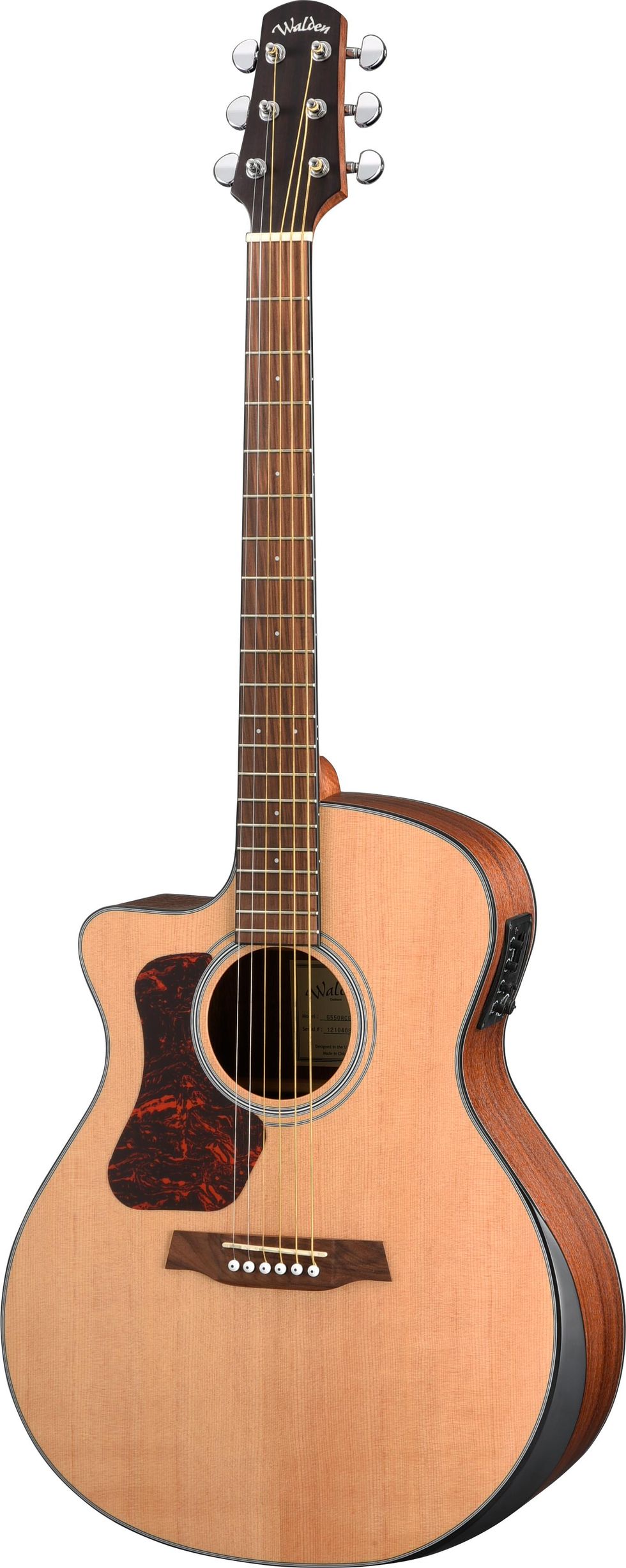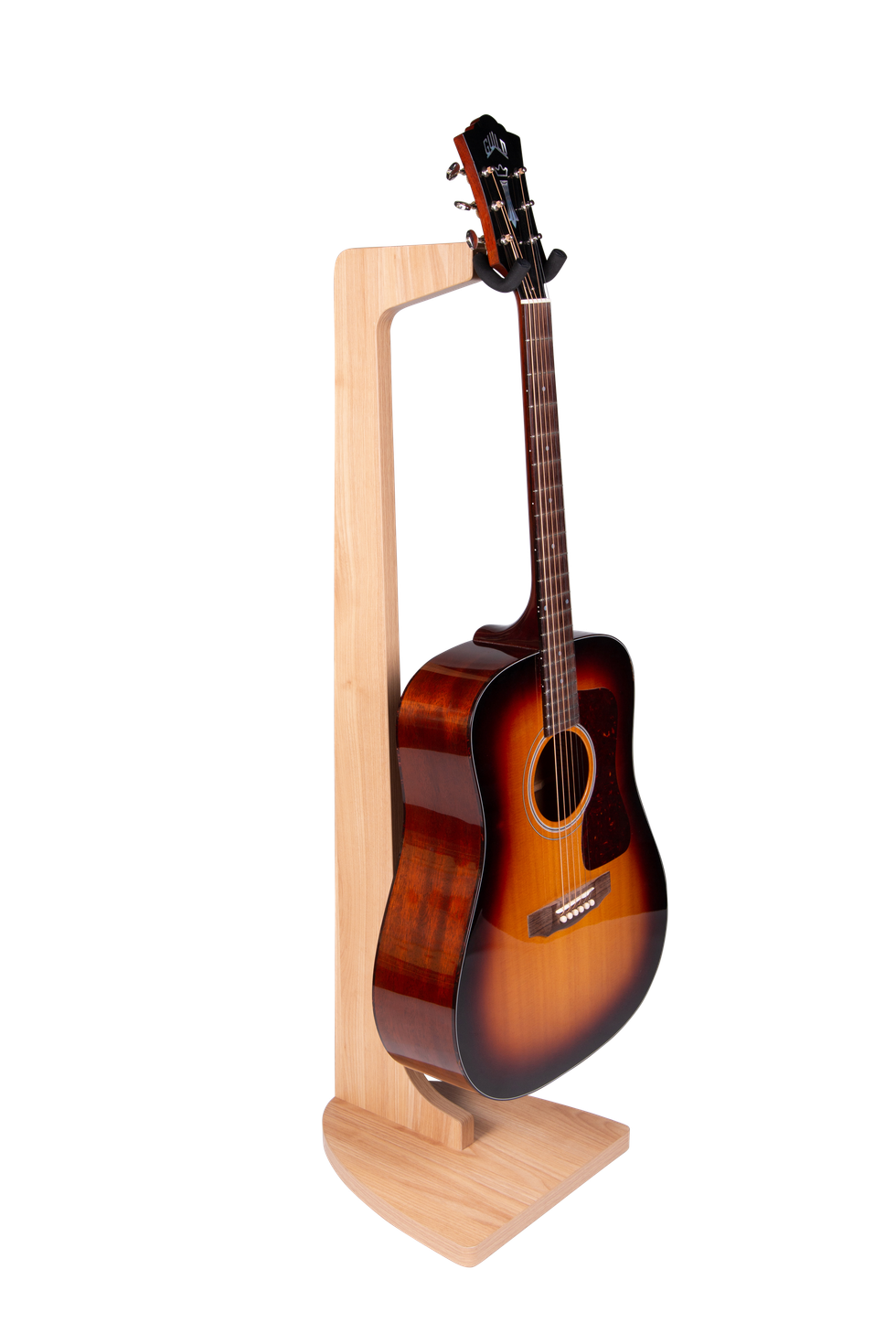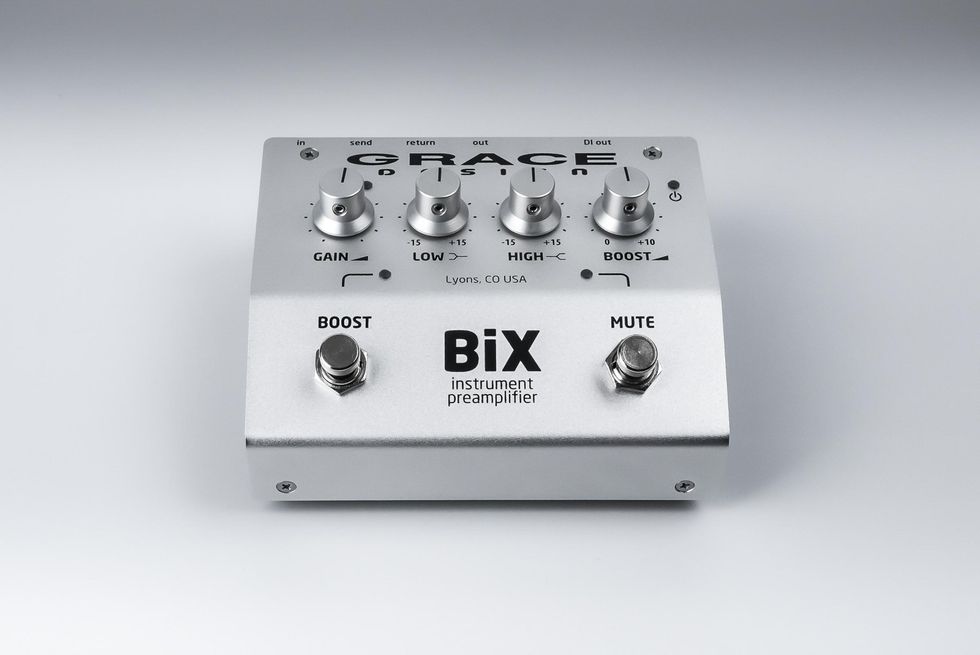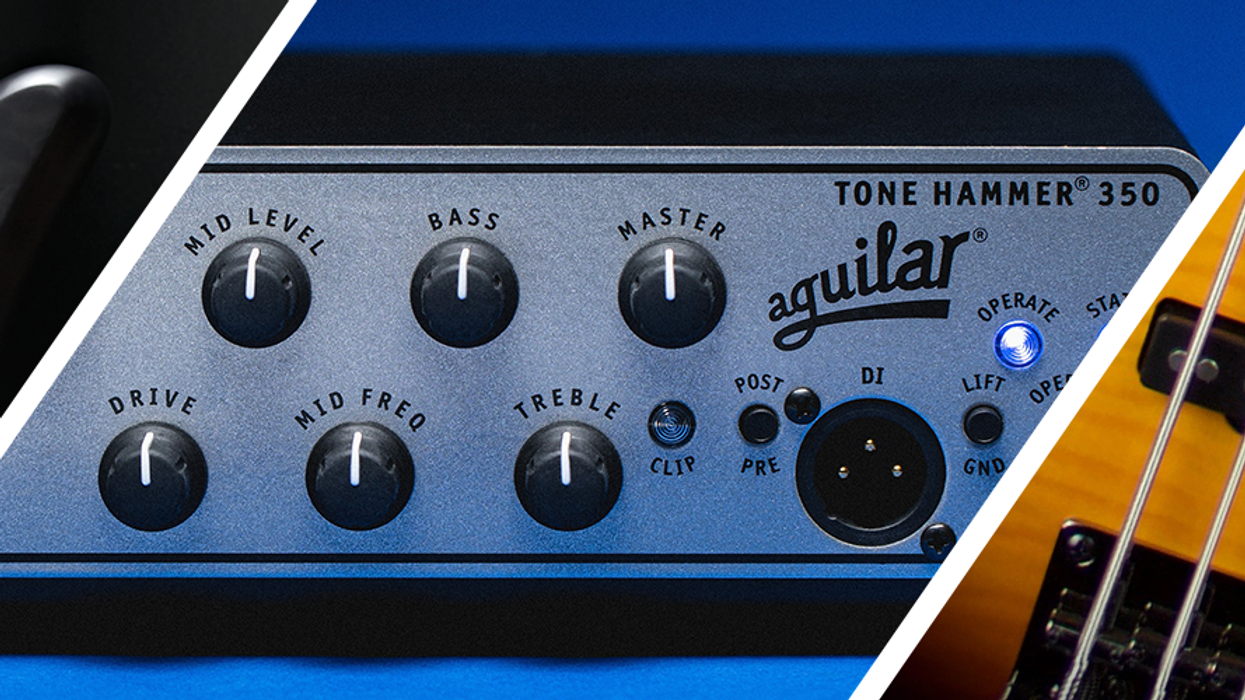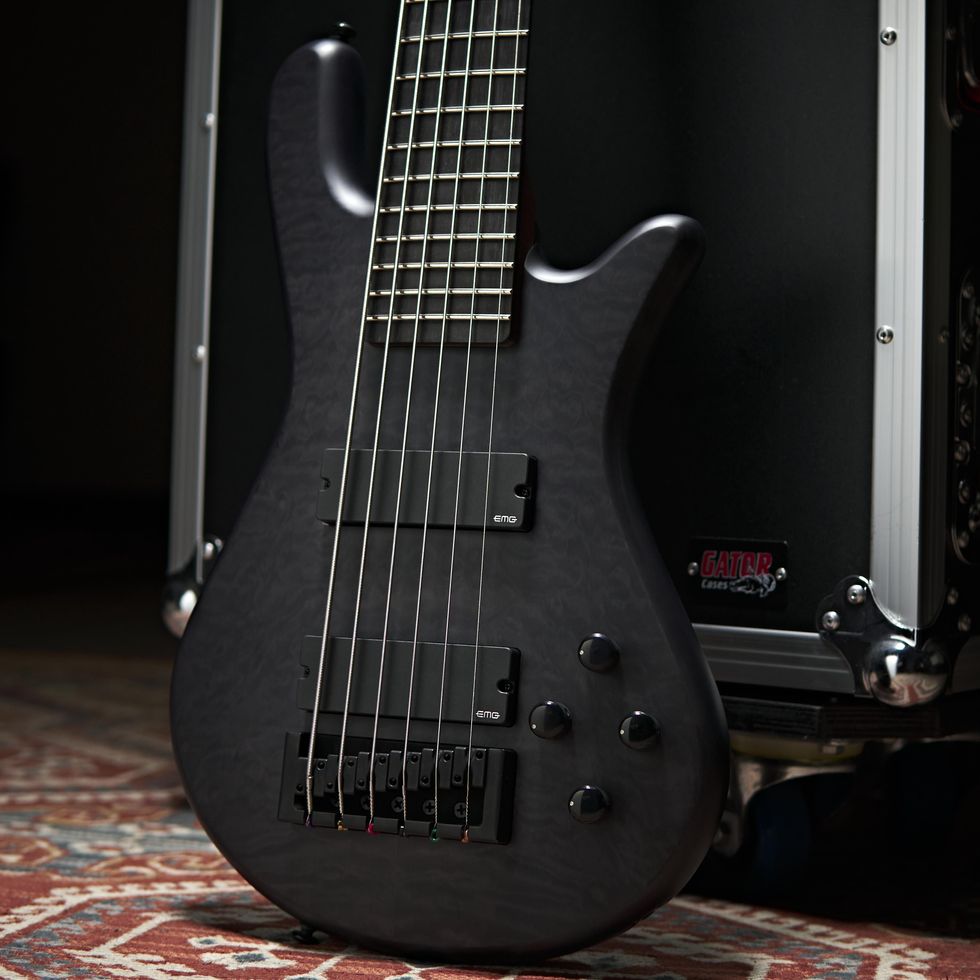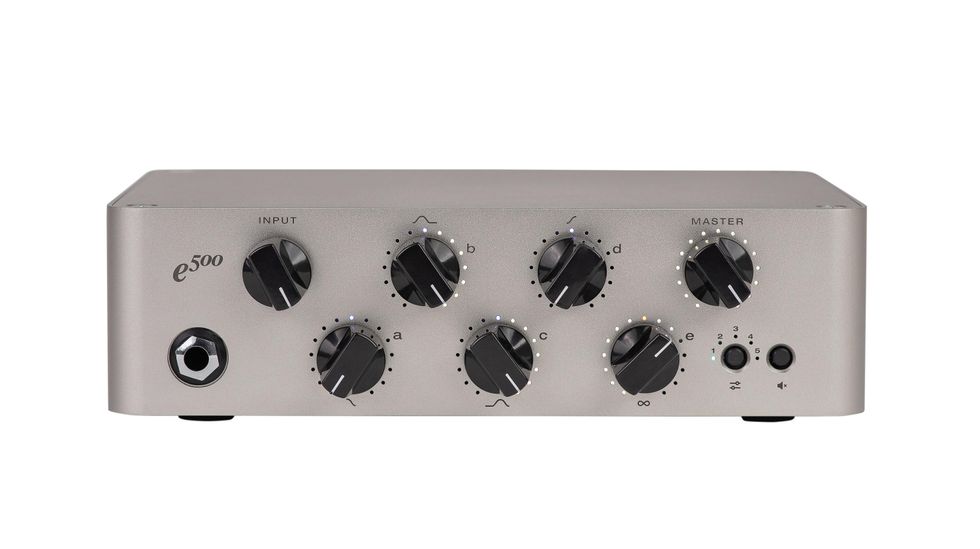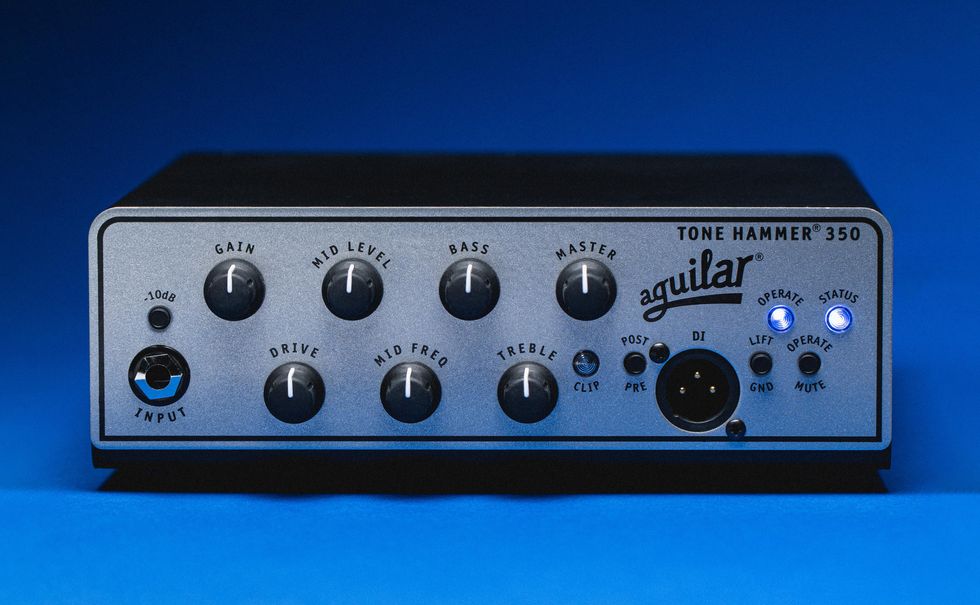Looking for this year's hottest guitar gifts? Look no further than the 2021 Holiday Gift Guide!
Premier Bedford SH
The Bedford SH—previously only offered as a Deluxe Limited Edition model—is now available in the Premier Series. Featuring a sleek, modern f-hole design on the upper bout, the Bedford SH integrates a warm acoustic element into a three-pickup electronics configuration that offers a bold variety of tones. The combination of two Duncan Designed single-coils in the neck and middle positions followed by a Duncan Designed mini-humbucker in the bridge creates a uniquely bold, but familiarly spanky tonal palette while a 5-way blade makes tone selection simple. Available in Oxblood, Black Flake and Sky Blue with a six-point tremolo.
Watch Videos
Follow on Instagram
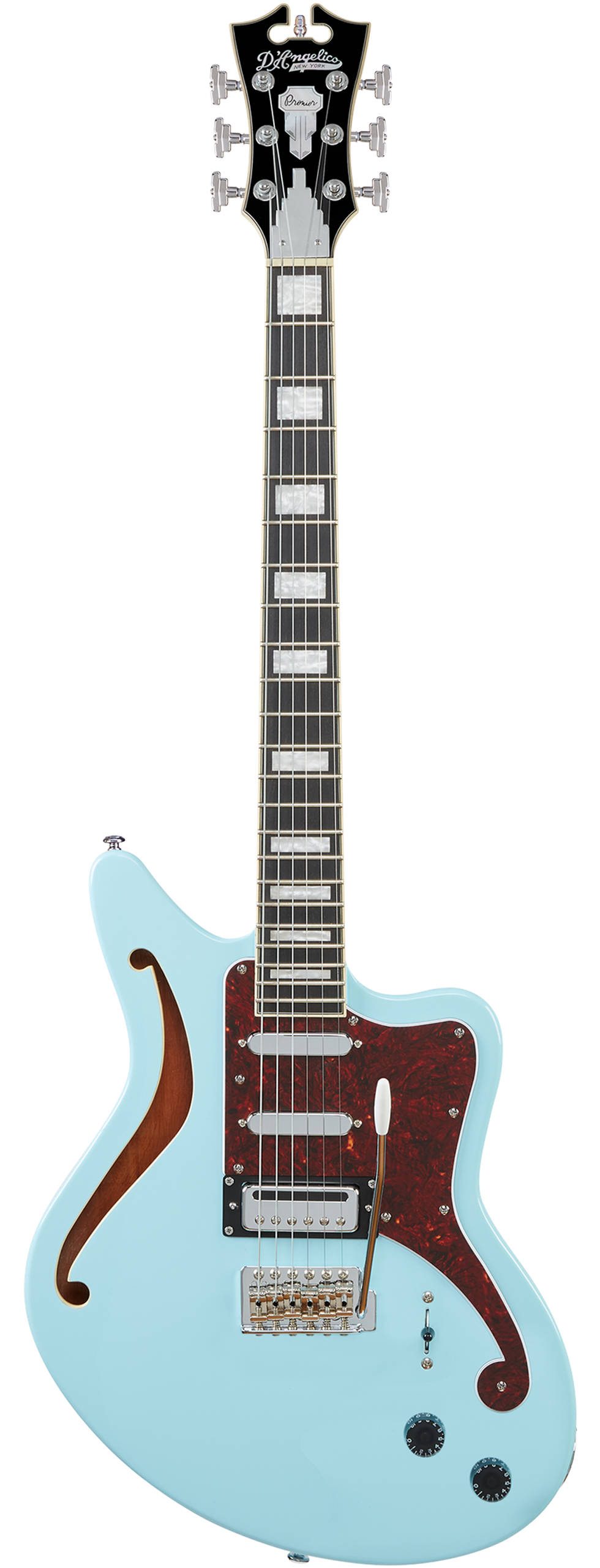
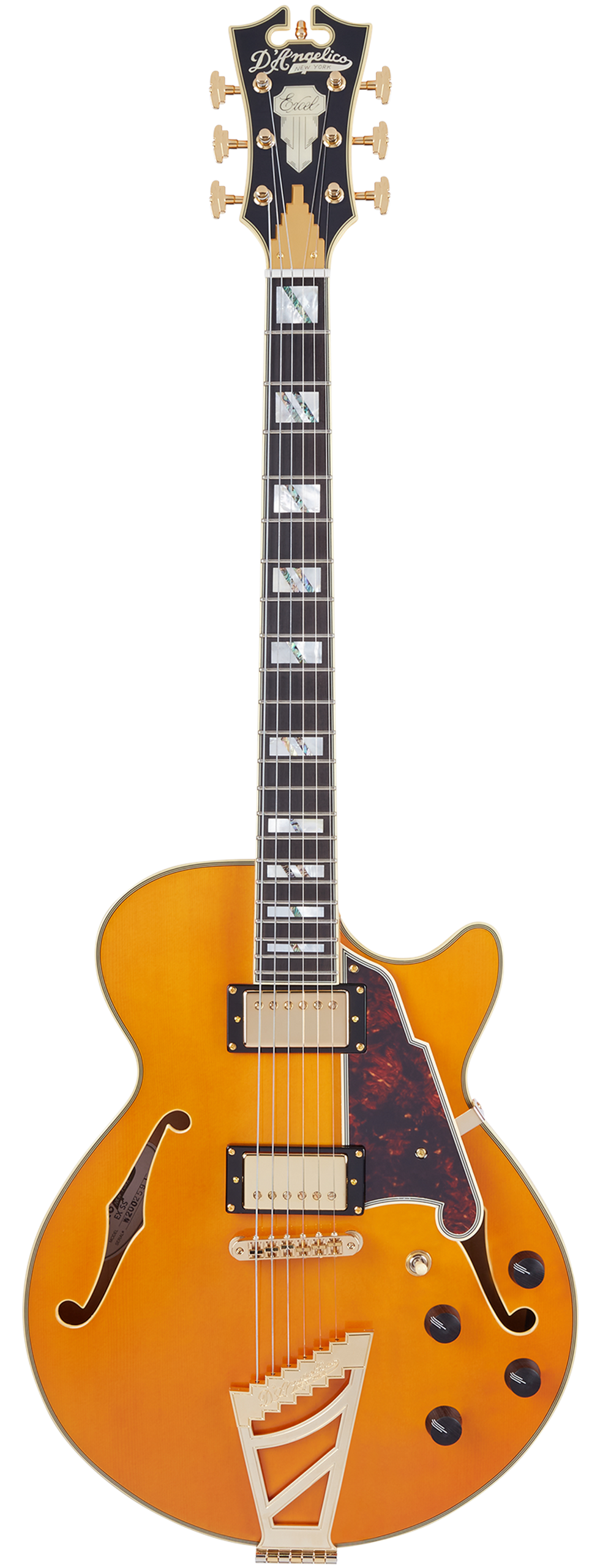
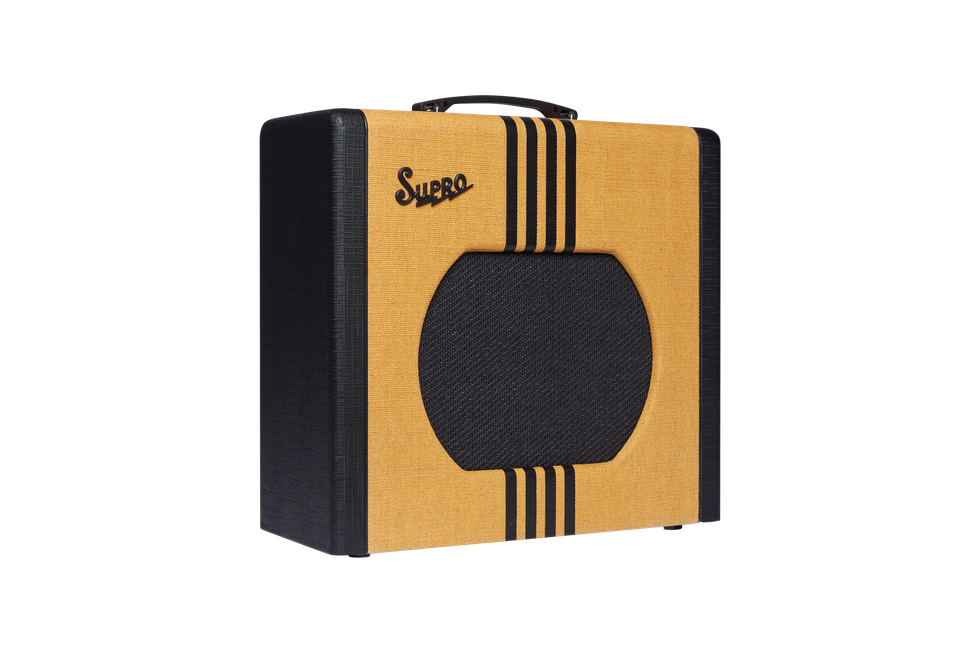
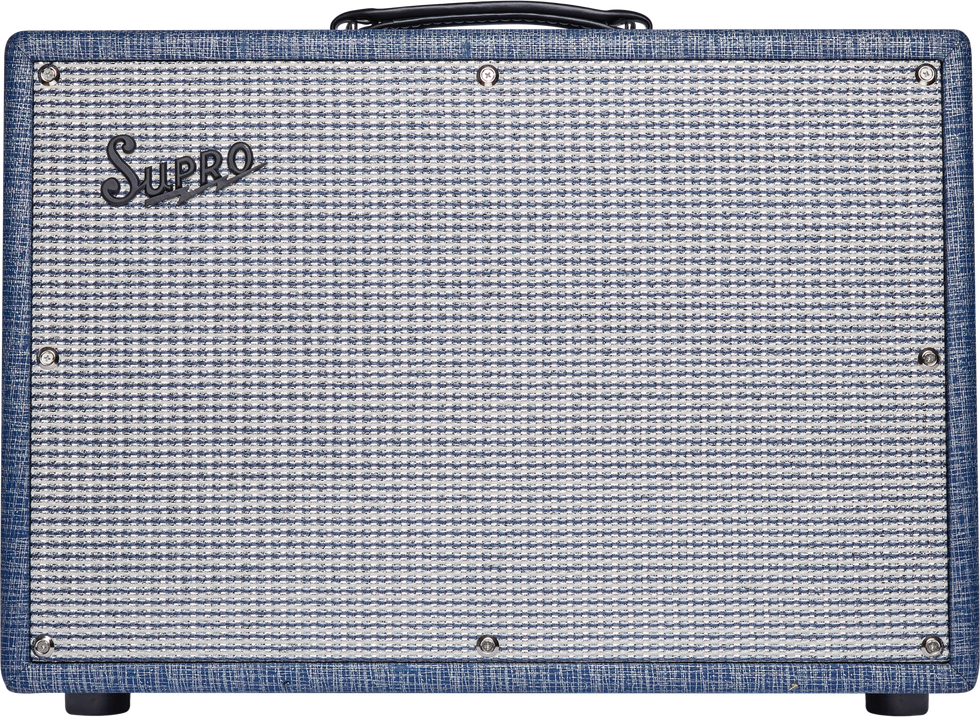
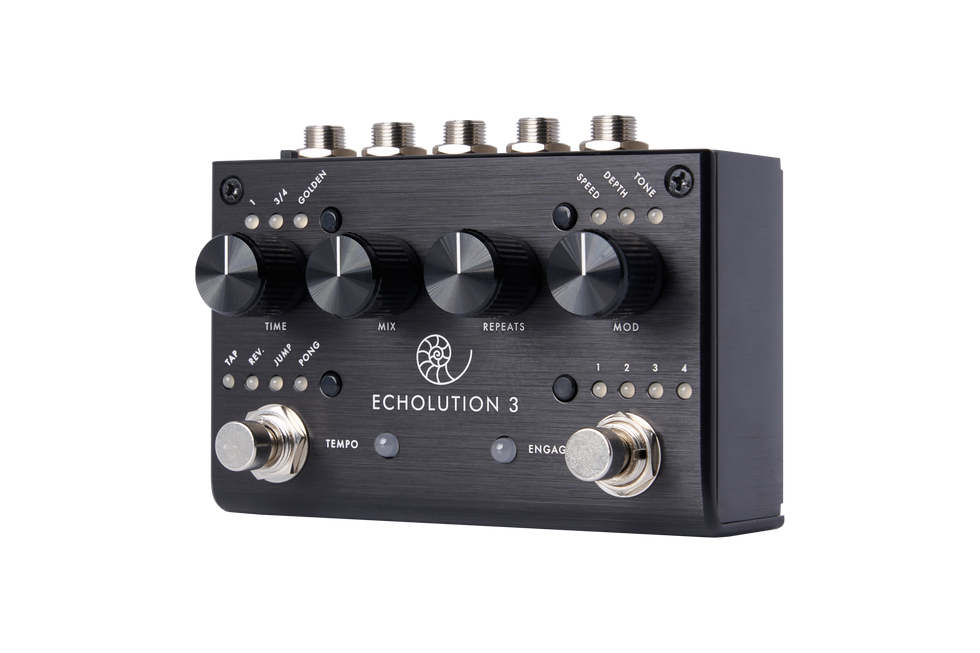
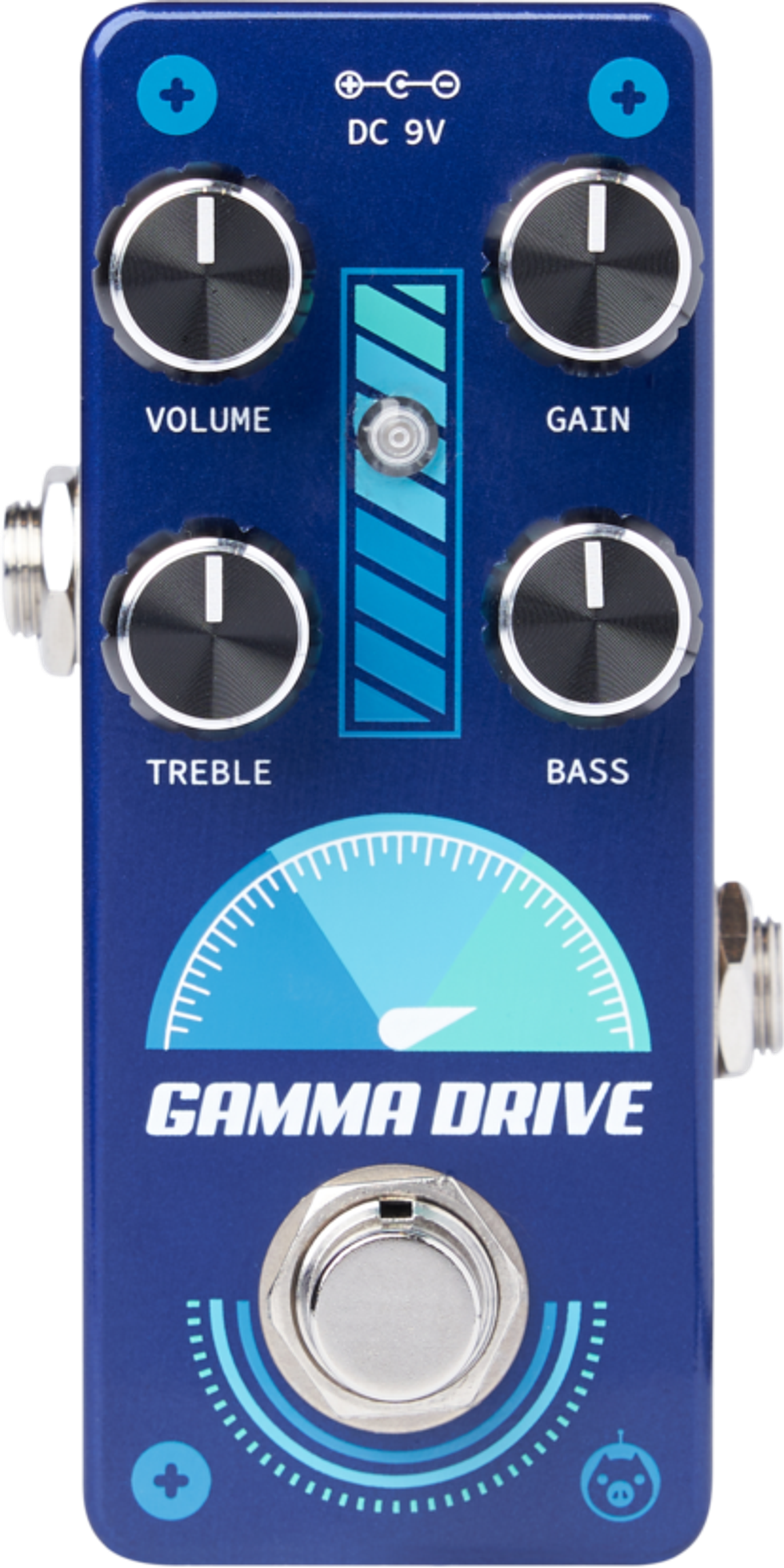
D'Addario XS
D'Addario XS Acoustic Phosphor Bronze strings combine our most popular acoustic alloy with our most advanced string coating technology, resulting in clear tone, smooth feel, and superior tuning stability – all with the longest possible string life. With its ultra-thin film coating on every wound string and a unique polymer treatment on the plain steels, XS offers our highest level of protection for maximum life. XS also features NY Steel high carbon core and plain string wire, and our exclusive Fusion Twist, for incomparable break strength and tuning stability.
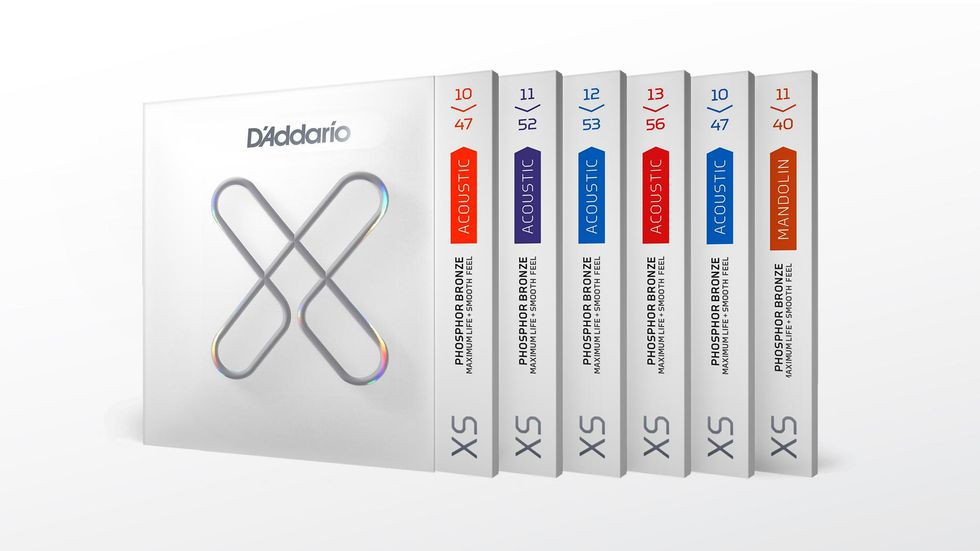
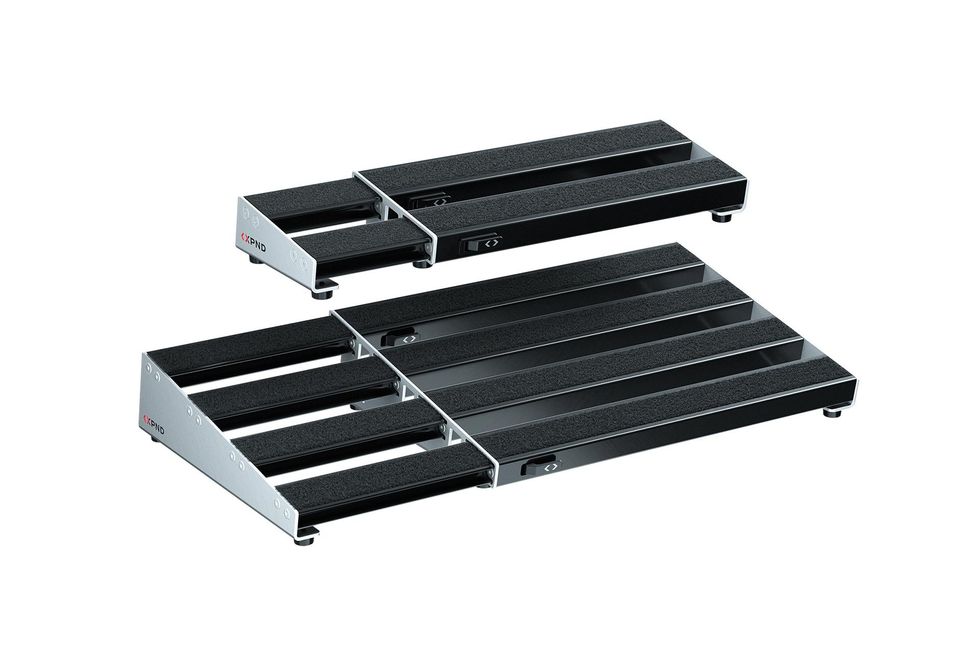
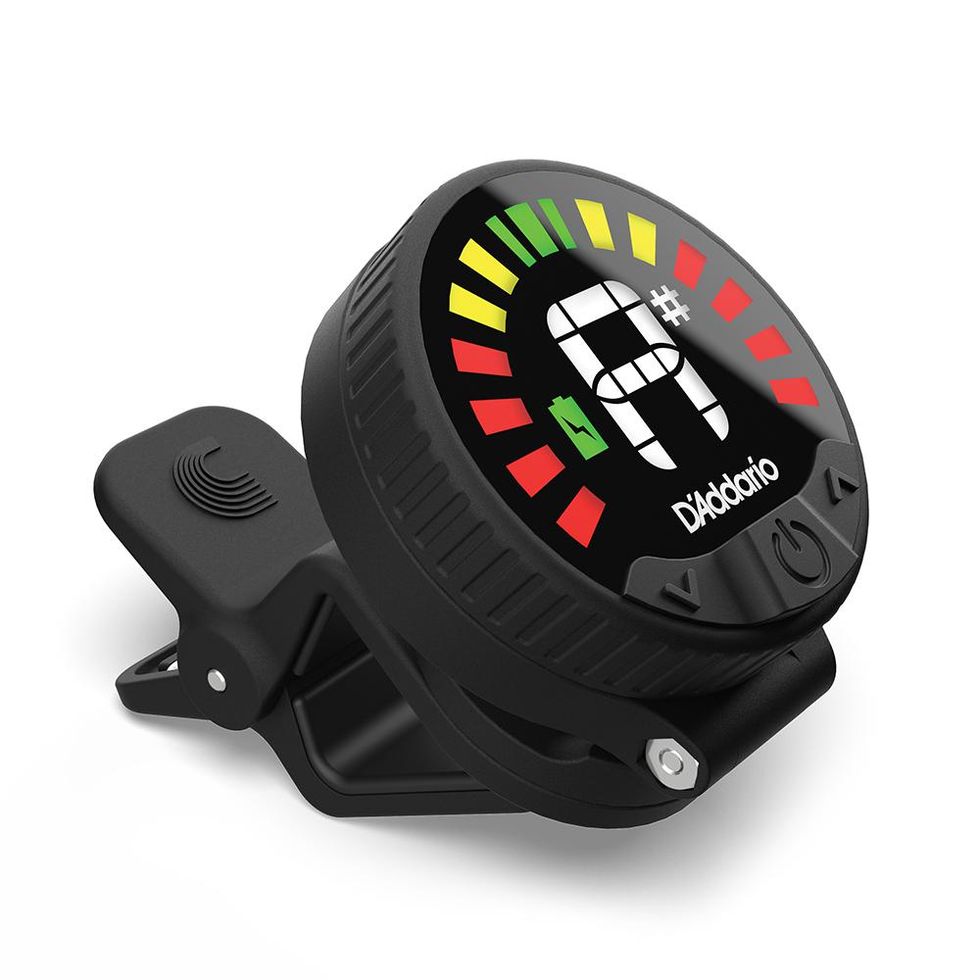
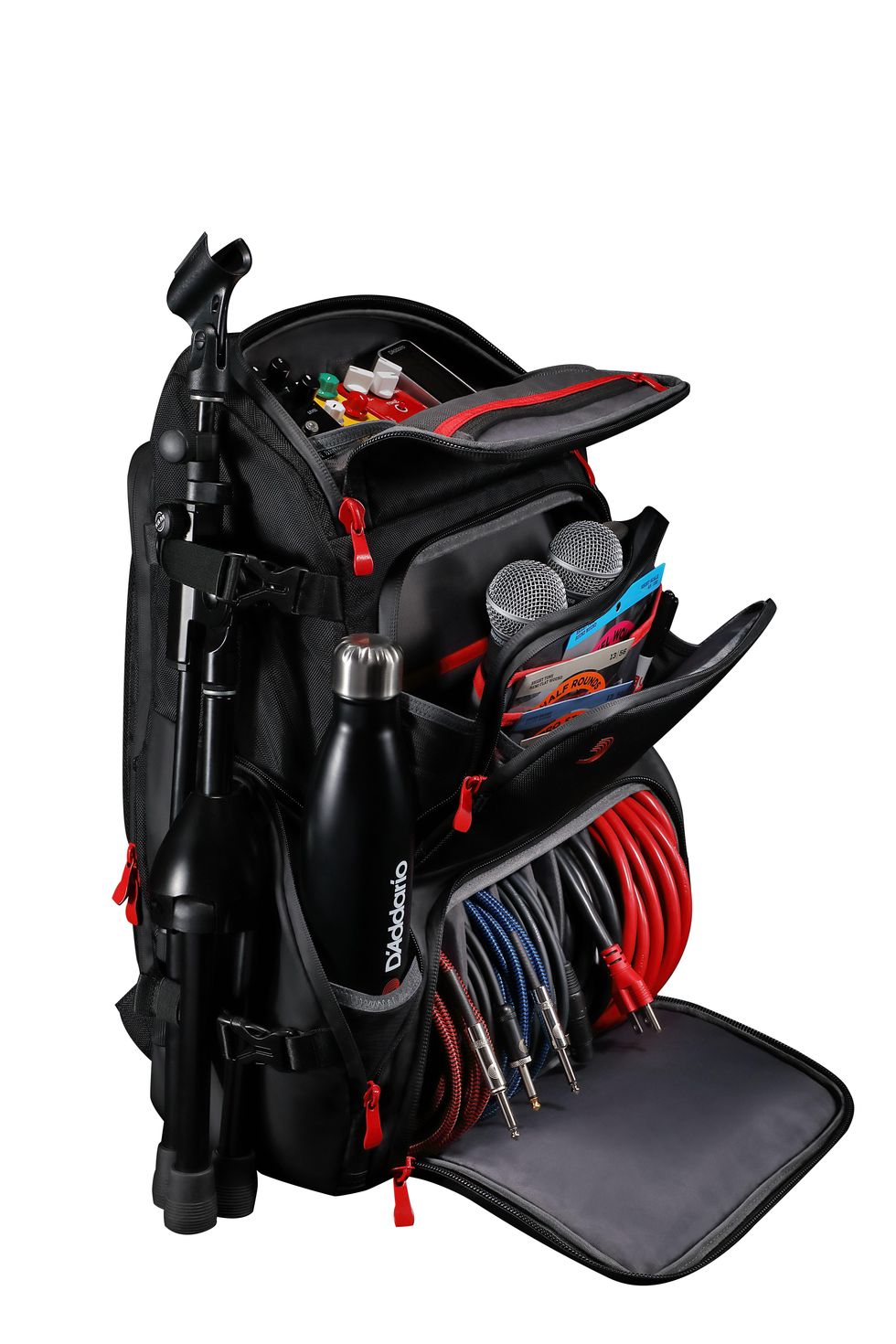

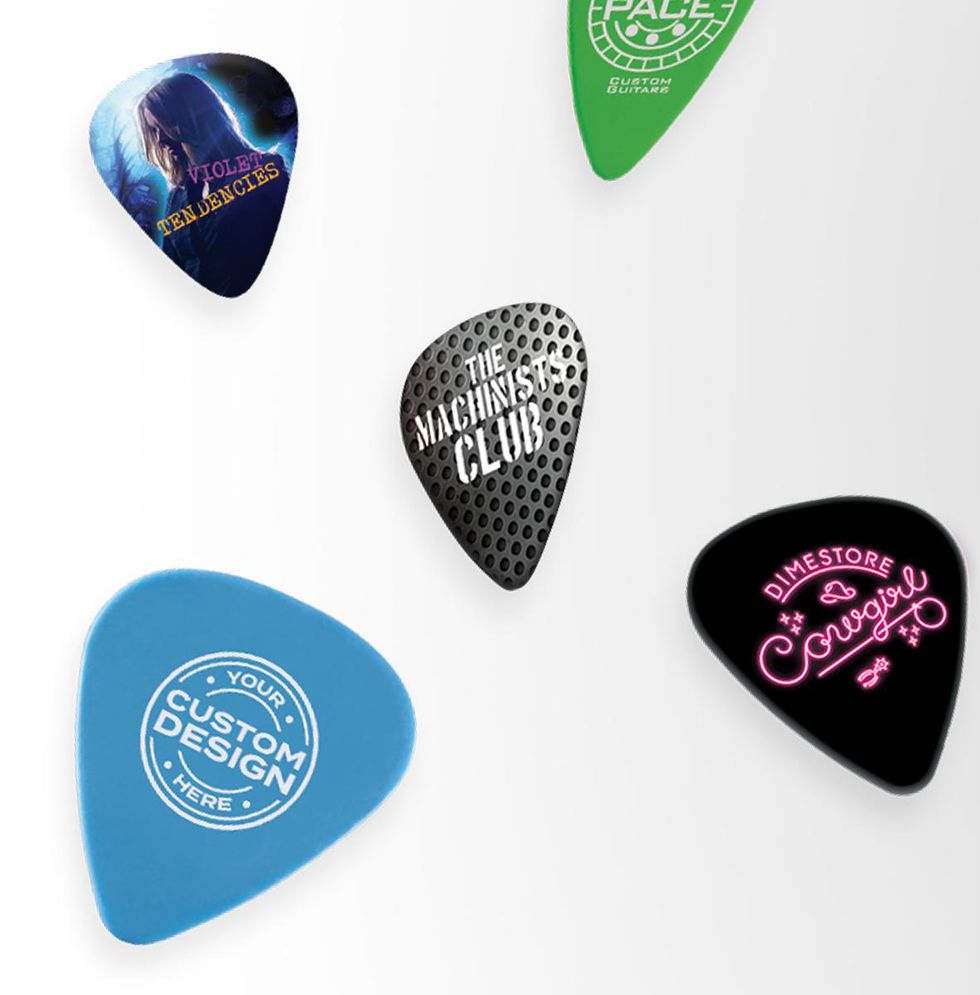
MicroPitch Delay
MicroPitch Delay is the 'secret sauce' heard on countless hit records. The pedal features dual pitch-shifters with fine-resolution de-tuning and modulation combined with delay in a delicious red package. Popularized in the H3000 Harmonizer®, MicroPitch Delay allows musicians to achieve subtle tone fattening, lush stereo widening, rich detuned delays, thick modulation, and tempo-synced special effects. It also features onboard tone controls with mono or stereo operation, MIDI, preset storing, and most importantly a new compact, easy-to-use interface.
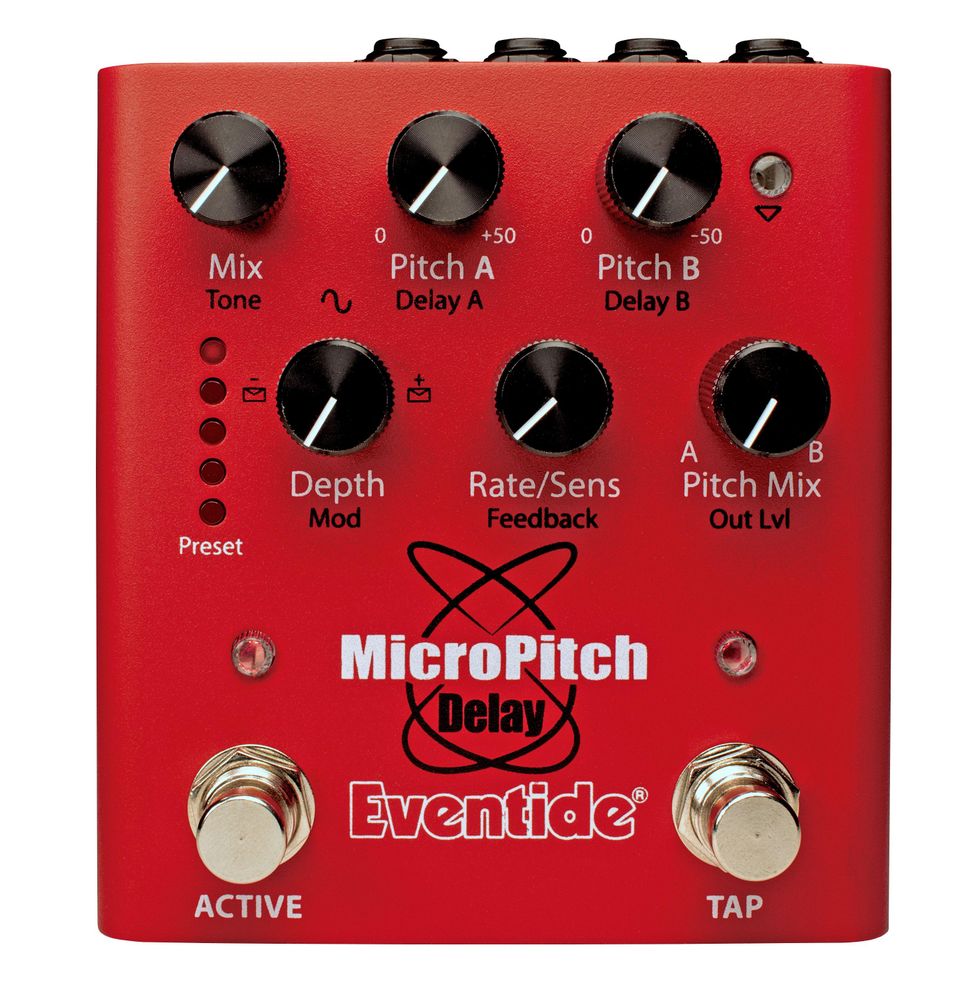
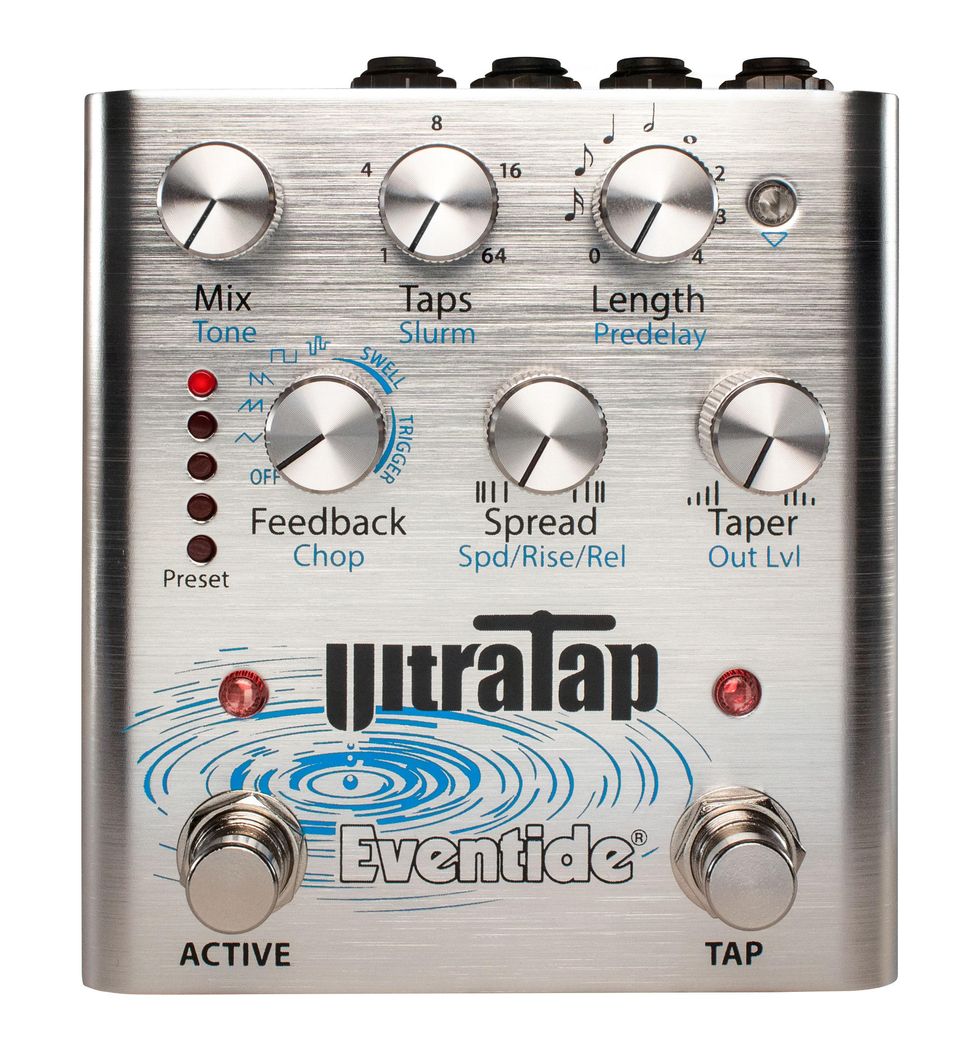
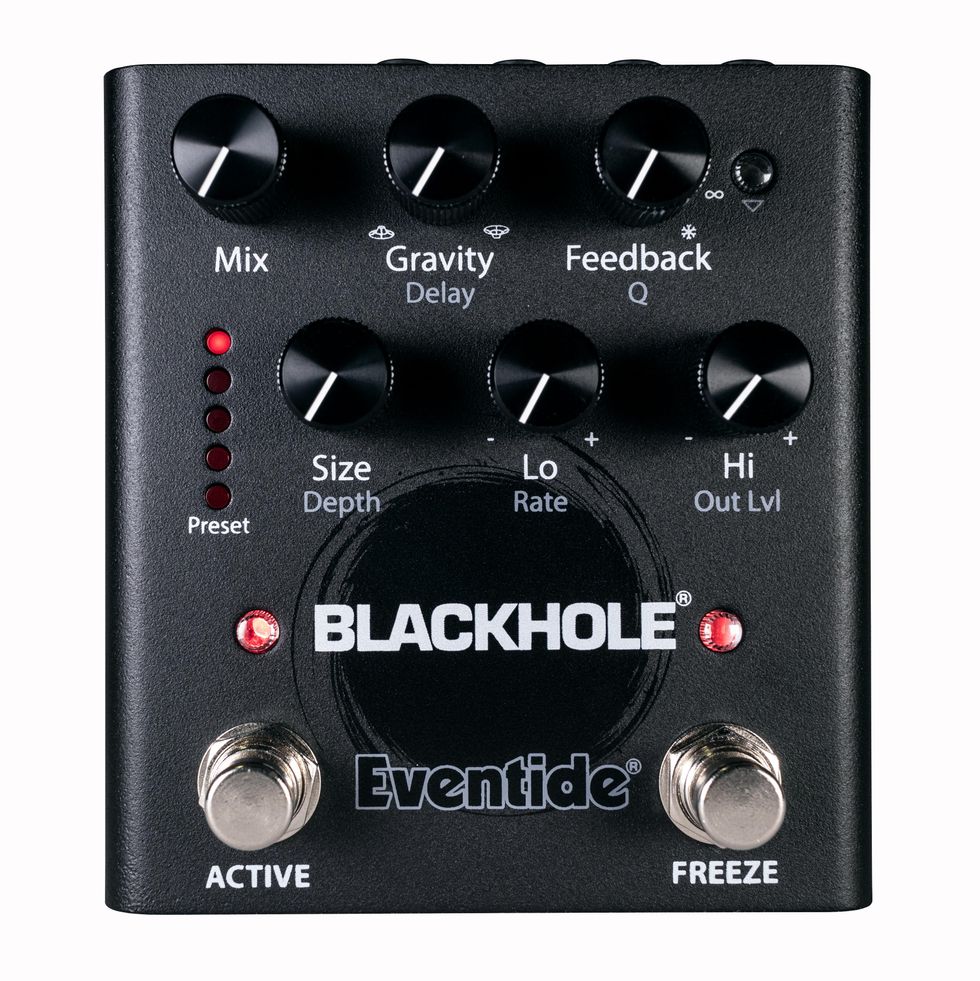
Soul Press II
Soul Press II is a next-gen product in the Hotone Press series pedal line. It's new-designed upgrade based on the popular concepts of both the Soul Press and Vow Press. It integrates up to four function modes (volume, wah, volume/wah, expression), taking playability to new heights. The pedal position indicator shows the pedal position in real time. The TONE mode selection and Q value adjustment represent an absolute improvement in tone and functionality. Multiple I/O options provide more diverse access. The reimagined pedal size maintains portability while delivering an optimal ergonomic experience. Soul Press II is a truly versatile wah pedal.
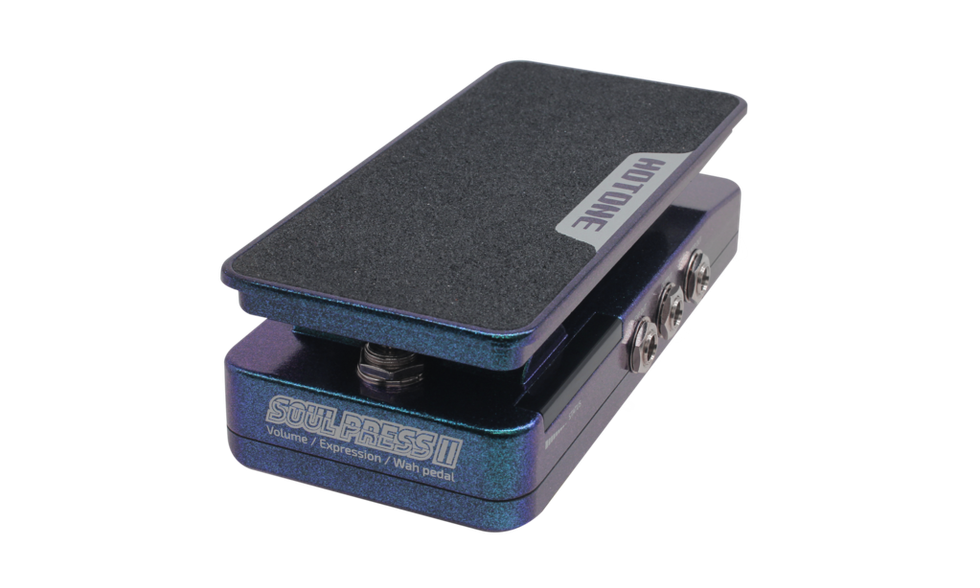
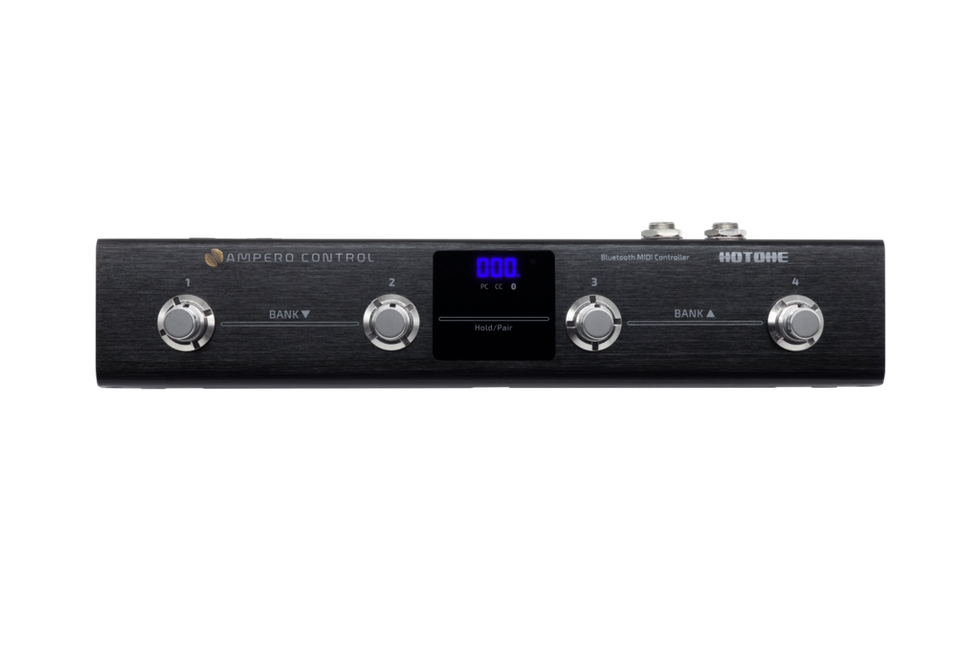
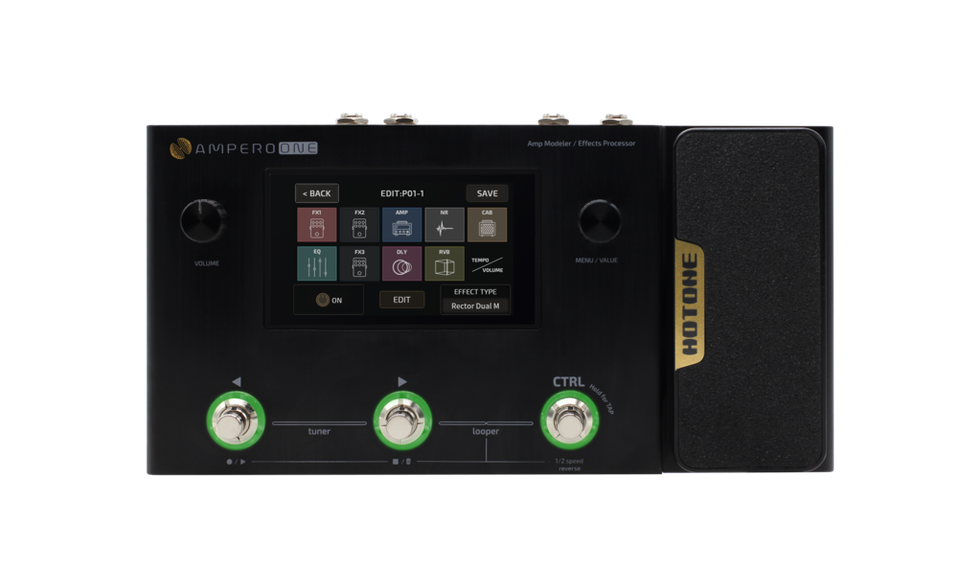
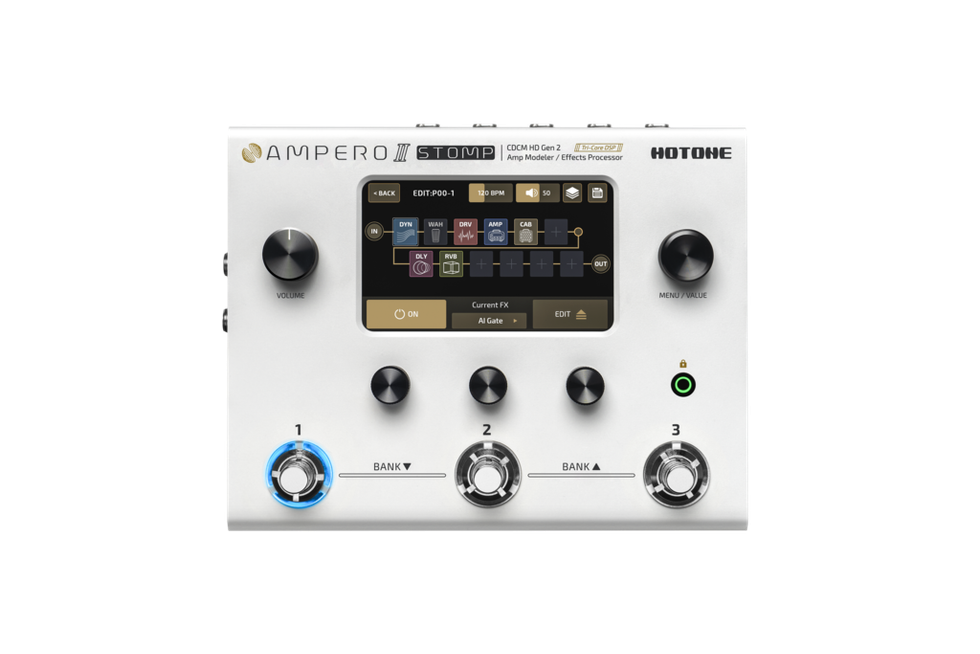
Blackstar Dept. 10 Pedals
Dept. 10 is the Blackstar R&D team responsible for blue sky innovation and design; they have developed the world's most advanced valve pedals. Dept. 10 pedals all use an ECC83 triode valve at their heart, running at more than 200V internally which allows them to deliver organic tone, dynamics and break up. Innovative design, premium components and our advanced Cab Rig D.I. technology, create the ultimate valve pedals. The Dept. 10 Dual Drive and Dual Distortion pedals both offer two channels, each with two available voices, as well as important features for modern guitarists such as USB audio out for direct recording. And the Dept. 10 Boost's built-in buffer / line driver is perfect for preserving your tone when using long cables, or large pedalboards, or for pushing your amp into further saturation.
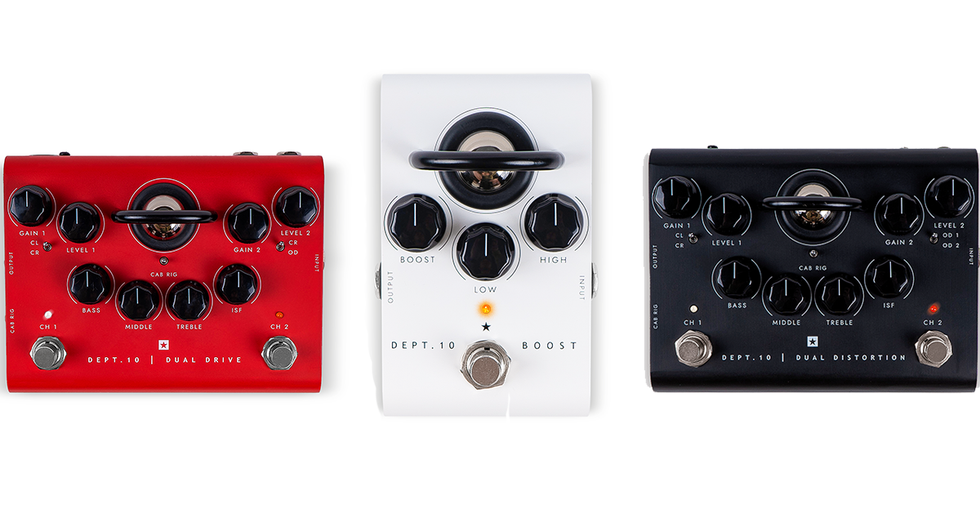
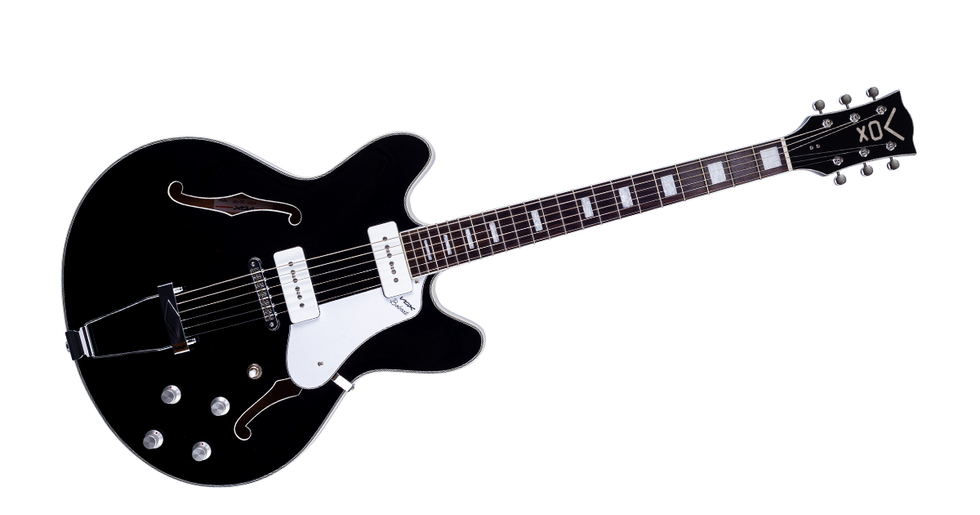
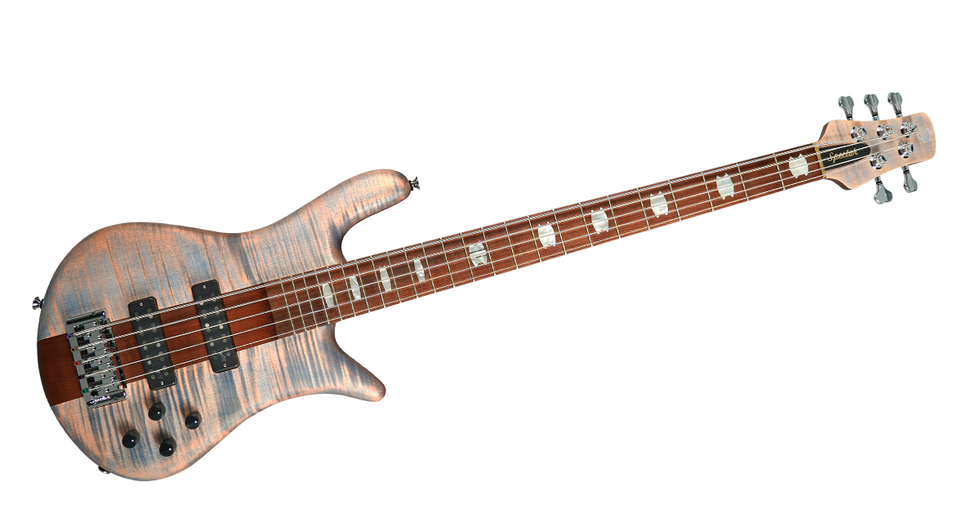
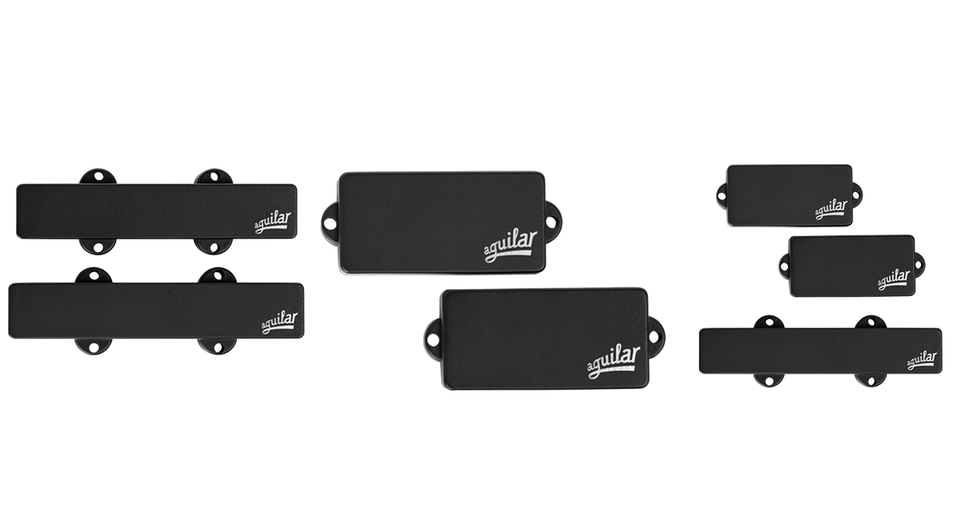
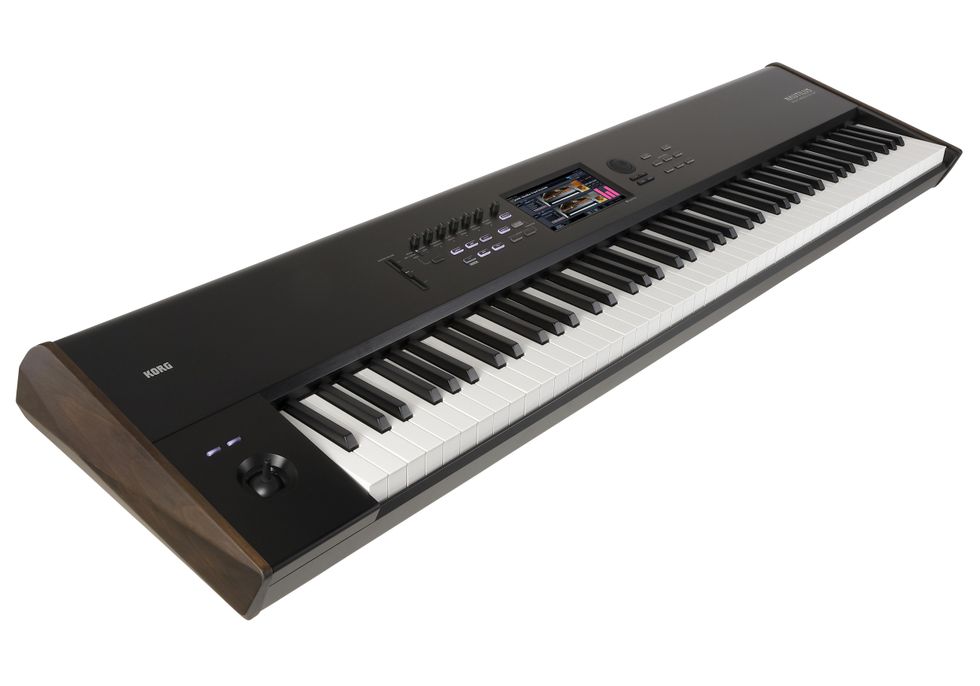
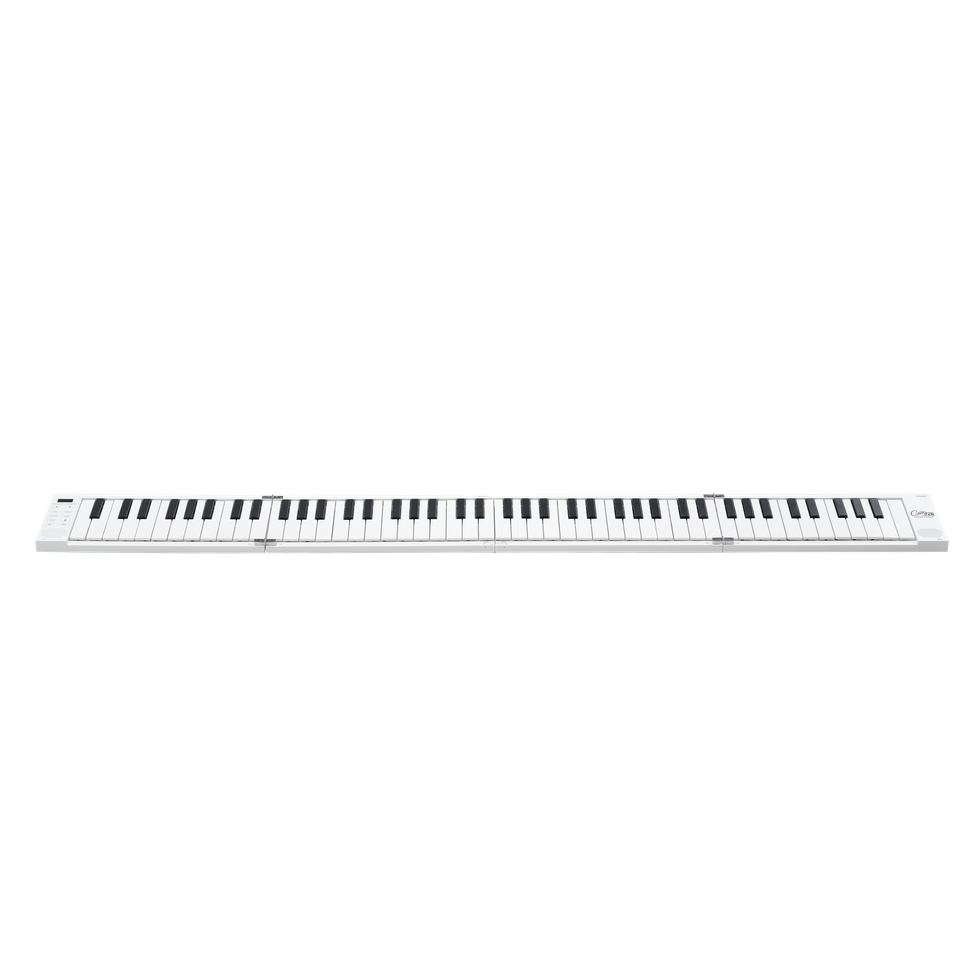
Floating Guitar Stand
PRS Guitars floating guitar stand is the perfect way to display your favorite guitar. Its sleek, minimalist design lets the stand disappear allowing your favorite guitar to take center stage!
Our Engineers have carefully helped in the design of this stand to make sure it is stable and safe for your favorite instrument.
Design features:
• Heavy Duty Construction
• Fits most acoustic and electric guitars
• Heavy weighted base ensures the stand will not tip over
• Three-pointed base engineered for maximum stability
• Nitro-friendly foam head stock cradle
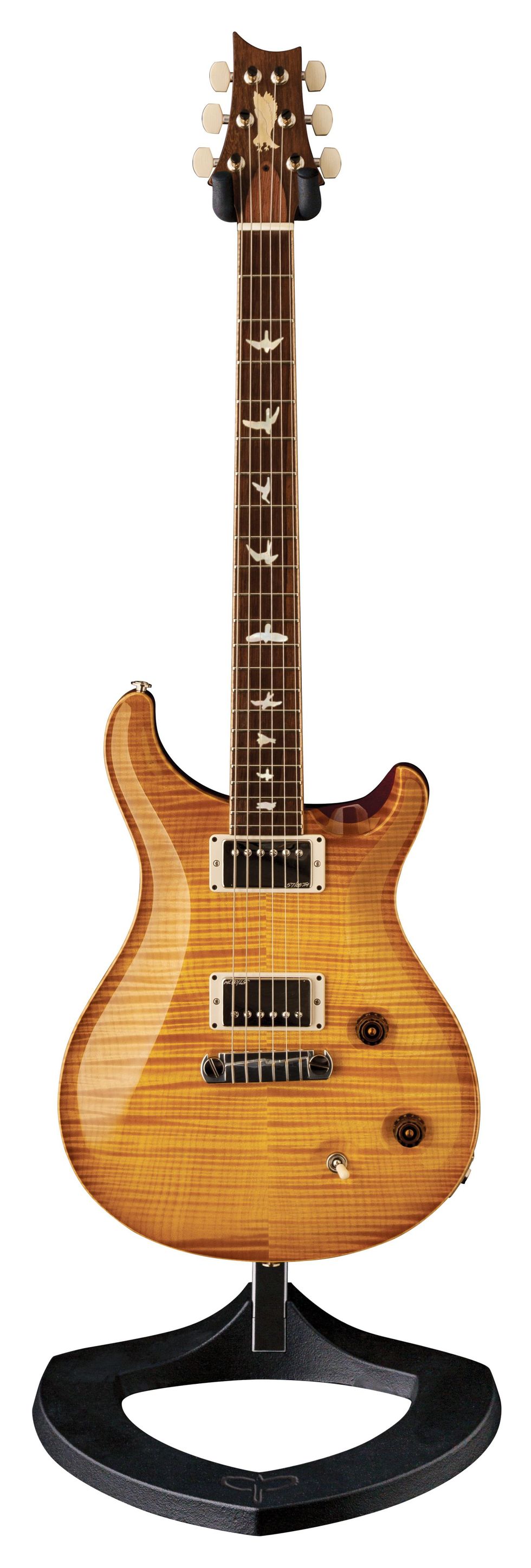
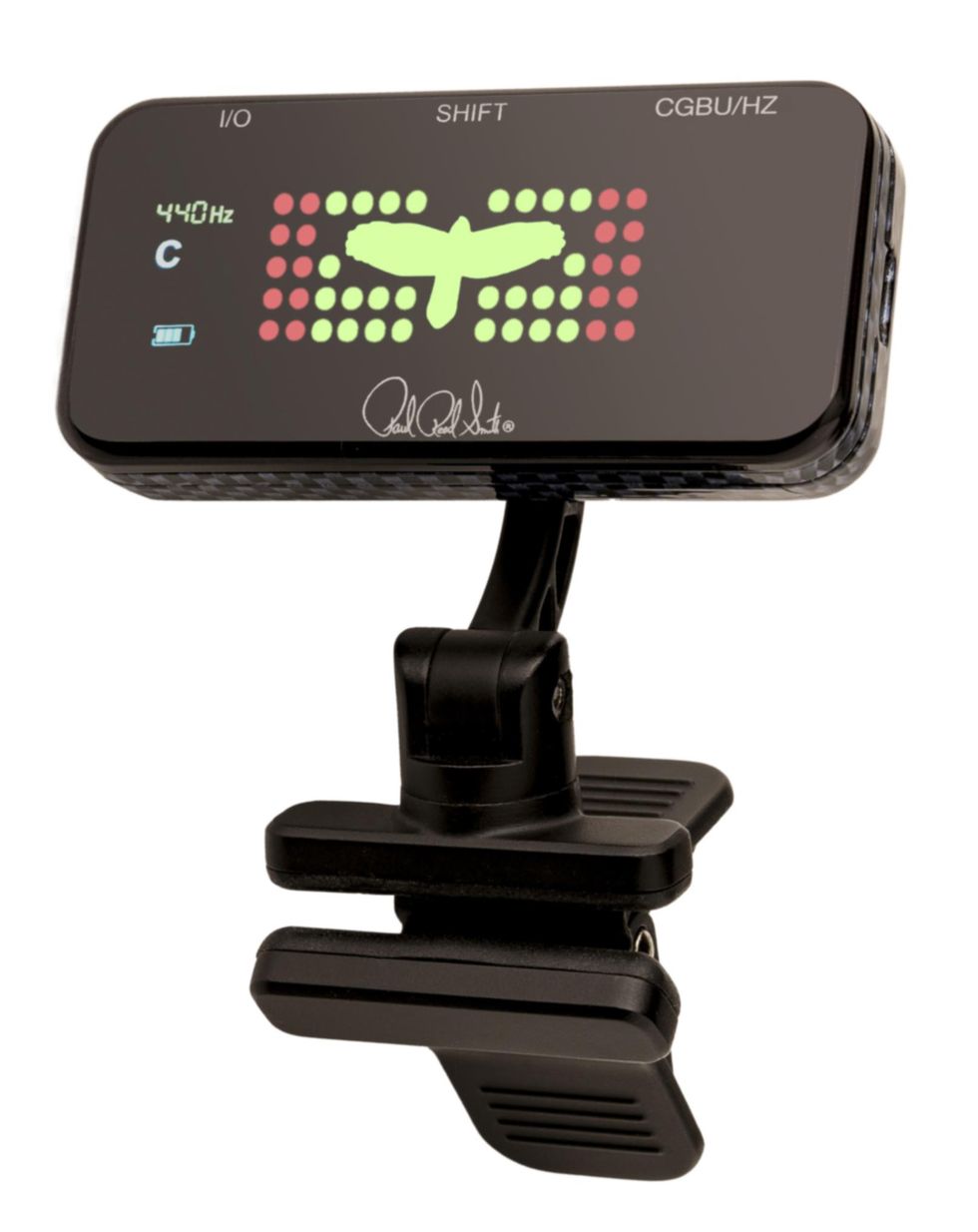
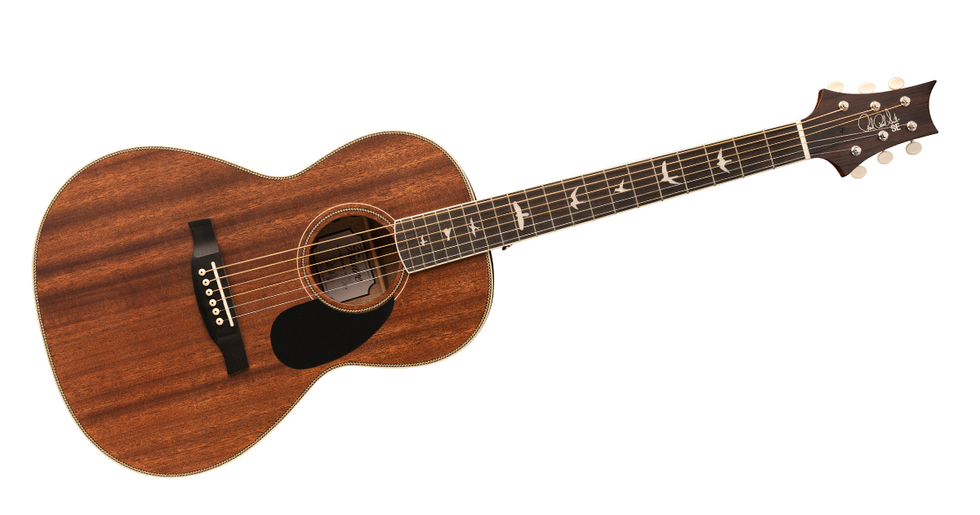
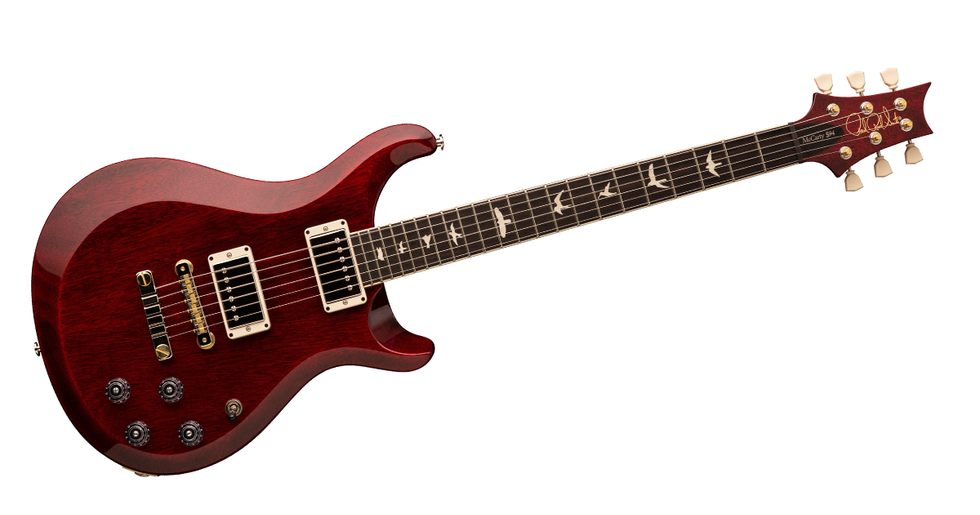

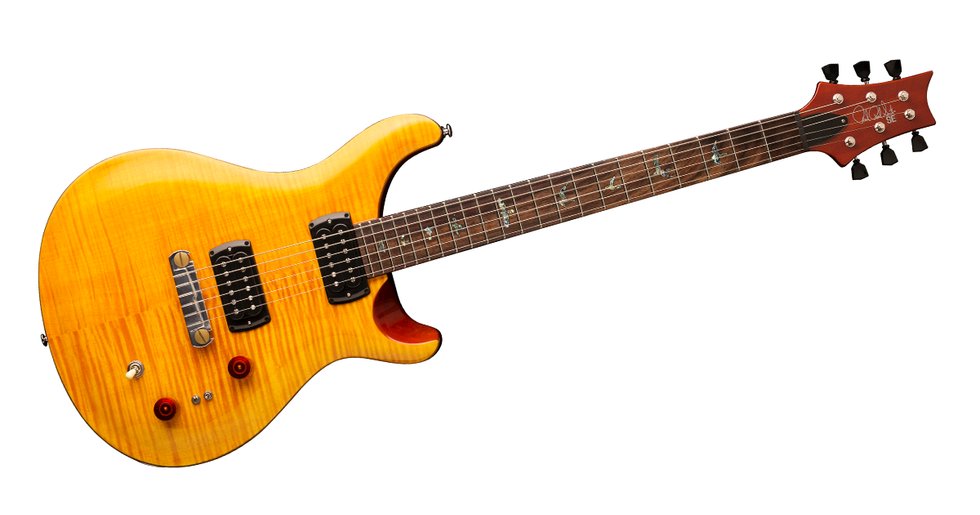
Zelzah
Zelzah is a multidimensional phaser capable of conjuring up everything from classic vintage phaser tones to authentic lush chorusing, flanging, and vibrato. The dual layout gives you individual 4- and 6-stage phasers that can be used on their own or combined for added flexibility, and the phaser circuits are handcrafted to sound great at any setting, so dialing in tones is easy. Full control over all functions and up to 300 presets via MIDI make this the last phaser you'll ever need!
Click here for video
Follow Strymon on Instagram
Follow Strymon On Facebook
Follow Strymon on Twitter
Follow Strymon on Tiktok
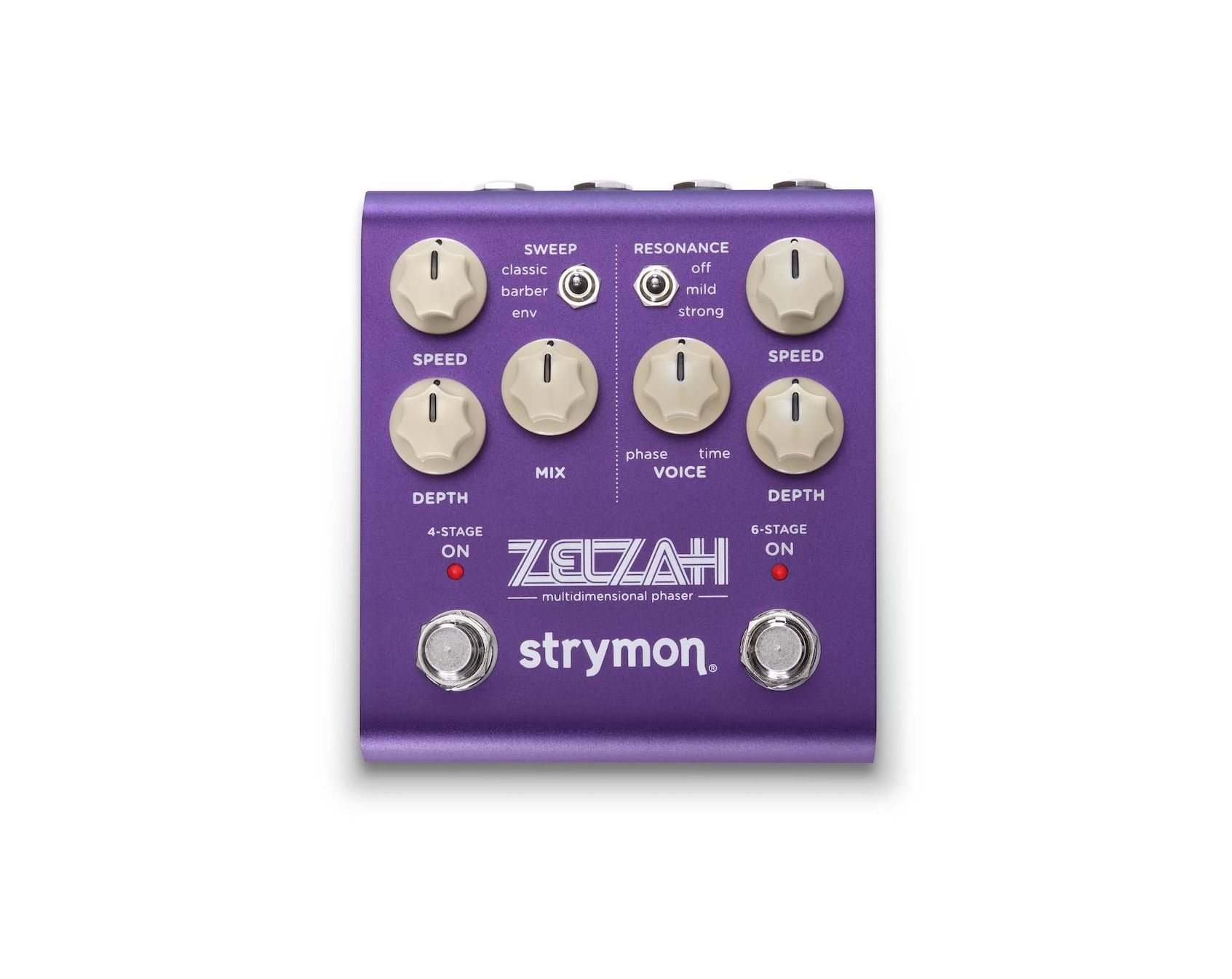
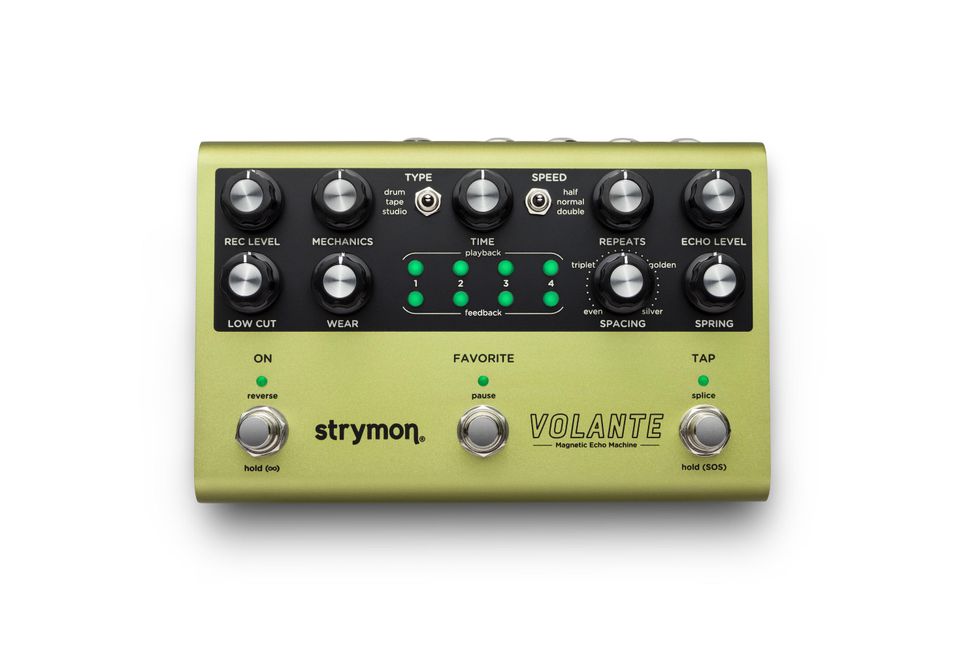
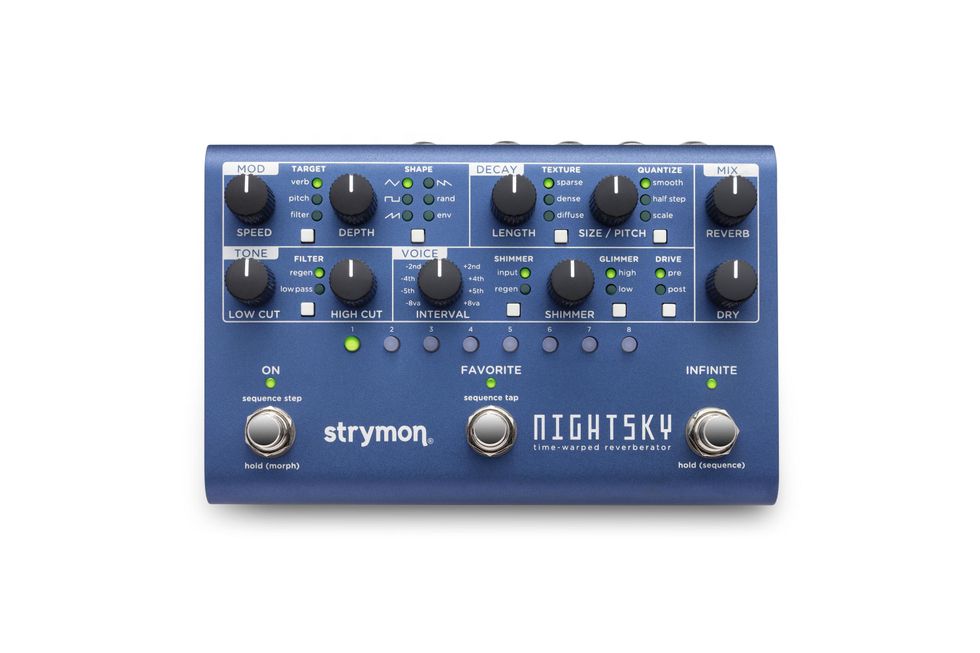
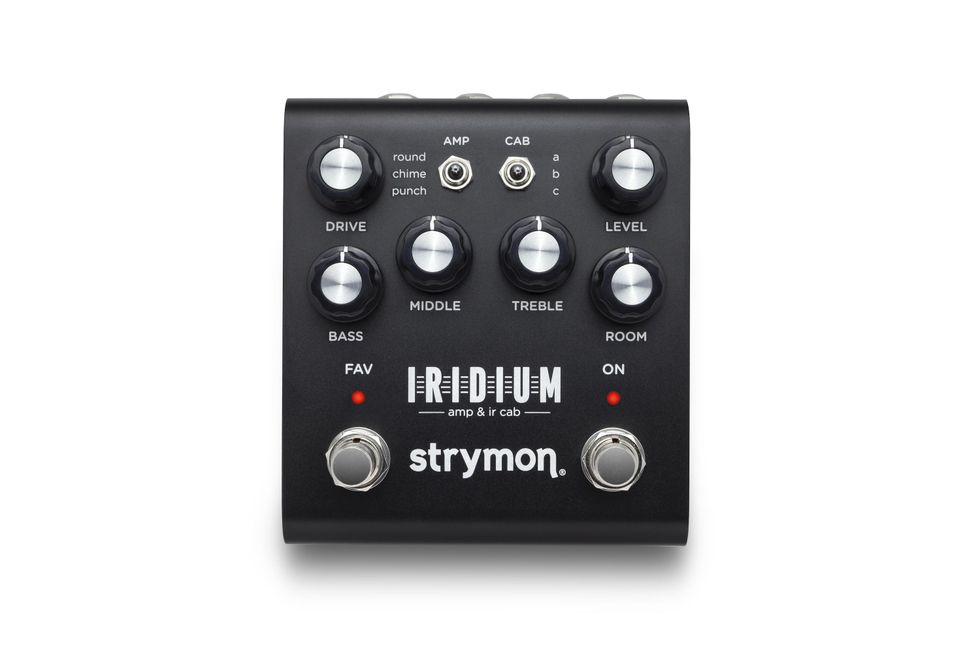
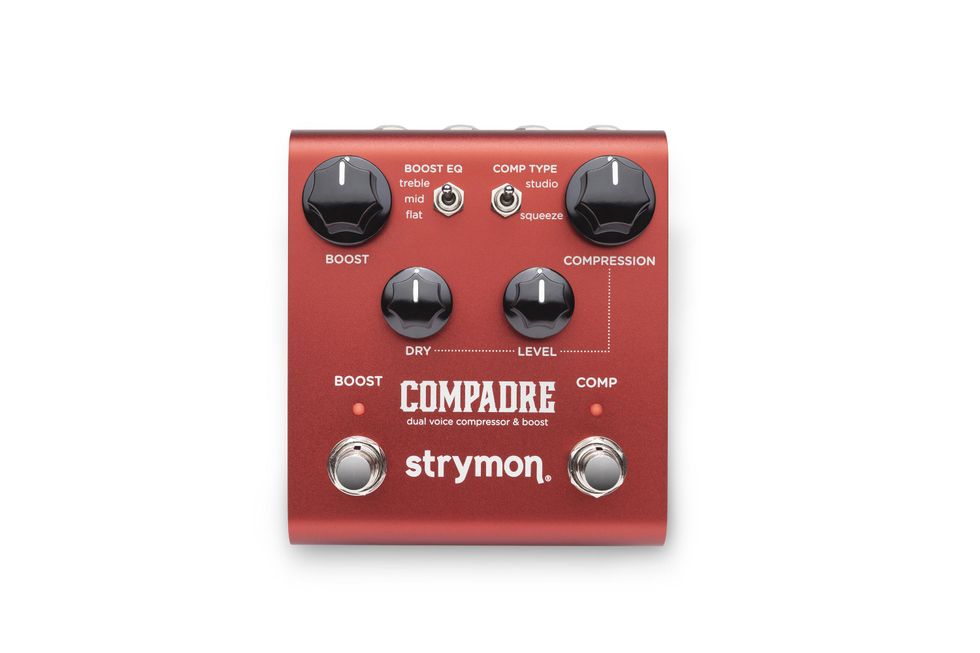
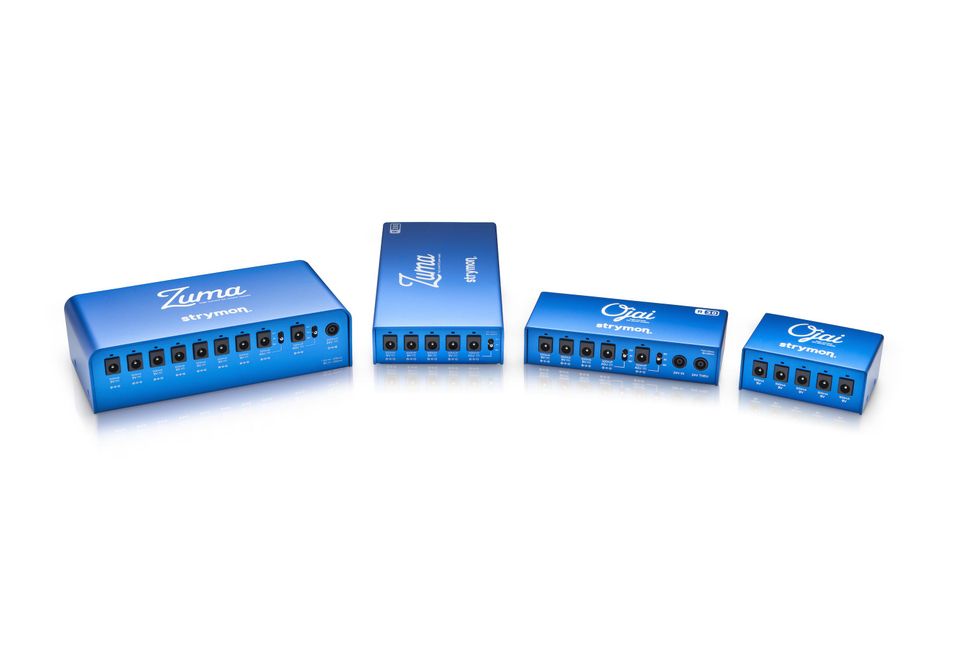
GS Mini-e Koa Plus
Taylor's portable, reduced-scale GS Mini acoustic guitars have long been popular with guitarists for their inspiring blend of playability and rich tone. With a much bigger voice than its small size would suggest, the GS Mini-e Koa Plus might be the most enticing GS Mini Taylor has ever built, thanks to a solid Hawaiian koa top and layered koa back and sides. The solid top brings projection and articulation that balances warmth with clarity, resulting in a bold response that's more than capable of handling everything from at-home practice to jam sessions with friends and more. A gorgeous dark stain with a subtle matte finish draws out koa's natural beauty, while the built-in ES2 electronics make it easy to plug in and play anywhere there's an amp. The GS Mini-e Koa Plus ships with a super-durable Aerocase that offers all the protection of a hardshell case at one-third the weight.
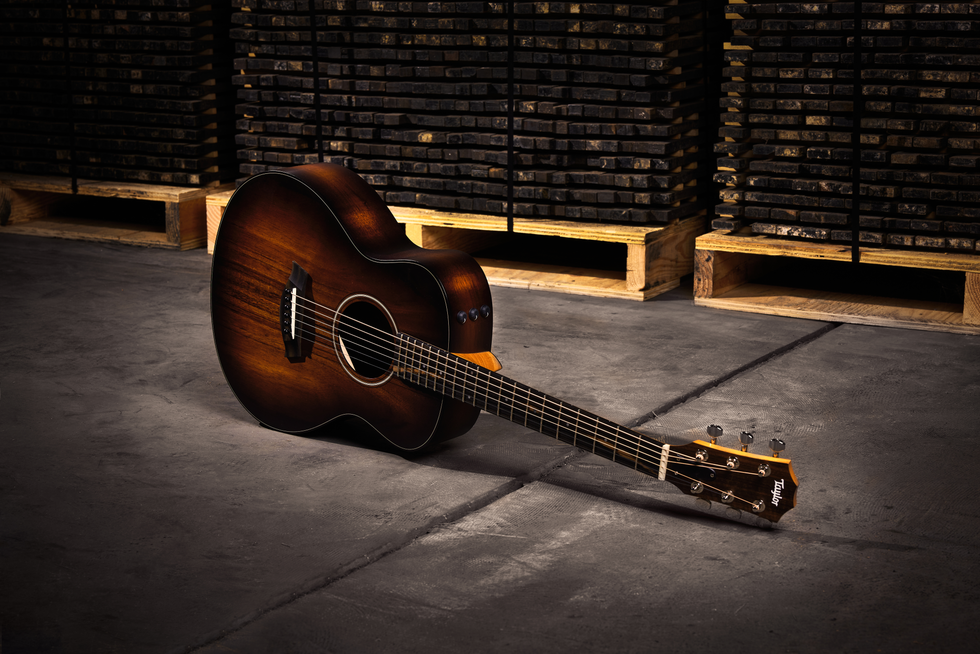


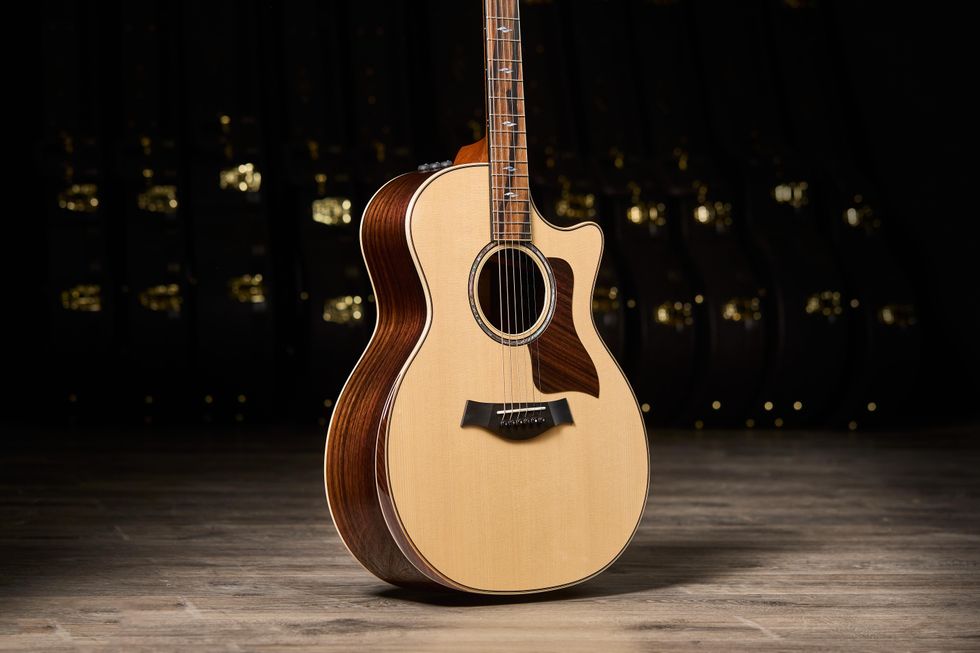
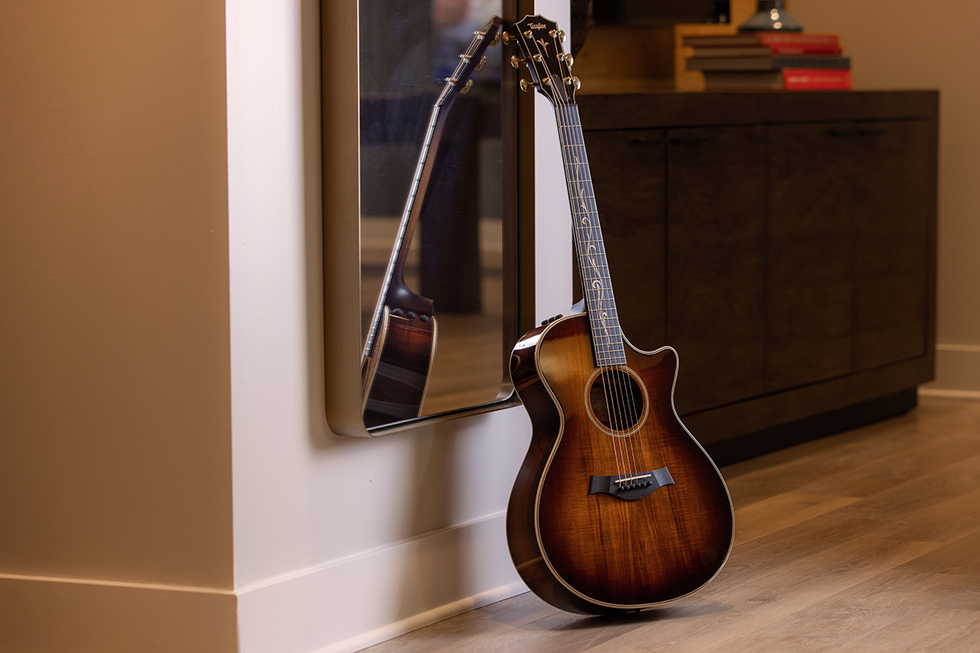
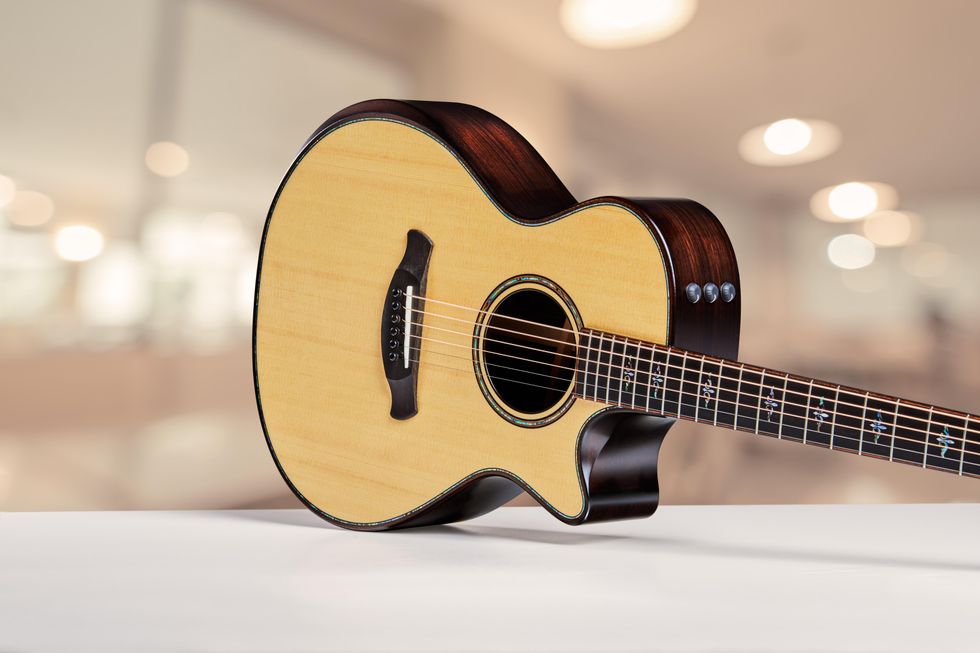
TAD 6L6GCM-STR REDBASE™ PREMIUM Selected
As the first tube of the new TAD REDBASE™ series, the TAD 6L6GCM-STR REDBASE™ has a powerful but always well-defined bass range, with clear, silky and transparent highs - offering plenty of headroom.
In every setting, the TAD 6L6GCM-STR REDBASE™ responds directly and with great dynamics, from soft and warm to punchy and powerful, without ever losing detail or depth.
An effective upgrade
The TAD 6L6GCM-STR REDBASE™ is the recommendation for lively clean sounds as well as powerful broadband multi-channel amps. This makes the TAD 6L6GCM-STR REDBASE™ an effective upgrade for virtually any amp that uses 6L6GC or 5881 tubes.
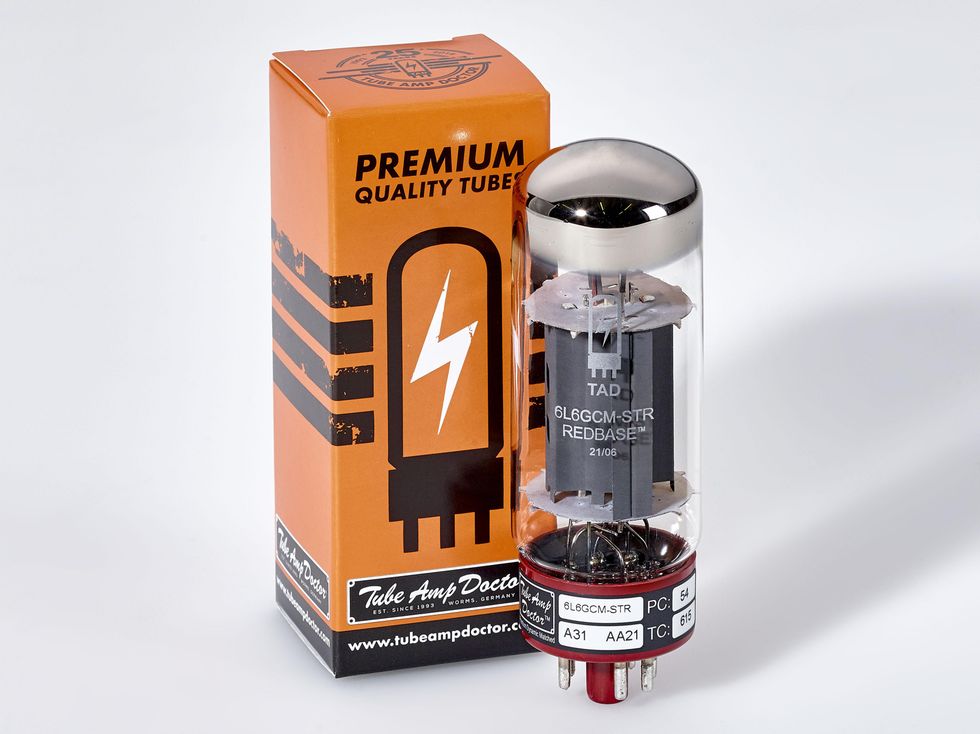
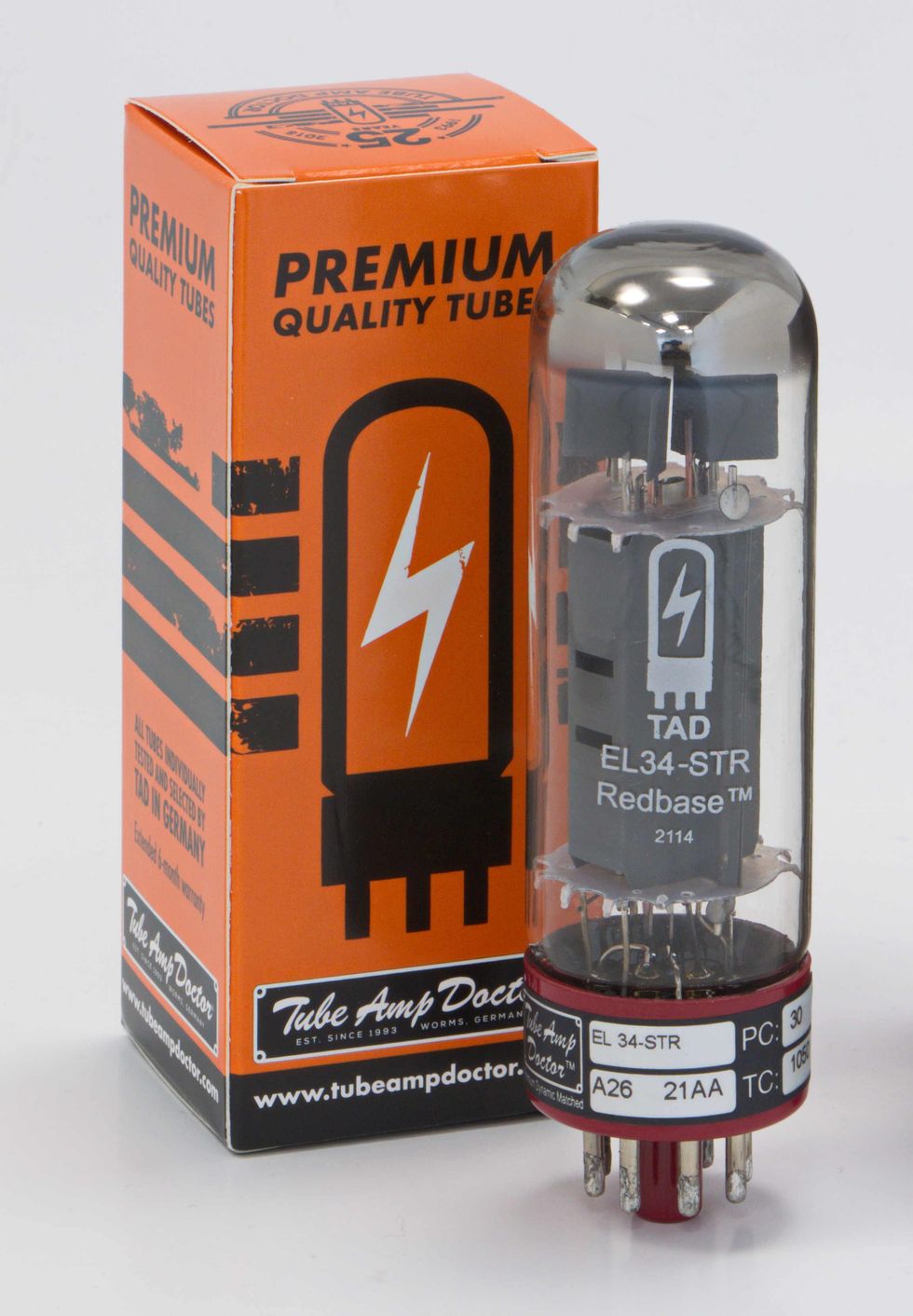
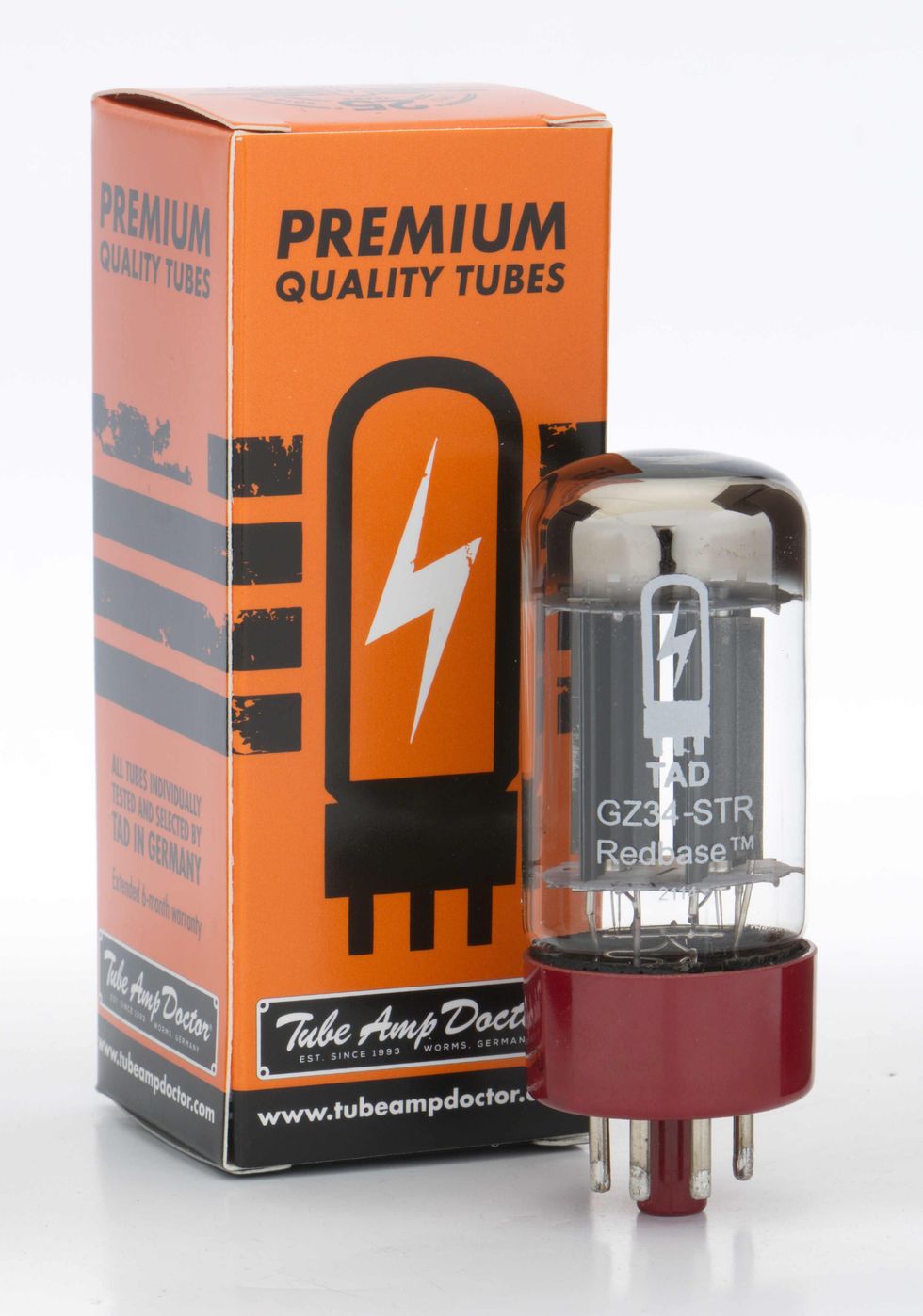
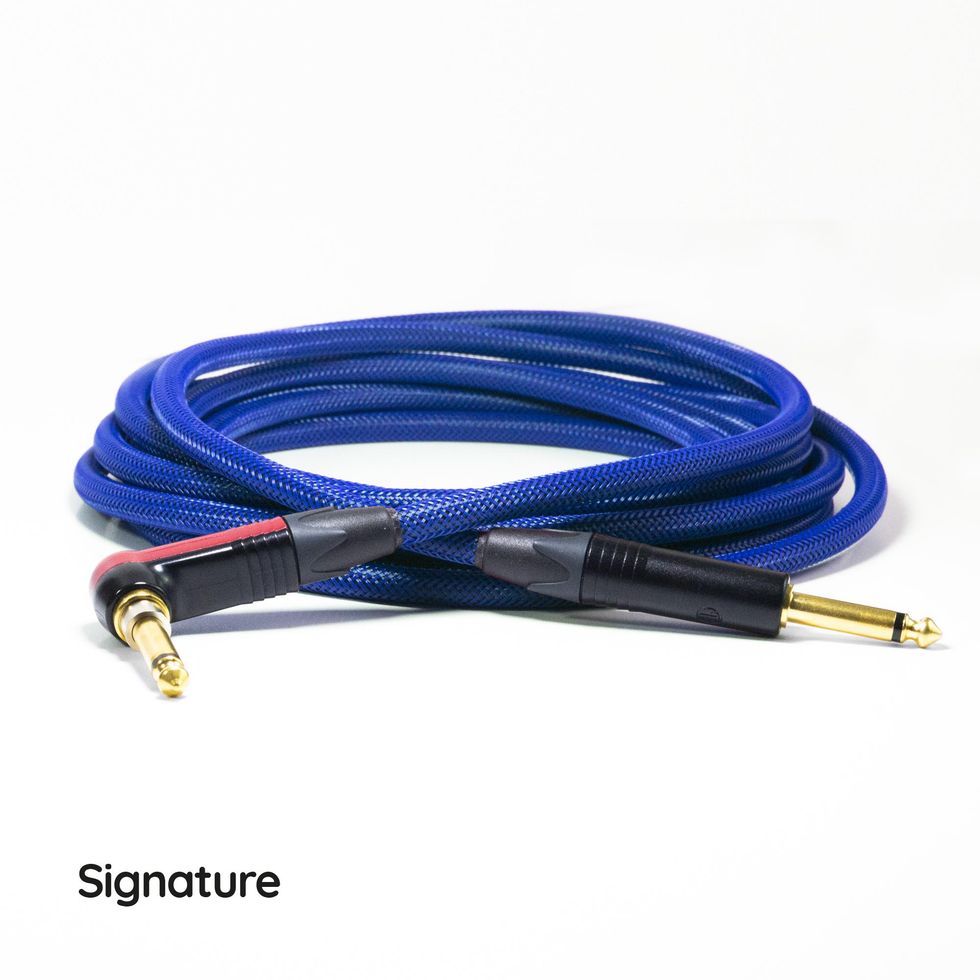
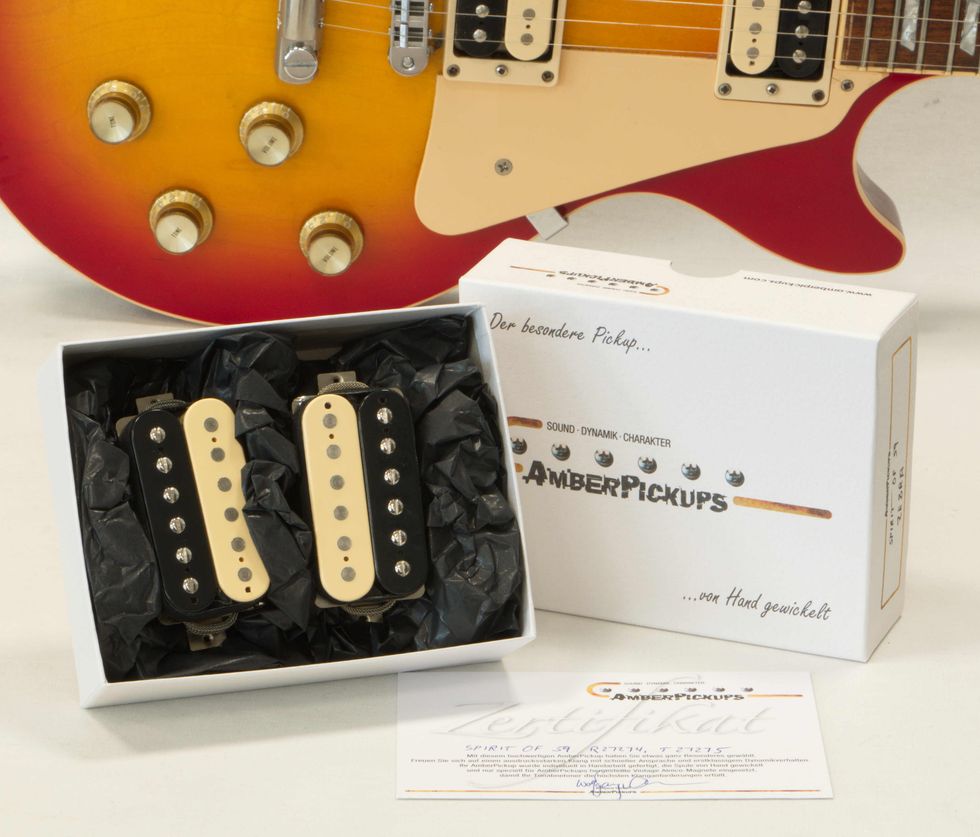
Amonito Guitar Amplifier
Amonito is a guitar amplification system that brings together boutique guitar effects, an incredible sounding tube analog circuit, instant switching between presets, and a quality loud sound monitoring system all in one extremely light package.
At the heart of Amonito is the main analog circuit, a combination of 12AX7 and 12AU7 tubes and MOSFETS all running on 300 V for ultimate dynamic range and feel. A powerful DSP gives you effects like reverb, delay, chorus and tremolo. For ultimate versatility, DSP is also placed before the tube circuit, and dozens of relays transform it into one of the most versatile tube circuits on the market.
Given how complex the system is, it is remarkably simple to use. Amonito features a custom user interface that offers versatility and programmability without the need to read the manual.
A new concept of guitar speaker placement gets you incredible sound on stage, and with dedicated outputs for the PA, the audience will enjoy great sound too. Carbon fiber or aluminum cabinet and one of the best 8inch speakers on the market make heavy amps a thing of the past.
You no longer need to choose between the quality, warmth, and ease of use of a tube amplifier and the versatility and lightness of modern guitar systems. With Amonito, you get an all-in-one system that not only makes your pains go away, but lets you enjoy your instrument the way you should – with an amazing sound.
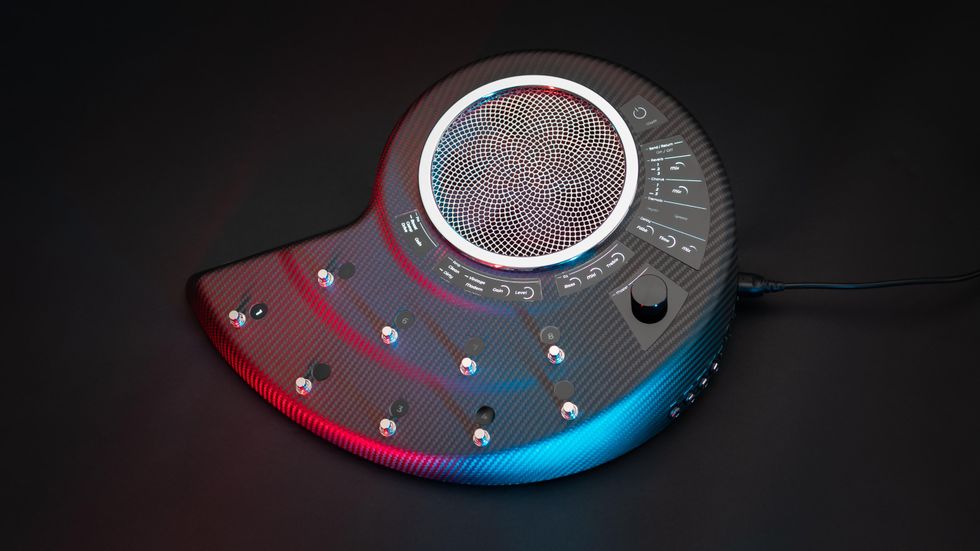
G7th Performance 3 Capo
The G7th Performance 3 Capo is the culmination of years of designing, tweaking, and improving - but most importantly, listening to guitarists and their views on what a capo SHOULD do. Now, coupling our Unique Tension Control system with the groundbreaking ART string pad mechanism gives a near-perfect capo experience.
Adaptive Radius Technology
The Performance 3 capos are outfitted with the patented Adaptive Radius Technology (ART) string pad — a feature found exclusively in G7th capos. The string pad adapts to the curvature of the radius, letting you enjoy unparalleled tuning stability on virtually any guitar. With ART, a single capo gives you the confidence to play without string buzz or tuning issues. But you should still probably get one for every guitar case.
Unique Tension Control
The patented Unique Tension Control system has won the praise of guitarists since the launch of the first Performance capo in 2004. Easy and intuitive, you simply squeeze with minimum pressure to attach the capo and squeeze the lever to release the capo. And you'll only find this exclusive feature on the G7th Performance capo line.
And to back all of this up, every G7th capo is covered by a Free Lifetime Warranty.
"...the Performance 3 is one of the rare capos that makes me forget I'm even using a capo—which is kinda the point, right?"
Jason Shadrick, August 2, 2019. Premier Guitar Gold Gear Award
That's why we say – G7th is The Future of Capos.
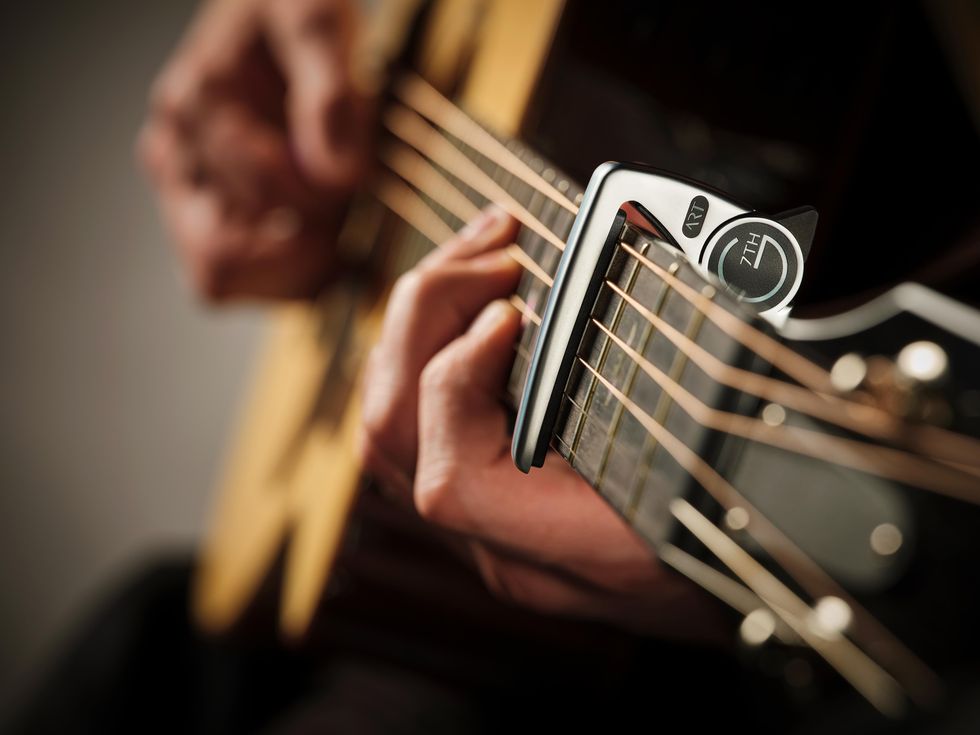
ICON Gig Bag By Gator Gases
The new Gator Cases ICON gig bag provides the protection you need in a beautifully sleek form that travels easily and comes packed with everything you need.
Equipped with a highly durable, semi-rigid construction, the ICON bags can withstand extreme pressure and mishandling and have endured multiple stress tests.
These feature-packed showstopper bags come fitted with multiple layers of protection and plenty of accessory pockets, handles, and adjustable, stowaway backpack straps to ensure comfortable transport. Every detail has been thought through, from the hidden secret pocket for your travel documents to the custom-fit rain cover and a convenient bottle opener where you need it most. This bag is your ultimate travel companion.
Inside the bag, you'll find adjustable neck and body blocks to keep your instrument safe during movement and a QR code for quick product registration and tracking so it won't get lost.
Give your guitar the protection it deserves with the ICON Series by Gator.

OverDrive II
In the quest for great musical tone there is always the potential to create something great. Here at Greedtone the mission is to make the best sounding equipment.
The Greedtone Overdrive II is different to the millions of other overdrives on the market because it's designed around the professionally trained ears of Greg Williamson, a sound engineer for some of the worlds largest bands (Foo Fighters, Sunny Day Real Estate).
This pedal has plenty of volume on tap (4 Volts) in order to push your amp into its natural happy place. This is one of the loudest overdrives ever made.
The gain stage is designed to not just clip the signal giving great rock through to metal tones, it's also designed to bring out the sparkle and harmonics of your guitars natural tone. This is due, in part, to the extremely high end hi-fi audio components used.
The "Greed" control is where things start becoming crazy, this beast of a control begins feeding extra bass into the gain section of the pedal. This essentially allows you to shape which frequencies receive more attention from the gain stage.
The results are so extremely wide ranging as turned right down you have yourself a great rocking overdrive pedal BUT when you start diming this knob into an overdriving amp you enter a world of Sludge and Doom as yet unheard of.
With the MORE switch a second stage of distortion is at your disposal. The Greedtone OD is considered a double drive pedal.
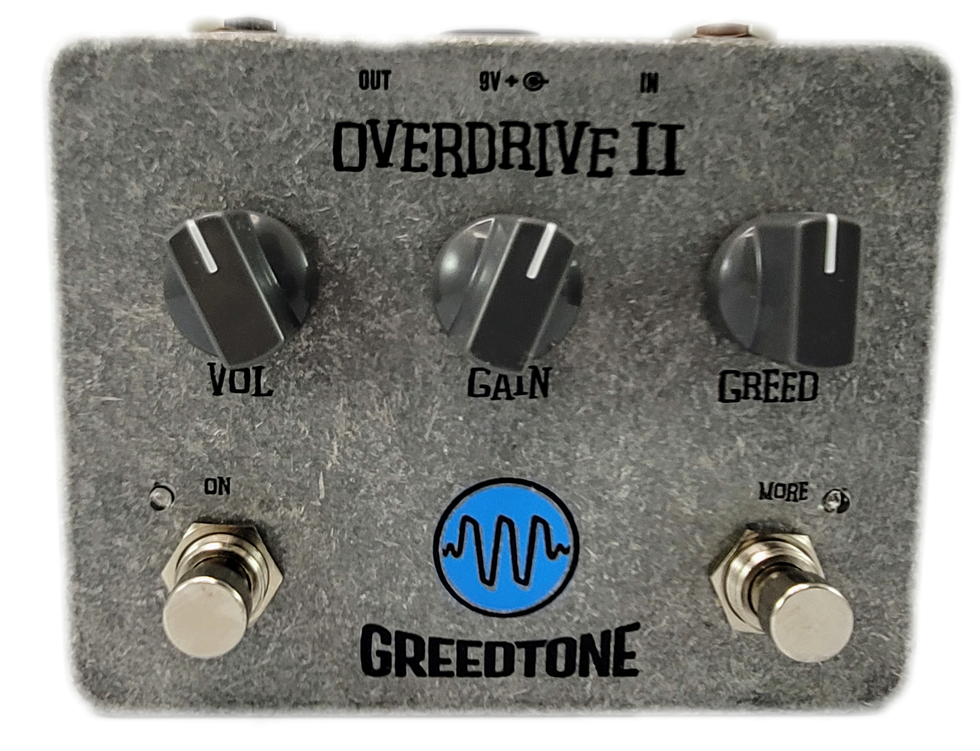
Island Instruments
Celebrate 10 years of Island Instruments with luthier Nic Delisle and the commemorative Decade Edition Forty-Four. This limited edition of 5 instruments recalls the spirit and aesthetics of the initial run of guitars that launched the company. Built from domestic and reclaimed woods, and with a powerhouse of a blade P90 custom-wound by Mojo Pickups UK. This time it's on the flagship Forty Four model, featuring a compact comfortable body and a beefy flamed maple neck with buttery feeling hybrid soft V-C carve. Subtle details like custom-machined raw brass hardware, brass nut, EVO frets and ivoroid binding complete the package. Island Instruments is a one-man operation and you can get in touch with Nic directly via his website, Facebook or Instagram to inquire about the remaining guitars or for all your custom-crafted desires.
Follow Us on Instagram
Follow Us on Facebook
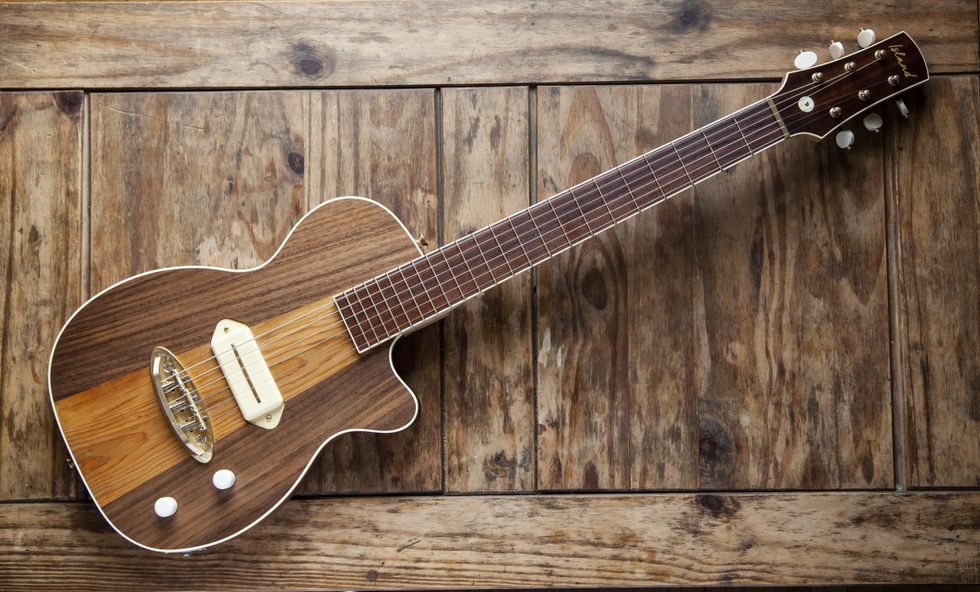
Voice DC30 Guitar Amplifier Plugin
Voice DC30 Custom Valve Guitar Amplifier plugin is modelled after a vintage VOX AC30 Top Boost Reverb characterised by its "jangly" high-end sound that's become widely recognized by British musicians and others.
Voice DC30 Custom Valve is capable of both enchanting clean and raucous overdriven sounds, the signature chime of the Voice DC30 Custom Valve pairs seamlessly with the intricacies of your playing style, resulting in a sound that is truly your own.
The Voice DC30 has a separate brilliant channel. This has been achieved by adding a gain stage and a 'cathode follower´ stage, thereby dropping the impedance and bringing up the current and adding Bass/Treble controls to this channel.
The brilliant channel with optional top boost is placed after the volume control section and before the phase inverter. This means you can shape the sound after the distortion.
The Vib-Trem channel offers a choice between vibrato (wavering pitch) and tremolo (wavering amplitude). A rotary, three position Speed switch adjusts modulation rate.

The String Sling
The String Sling not only protects your guitar strings, but it also turns into a comfy guitar strap in seconds!
Reinforced loopholes and top of the line fabric provide stable and secure attachment to your guitar when used as a strap.
Our capo pouch is measured to snuggly hold all standard guitar capos, whether in the strap or protection configuration.
Premium Japanese elastic adds that extra sling that makes this strap stand out while offering the best strength on the market.
Triple fastening layers under the featured button, lock the strap attachment firmly into place.
Extra-wide Velcro® allows for a tight wrap around all standard guitar necks. We suggest keeping it tight to prevent the oxidation of your strings. You'll be able to see how well it protects your strings after taking it off for the first time and seeing the outlines.
String Sling's premium microfiber cloth, used by companies like Fender, are used not only because they are made for this but because it's so versatile. We just happened to find one more use – perhaps its best!
That same microfiber cloth that makes up String Sling's belly, can be used to wipe down and dust off your guitar. It's the perfect buffing cloth you'll never lose or need to replace.
The hidden pick pouch is both sturdy and large enough to hold your picks, yet tight enough that you're not digging.

Pursuit Exotic S Concertina Tiger’s Eye CE
Myrtlewood, while native to Oregon's Pacific coast, might just be the most 'exotic' of all tonewoods, capturing the deep bass of rosewood, the pure warmth of mahogany and the sweet, glassy treble of maple in one exquisite, visually enchanting package—here under an equally captivating tortoise-bound Tiger's Eye gloss finish. This sustainable acoustic-electric Pursuit Exotic S Concertina has all the charm of a vintage short-scale 12-fret parlor guitar, but with a full, punchy modern sound and maximum playing comfort. A fast, slim neck and soft cutaway access to every fret let your fingers, and your heart, have their say. Sound better than ever with Breedlove's earth-conscious, sonically superior EcoTonewood technology. Get fierce with a Tiger's Eye!
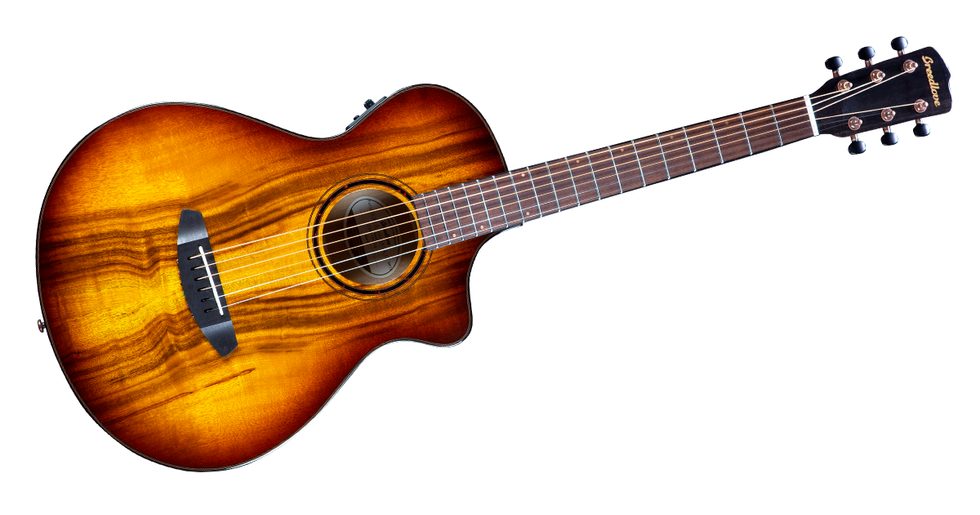
ACS1 Amp + Cab Simulator
The [ACS1]™ is an amplifier and speaker cab simulator delivering the sound and feel of world-class amplifiers, complimentary speaker cabinets, and controllable room size. With the ACS1, players have expansive options to deliver their tone whether it's on stage, in the studio, or practicing at home. Simple controls, stereo in and out, onboard presets, and MIDI support make the ACS1 an immeasurable tool in a guitarist's arsenal.
The ACS1 models three vintage amp styles crucial to music industry history designated by their places of origin. When running the ACS1 in stereo, one amp can be used through both channels or mix and match amps and cabinets on the left and right channels with the L + R switch.
Players can also load in their own IRs and update firmware at walrusaudio.io
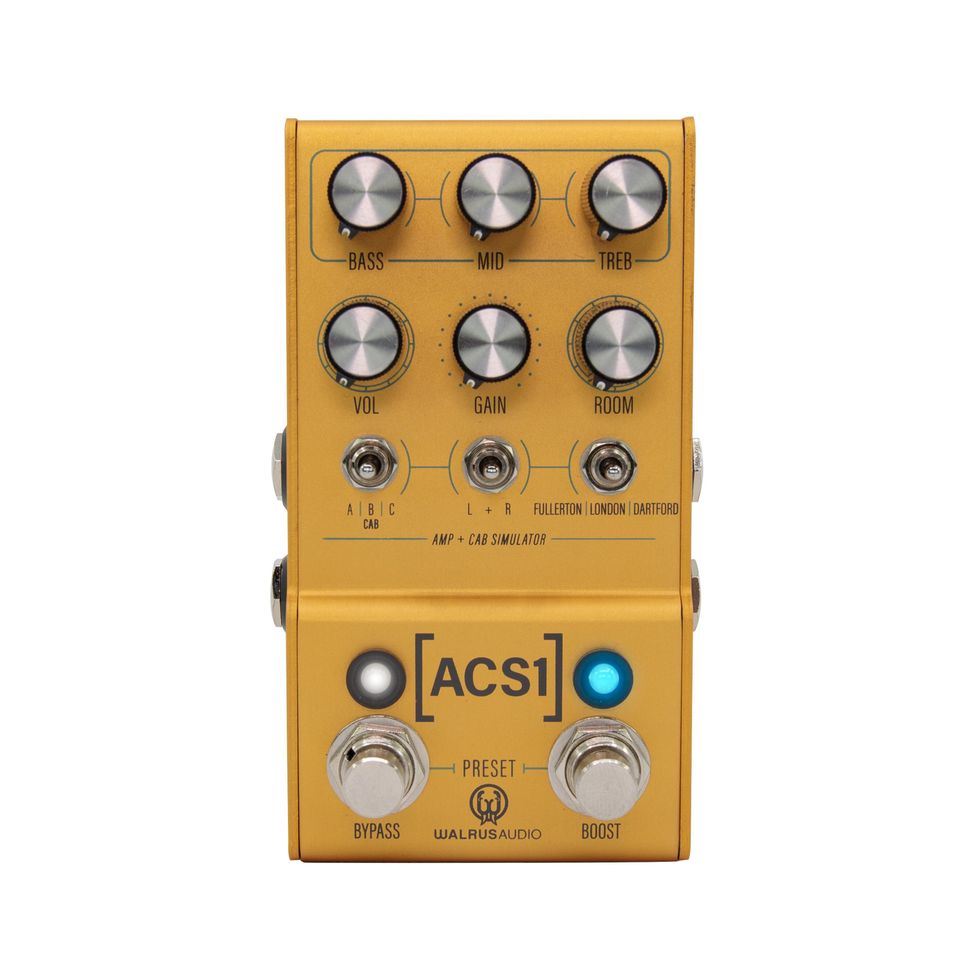
Foxy Tone Box
What do the guitar stylings of Billy Gibbons, Peter Frampton, Adrian Belew, and Beck all have in common? A small but mighty fuzz pedal that goes from mellow to mayhem real quick. The Warm Audio Foxy Tone Box is the most accurate reintroduction of one of the most sought after and beloved fuzz pedals of all time. Covered in thick velvet just like the vintage pedal, the Warm Audio Foxy Tone Box faithfully recreates the vintage circuit and brings you the huge tone, octave-up sounds and look of the original plus true bypass for the purest signal flow on modern boards. Foxy Tone Box uses NOS2 N3565 Fairchild Transistors, carbon resistors, Germanium 1N34A diodes, and premium film capacitors to bring the fury of the vintage pedal to the present day. Foxy Tone Box houses a very workable fuzz circuit with controls for volume, sustain, and "fuzz" (tone) which runs from mellow to brite. The tone control makes it easy to switch from single coil to humbucking pickups without missing a beat. The sustain control turns your solos from choppy bitcrushing madness to liquid metal that would make Tony Iommi proud. To get the full experience of Foxy Tone Box, engage the octave effect and channel your inner Hendrix to wake up the neighbors and melt faces. Electric guitar is the obvious application, but try it on synthesizers, drum machines, bass, acoustic/electric, and more. Get or give the gift of fuzz this holiday.
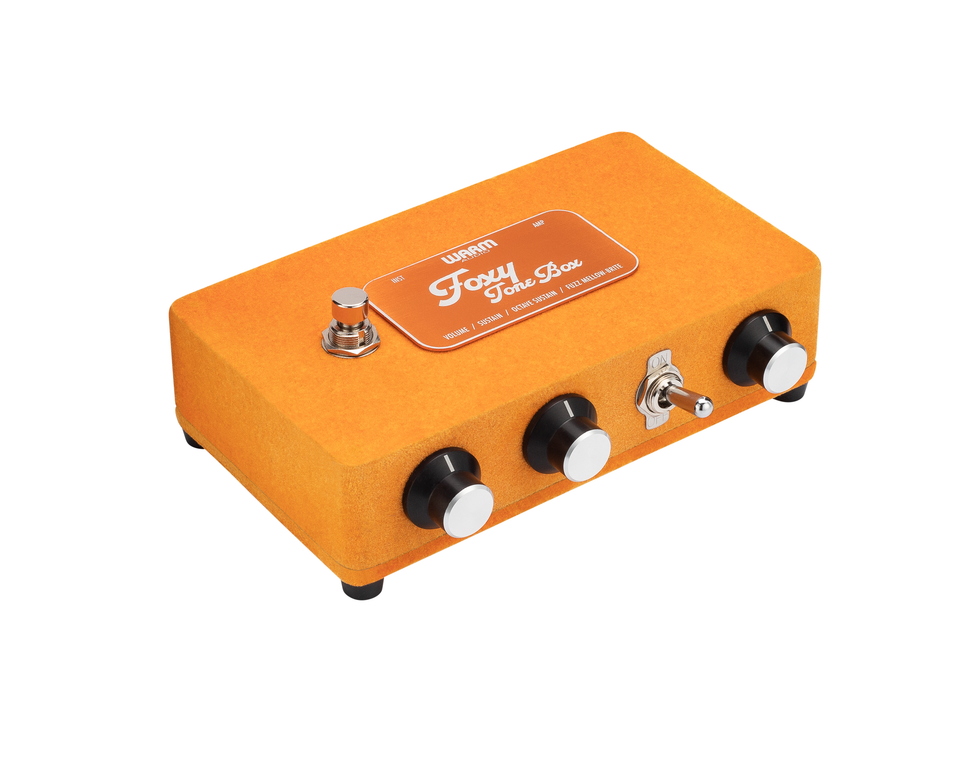
Jet Phaser
Are you ready for a roaring call back to an earlier time where one pedal delivered fuzz, phaser, and a jet-engine swirl together in perfect harmony? Countless performances from people named Gilmour, Van Halen, and Isely plus iconic recordings from Kool and the Gang, Steely Dan, and Herbie Hancock put this pedal sound on the map. The Warm Audio Jet Phaser is a true reproduction of this famous pedal. This six-mode pedal gives you phaser, fuzz, and boost - all in one enclosure with true bypass. Use "phase" modes 1 or 2 to get traditional phase sounds with depth controls. For the bold, use "Jet" modes 1-4 to add fuzz, with bright and dark fuzz controls combined with deep and shallow controls for phase. This faithful recreation uses premium components throughout, including carbon film resistors and film capacitors. Living up to the sonic legacy, Jet Phaser delivers the infamous 'Jet' phase sound resembling a jet engine during takeoff. Your solos will have your band mates, fans, and engineers asking - "who's that pedal?" If you've ever chased this mythical sound for stage or studio, there's only one way to get there this holiday - the Warm Audio Jet Phaser.
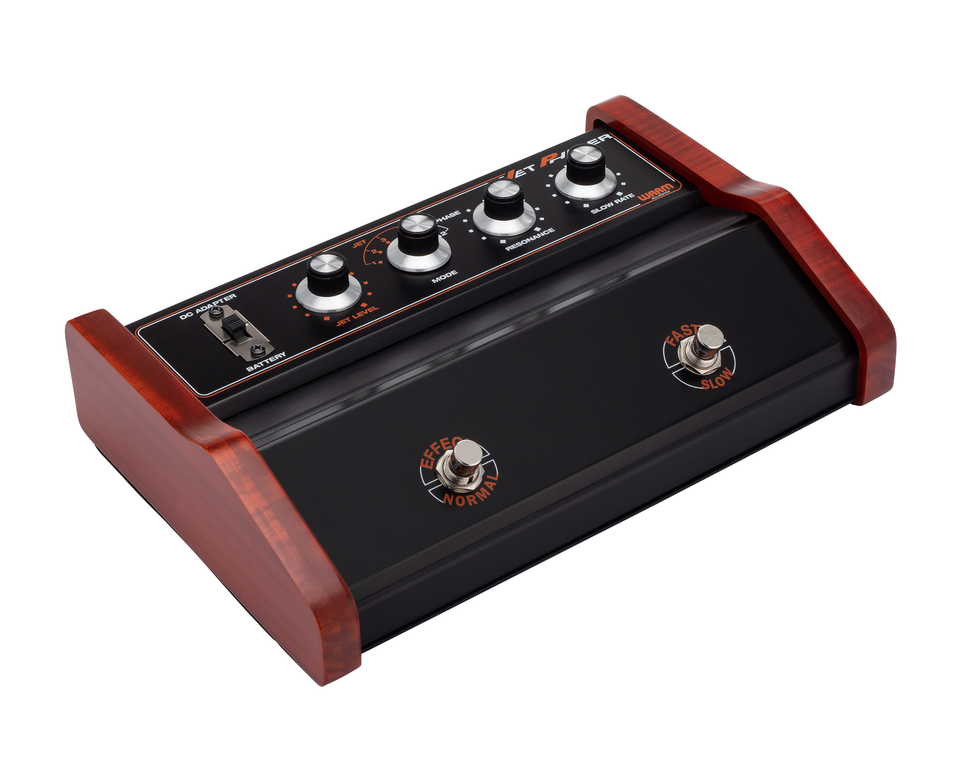
Mod Electronics Seismic Shift
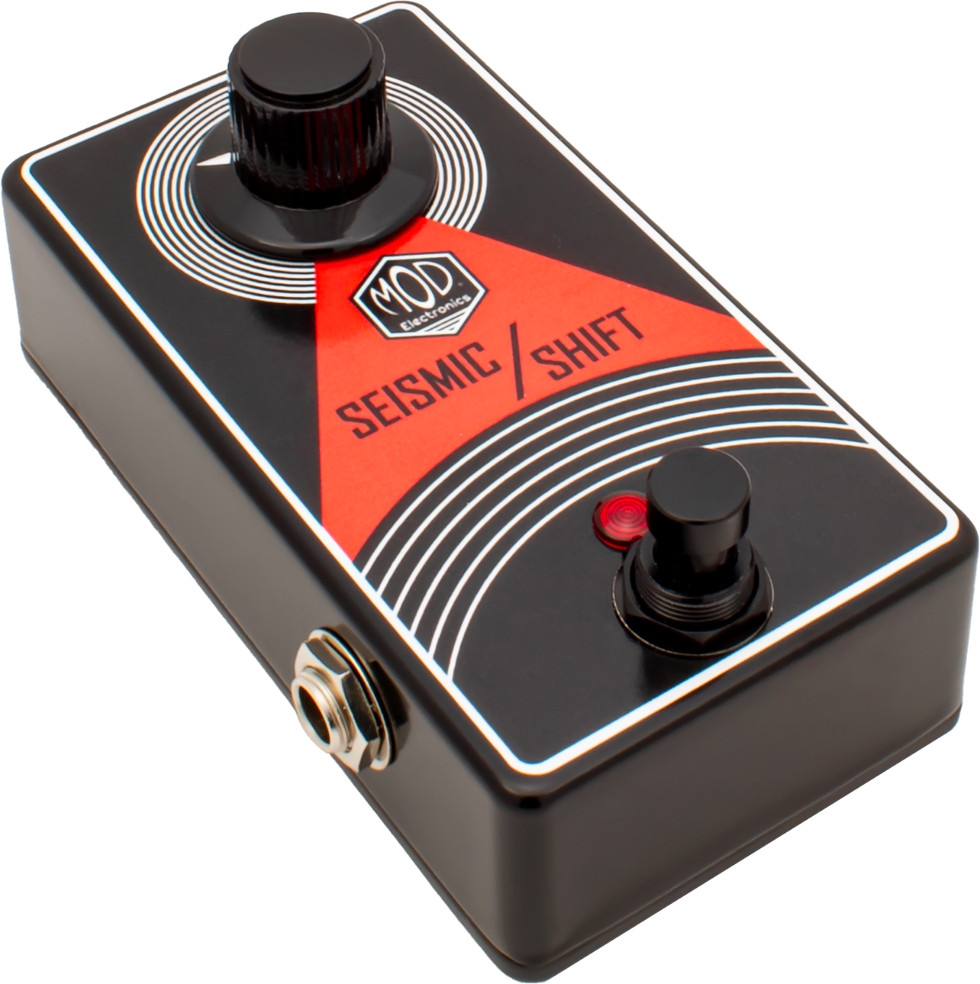
The Seismic / Shift is a JFET boost based on one of the earliest effects to ever be used on stage. This pedal adds subtle color to a guitar's sound while maintaining the natural tone of the guitar. It packs a serious punch that can cut through any mix when soloing or whenever some extra "umph" is required. The Seismic Shift pairs nicely with amps and other pedals. Place it ahead of tubes, preamps, overdrives, distortions, and fuzz pedals to shift your gear onto a new level.
The Seismic / Shift pedal kit is the introduction to the Nexus Series from Mod® Electronics. This series features a PCB base rather than the Mod® Electronics' traditional point-to-point wiring kits to offer builders an even wider variety of effects to build. The Seismic Shift kit is designed for all skill sets and is the perfect first build for those unfamiliar with PCB construction.
Audio Clips
Follow Us on Instagram
Volt Power Supply
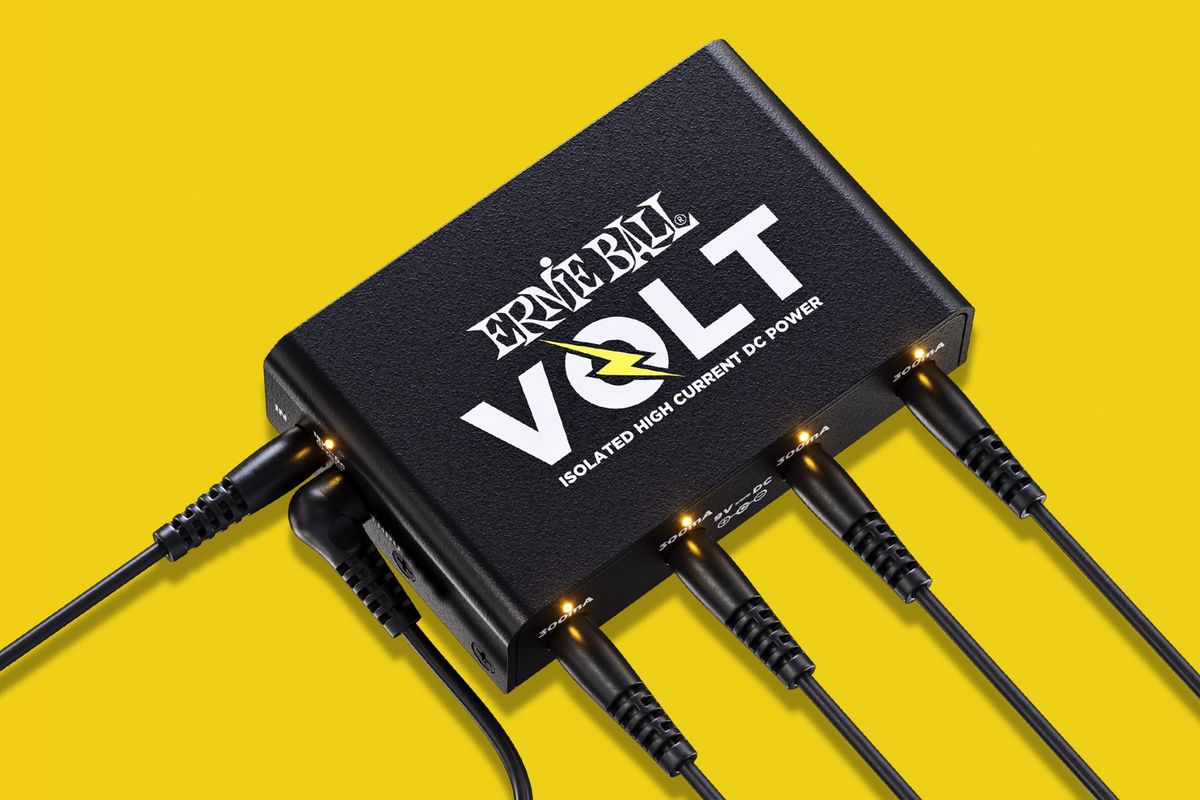
Don't step on stage without the Ernie Ball Volt Power Supply. For musicians on the move, this ultra-compact, road-ready unit puts a complete powering solution in the palm of your hand. Connect all your favorite digital and analog pedals to multiple high-current DC outputs for clean, regulated power. Relax and rely on thermally protected, short-circuit-proof design with ultra-low noise operation. When the road calls, the Volt demands a place on your pedalboard.
See it in Action
Follow us On Instagram
Lindy Fralin's Customizable Prewired Pickguard
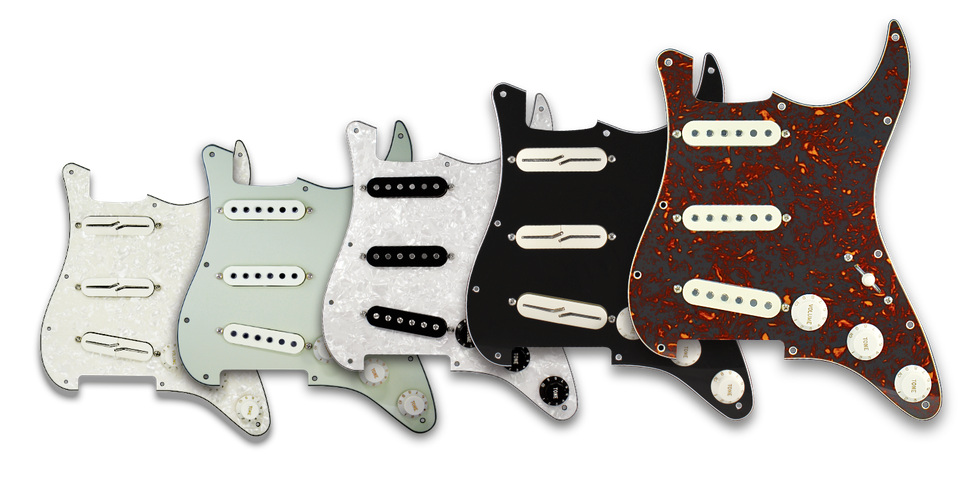
Don't just settle for some one-size-fits-all generic pickguard. Instead, design your own! Lindy Fralin's Prewired Strat Pickguard line features the highest quality parts - and pickups - in the industry. Built to order and wired by hand by experienced craftsmen, these Prewired Pickguards are available in SSS and HSS combinations. In addition, each pickguard is fully customizable - from appearance to pickups to the wiring. With hundreds of options available, you can fully customize your tone - from our award-winning pickups to cutting-edge push-pull mods. So treat your Strat® to something special this holiday season with a Lindy Fralin Prewired Pickguard - exclusively available at fralinpickups.com.
Hear It in Action
See It in Action
Follow us on Facebook
Guitar Slip No More
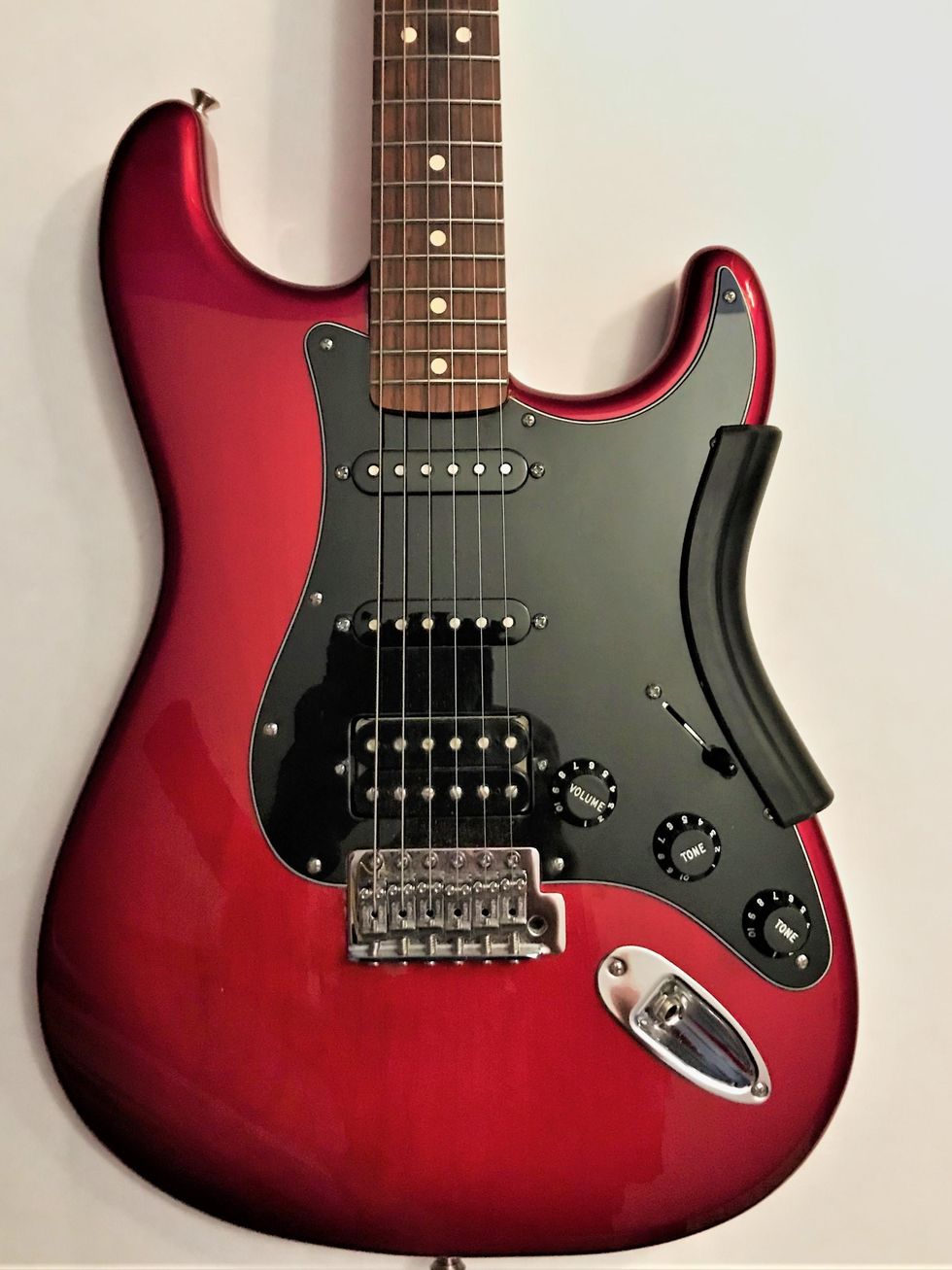
Guitar Slip No More, GSNM is the new electric and bass guitar accessory designed for the seated guitarist. GSNM is form fit to the bottom rail of your guitar and prevents the guitar from slipping and improves guitar balance. Anytime a guitar is in your lap is the right time for a GSNM! Buy yours today!
See It in Action
Follow us on Facebook
Kingston Super and Kingston Z
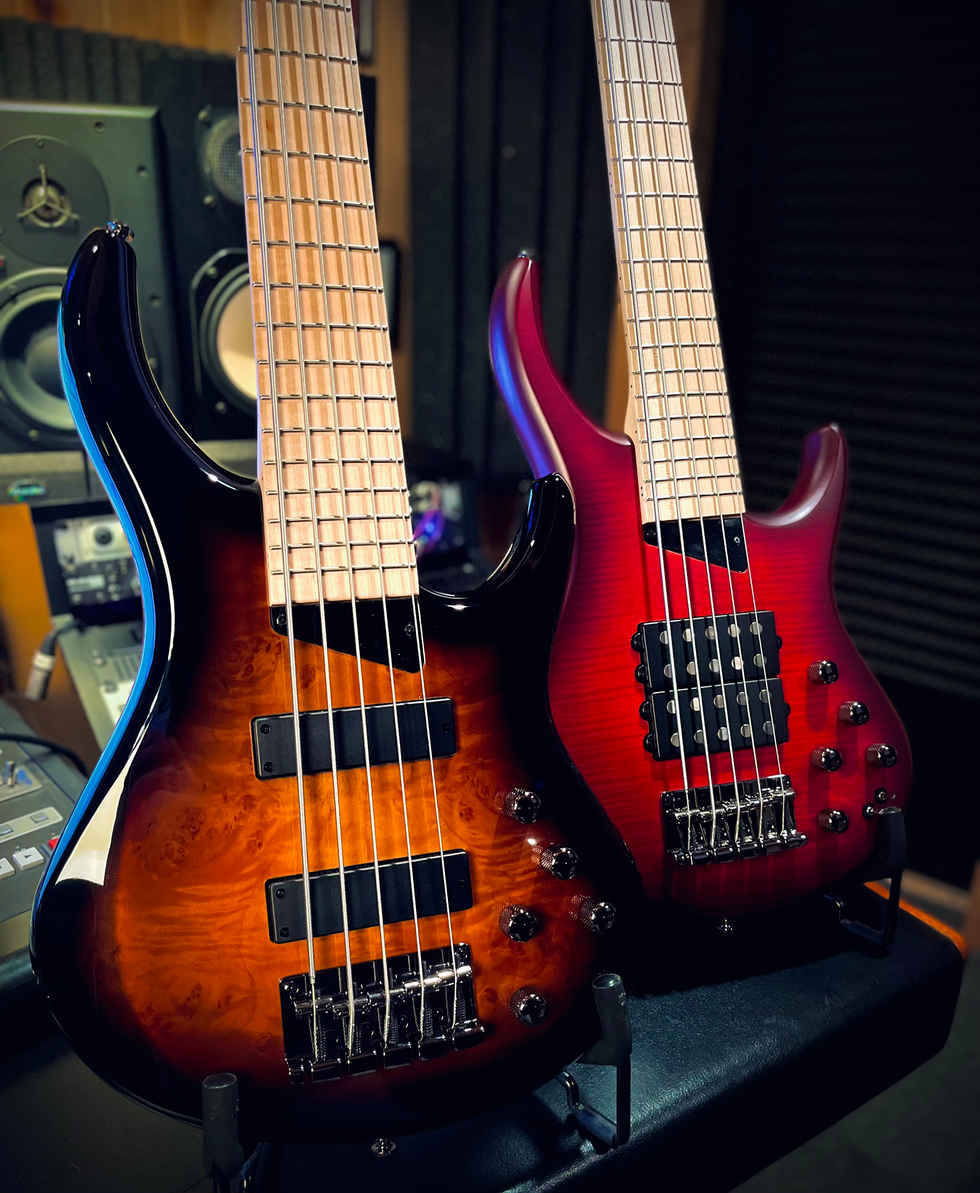
For the discerning player in search of a handmade look and sound, we have the MTD Super and Z Series, which incorporates many of the superior design elements present in MTD Handmade instruments, into a production model. Powerful electronics, premium finishes, and a sleek carved body, make the Kingston Super and Z models the perfect combination of beauty, brawn, and tonal flexibility.
Kingston Z5(Tobacco Sunburst): $1800, Kingston Super5(Dr.Brown's Burst or Matte Black): $1525
Follow us on Facebook
Oliver Mahogany Jr.
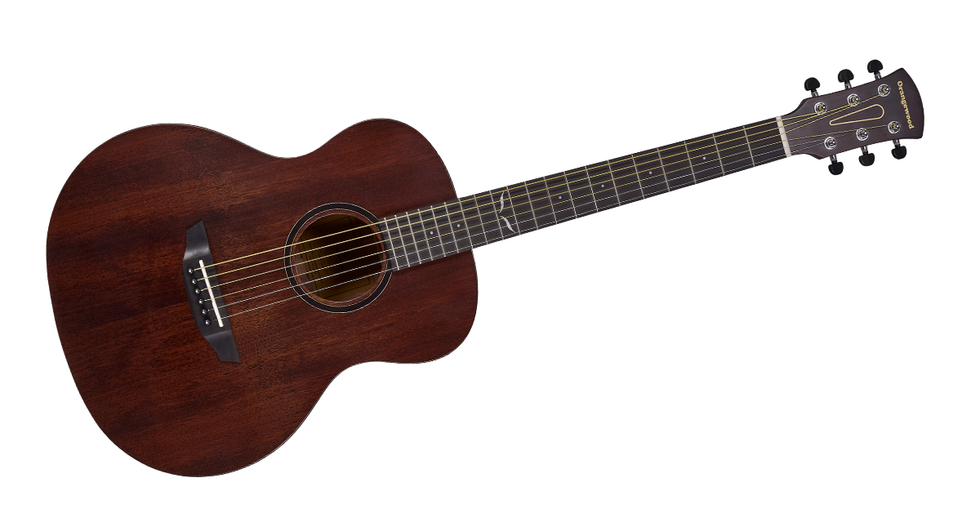
Looking for your next travel guitar? With a comfortable, ¾ size grand concert body, the Oliver Jr. is the perfect accompaniment for your next big adventure. Oliver Jr. sports a solid mahogany top with layered mahogany back & sides for a warm, balanced tone. Every Orangewood comes professionally set up before delivery, so your guitar is ready to play right out of the gift box. Plus, the Oliver Jr. includes a premium gig bag, so you can play anywhere inspiration strikes.
See It in Action
Echo
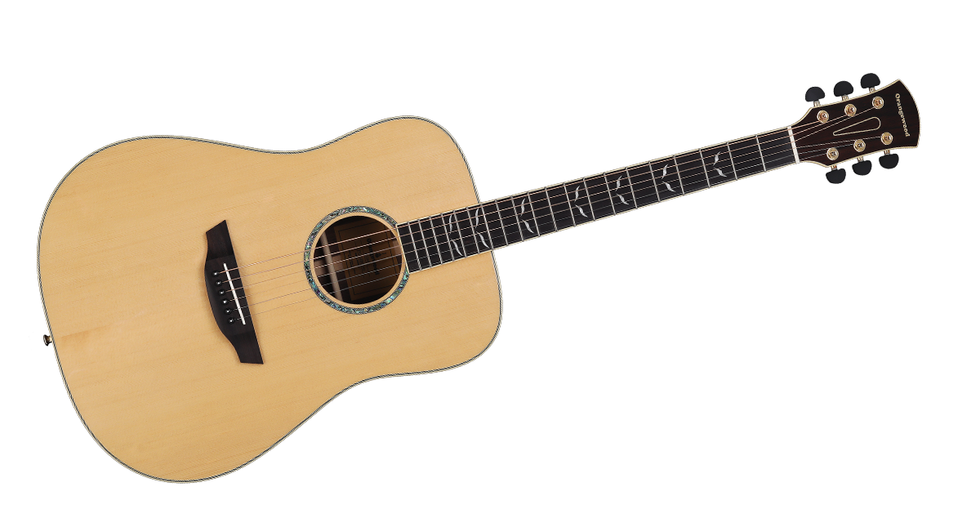
With an iconic dreadnought acoustic shape, Echo's resonant voice is the perfect gift for your favorite singer-songwriter. Topped with a solid Sitka spruce top for a bold, crisp sound that delivers on stage, the Echo also features a natural gloss finish and stunning abalone detailing for a sophisticated aesthetic. The Echo Live comes equipped with a Fishman Flex Plus-T EQ System, featuring a built-in tuner and onboard volume/tone controls, to round out this acoustic-electric model that's perfect for performance. Plus, a premium gig bag and professional setup come included.
See it in Action
Follow Us on Instagram
Shubb Capo Royale Pāua Pearl C1P for steel string guitar
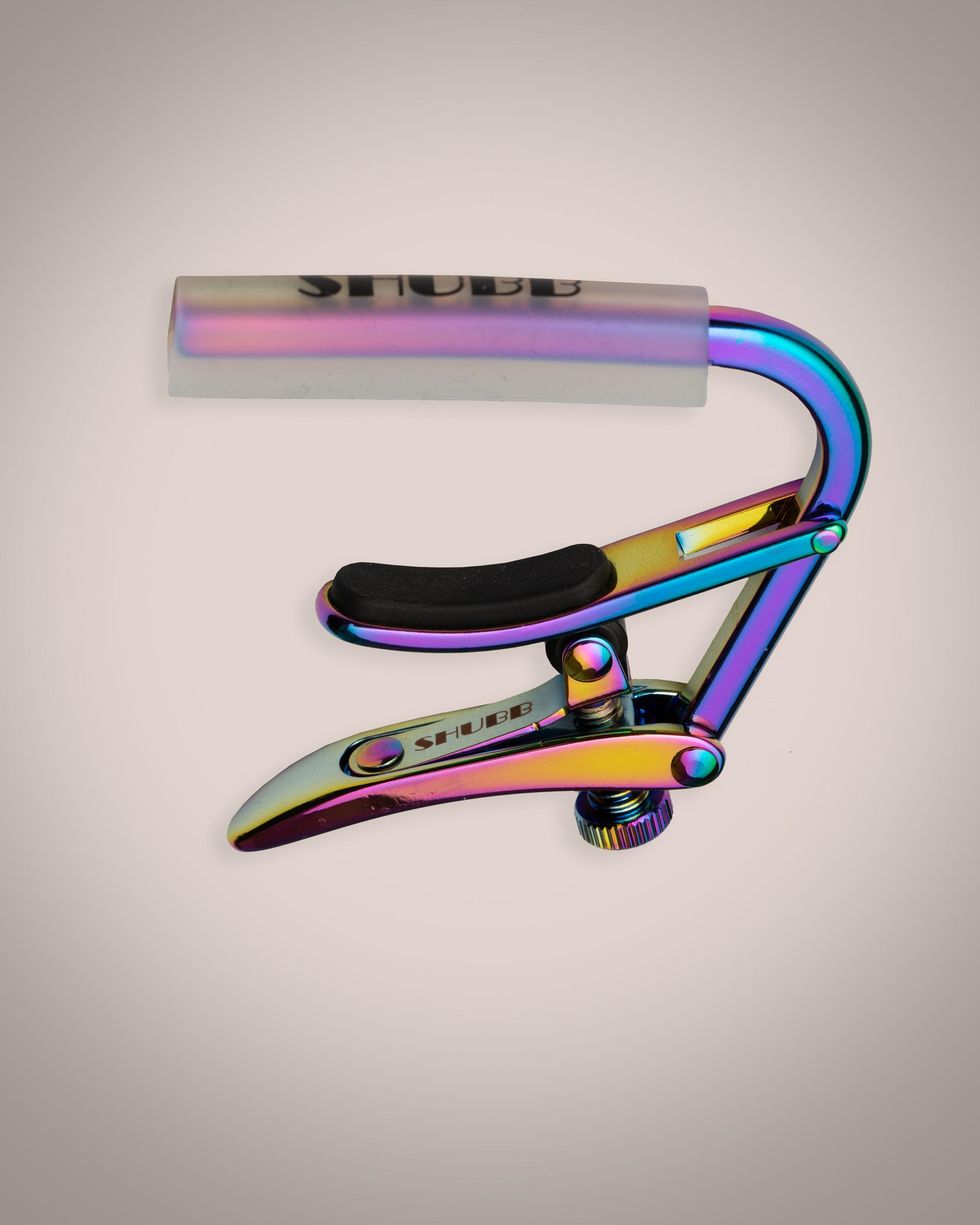
Shubb's latest endeavor is a continuation of their Capo Royale Series, utilizing their titanium-based PVD finish. Pāua is the Maori (native New Zealand) name for a species of abalone whose shells are the most beautiful and colorful. Luthiers often use Pāua shells for the inlays on their most special guitars. Fine jewelry crafted from the shells are known as Pāua Pearls.
When the R & D Department at Shubb came up with this new finish, its dazzling iridescence reminded them of Pāua pearls, and so that became its name. It uses the same durable titanium process as their other Capo Royale models, so its eye-popping, color-shifting
beauty will last practically forever. The renowned and reputable Shubb cam lever capo design has gotten a good dose of peacocking just in time for the holidays !
See it in Action
Follow Us on Instagram
i5 Professional Dynamic Instrument Microphone
You owe it to yourself — and your tone — to use a mic that will faithfully capture your guitar amp's sound. The Audix i5 Professional Dynamic Instrument Microphone is the perfect mic for guitar cabinets — on stage or in the studio.
Designed with a smooth cardioid pickup pattern for isolation and feedback control, the i5 microphone features a VLM™ diaphragm for natural, accurate sound reproduction. Sturdy, compact, and easy to position, the i5 has a wide frequency response of 50 Hz – 16 kHz. Clearly capture your sound without having to rely on EQ.
Take it up a notch by adding an optional CabGrabber™ mic clamp. The CabGrabber allows you to position the i5 easily and exactly where you want it on your cabinet.
Designed, assembled, and tested by Audix in the USA.
See it in action
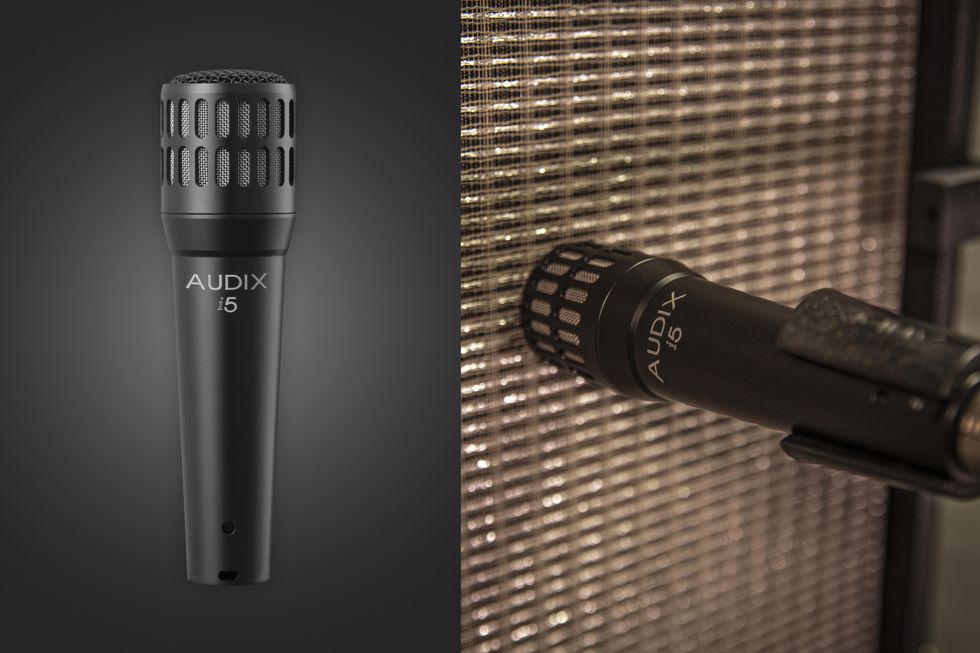
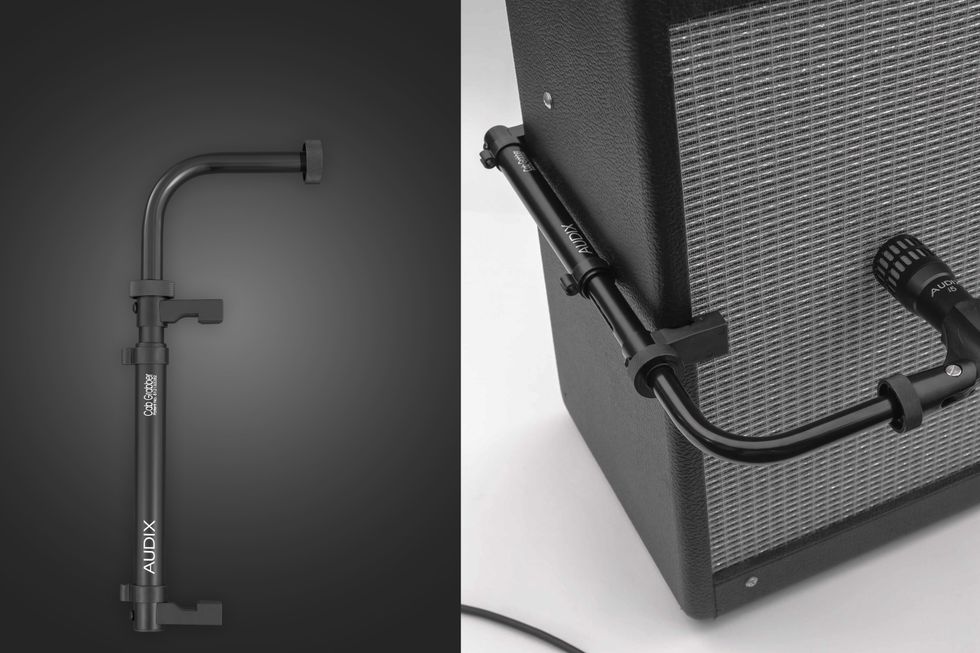
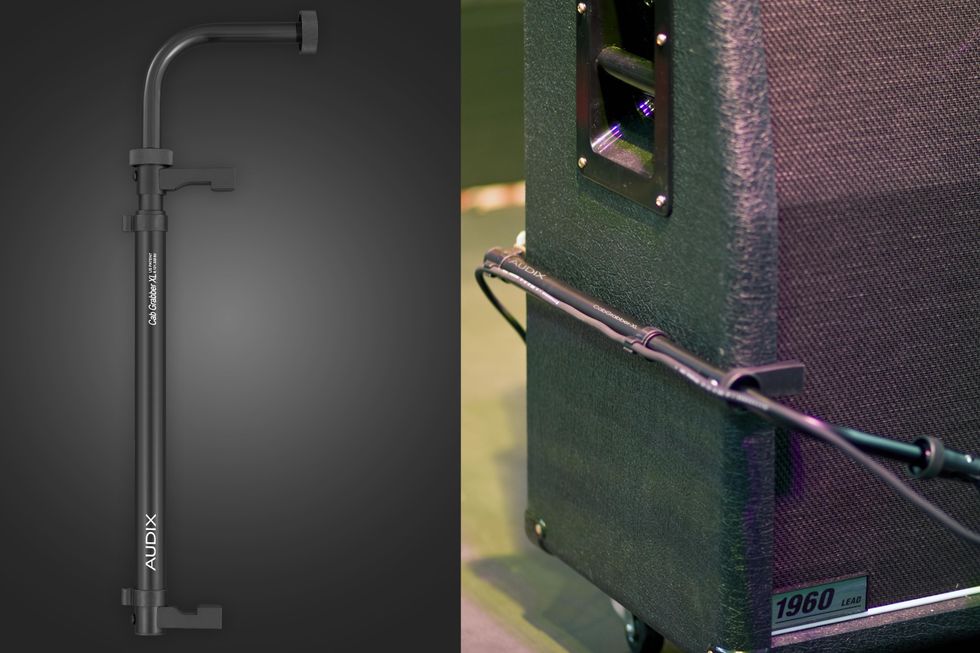
Vidami Blue
The Vidami Blue is a revolutionary multi-modal tool that gives you hands-free control of today's most popular music and education technology. We've combined everything our customers love about the original Vidami with Bluetooth technology and iOS Safari 15 compatibility to give you hands-free, wireless control. Experience the freedom to learn and create at home, in the studio, or on the go.
Video Mode
Effortlessly Loop and Slow Down songs and riffs on more than *35 compatible Online Video learning platforms including: YouTube, FenderPlay, TrueFire, MartyMusic, Pickup Music and more.
Page Turning/TAB Mode
Easily Turn Pages, Scroll Tabs, Lyrics, and other functions on your favorite Digital Sheet Music apps and Tab sites like: OnSong, Ultimate Guitar Tabs, forScore, and others.
DAW Mode
Free your creative spirit as you Record, Loop, Add Tracks, Set Markers, and more on today's most popular Digital Audio Workstations including: GarageBand, Logic Pro, Reaper, Pro Tools, Studio One, Cubase & Ableton Live.
The Vidami Blue is currently compatible with iPhone and iPad on iOS 15 and Desktop Computers, Laptops & ChromeBooks
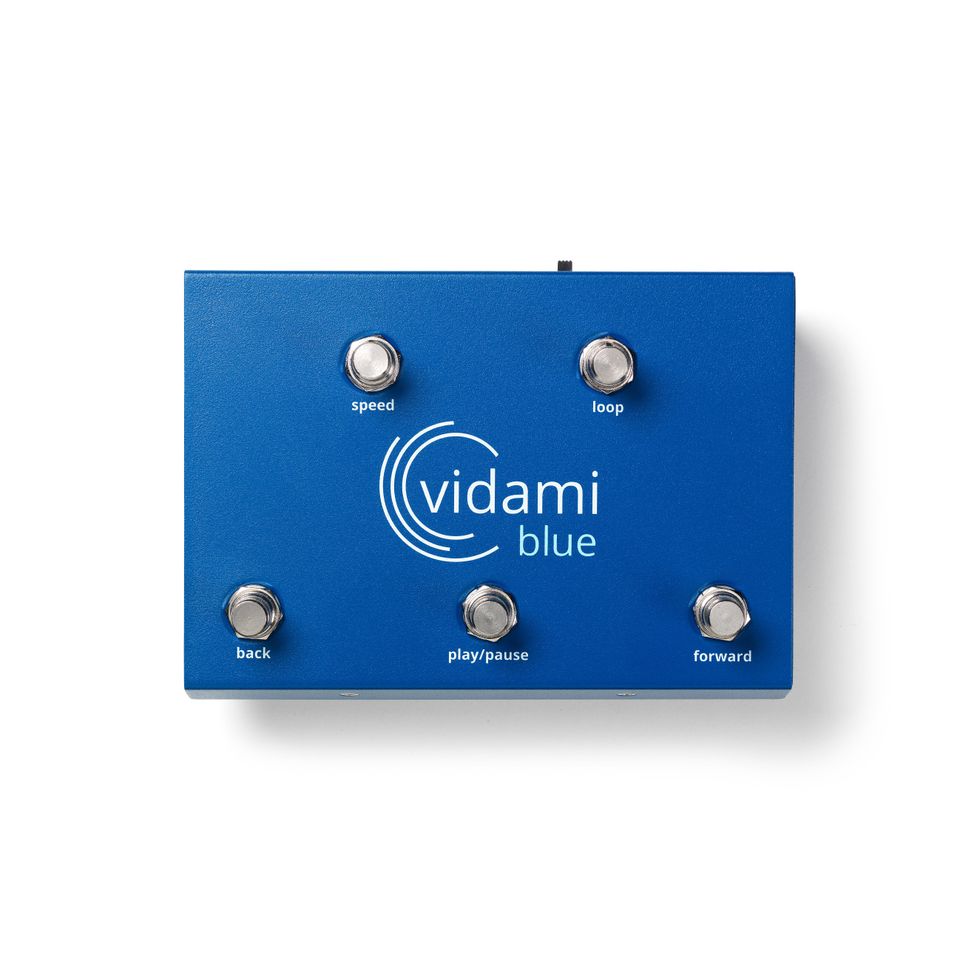
Tone Weal EG/EB-Series Guitar/Bass Amp
EG10
EG10 is compact, small, and loud, with a simple-to-use practice amplifier. It delivers great
tone for electric guitar with 10 watts RMS power and 5” speakers. Classic preamp circuit
and 2-band EQ with a clean tone and drive switch to add great overdrive sound.
Professional headphone socket for private practice.
EG15
EG15 is a compact, simple-to-use practice amplifier delivering great tone for electric guitar, with 15
watts RMS power and 6.5” speakers. Classic preamp circuit and 3-band EQ with
a clean tone and drive switch to add great overdrive sound.
The mini-jack AUX input allows for connection of a playback device such as
MP3/iPod/CD for jamming backing tracks, the headphone socket for private practice.
EB10
EB10 bass amp is astoundingly compact, portable, and lightweight, with great bass tone for
home studio and travel. The diminutive EB10 delivers 10 watts of pure bass tone. Small
and loud, its features include Tone Weal amp design with classic 5" speaker and three-band EQ,
making it a great practice amp.
EB20
The EB20 bass amp is ideal for practice or home studio play, with its great fat and warm tone, and
ease-to-use controls. The 20W bass amp features a 1x8" speaker and includes an aux. input,
headphone output, and three-band EQ in addition to standard volume and EQ controls. This unique
bass power amplifier is lightweight and easy to carry, suitable for small performances with 20W of
power.
EG10 $89 USD
EG15 $129 USD
EB10 $108 USD
EB20 $165 USD
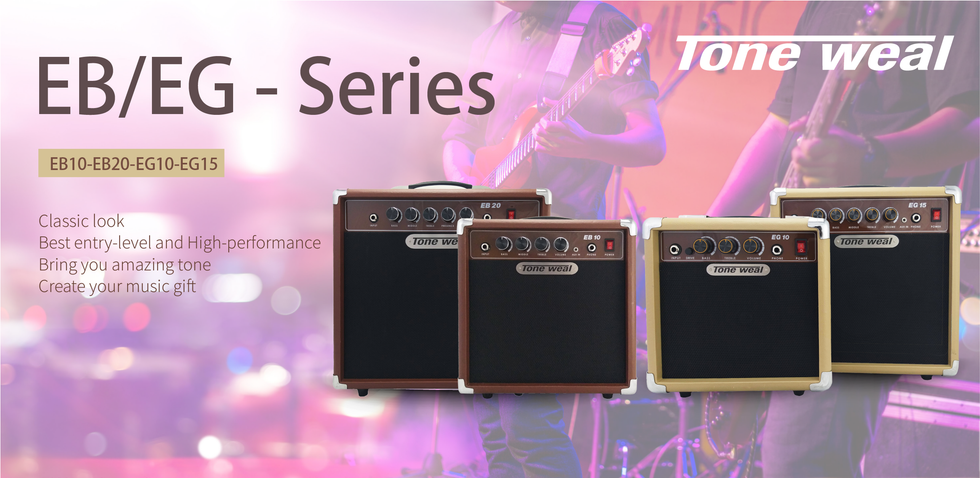

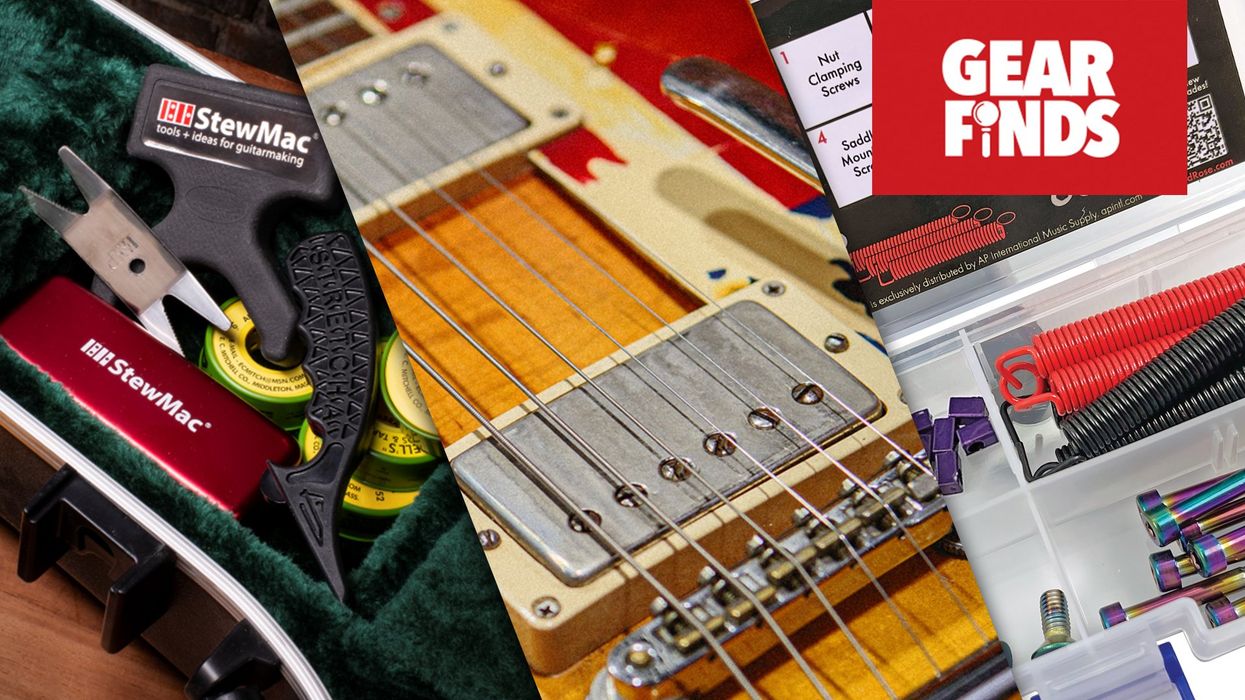
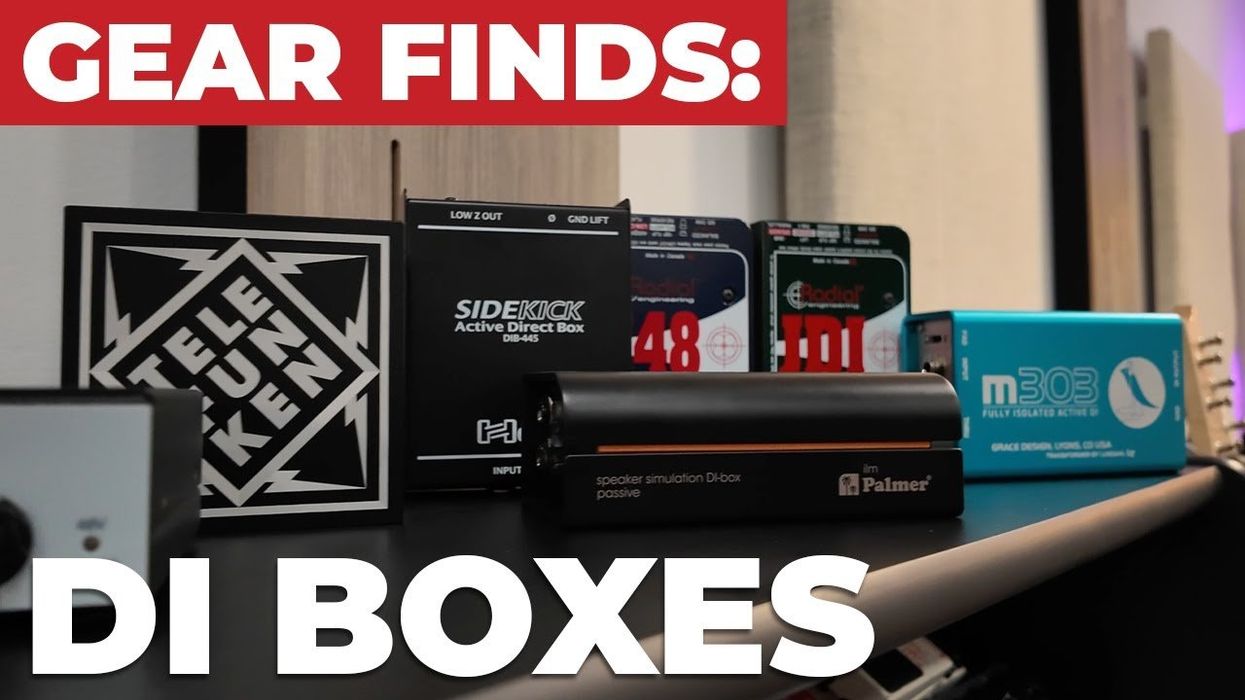
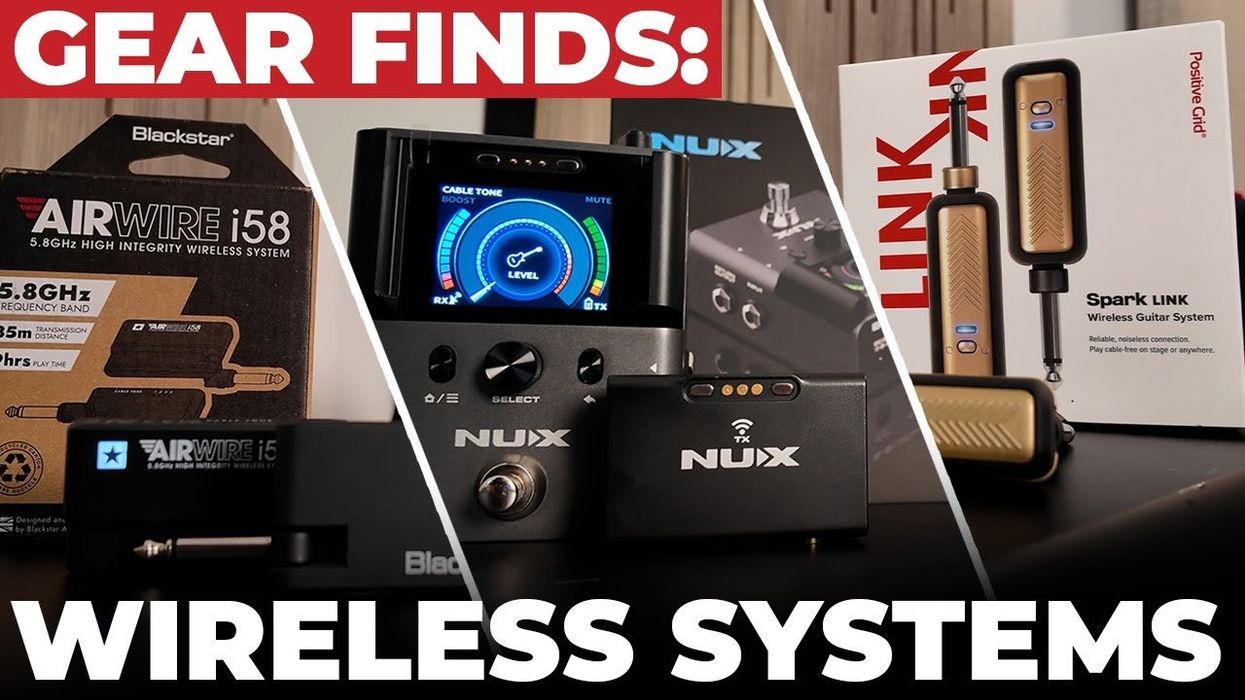

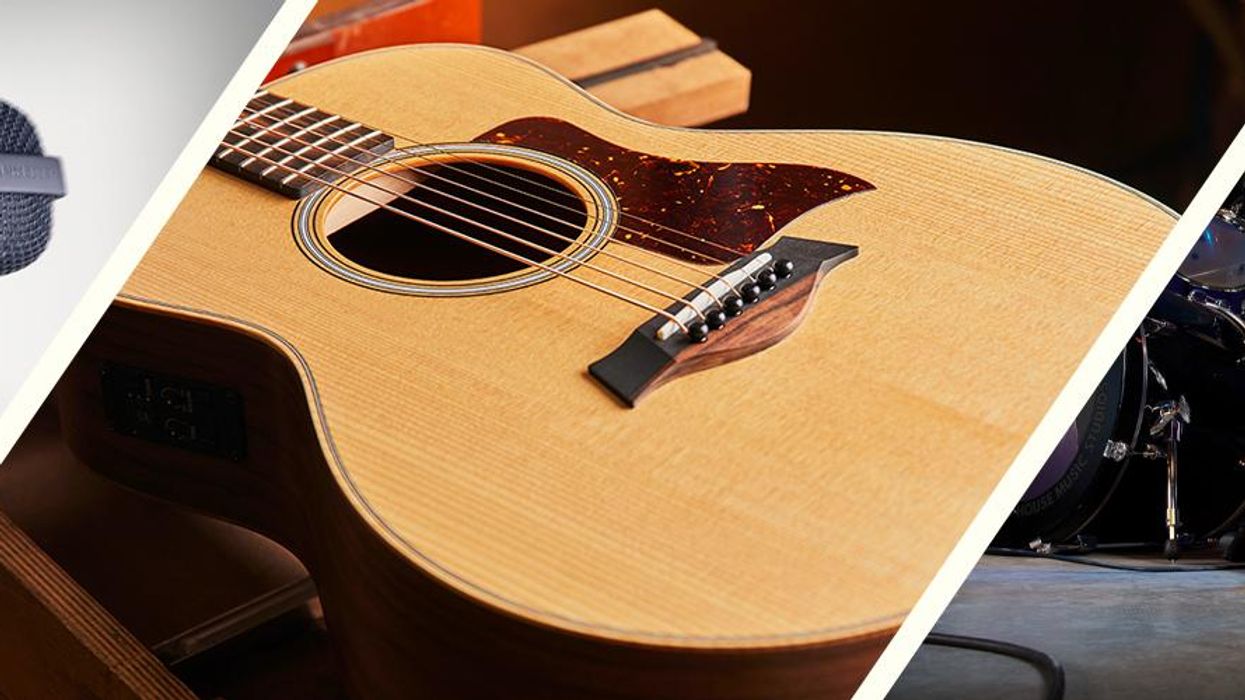
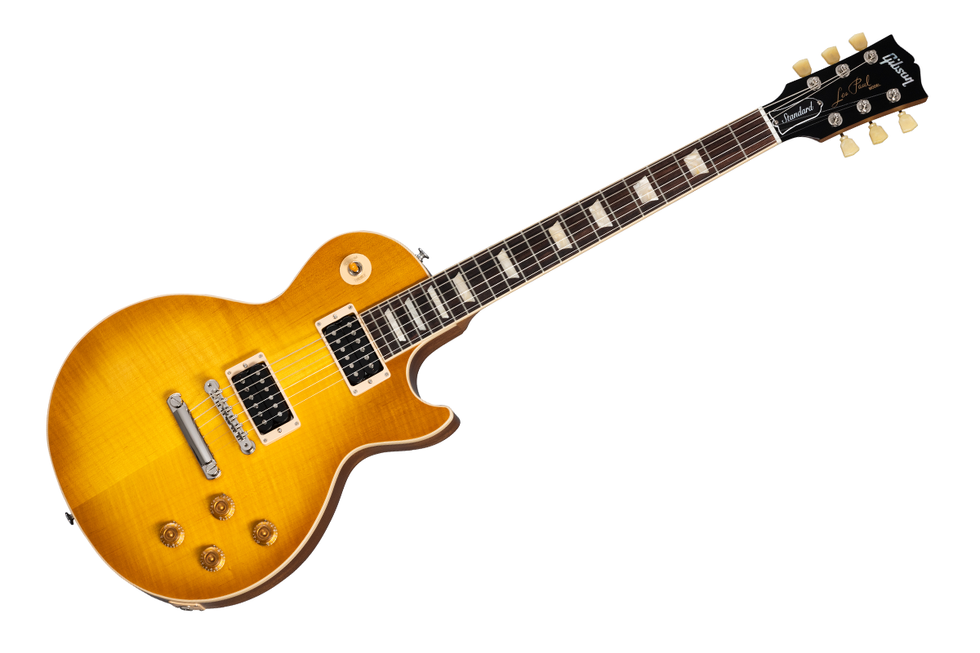
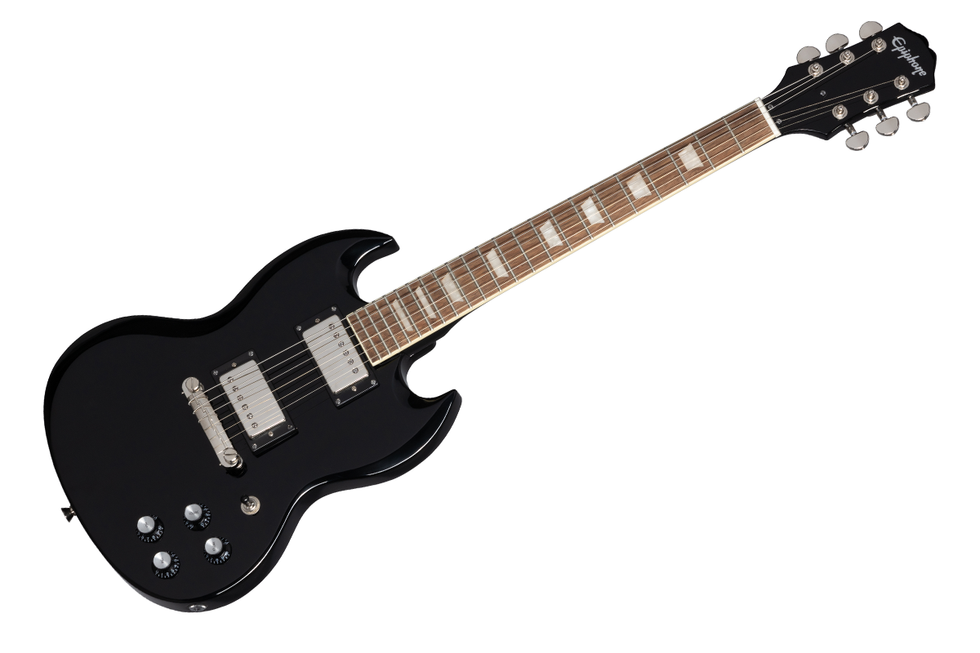
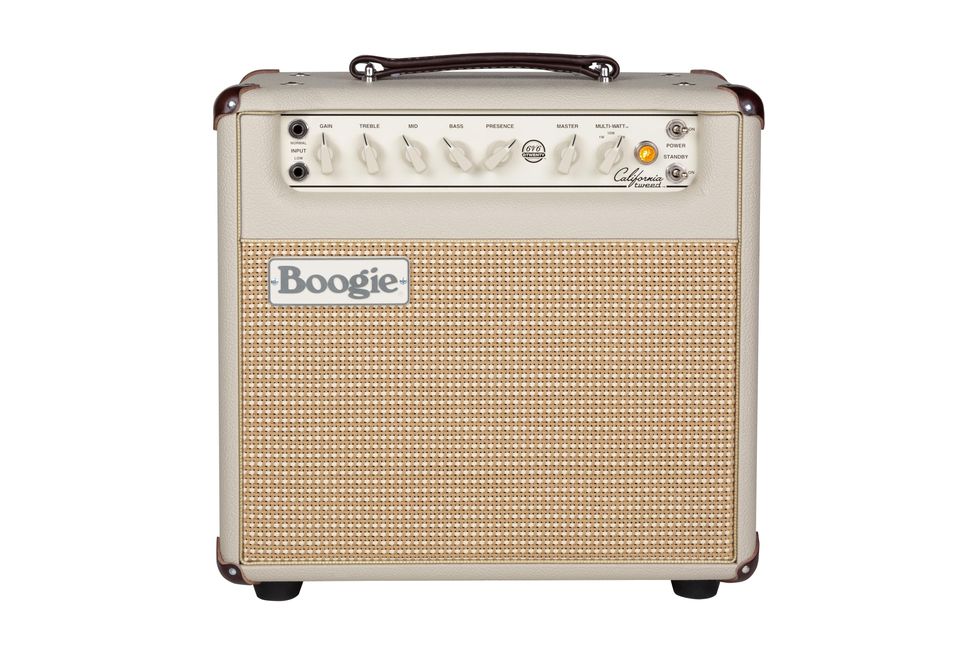
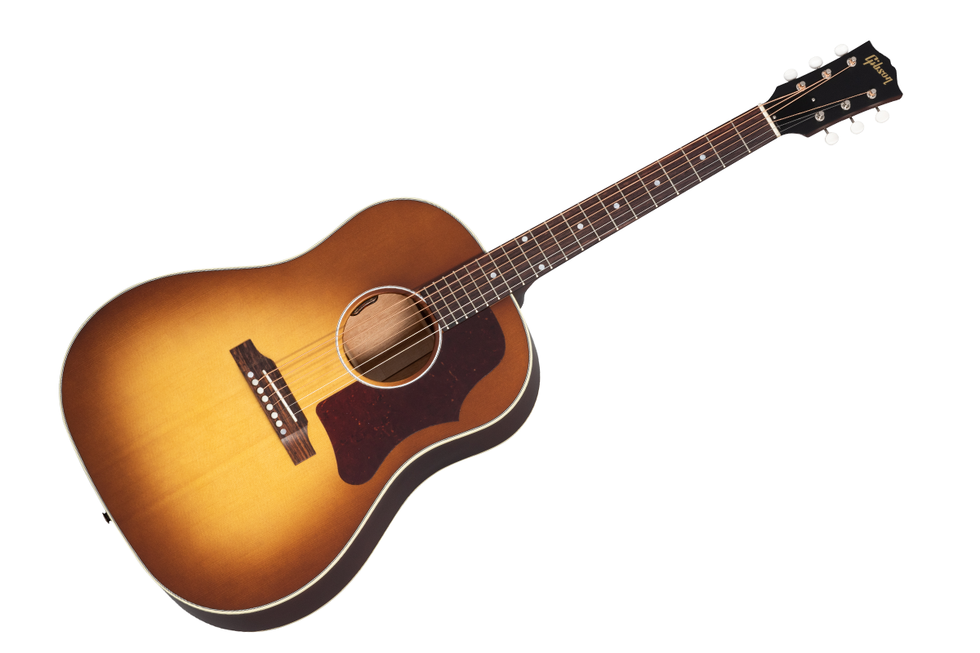
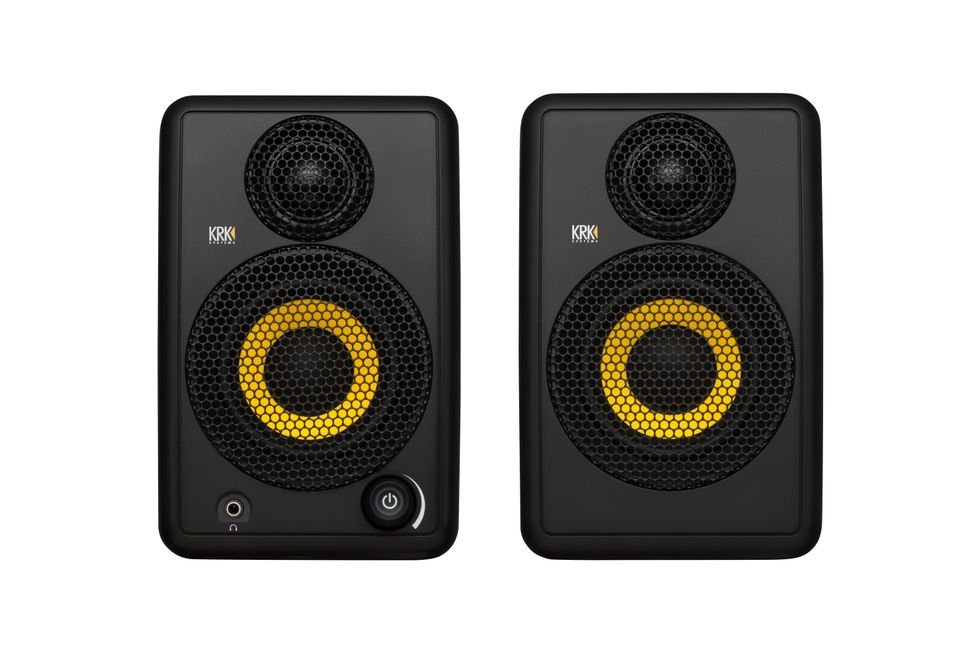
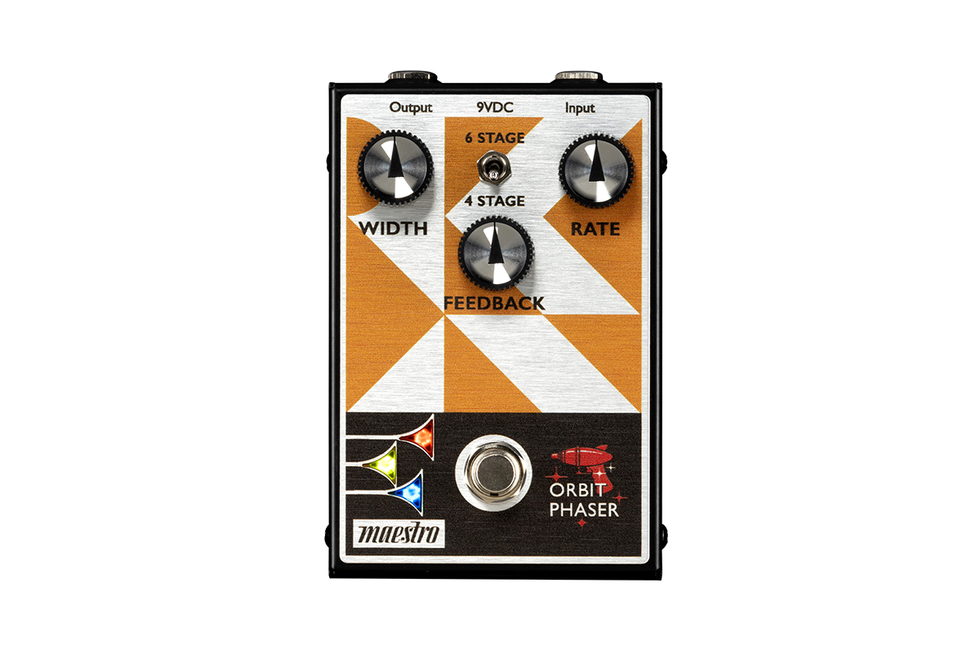
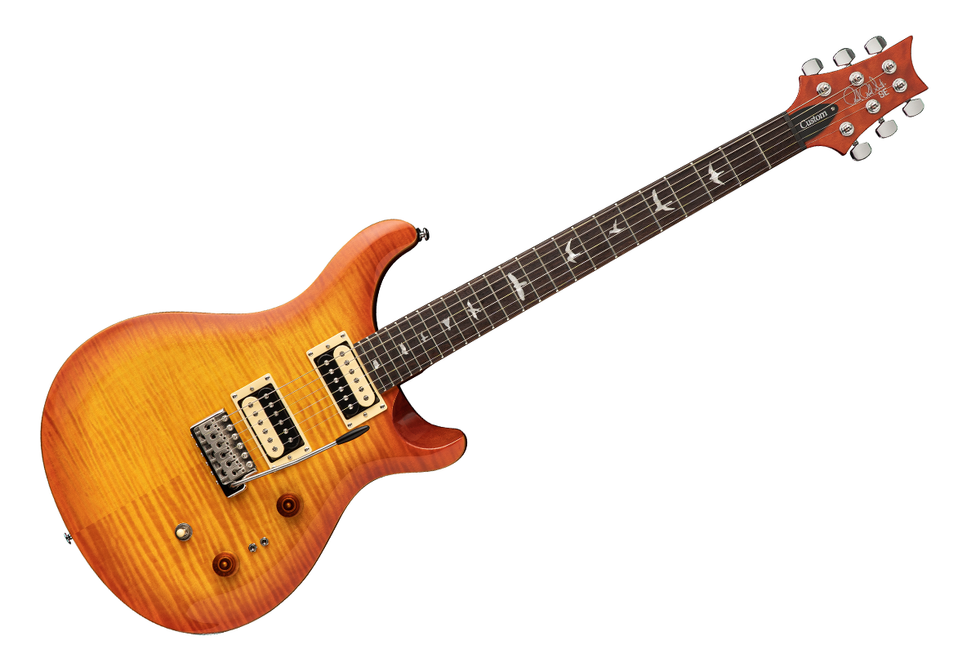
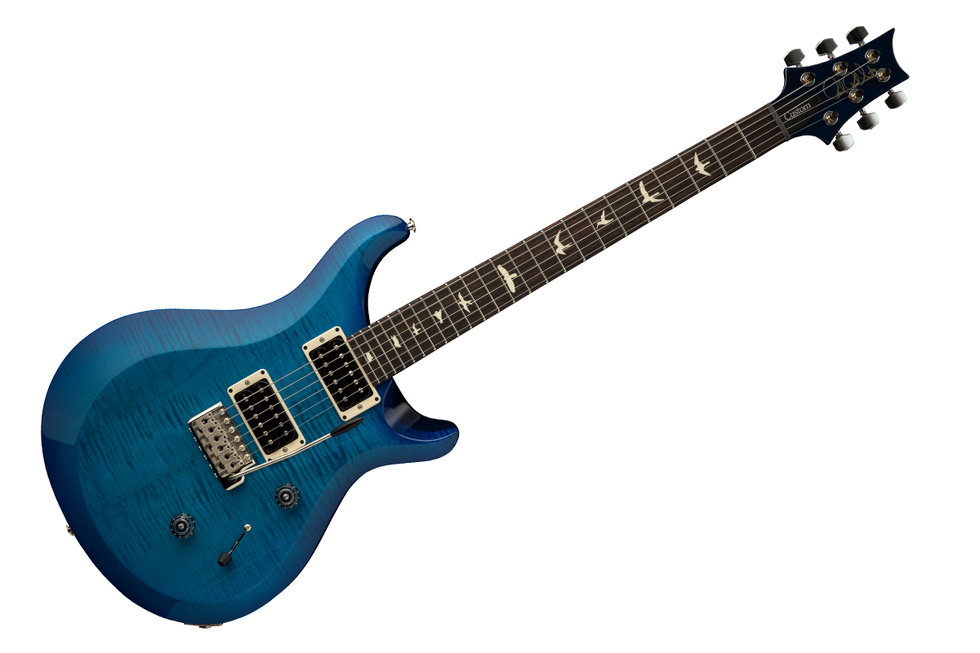
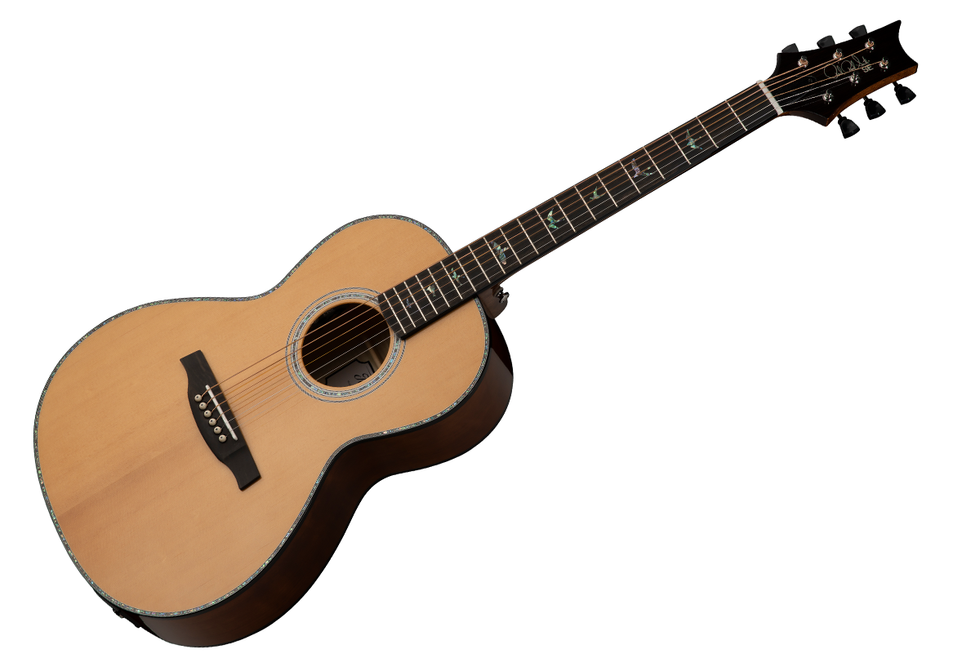
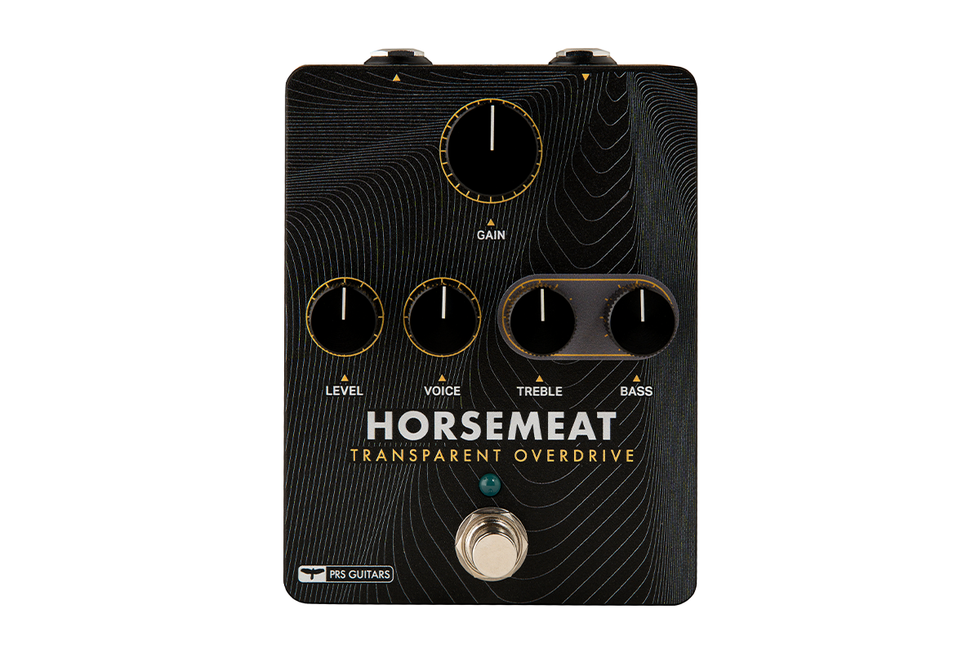
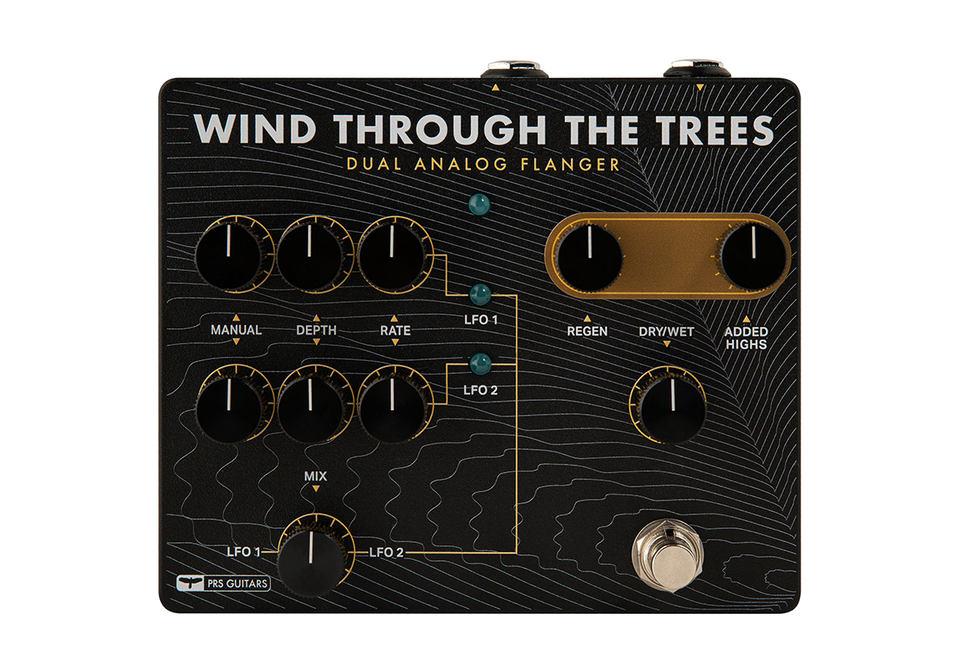
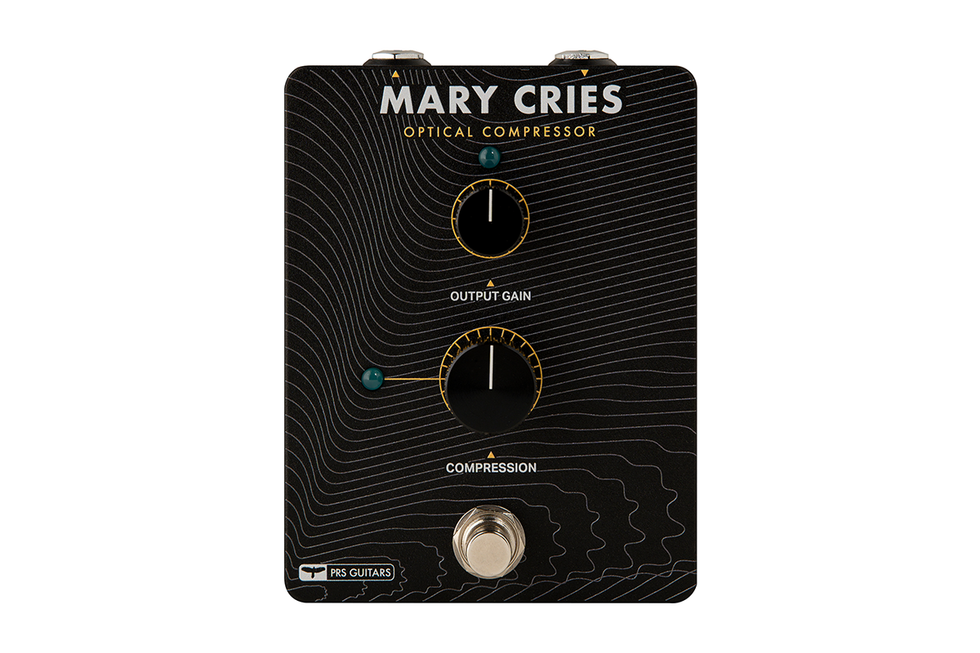
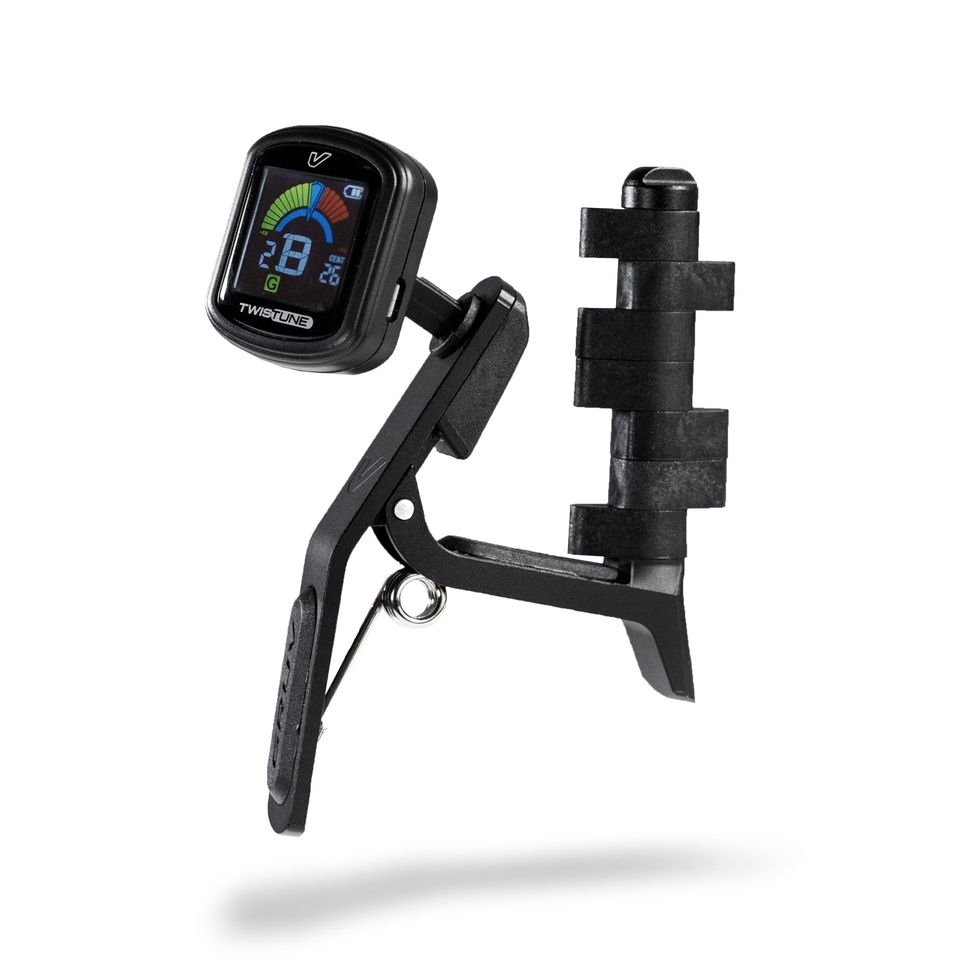
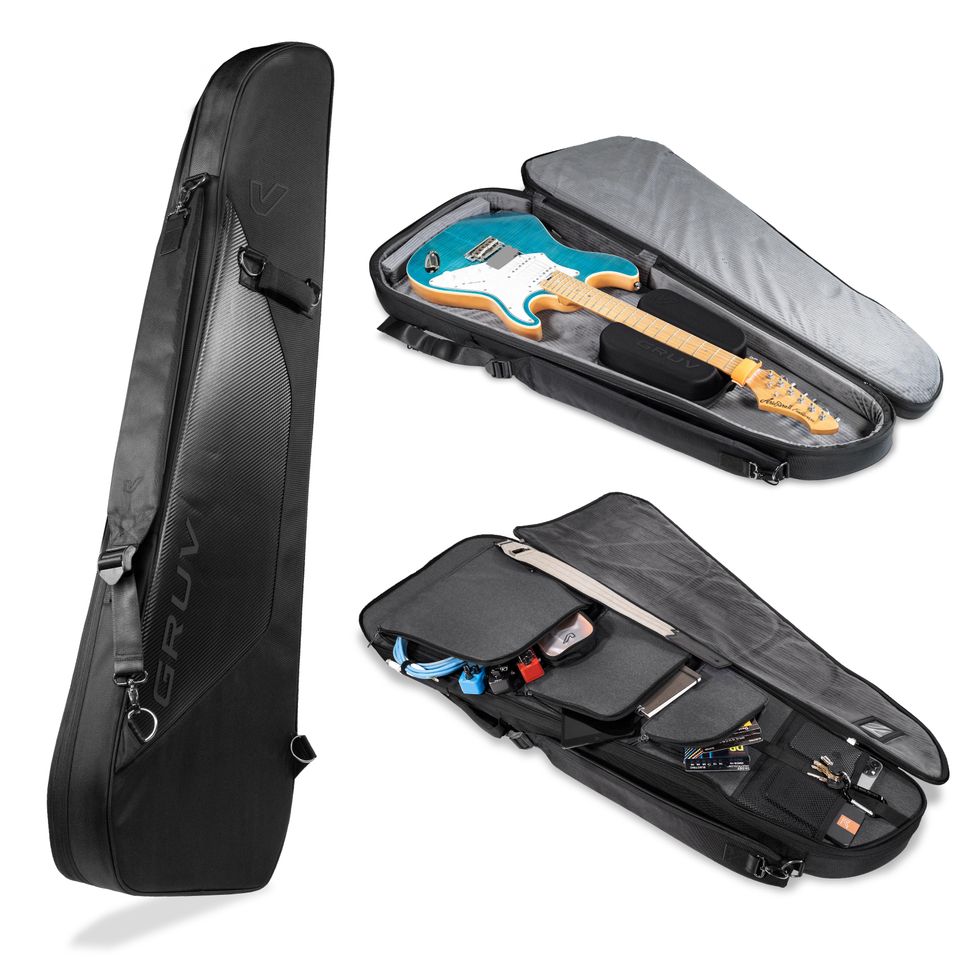
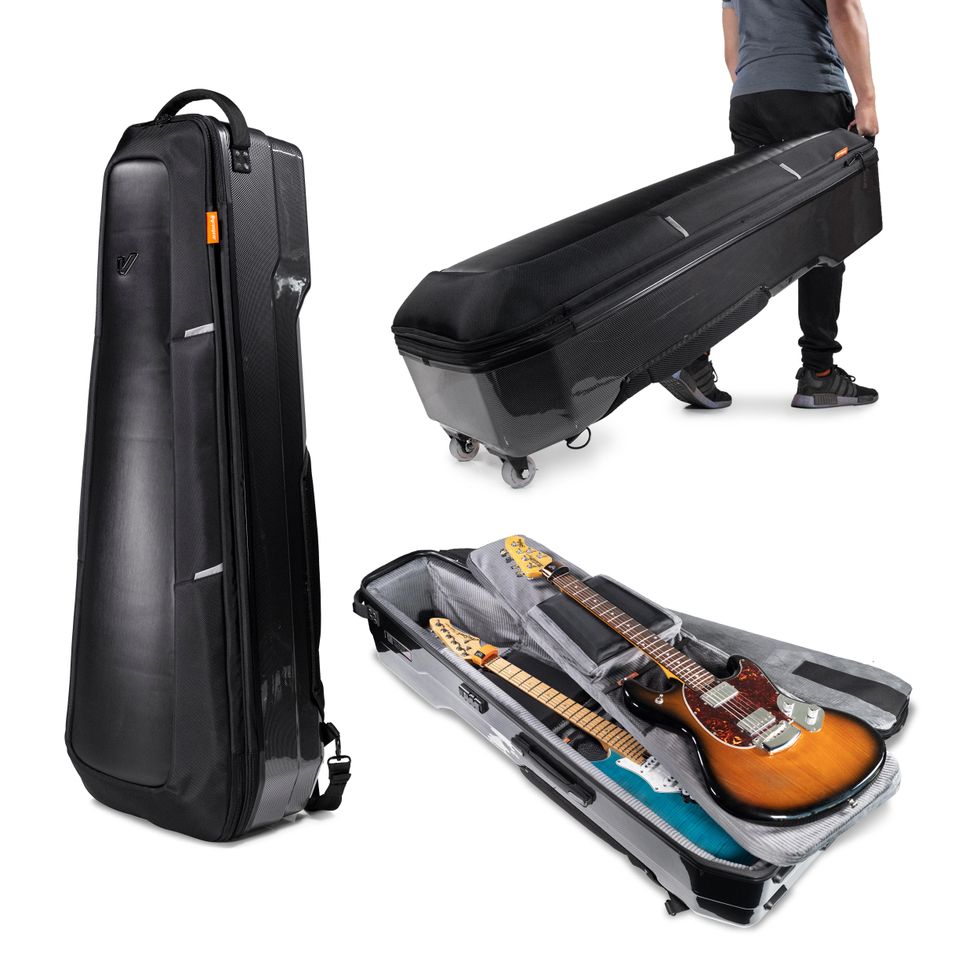
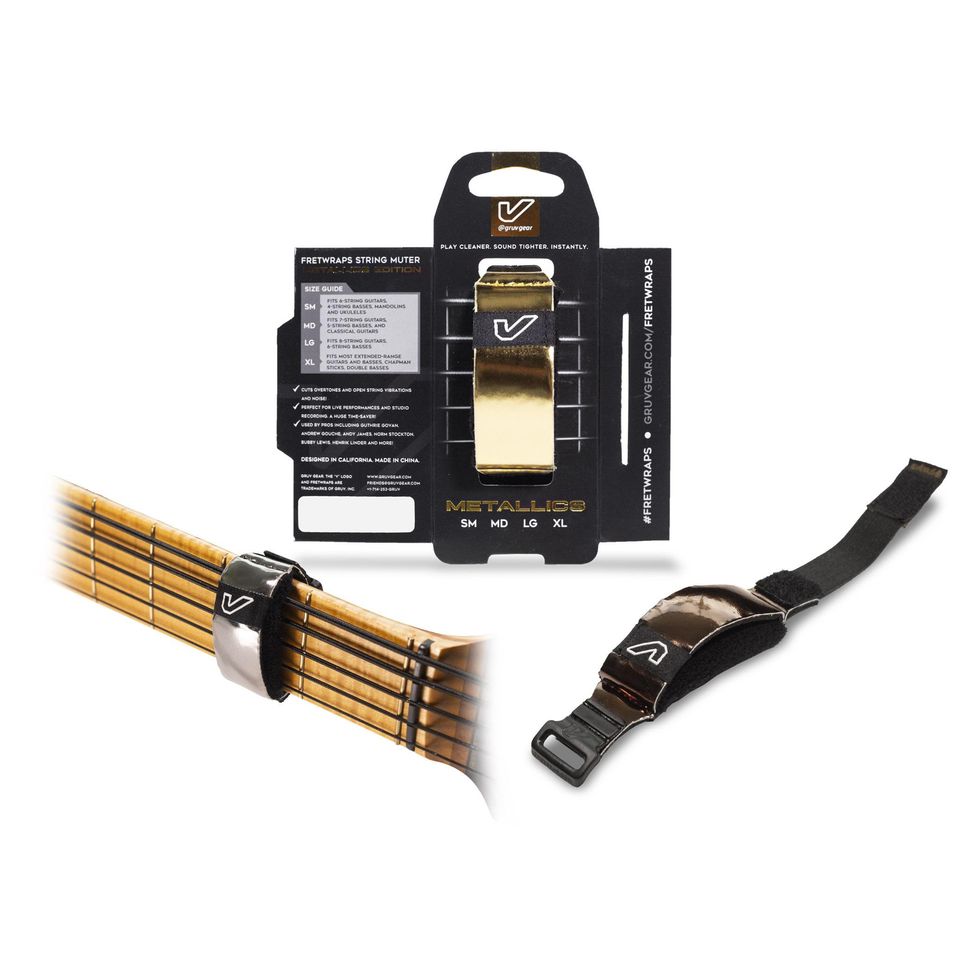
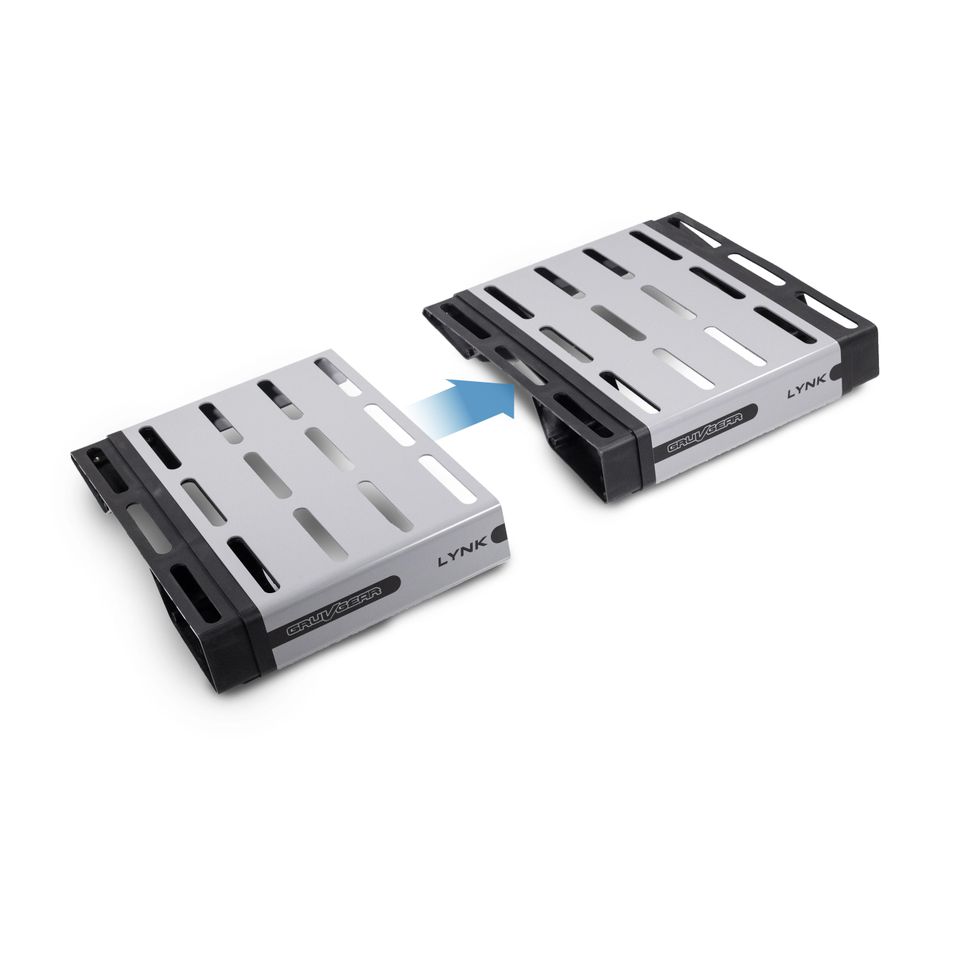
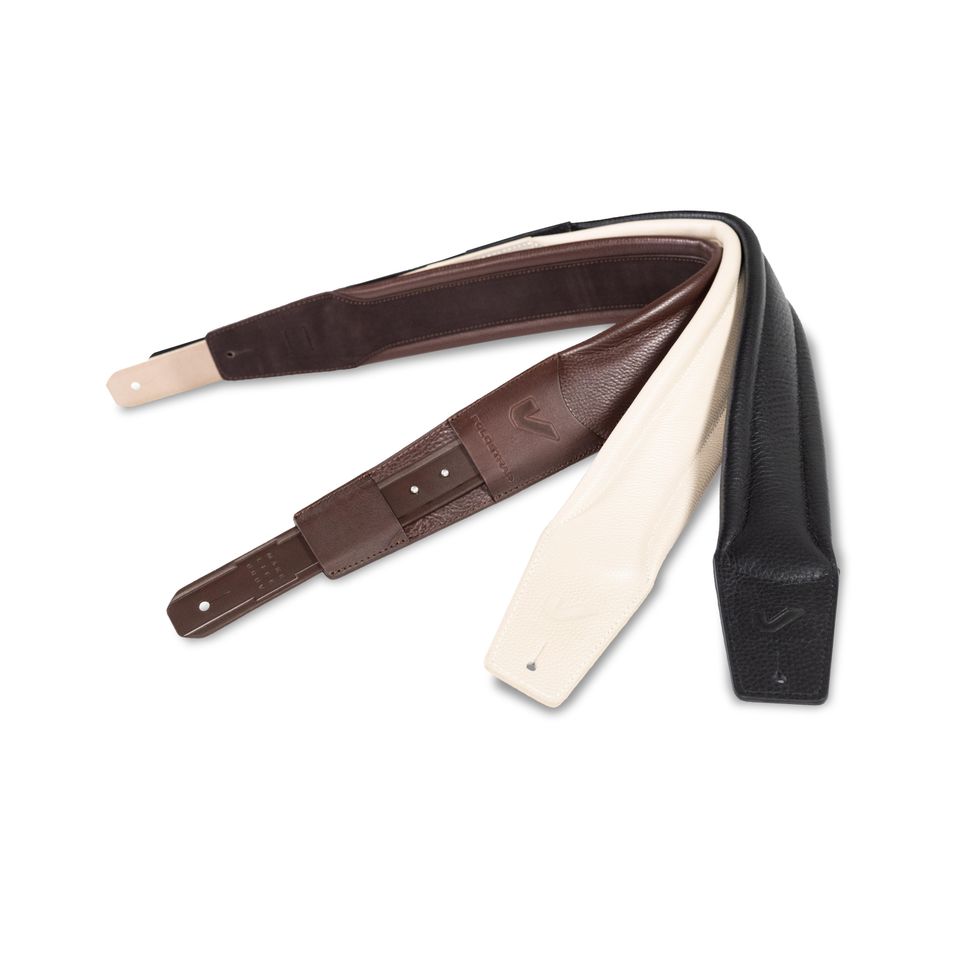
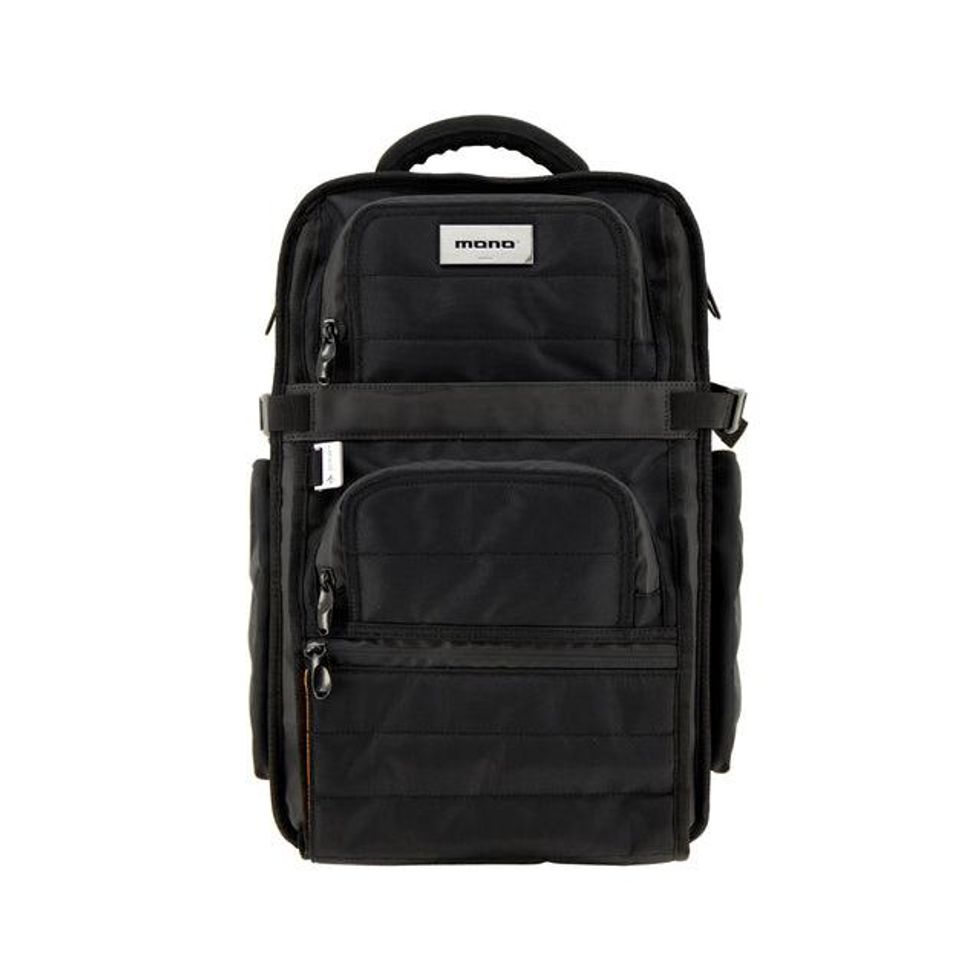
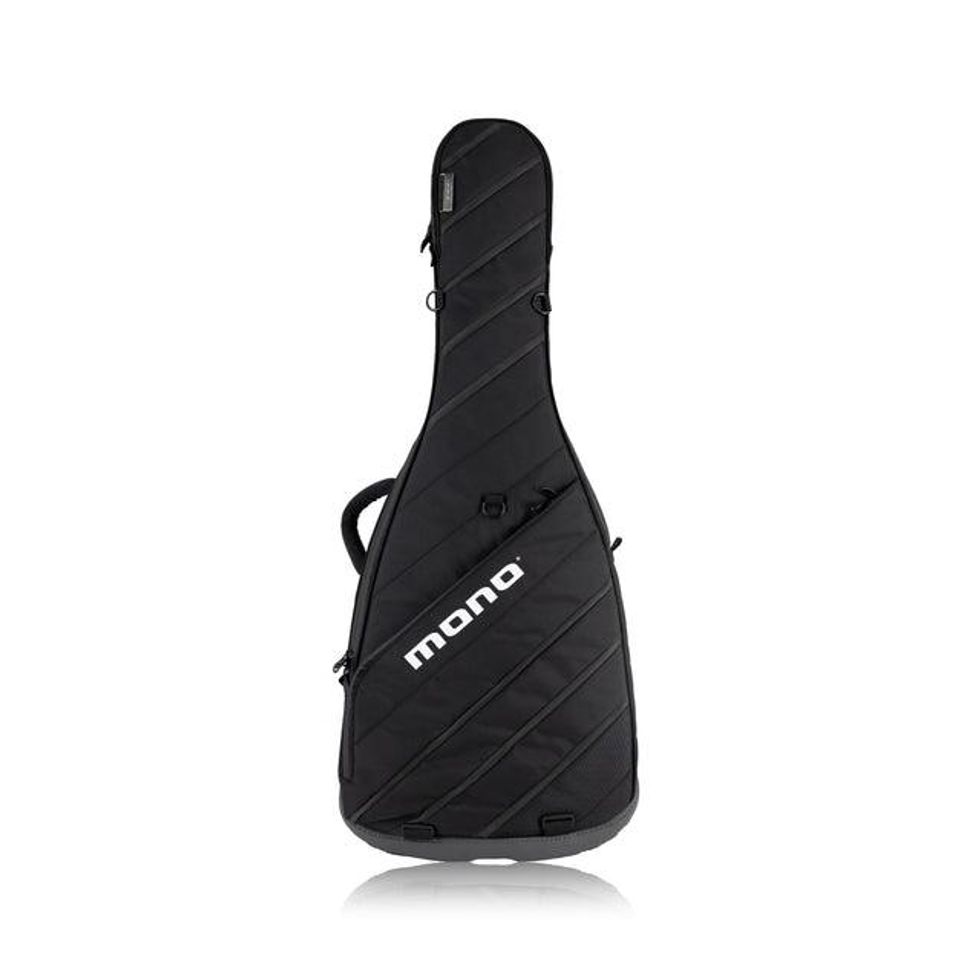

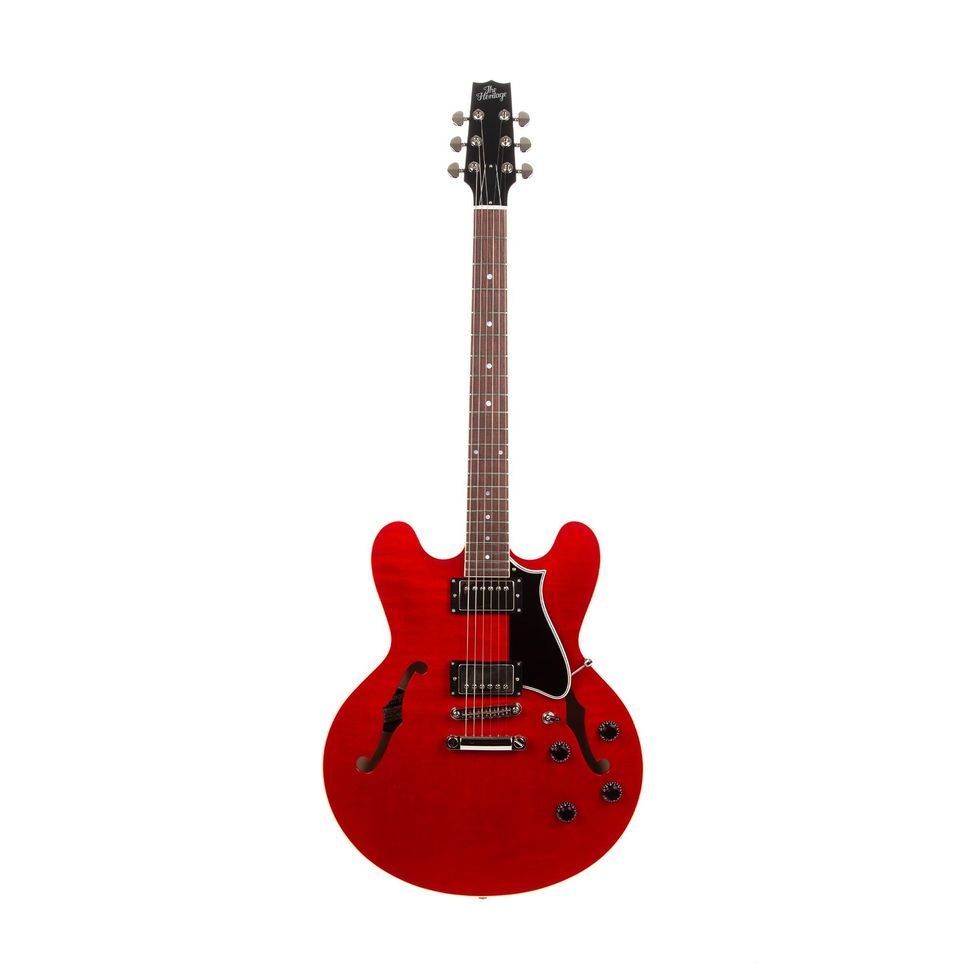
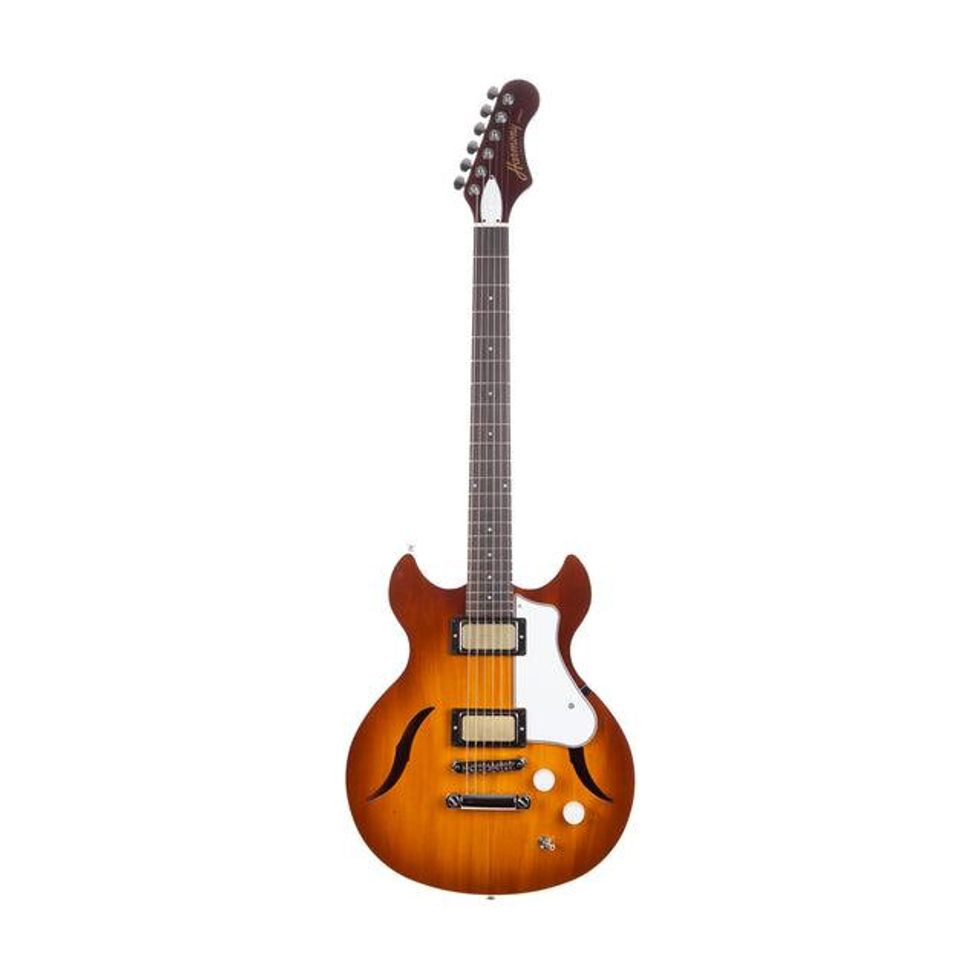
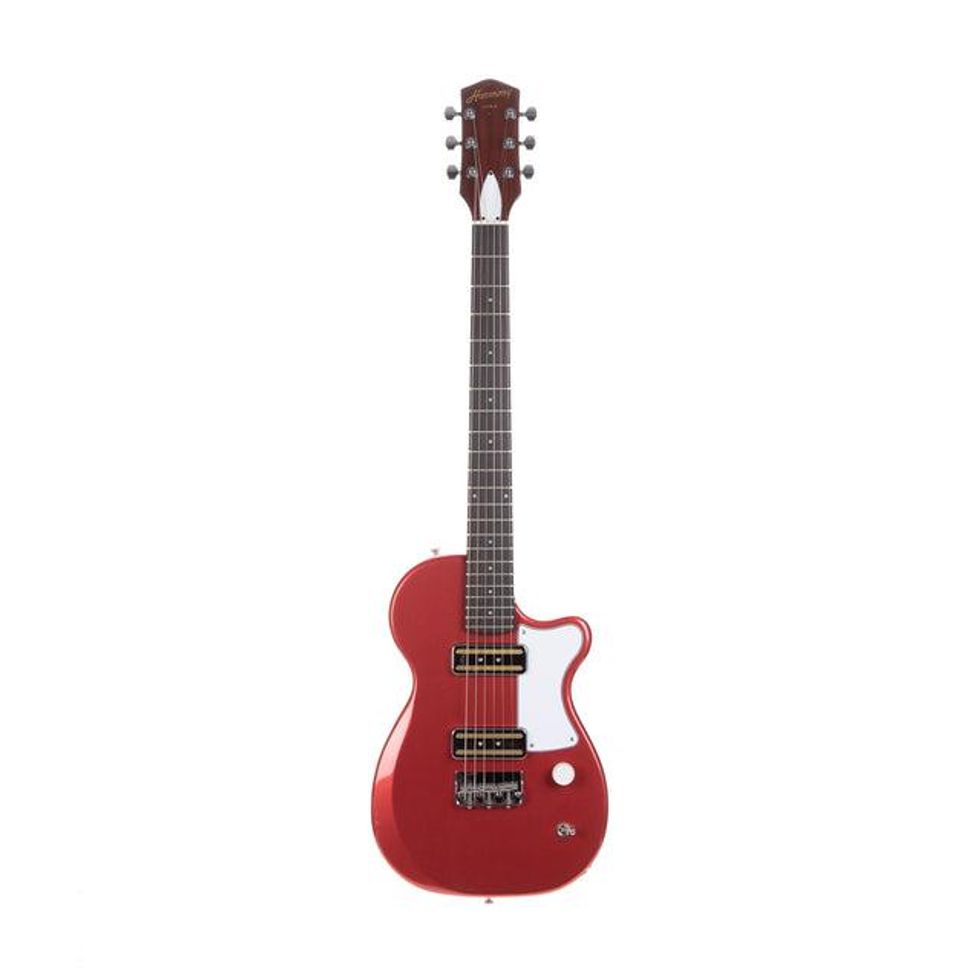
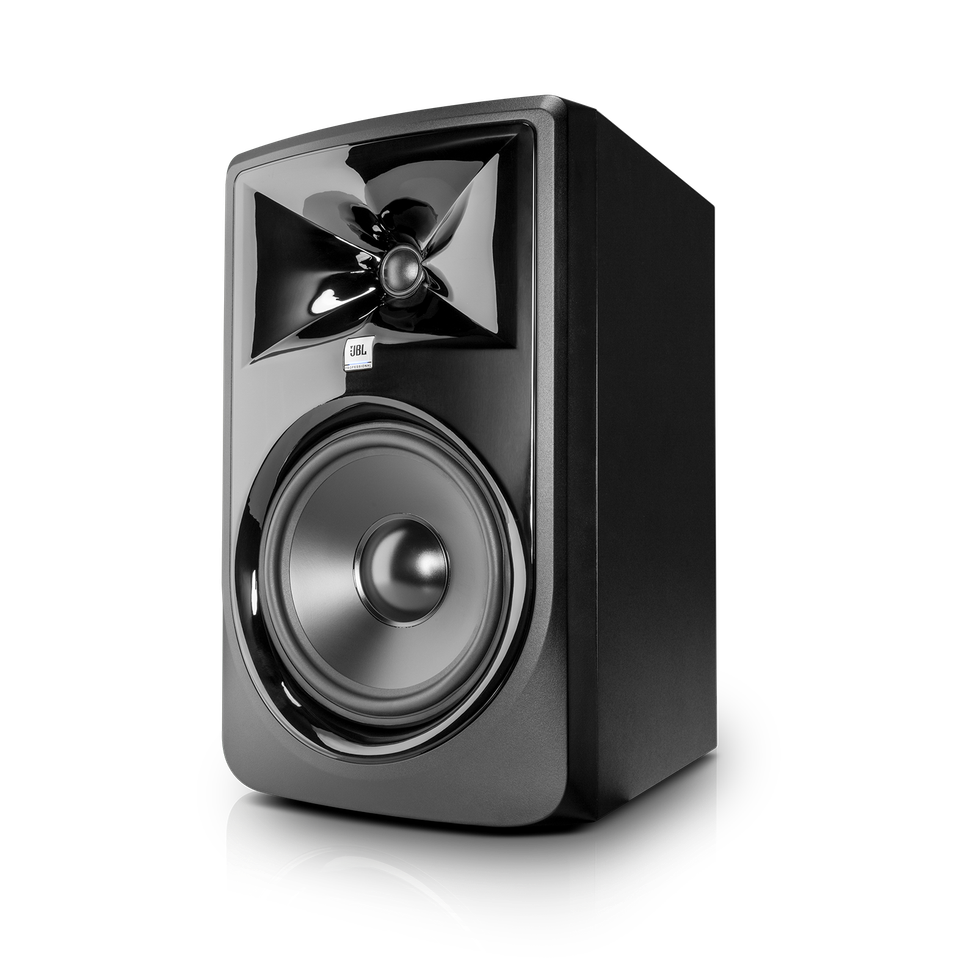
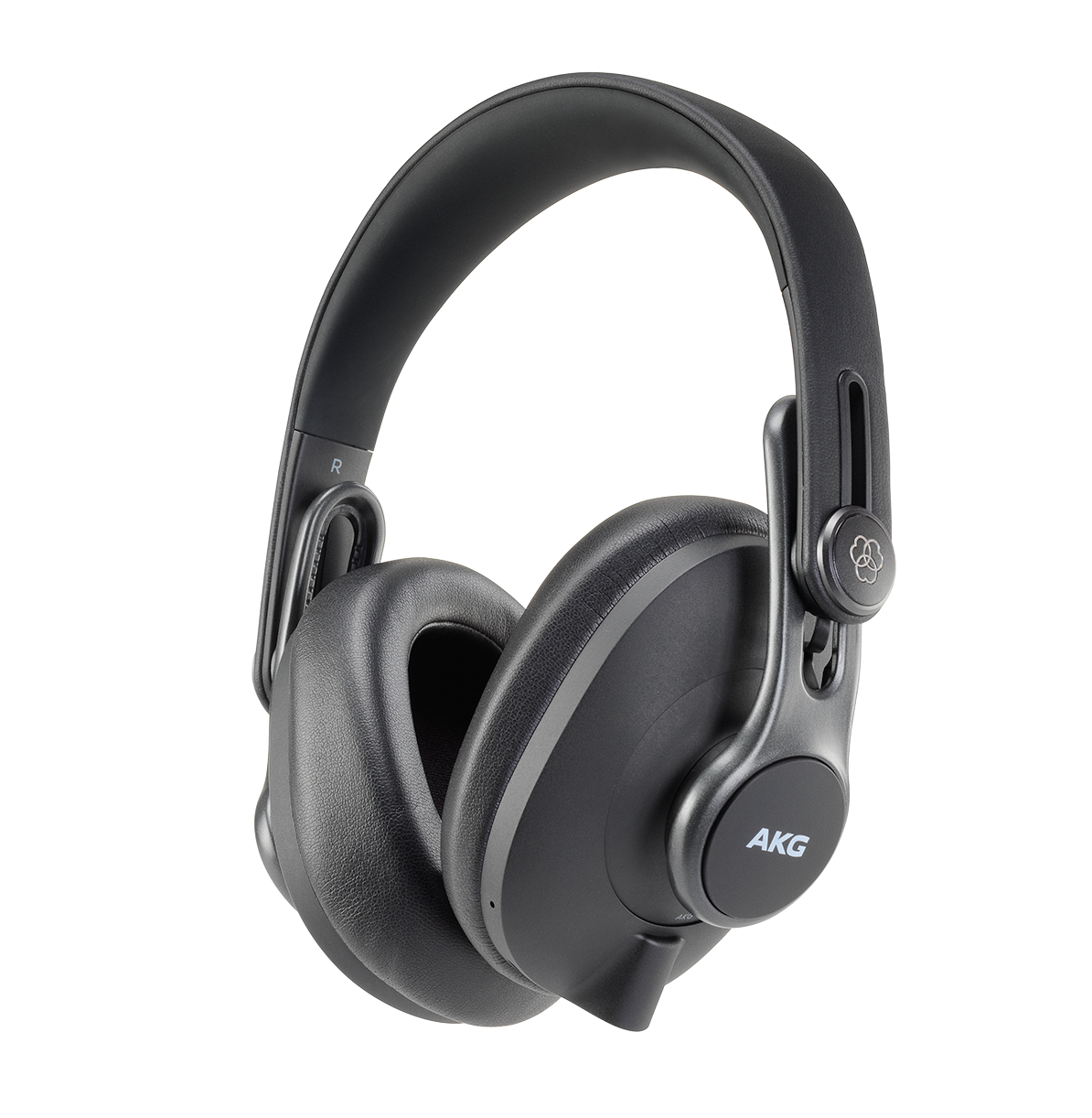
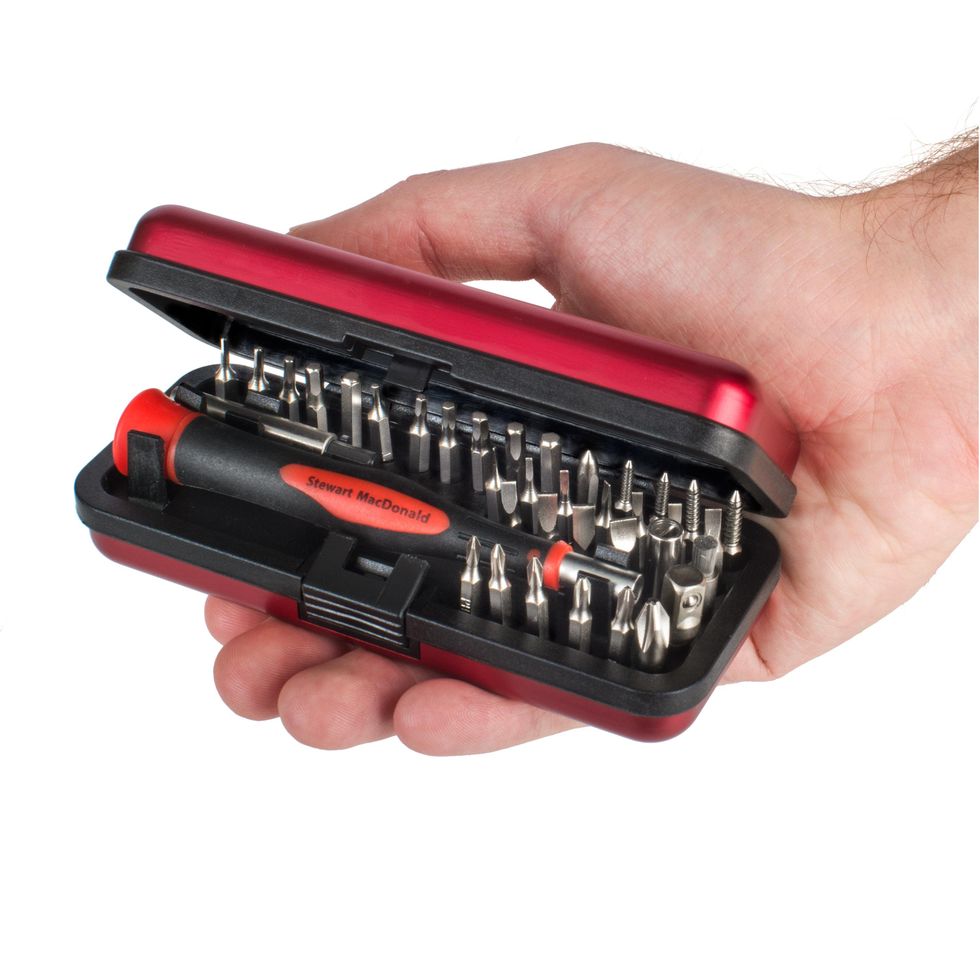
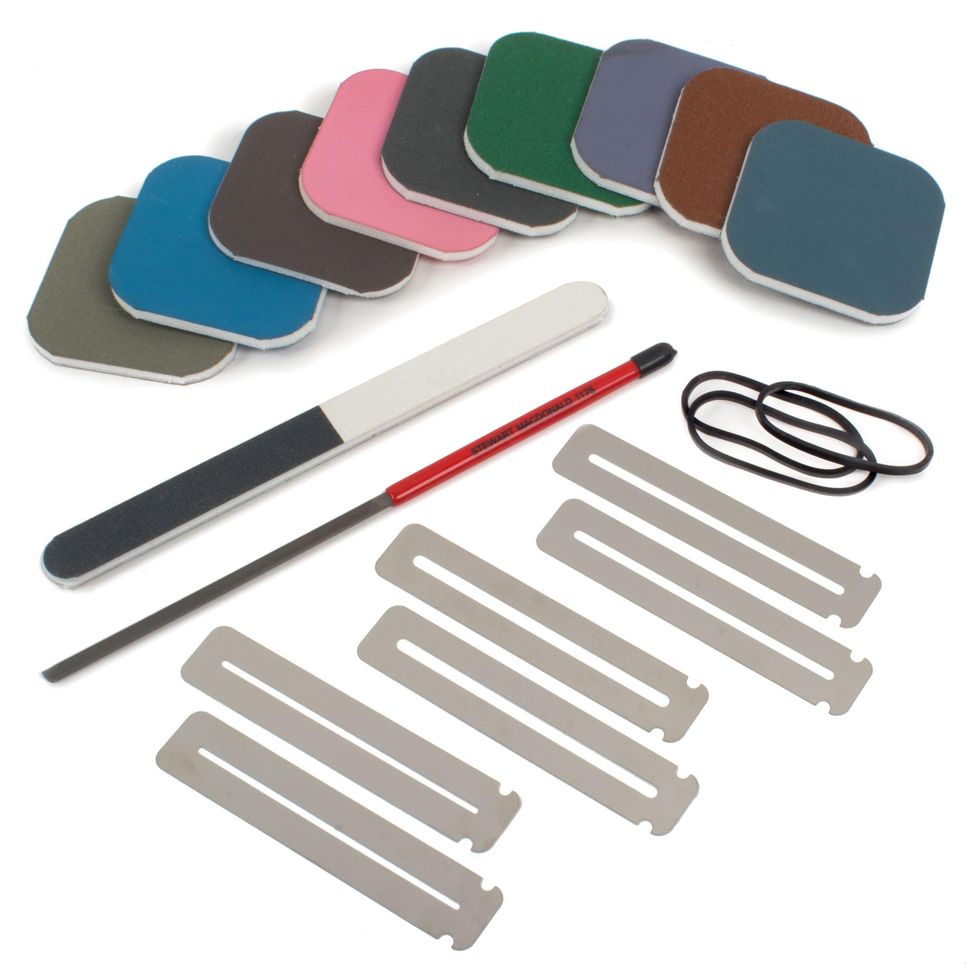
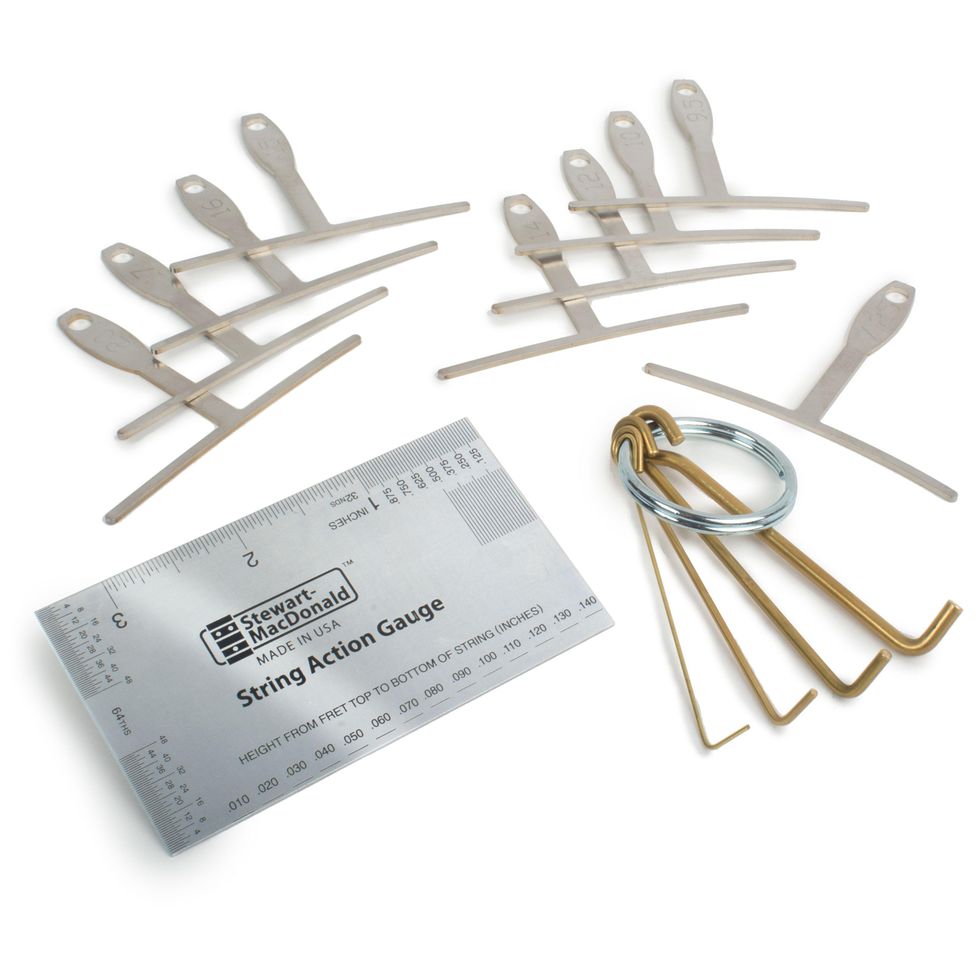
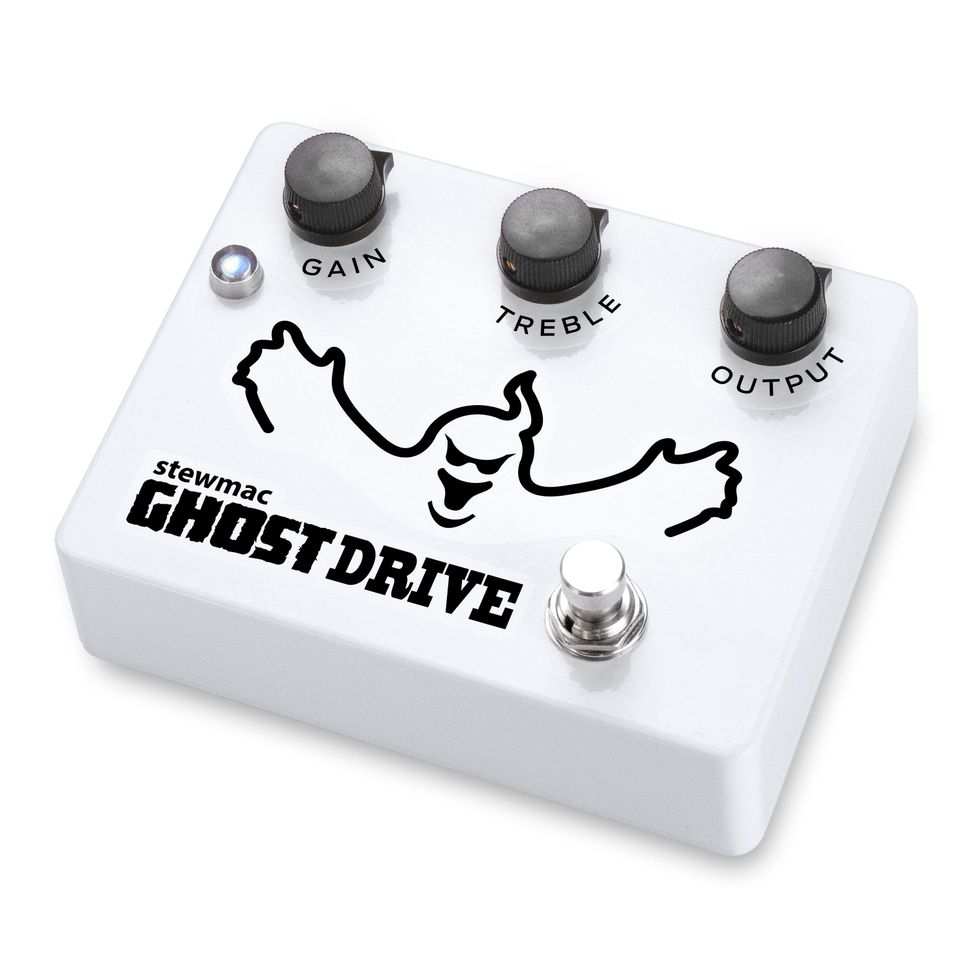
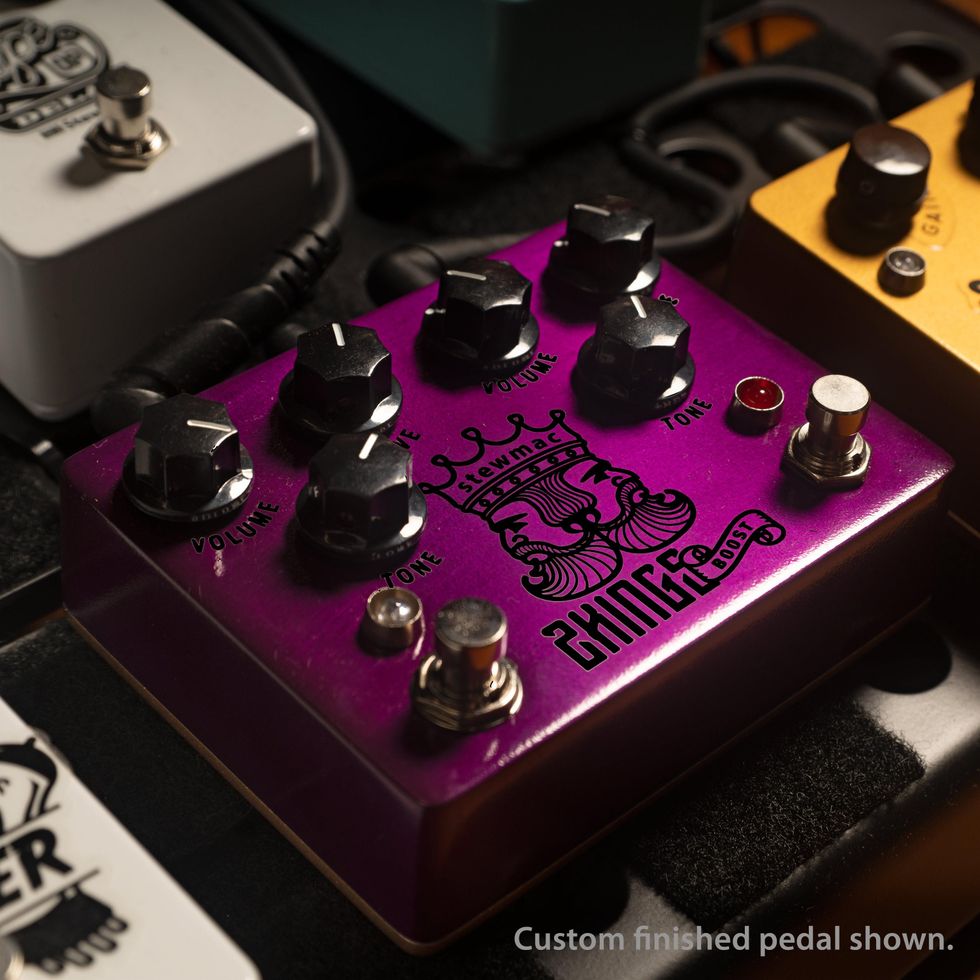
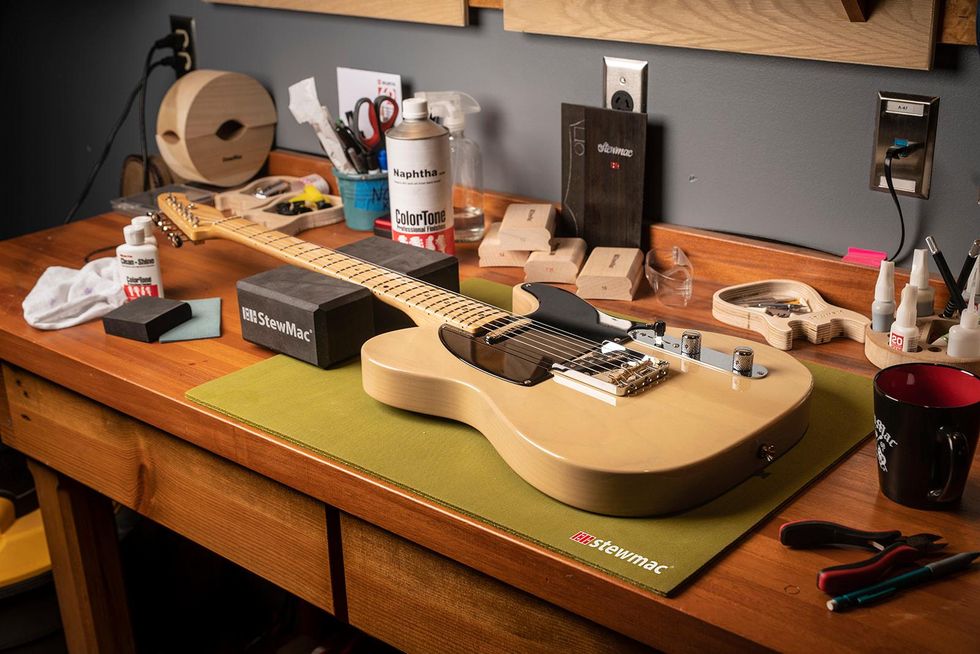

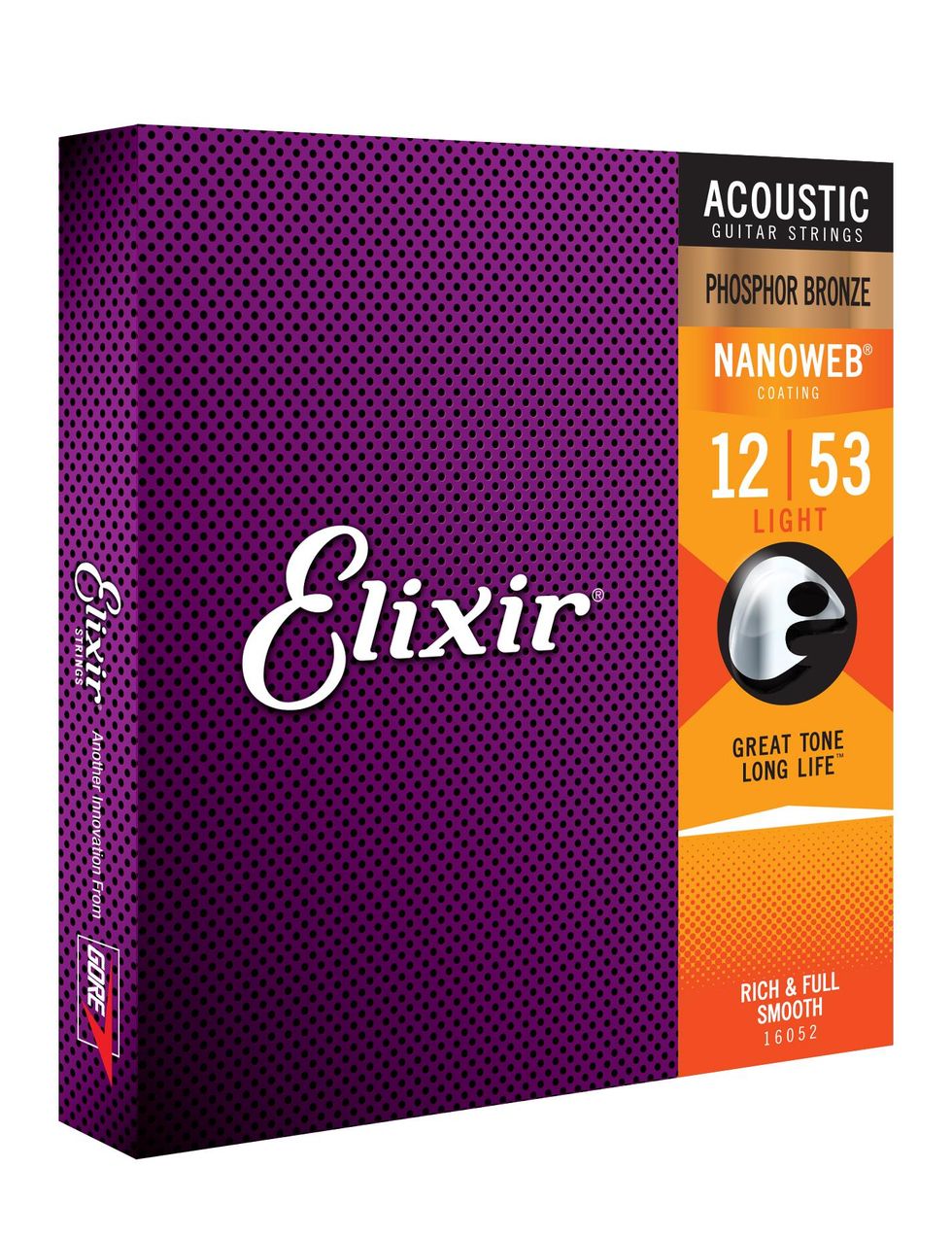

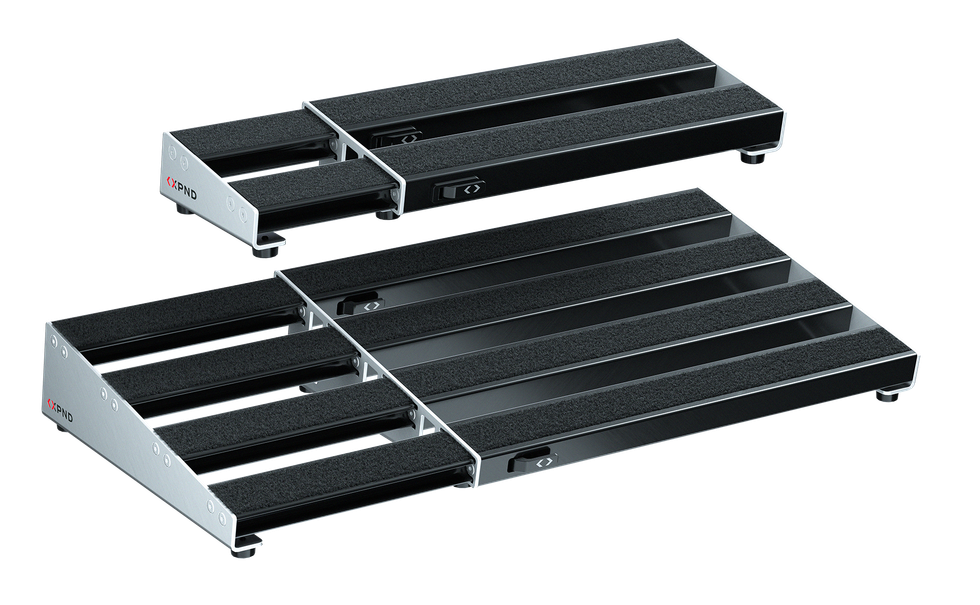
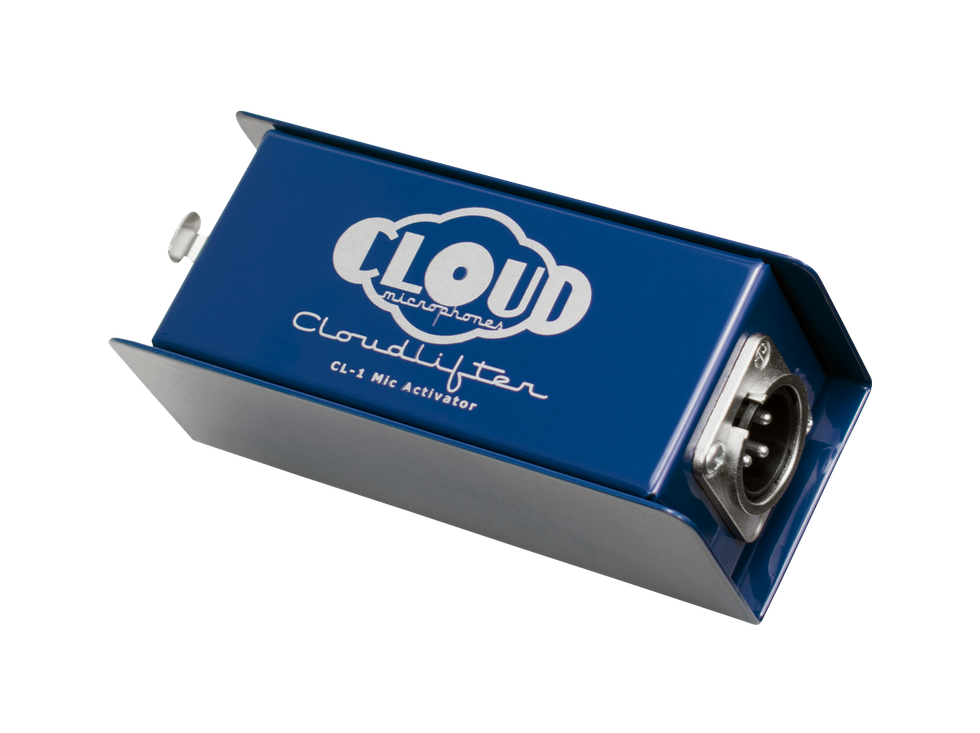

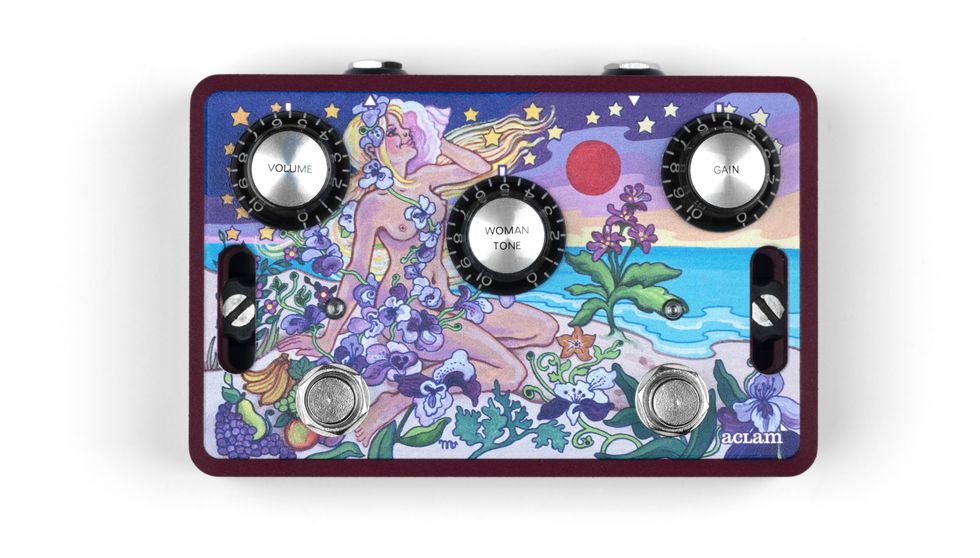
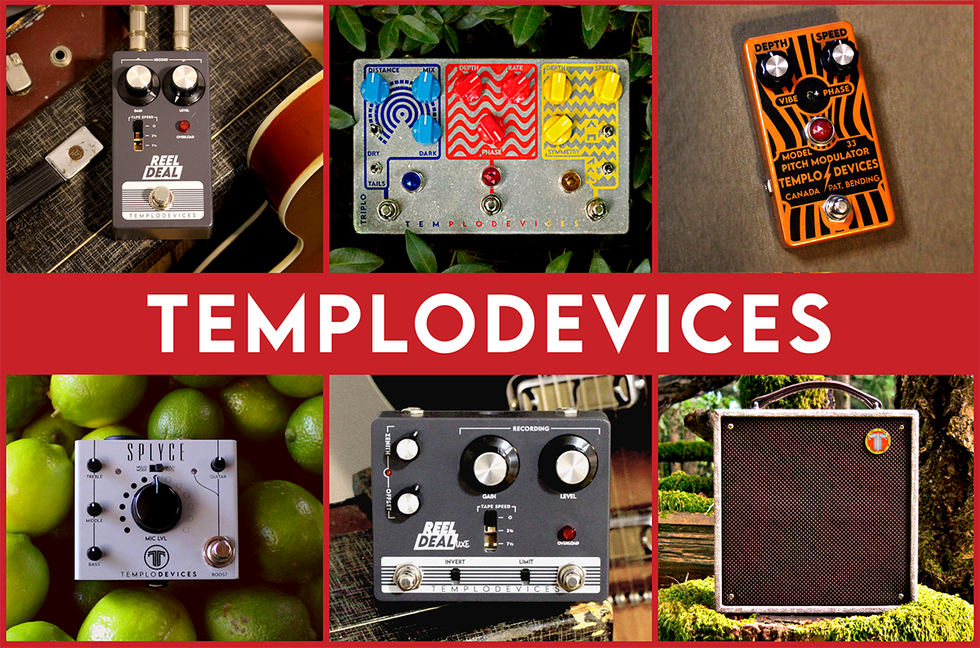
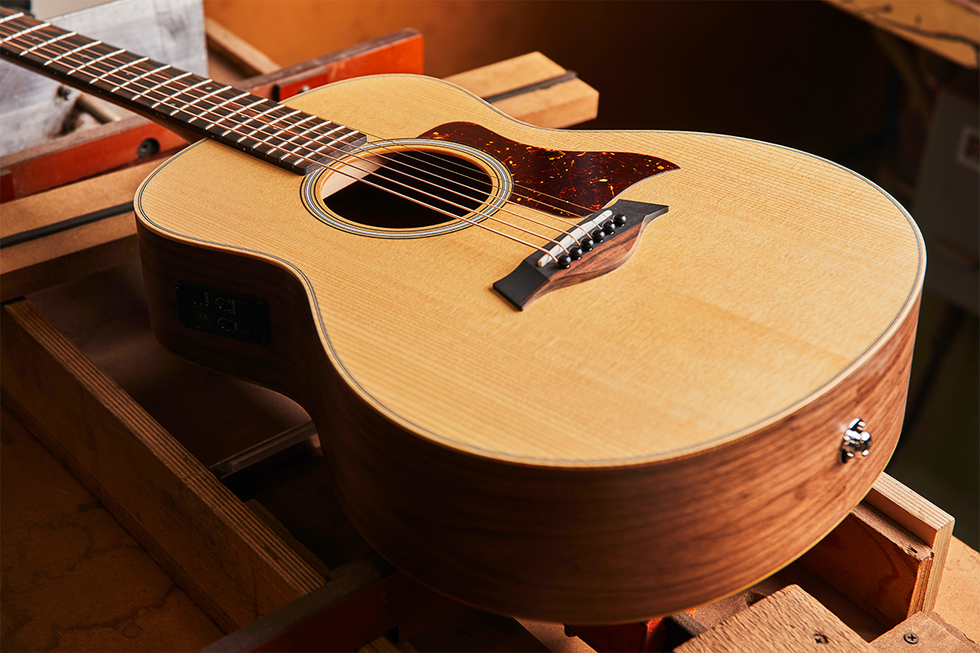
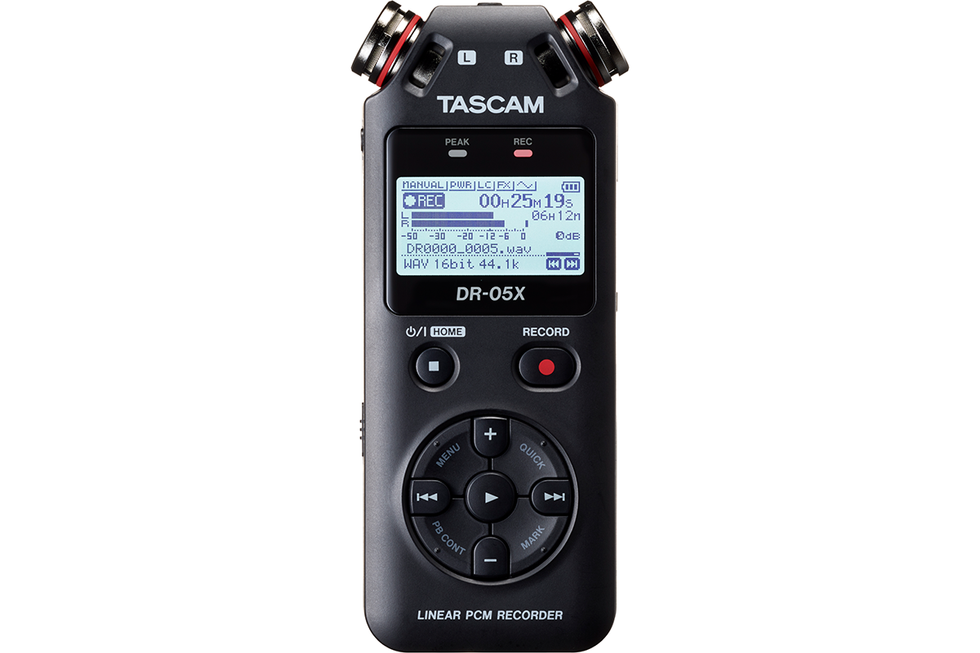
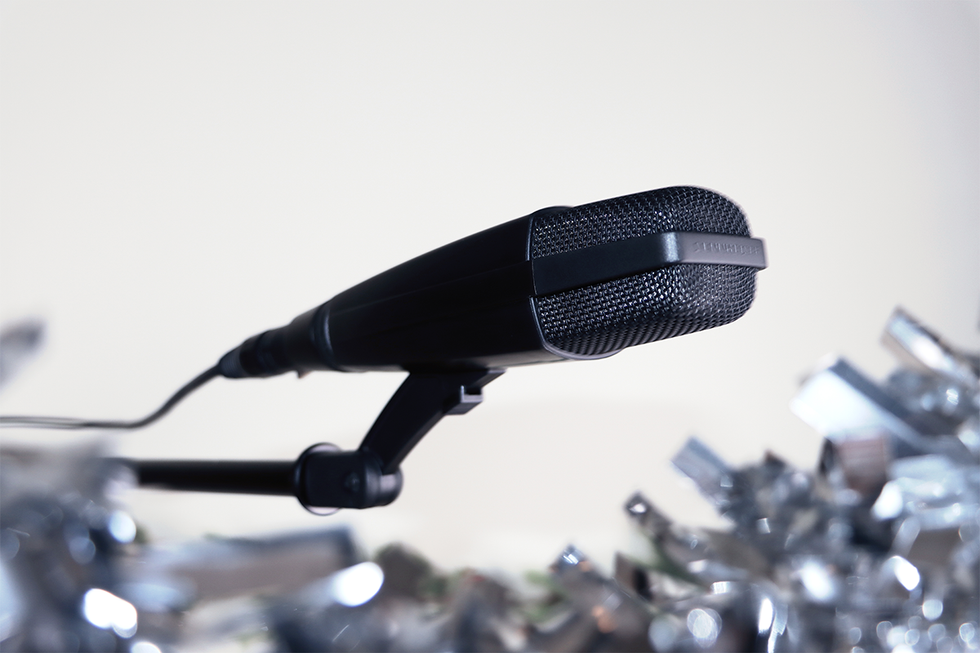
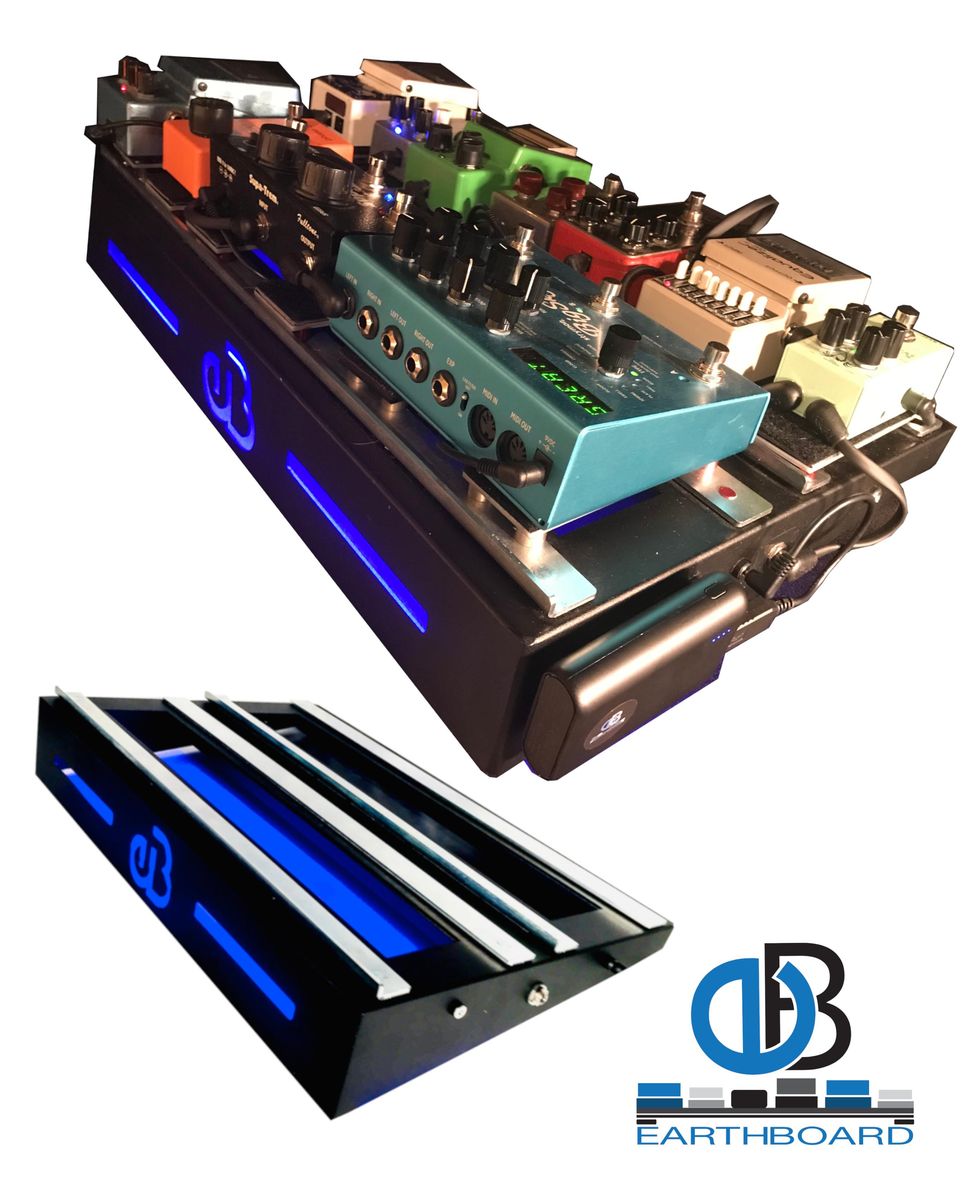
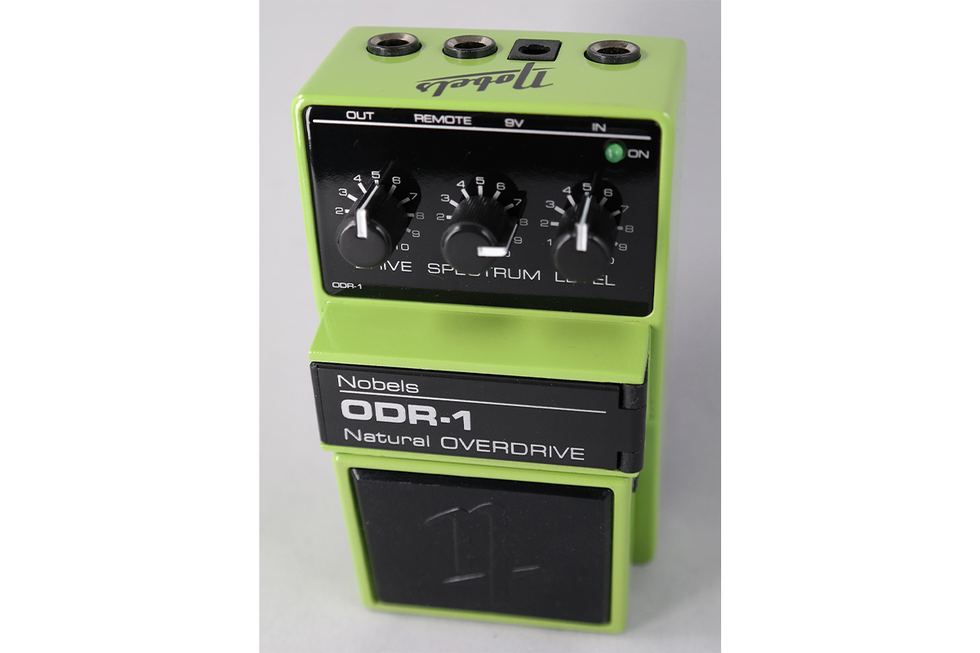
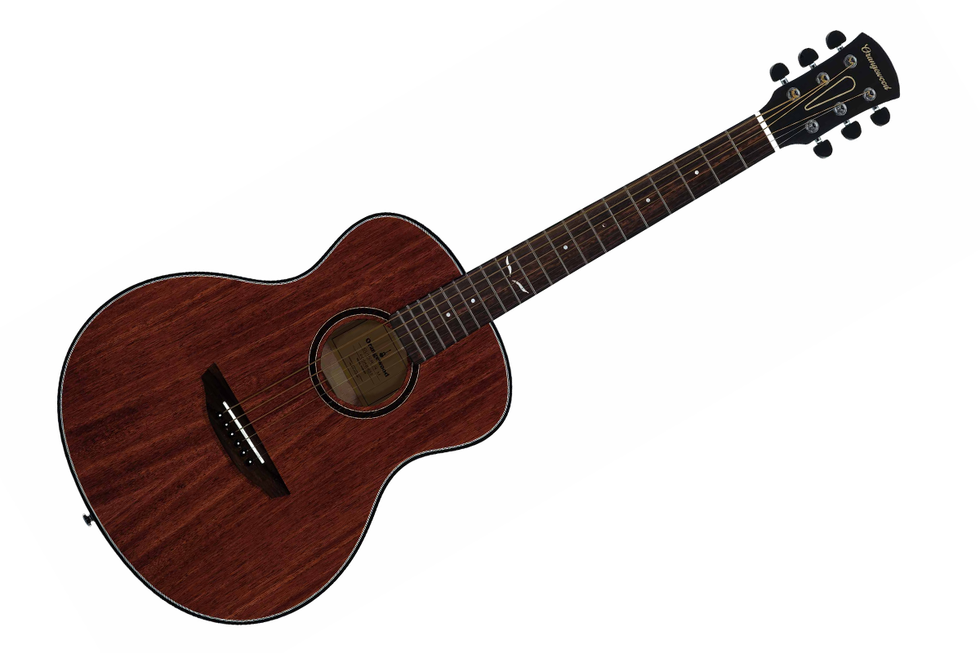
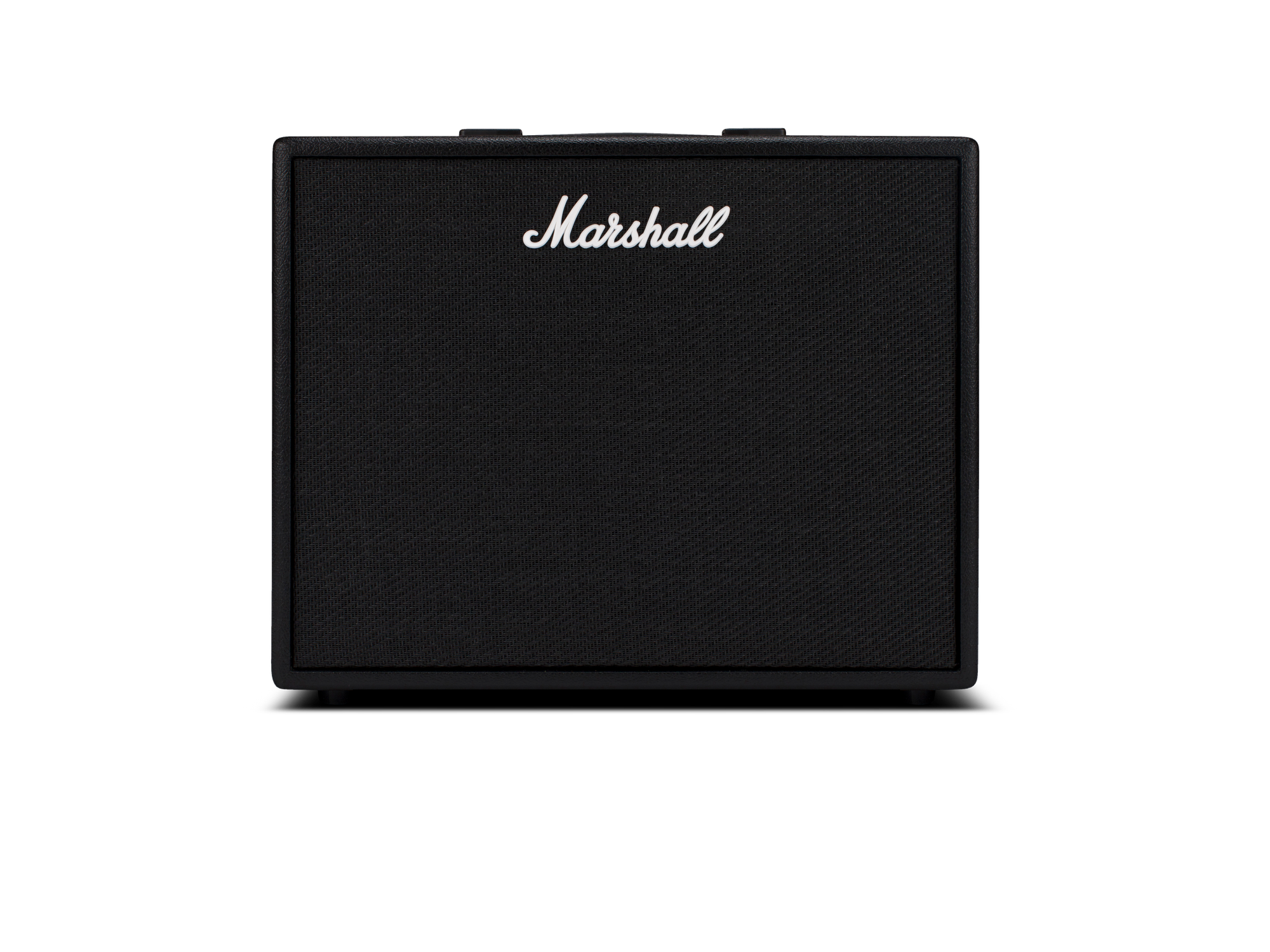
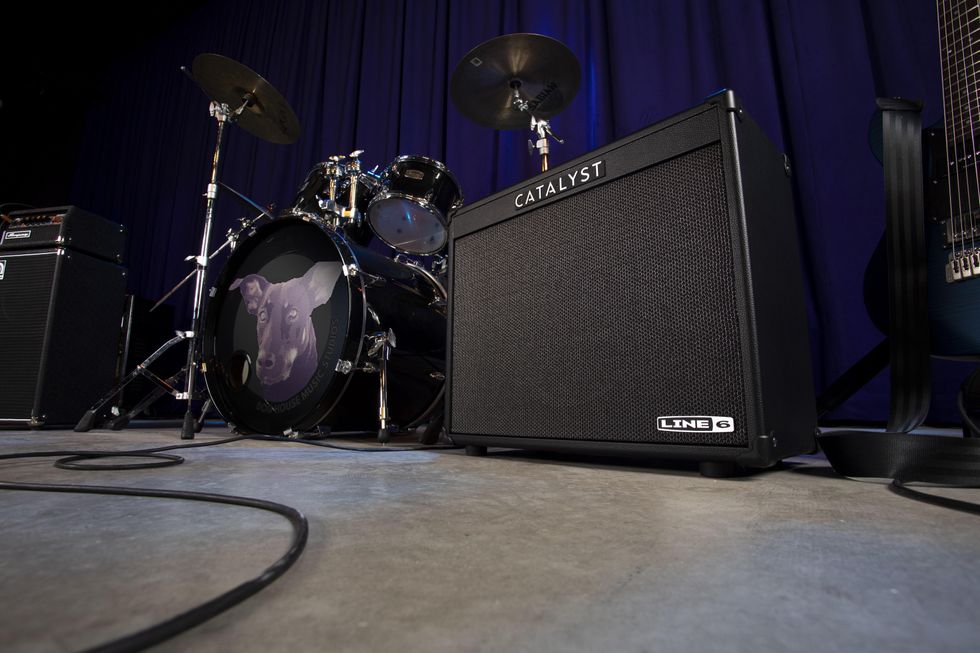
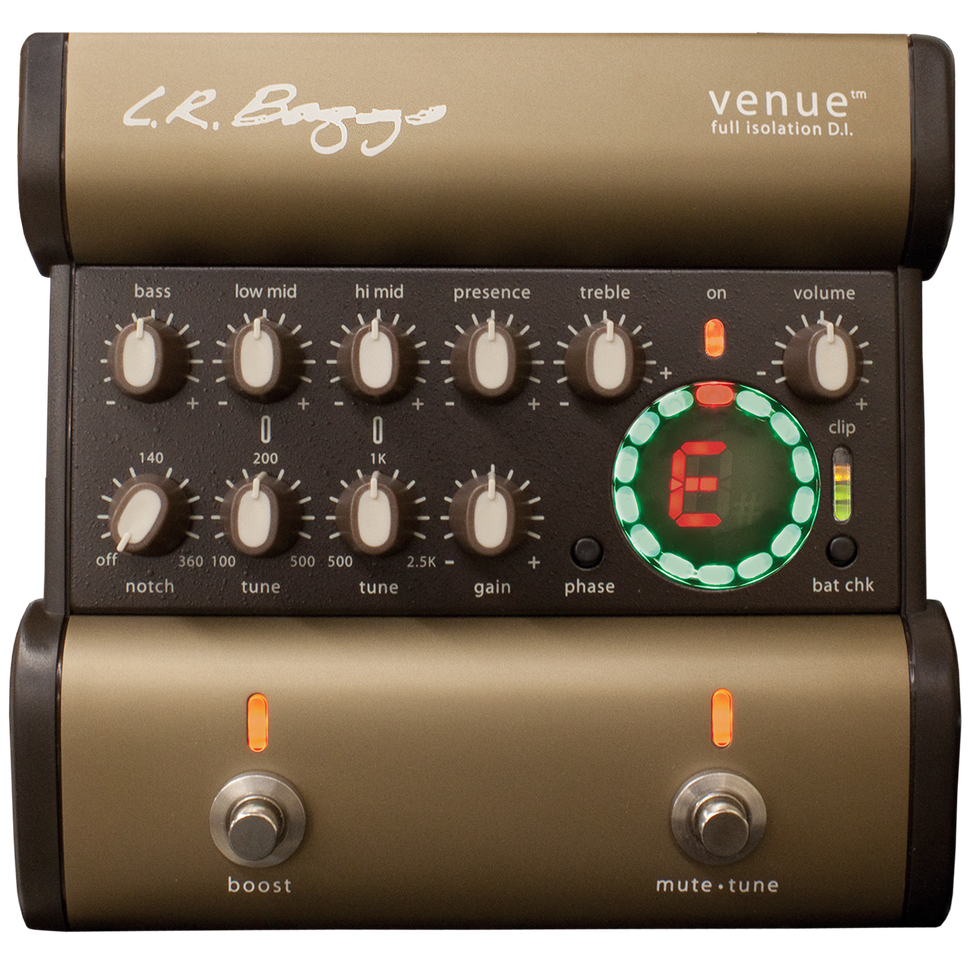
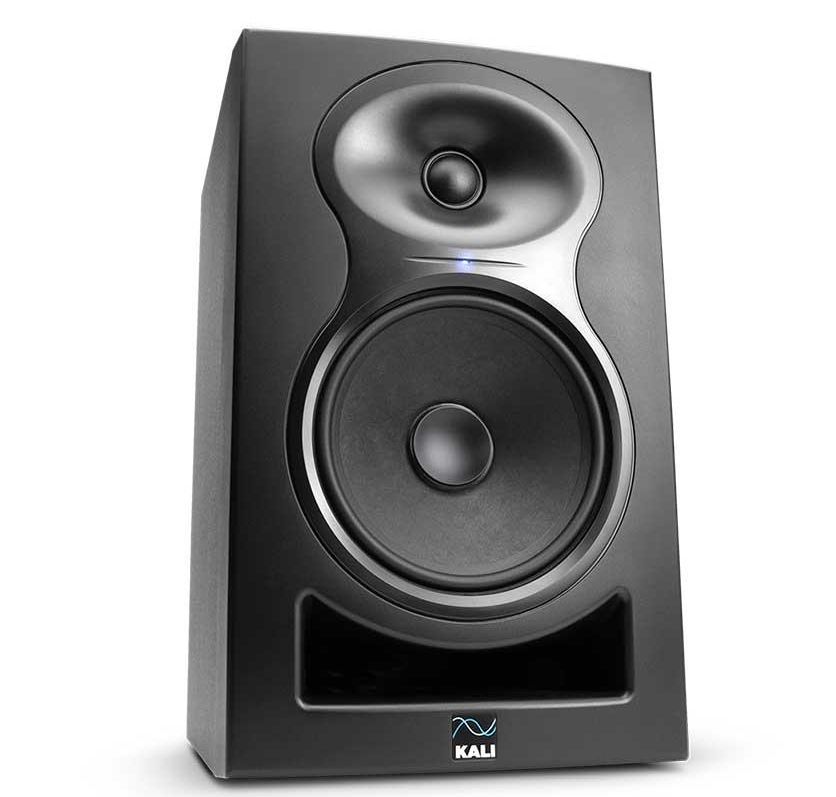
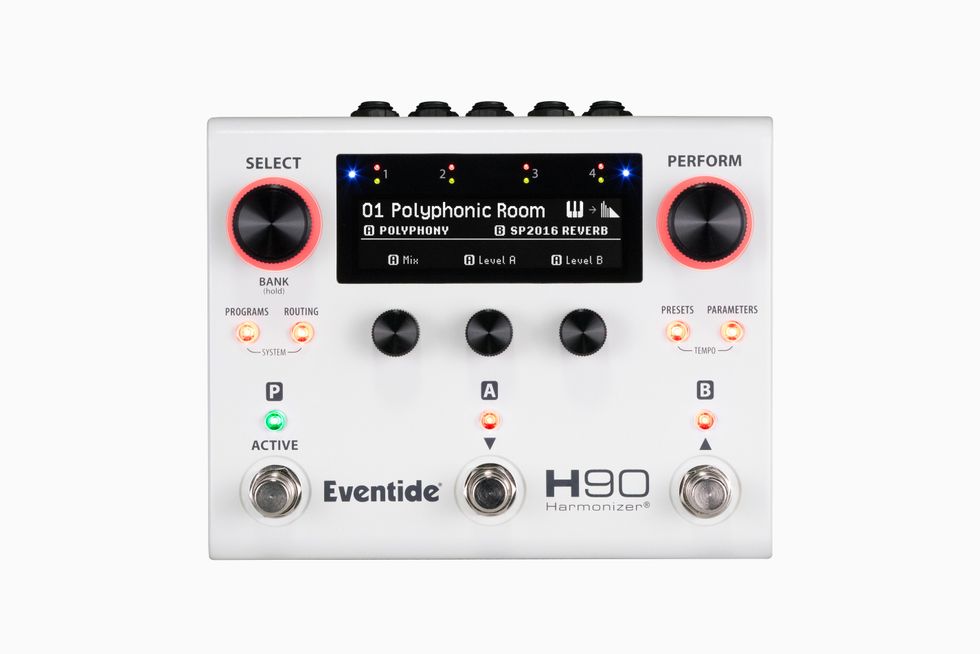
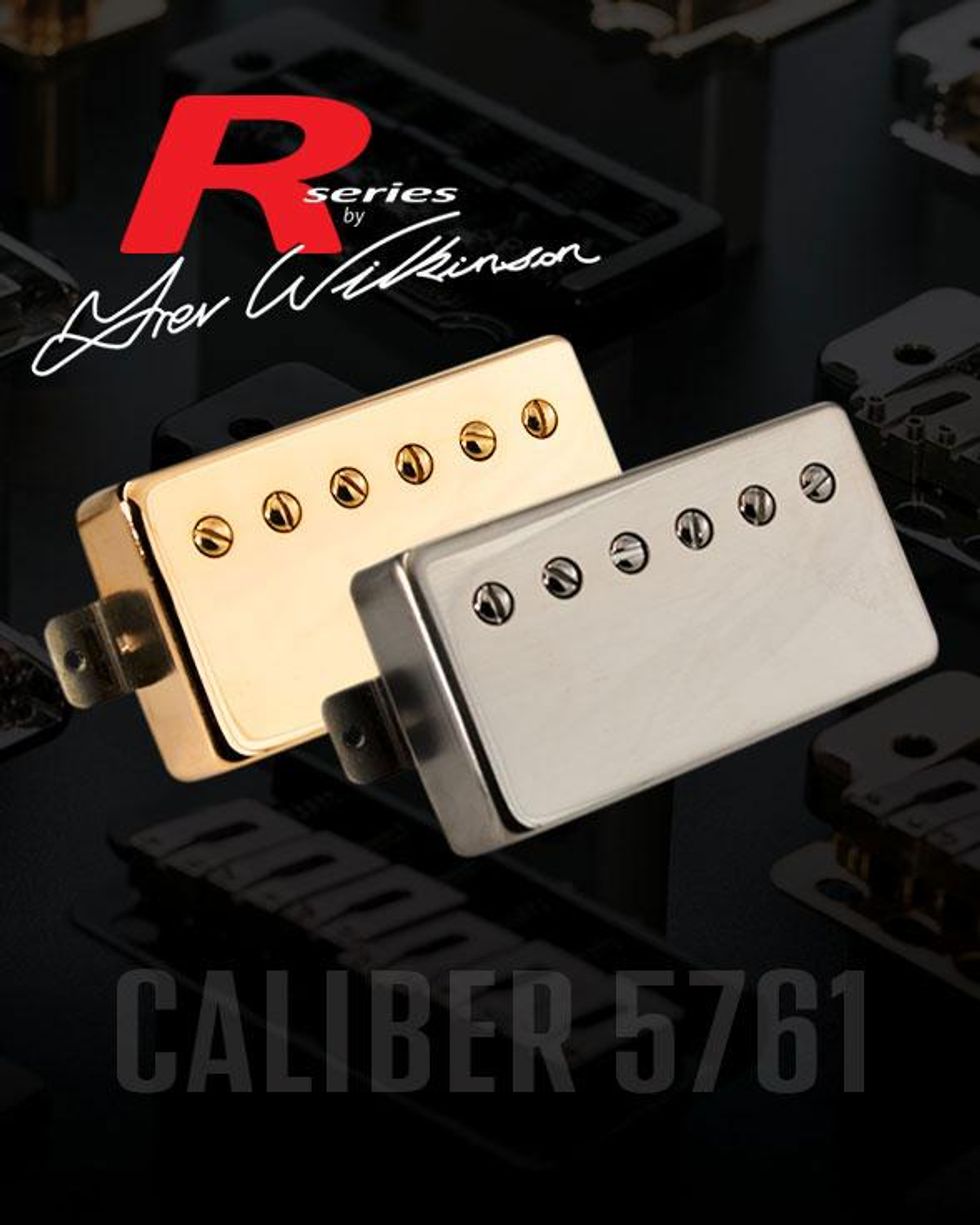
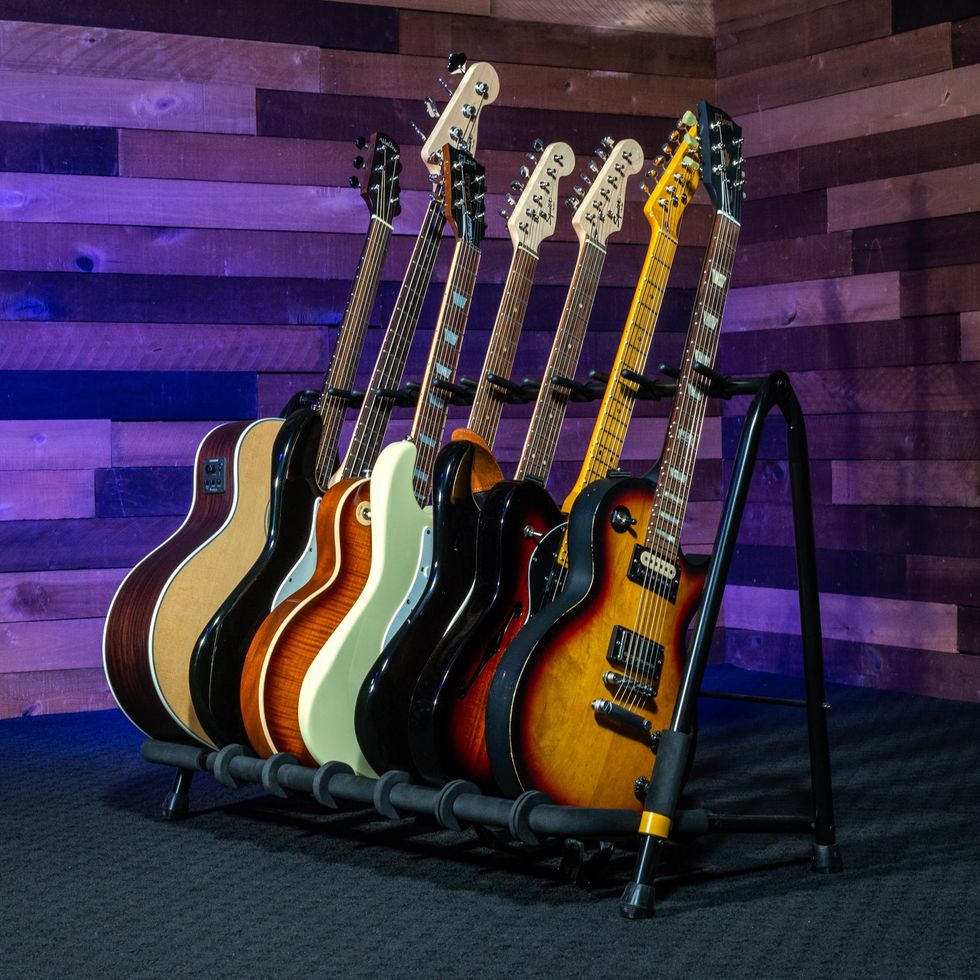
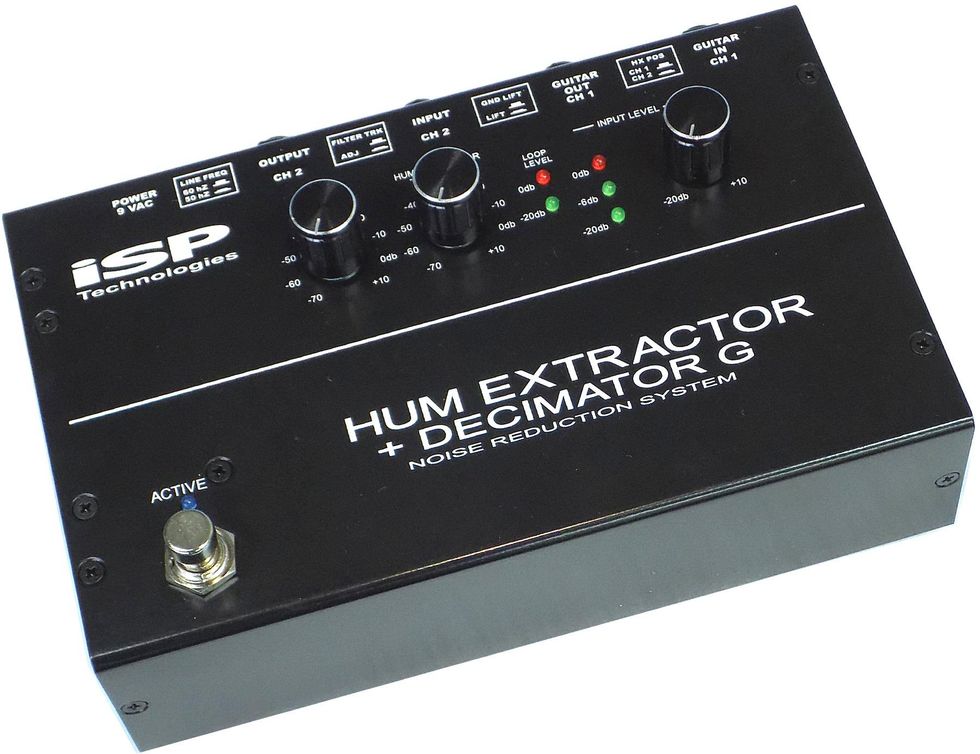

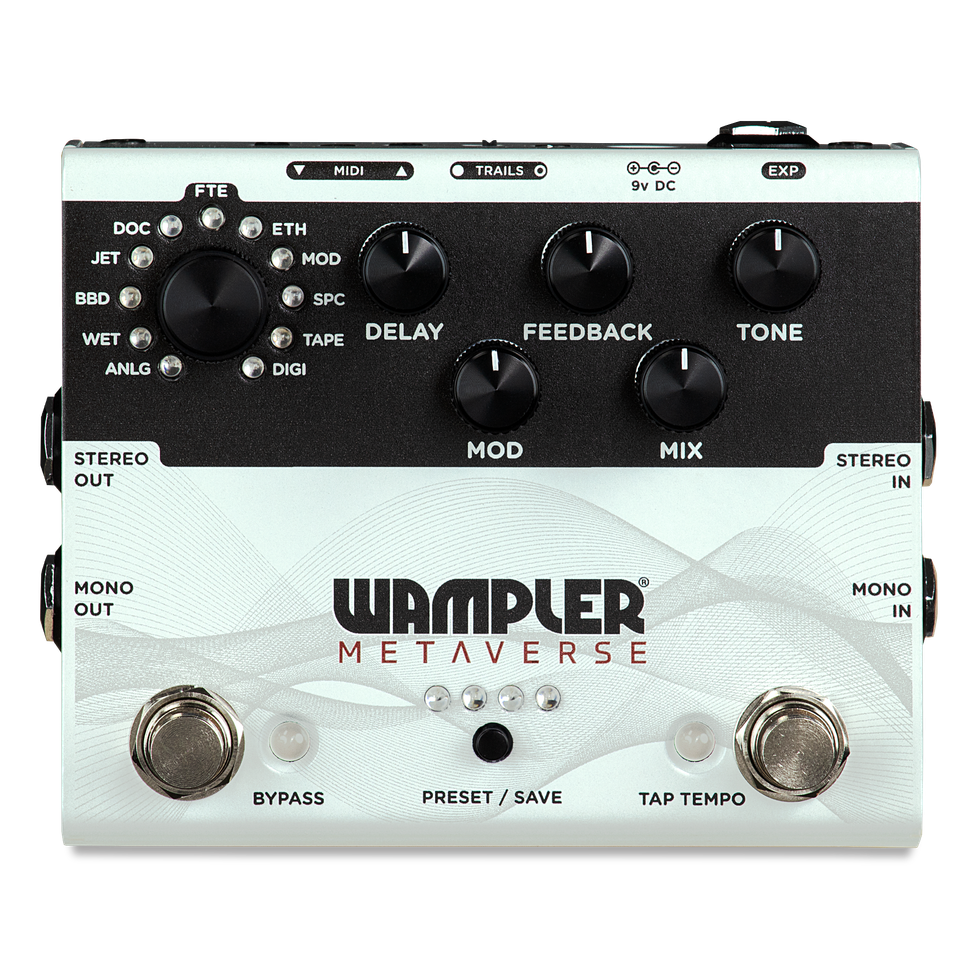

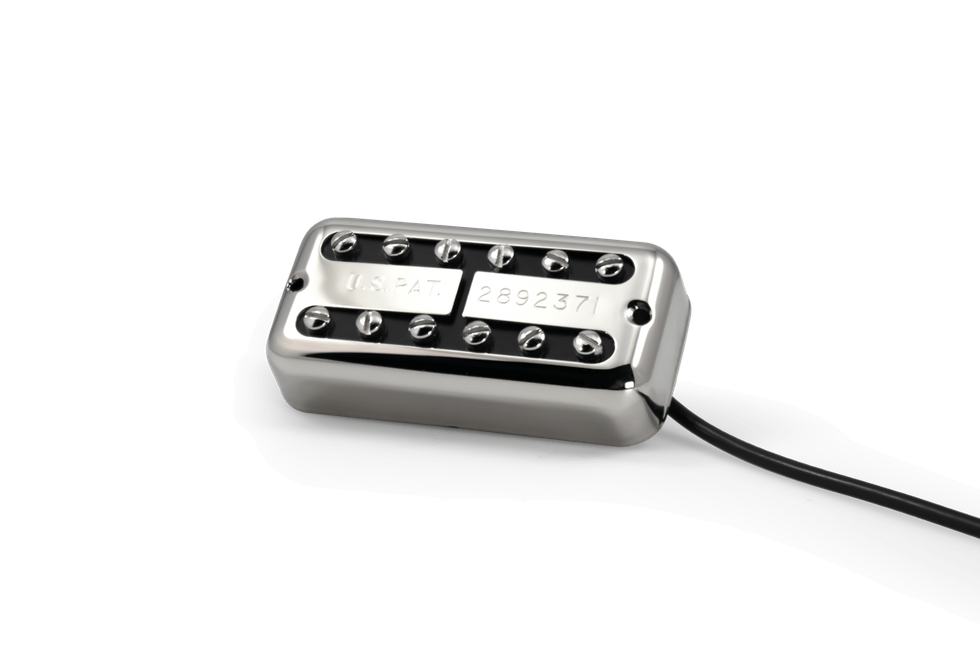
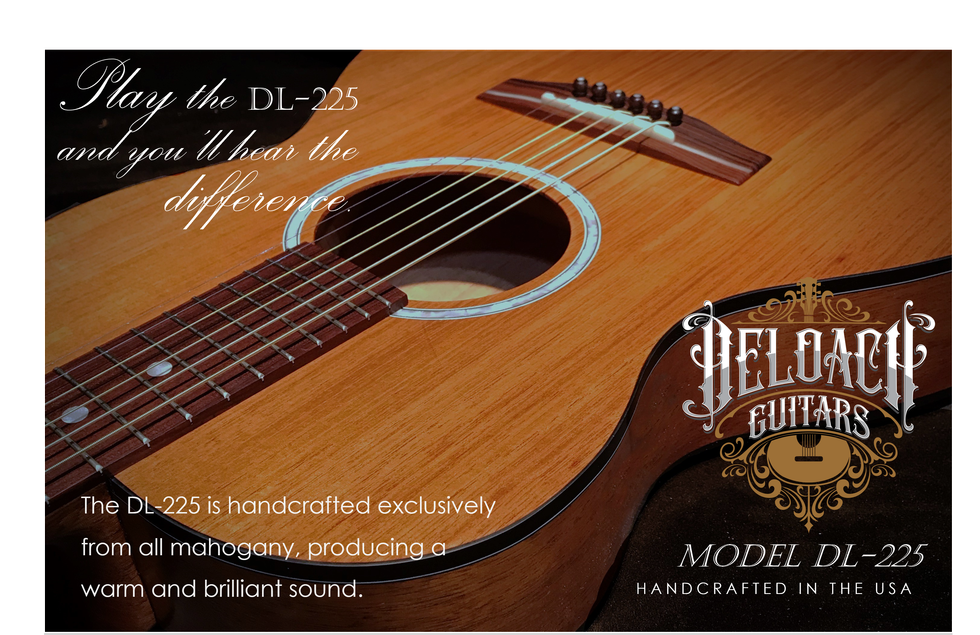
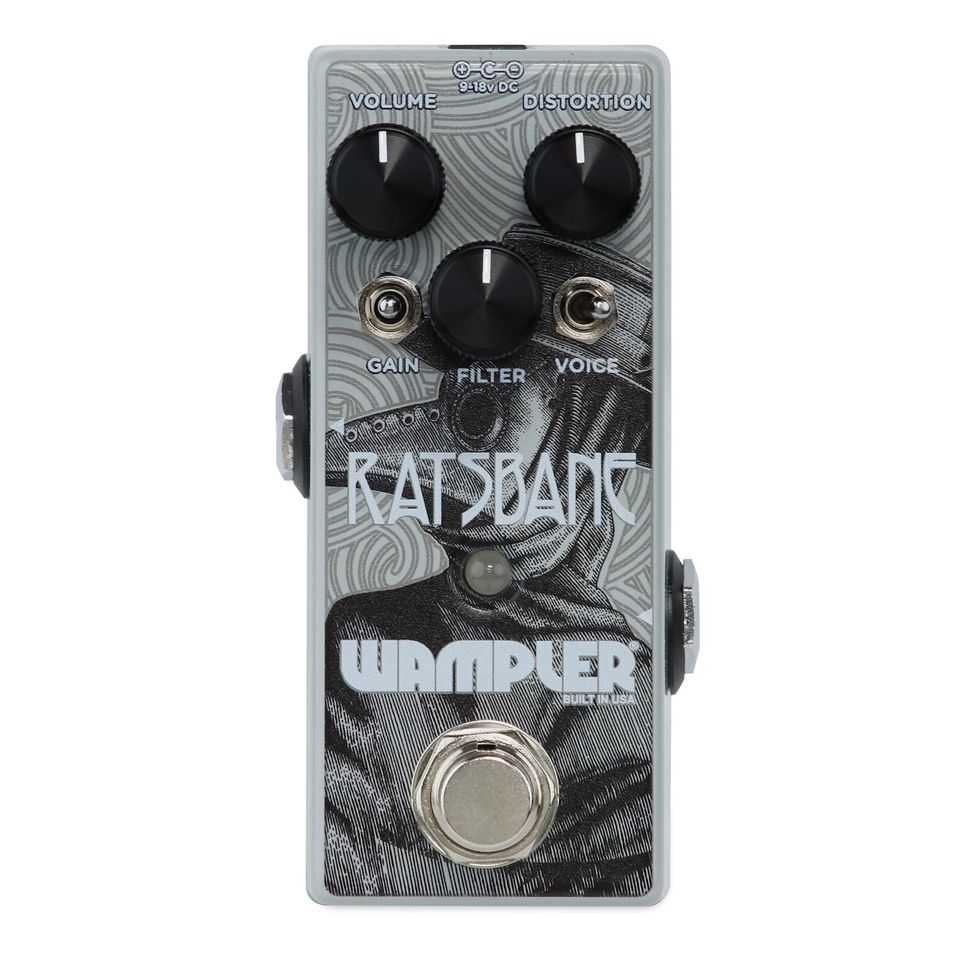



![Devon Eisenbarger [Katy Perry] Rig Rundown](https://www.premierguitar.com/media-library/youtube.jpg?id=61774583&width=1245&height=700&quality=70&coordinates=0%2C0%2C0%2C0)



